Safwan Dahoul: Summoning the Subconscious
By Maymanah Farhat
For over twenty years, Syrian artist Safwan Dahoul has frequently used just a single word to title his paintings: “Dream.” Reflecting an oeuvre mostly comprised of variations on an enigmatic theme, the title acts to connect works that can be grouped as an uninterrupted series. Although it is not unusual for artists to present lengthy explorations of subject matter, styles or concepts, his examination acts as a visual stream of consciousness. Each canvas is prompted by its predecessor, while simultaneously informing the next. Yet each piece possesses an individual narrative, a chapter in a grand saga that has taken hold of the artist’s psyche and is recorded for the viewer. Dahoul’s minimalist palette, elongated female subject and marked treatment of negative and positive space work to depict a world where apparitions and ambiguity reign supreme.

The making of an artist
Originally from Hama, an agricultural and industrial center north of the Syrian capital, Dahoul’s interest in art developed at an early age. The youngest of eight, most of his family showed little interest in art. Nevertheless, as a young boy he would sneak into the

15
1968 Safwan 1981
Safwan
studio of a local painter in order to watch him work. It was through these informal art sessions that he would discover his love for art, one that would soon become his destiny. His formative years in Hama were spent at the Suheil Al Ahdab Center of Plastic Arts. From there he moved on to Damascus, the country’s cultural hub, to pursue advanced studies in painting.
Despite his parent’s wishes—who discouraged the notion of becoming an artist due to purported financial sacrifice—he enrolled in the Faculty of Fine Arts in Damascus and graduated from the leading institution at the top of his class in 1983. In 1987 he won a scholarship from the Ministry of Higher Education to study abroad. After repeatedly being denied a visa by the Belgian Embassy, he made contact with its ambassador to Syria, explaining his situation while impressing him with his artwork. The ambassador, Michel Lastschenko, who had a strong interest in art, came to Dahoul’s aid and in 1993 the artist embarked on a journey that would alter the course of his life. In Belgium, he went on to complete a doctorate from the Higher Institute of Plastic Arts in Mons in 1997. Since then his work has been shown around the world, having solo exhibitions in both the Middle East and Europe.
Upon arrival in Belgium in the early 1990s, he was impressed with its rich history of art and architecture. Of his time there the artist has affirmed:
I learned so much in Belgium; it was totally new in terms of society and culture. And I was lucky to be able to witness and experience the artistic culture of another country, which in turn helped me fuse my [own] background into my work.
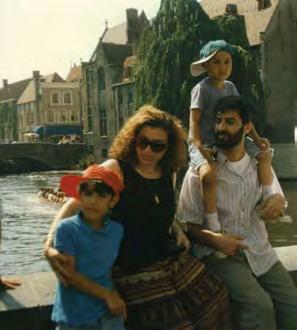
He immediately became engrossed in the works of Flemish masters such as Hieronymus Bosch (1453-1516) and Pieter Bruegal the Elder (1525/30-1569), who he had admired from afar during his undergraduate studies in Damascus, where he wrote a thesis on their work. Of their style of painting Dahoul has said, “I like the Flemish school because it’s so human. Their art is so popular and true that you can easily associate with it.” Often exploring universal themes, these artists are acknowledged for working from a profound philosophical outlook that led to a fascination with peasant life and the common experiences of sixteenth century northern Europeans, while challenging societal norms of the time.
Yet when examining Dahoul’s work, one would be hard pressed to find an immediate visual connection to this type of Low Countries Renaissance art. As the Syrian painter has attested:
My years of study in Belgium had a great influence on my style. But most importantly I learned how to make use of other artistic styles without imitating them or losing my own identity as a painter.
Although absorbing the secrets behind their artistic genius, Dahoul never abandoned his Syrian roots. His palette would become as muted as the Levantine landscape that surrounded him, while his figures would take on the stylized attributes of Egyptian pharaohs and Assyrian warriors. And while the marriage of these immediate
references appears seemingly natural, his approach to painting is distinctly his own.
In the rich and diverse history of art and visual culture of the Arab world, Dahoul stands alone, detached from specific schools or movements as he travels through the recesses of his mind. His greatest influence, in essence, is the vivid imagination from which he extracts the scenarios of his canvases. Each painting represents a moment in time as it is captured by his mind’s eye. “The next moment is another painting even if its elements are almost the same,” the artist has indicated. His paintings can thus be viewed as snapshots of a subconscious realm, as his protagonists are brought forth in innumerable states of sensation. Deeply psychological, and like those of the Flemish masters who he admires, his paintings often possess larger implications.
Dahoul’s mysterious heroine, whose elegant and rounded contours recall the fluid lines of late Pharaonic wall paintings and reliefs, is captured in various scenes. Often depicting her in a solitary existence, the artist relies heavily on symbolism to set the tempo of his compositions. Placed in a dark room with various pieces of furniture, his protagonist frequently appears in interior spaces. This began in Dahoul’s earlier works, which are executed in a noticeably different palette, technique and style than what he is known for today. The theme of a lone figure within a private space, however, was something the artist explored in the early stages of his creative output. A look at previous paintings, as divided into periods or series, reveals the compositional elements that would lead to the most current (and darker) phase of his career.
Paintings on canvas during the 1990s
In an untitled work from 1993, a delicate figure is shown leaning against a windowsill with her eyes shut as she stands in a meditative pose. Alone and seemingly absorbed in her inner most thoughts, she is surrounded by nothing more than the empty space around her. Outside, clouds float in front of the window, as the building she is in is immersed in fog. The oil on canvas painting is executed in blue hues nearly monochromatic، and is accentuated by white washes that work to highlight certain areas of the composition. Dahoul outlines her figure in meticulously thin black lines, a technique that gives the work an illustrated feel, while the use of palette knife on the rendering of her floral dress creates a sense of depth and abstraction. The cool tones and painterly approach through which his figure is realized, in where the medium is made to resemble the soluble quality of pastels, brings to mind works from Pablo Picasso’s (1881-1973) Blue Period.
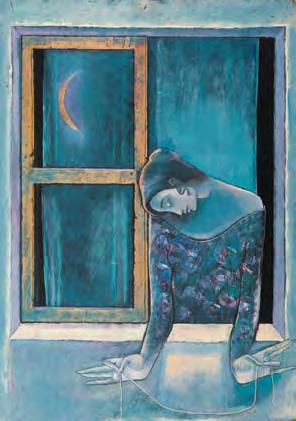
Another untitled work from 1993 shows this elongated figure captured in presumably the same day, this time at night. Here Dahoul has changed the perspective of his composition the viewer now looks in at the figure from outside her window. Hanging over the window ledge she extends a white string before her, a mysterious gesture as her head is titled to one side and her gaze is directed downward. Is she staring down at a friend or lover or is she lost in thought? Perhaps only the artist can say, yet with her arched shoulders and the flowing contours of her form, Dahoul’s subject draws the viewer into her secret world. The sliver of a crescent moon is reflected in the glass pane of the window, a detail that points to a nocturnal scene and further mystifies the artist’s figure.
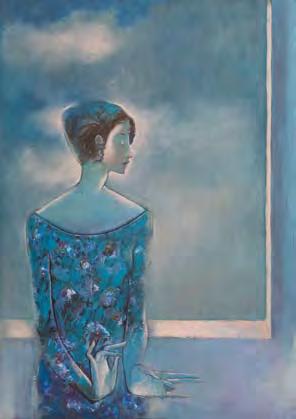
16 17
Safwan, Nawar, Sari, Kais 1995
This slender, Parmigianino-like woman appeared in a number of Dahoul’s 1990s works, marking an early exploration into the concepts of repetition and continuous narrative that have come to define his painting. Gradually however, the mood of these works gave way to scenes in which his female protagonist appears grief-stricken, almost overcome by an insurmountable sadness. In other later works, such as those painted after 2000, she attests to a ominous sense of seclusion. The manner in which they are rendered is also noticeably different, as the artist’s figures become significantly larger with features that are more pronounced and a palette that shifts from cooler hues to darker earth tones.
This compositional and stylistic transition can be detected in a 1997 untitled acrylic on canvas piece that shows the same female figure of previous works sitting before a darkened window. The night sky appears pitch-black behind the artist’s subject as she sits on a wooden chair. Her surroundings are barren. Although her body is turned to one side, she stares directly at the viewer, providing neither an entry into her thoughts nor an acknowledgment of his/her gaze. Her dress is nearly transparent, making her figure ghost-like. The woman’s shoulders are turned inward as she slouches in her seat and an invisible weight bears down on her body. Her presence is otherworldly, as she is physically grounded in the space but outwardly detached from it. Rendered in gray, black and purple hues, it is a slight departure from the works produced in 1993, leaving a somber impression on the viewer.
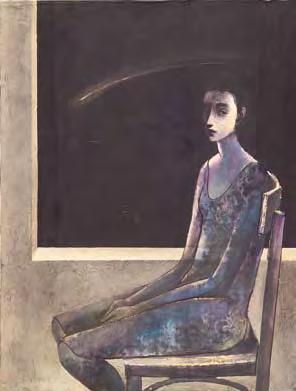
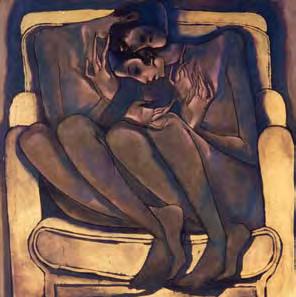
Paintings on wood 1993-2000
The use of these dramatic colors surfaced in a number of the artist’s works that were produced on wood between 1993 and 2000. These paintings have a particular aesthetic quality, as the raw effect of the surface makes for the coarse application of paint and an overall roughness in execution. With the use of wood, Dahoul took the process of isolating his subject amidst spatial planes a step further, often using several planks to create a single surface. This method resulted in paintings that are divided into compartments, making the nature of his compositions claustrophobic and restrained. By framing his subjects in boxes or between columns, he alludes to space while placing the emphasis on his figure. Whereas boundless space was implied in earlier works through an open window with a view that seemed to disappear into a dark abyss, these paintings present scenes or compositions in which the subject is confined to fixed boundaries, where solace is only obtained from within. This makes for highly confined settings that make for powerful psychological connotations.
Take for example an untitled painting on wood that shows Dahoul’s female figure standing before a large mirror. With her back to the glass and her hands folded in front of her form, she stares into a reflection, looking past herself at a male figure that is crouched on a sofa chair in the corner of the room. His head bowed, he is captured as though in a moment of extreme sorrow, while the woman stares at him coolly. Is this scene perhaps a quarrel between two lovers, when all reason has ceased to exist and a great divide overtakes a space where oneness once presided? Or does the artist depict a profound moment of grief? Do his subjects regret a loss of love or do they mourn the death of another? Or are they anthropomorphic representations of a greater defeat? This is left open to the viewer, an element of Dahoul’s work that allows one’s imagination to take over as his subjects

move beyond their immediate representations and the content of compositions can spark myriad interpretations.
Returning to the exploration of space, Dahoul’s paintings on wood indicate how he has come to define the environment of his subjects. In an interview in 2008 he reflected upon this aspect of his work by stating:
Am I drawing the space and which makes a figure appear within? Or am I drawing a figure, and the space is a byproduct? Which is the negative and which is the positive?
Most of the time, I feel I am drawing space—how the space is everywhere, surrounding us, even inside us.
This insight points to a striking component of the painter’s work, as his subject matter becomes the result of an overall investigation of color, mood and setting.
In another untitled piece from this period the artist’s male and female couple reappears in a portrait that is enclosed by a wooden border. Painted in faint blue washes, the frame reduces the background of the portrait, leaving only hints of black outlining their torsos. Here space is condensed and further dissected by the two-dimensionality of the board placed atop the painting. This technique of creating depth through the overlaying of materials can be likened to the methods used by Russian icon painters in which tin or metal facades were placed over portraits of religious figures, as a way of embellishing their image. Stemming back centuries, these works appeared in the Levant in the late 1800s through a number of missions that were established in city centers with significant Christian populations such as Jerusalem.
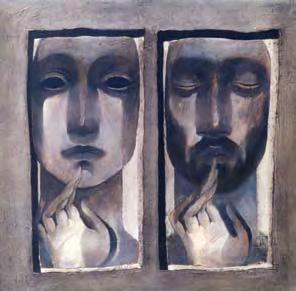
A closer historical connection, however, can be made with the Byzantium works found in Egypt and the post-Byzantine icons of Syria. The enclosure of portraits, the flat application of paint and the use of symbolism in lieu of realistic depictions distinguished these periods of art. Early Byzantium painting would later inform the master works of Flemish icon painters in the fifteenth and sixteenth centuries.
Several of Dahoul’s works from this point in his career evoke this centuries-old type of painting. Their settings become indiscernible, as the artist’s human subjects take up nearly the entire composition. Yet they are essentially defined by this lack of space. If their images seem to overrun their surroundings, at all times the artist limits the spatiality of the composition so that they must conform to their environment, to such an extent that their bodies are often contorted into the partitions he creates.
Such is the case with a square composition that shows his male and female characters hovered together on an overstuffed chair. Holding each other tightly, they seem to console each other. The warm yellow shade of the chair in which they sit is striking against the hints of a black and brown background that envelops them and the soft charcoal and black brushstrokes used to depict their forms. This use of objects and their shapes as a means of distinguishing space and accentuating his figures would become a predominant stylistic division in his later works.
18 19
In other paintings from this period, which show only his female protagonist, he pushes the human form to the edges of the composition, placing the focus on the nature of her physical presence, one that speaks of an internalized pain. As she sits on a wooden chair, her being is fragmented by the wooden planks upon which the artist has distributed his narrative. Slicing the painting into vertical planes, these boards seem to point to a fractured state of being, much like the evident distress that emanates from his anguished figures. In one painting an empty chair situated next to his subject marks the absence of a second figure, while the other reflects an overwhelming sense of alienation. The works appear to belong to a sequence, a vignette in the artist’s endless tale.

Eventually this limiting of the interior space depicted in his images would lead to the complete elimination of background. Here the methods of Russian icon painters are updated and the principles of modernism are brought in to create a new kind of portrait, one that discards a traditional understanding of painting and strives for new dimensions in figurative representations. His portraits thus become confined or obscured by wooden façades, a technique that brings in an element of abstraction.
Take for example the portrait of a man whose face is nearly hidden by an unfinished piece of wood. The artist has cut a rectangle in the center of the board making it a bulky frame. Through this opening he has placed his painting, an image of a man who peers out at the viewer, his eyes masked by a dark shadow that falls on his face. His expression is solemn, as he is entrapped within the wooden cubicle and buried beneath the surface. The square format of the board again recalls early Byzantine icon works that were painted on such wooden pieces.
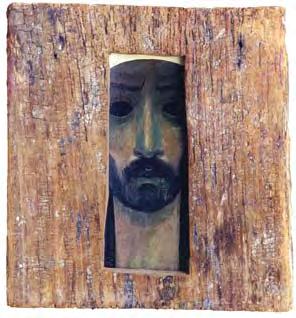
If for the artist “space is everywhere, surrounding us, even inside us” and in these works it becomes a near suffocating element, one that encloses his human subjects, what can be discerned from this particular series? Like the Flemish masters he so admired, Dahoul seems to be speaking from a philosophical point of view. Does the space that he creates for his subjects mirror that of the outside world?
Works on canvas 2000-2009
Whatever the origin of his subject matter, Dahoul’s intentions are clear. His is a universe where definitions of space create an overwhelming sense of tension between his human figures and their surroundings, a realm in which the serene is often juxtaposed with the morose. This is not unlike Hieronymus Bosch who was known for creating environments in which fantasy collides with the subconscious and figures often become portals into the subliminal. Similarly, Mexican modernist painter Frida Kahlo (1907-1954), who the artist has said that he sometimes envies, also relied heavily on metaphors and symbolism. Not surprisingly, she too held high regard for Bosch and Bruegal. The connections between the Flemish school, Kahlo and Dahoul all fall into place when we look at not only the content of their work but at the formalistic attributes that distinguish them from other painters in art history.
From these artists of the past, Dahoul has adopted an application of paint that results in a
smooth surface, one through which the texture of medium is barely visible. Flemish artists were able to achieve this—and are recognized for it—by applying multiple transparent layers of paint, as if glazing and employing fine lines that give the illusion of a flat medium. Kahlo achieved this through a thin application of paint, with a technique that is most refined in the self-portraits she produced during the 1930s and 40s. Essentially this gives the medium an inactive role in the greater scheme of a composition—that is to say that the dimension or texture of paint is not used to signify volume, depth or even psychology. On the contrary, pigment becomes a means through which to apply color. As a result, lines, shapes and the tonal nature of his palette are used to take hold of the senses. In the artist’s words, “I want to express the inner essence of the human being; not with word or sound, but with shape, line and color.”
In Dahoul’s work we find this mostly in his acrylic on canvas paintings created after 2000. A series of sorts, this period is distinguished by a palette consisting of black, white, brown and gray. This monochromatic choice of hues is known as grisaille, a type of painting that used limited tones in figurative works. This method has its roots in the European Renaissance and can be traced to artists of the Low Countries, including Bosch and Bruegal. In Italy during this time, master painters such as Andrea Mantegna (1431-1506) used the technique to recreate the sculpted elements found in Roman art. Another use of a limited palette began in the West in ancient Greece appearing in the red-figured style of pottery of 500 B.C and was used to create a sense of depth, emphasizing positive and negative space. In the Arab world, this play on space and monochromatic tones preceded that of Greco-Roman art, as it was used in 2600 B.C. in Ur examples of inlaid objects, what is now modern-day Iraq.
When asked about his limited palette, Dahoul has noted,
Haven’t you noticed how the colors in Syria are so subdued? Even the green of the trees is pale. I don’t ever remember seeing people wearing bright colors here. Growing up, nobody wore yellow or blue or pink. I don’t remember a red car, ever. Even now, among the younger generation, who are supposed to wear whatever they want because they are still young, I challenge you to find color.
Inherently, this minimalist approach is also derived from his physical surroundings. He elaborated on this perceived lack of color in Syria by stating:
we [Syrians] now unconsciously fear color. Look at the streets. They are colorless…Our souls have been affected to such an extent that we now fear color. Personally I have been affected by this change and I myself feel colorless.
His compositions can thus be interpreted as hinting at a collective psyche, one in which the viewer is asked to look deeper. He elaborated further on this by stating, “Less color means clearer ideas, less color asks for a more sensitive perception of the viewer.”
What then of the female protagonist that frequently appears in the work from his later period of art? Who or what does she represent? From his 1990s work, in which a slender delicate-seeming woman was often engulfed by flat planes of colors, his subject has
20 21
morphed into an over-sized commanding presence. In this new manifestation, her robust figure is often accentuated by a simple black dress, her short hair framing her face with an abrupt slender line. In some instances she is alone, in other moments she is accompanied by a male counterpart or even her own shadow. Seemingly sculpted, her face projects a sense of stoicism and disregard—she is clearly absorbed in her world.
This is seen in the artist’s 2003 painting titled “Reve” (Dream), which shows his female subject huddled underneath a black umbrella. The woman’s arms are held tightly on her chest in a protective stance, as she draws her body in. Her head is bowed dramatically close to her chest. Her gnarled fingers tightly grip the handle of the umbrella. Ostensibly engulfed in sorrow, she seeks shelter from an invisible force. She stands before a blackened window, a reoccurring symbol in Dahoul’s continuous narrative.
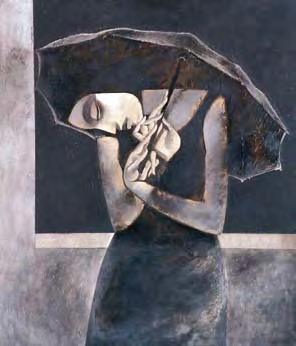
The use of a black umbrella to provide cover from a metaphorical storm was first seen in a painting by British painter Francis Bacon. The work titled “Painting, 1946” was created after the end of World War II. Merging the grotesque with the abject, Bacon depicts a man as he remains frozen amidst a ghastly scene of animal carcasses. Beneath him lies a rug and on the walls are window blinds, hinting at an interior space. The canopy of a large black umbrella casts a vast shadow over the man’s face, masking his identity.
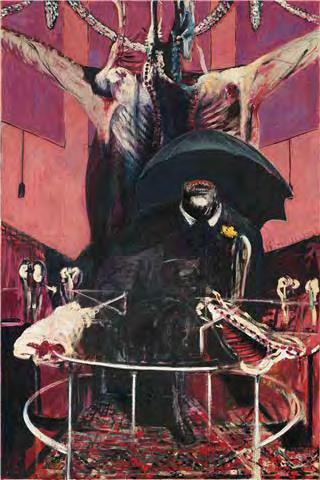
According to Bacon, he initially had no intention of executing the work, as it was first conceived as completely different, with a separate subject matter all together. For the artist the painting was “like one continuous accident mounting atop another.” This is not unlike how Dahoul describes his own work, as certain spontaneity comes into play. He surprisingly rarely maps out a composition beforehand.
Initially one might argue that Dahoul’s use of the umbrella in his portrait is reminiscent of the manner in which the object was used in Ukiyo-e woodblock prints of seventeenth century Japan, with their romantic depictions of the everyday lives of Tokyo residents, or of the presence of parasols in the airy compositions of French Impressionist Claude Monet (1840-1926). While Bacon’s rendering speaks bluntly of violence and destruction and Dahoul’s figure appears more in the vain of Picasso’s somber Blue Period, what connects the British and Syrian artist is the unusual depiction of the umbrella used indoors, as though the force from which their subjects shield themselves has a magnitude much greater than a natural element such as rain.
Bacon’s subjects were also always captured in interior spaces. Dahoul’s figures are rarely seen outdoors. While the British artist’s 1946 work erupts with agony and is obviously burdened by the weight of the events around him, Dahoul reflects a contrary reaction to his surroundings. His is a contained, internal haunting, one that arises in his subject but threatens to collapse inward rather than explode onto the viewer. Furthermore, like Bacon’s work, Dahoul’s scenes often contain several inanimate objects such as chairs, tables and desks, yet they too seem to pose as signifiers. In an interview in 2008, the Syrian artist disclosed, “Previously, I said that I was ‘painting’ my biography. I draw myself in the form of a man, woman or table. Human beings are substance matter.”
Providing insight into this facet of his work the artist has stated, “Dealing with crisis is
part of continuity, or else, artists start to repeat themselves. When an artist is affected by what is happening around him, he can produce new works that are always changing… An artist is part of his surrounding environment. He cannot but participate and be active in this domain.”
The posture of this same figure is mimicked in another painting titled “Reve,” this time produced in 2004. Here Dahoul returns to the use of abstraction and planes to confine his subject. Combing elements found in his 1990s canvas paintings and prior wood series, the artist shows his female subject as she hides behind a window. The perspective of the piece is such that the artist appears to stare in from the outside. Only half of the window is shown as the woman peers out timidly, her hand leverages her body as she clutches the wall and comes out from hiding. Despite her concealed features, one of her eyes is visible. Almond shaped and cast downward, they appear dark, empty of light. Behind her the interior space in which she stands is pitch black. The exterior wall that blocks her from view is painted with blotches of gray and white highlights that emerge in a cloudlike fashion.
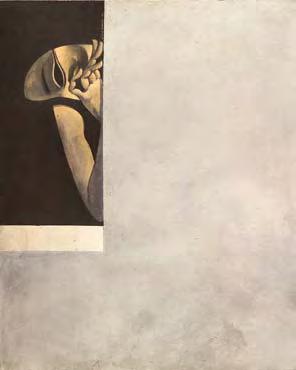
The obstruction of the figure that was a noticeable component of Dahoul’s icon-like work is prominent, though in this occasion in place of using an additional separate material, the artist achieves this effect with paint, maintaining the flatness of his surface and leaving the canvas uninterrupted. This also ties into his pursuing of a minimalist style of painting. As he confirmed in the past, “one can say very much by saying very little.”
And so, the smallest detail can indicate the essential nature of Dahoul’s composition. One such element is the state of his subjects’ eyes. In some instances they are closed, in others their Pharaonic shape is clear, as they gaze intently at the viewer. The artist’s most haunting moments occur when his figure’s eyes are hollowed. Are they apparitions or do they suggest a particular state of being? This striking detail often appears in paintings that depict the images of two women side by side. A 2006 “Reve” work shows a woman sitting with her back to the viewer. Depicted as though caught in motion, she seems to be in a moment of ecstasy. Projected from her is an identical personification of her form that contains these distinct blackened eyes. Is this second figure a mere vision or is she a spirit exorcised from her body? Subsequent works would suggest the latter, as the artist continued to depict these twin beings in sequence.
With this conclusion we can return to a “Reve” portrait from 2004, in which the face of a woman dominates the canvas. With large vacant eyes she has a ghostly existence. The features of her large round face are highly sculpted, giving the portrait a less stylized aesthetic than seen in other works. Here the representation is perhaps more realistic, yet the side of her face is silhouetted in thin vertical planes, insinuating shadows by way of dividing the composition into three distinct parts. By doing so the artist betrays realism, opting for the abstraction seen in the above mentioned portrait on wood created between 1993 and 2003 in which a wooden plank was placed directly over his portrait of a man. Again, Dahoul maintains the select use of paint, seeking to resolve his composition with the application of medium.
This sculpted figure demonstrates a variation on Dahoul’s figures, a type of representation
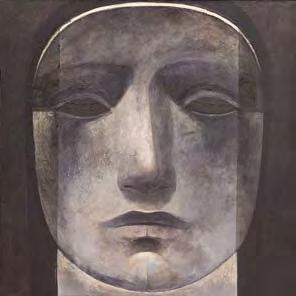
22 23
that appears sporadically in his works in both his wood paintings and the canvas works that appeared after 2003. A similar 2008 work by the same title shows a woman’s face rendered in this seemingly molded fashion. Executed in a slightly different palette, one consisting of mostly browns and whites as in place of the exclusive use of blacks and grays, her image appears basking in light. A departure from visibly darker works, this portrait glows, emanating with certain energy. Her face is distinguished by the blunt edges of a head covering, a hijab perhaps, a detail that emphasizes the cylinder shape of her head. In this work the viewer can detect the artist’s fascination with geometry and symmetry and the careful ways in which he incorporates lines and forms.
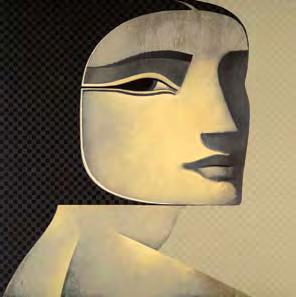
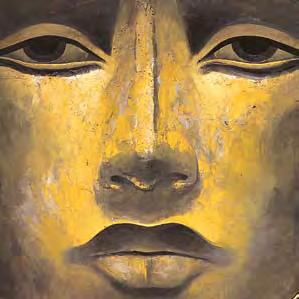
In a 2006 “Reve” portrait of a woman turned with the side of her face towards the viewer that is painted in warm shades of white and yellow, the canvas is nearly reduced to hundreds of tiny squares that are painted in various shades. While each square acts to highlight aspects of the composition, they also act to attach an additional layer of depth to the work. Behind this screen, the otherwise rounded edges of her face come to a point in a right angle that defines her chin. The woman’s triangular nose is evidence of the artist’s incorporation of geometric elements in order to establish a distinct relationship between her characteristics and that of the empty space nearby. An obtuse triangle makes up the space between her right shoulder and back, while her jaw is squared off by a straight line.
This use of trigonometric properties in the execution of a composition could be found in the early Renaissance frescos of Italian masters such as Giotto (1267-1337) and Masaccio (1401-1428). Obvious examples in the modernist period of European art would include the metaphysical paintings of de Chirico (1888-1978)—whose work would go on to inspire the Surrealist movement—and the popular 1930s portraits of women by Picasso. The obvious triangular forms found in Picasso’s 1937 monumental anti-war piece “Guernica,” are also a strong connection. The similarities between this period of Dahoul’s work and this masterpiece reappear in other aspects of the Syrian artist’s paintings.
In a 2007 composition by the same title that illustrates the artist’s recognizable female figure lying on top of a desk in the fetal position, she is covered with translucent playing cards, their rectangular forms providing a grid-like pattern that fragments her body. An identical desk sits nearby, creating a two-toned plane of yellow and gray color, interrupting the solid black background. Again the artist revisits his former explorations in wood, creating a similar result with the geometry and lines of these objects. The perspective of the composition is from atop his subject, placing the viewer as though hovering over her. This introduces a new relationship with the characters that occupy his compositions, emphasizing their vulnerability. Coiled into herself, she attempts to form an invisible shield in order to ward off outside elements. Yet with the viewer’s newly acquired perspective, she lies exposed, defenseless against his/her penetrating gaze.



She becomes further confined in a 2008 painting titled “Dream II,” as the second desk is placed closer to the platform of color upon which she is isolated. The black space that once lay between the two objects has now been reduced to a mere sliver of darkness. Behind her a twin figure mirrors her fetal position. Rendered in black, white and gray tones, in place of the black and yellow, white and gray hues of the first figure, her image
seems to suggest an alternate state of being. With the marked hollowed eyes of the artist’s past phantoms, she has an eerie appearance. With this double image the artist suggests that his main subject is determined to escape herself. With the confines of her environment closing in on her, it is the only way out.
The need to escape one’s self or surroundings was explored in an earlier work from this series that was produced in 2004. Captured in mid freefall, a set of angel wings appear on the woman’s back. Although descending into a void, these means of flight provide a last minute rescue. This ultimate act of dropping into nothingness is resumed in a painting from 2007 in which his protagonist is shown pushing off the ledge of a rectangular platform. Caught in motion, the artist illustrates her descent with several images of the woman in a sequence, as though capturing the final moment of her escape second by second. A tiny pair of white wings is barely visible on her chest—because of their miniature size, they cannot provide salvation. Yet despite all this, the expression reflected on the woman’s face is that of serenity as though content with her fate. This is further articulated in the curved edges and even forms that makeup her frame.
After a long battle with cancer, Nawar, Dahoul’s wife of twenty years and an artist in her own right, died in 2008. In these later works, his reoccurring female figure comes to embody Nawar. Against this personal backdrop, these paintings take on new meaning. According to Ayyam gallery owner Khaled Samawi, a close friend of the artist, it is after her passing that he began to number subsequent paintings of his “Dream” series. Perhaps these numerical labels have come to define this period of his life and art. It is also possible that after so many years of not indicating the sequence of his “dreams” he was moved to capture every moment precisely as it happened, an act that speaks of the fragility of life.
In other works vivid symbolism takes over the composition and enigmatic representations prompt the viewer to delve into the realm of psychology. A 2007 painting titled “Reve” shows his female figure holding a mask inches away from her face in her left hand, as though removing it. She stands before a darkened window, while her black dress is transparent and her shape is nearly a mirage. Her shadow is cast behind her on a yellow-brown wall,

24 25
grounding her in the space. Yet it is as though she is amidst a transformation. Part of her boy is rendered in the gray skin tone found in other works while her eyes are blackened and bare. This would suggest her existence as an apparition, an unearthly representation of herself. And indeed the mask that she pulls away from her face is depicted in the same manner as the portraits of his female protagonist in her human form. The figure’s arms and hand are painted in bright yellow hues, another clue that his subject appears mid transformation, or better yet as her unconscious self takes hold. With this representation is the artist proposing that beneath our exterior façade lays a deeper, more conflicted self? Or is he suggesting that in public view we don masks that are only removed within the confines of our private spaces and it is there that we are truly ourselves?
Other recognizable symbols include the use of playing cards, which are frequently used in a number of his works. In a 2008 painting from this “Dream” series, two tables flanking his subject are littered with cards. Scattered so that they are randomly displayed, their colors seem to accentuate his central figure. The starkness of white against the solid gray planes of the two tables causes the image of his woman to standout amidst the black background that threatens to swallow her form. Their bright hues compliment the woman’s yellow arms, as the viewer is guided upwards to her exquisite face. Of the use of playing cards, Dahoul has revealed that he enjoys using them to see how many paintings he can draw based on a deck. This insight is visible in the many ways in which his subjects take on the characteristics of the traditional figures seen in a deck of cards, as their large bodies have smoothed edges and their faces display blank stares. The reference to these paper articles also makes for a repetition and distribution of numbers and shapes that compliments his overall continuous exploration into the process of replication and variation.
In 2009 Dahoul painted “Dream 12,” a double portrait that incorporates many of the fundamental elements of his work over the past two decades. Sculpted faces of a woman and a man take center stage, nearly occupying the entire composition. Perfect symmetry is used in the outlines of their forms, while geometric shapes work to create lines and angles that direct the viewers gaze to their imposing faces. A subdued palette of white, black and gray give the painting a photography-like quality. The absence of color makes their presence all the more striking, so that the viewer is not distracted by various shades or tones of pigment.
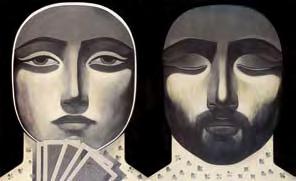
The woman holds a hand of cards close to her, almost implying that she guards her secrets closely. The man’s eyes are closed, as though caught in a pensive moment or retreating from the world. On his eye lids the artist has painted the pattern that is on the back of the playing cards, connecting the discretion of the woman with that of the man’s reflective expression. The diamonds, spades, clovers and hearts cover the portions of their bodies that are made visible to the viewer. Set against white, these symbols seem to have leapt off the playing cards.
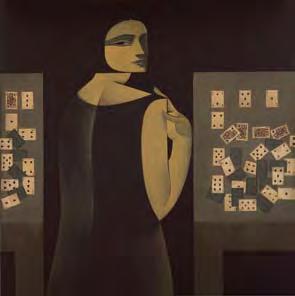
The facial features of the woman and the man also reflect common elements of Dahoul’s work. Their eyes are rendered in the Pharaonic style, while solid black lines are employed to make precise drawings. Clear highlights and shadows are used liberally to create depth and volume and a thin white line encloses the woman’s face in a circular form,
distinguishing her from the black background and her male counterpart. The convergence of these many facets makes for an arresting composition that speaks of the artist’s inherent genius and distinct individuality.
Situating Safwan Dahoul in the History of Art
With such an individualist style of painting, where in the larger scheme of art historical discourse do we place the work of Safwan Dahoul? His is an art that runs the gamut of periods, schools and locales. At once contemporary, but formalistically rooted in several artists and movements of the past, his painting speaks of a worldly view of visual culture.
In the spectrum of modern and contemporary Syrian art, he stands alone. Yet he remains a logical continuation of the rich tradition of painting in the nation’s history. As he was first educated in Syria, this narrative serves as the foundation for his artistic endeavors. Of this period in his life Dahoul has stated, “University was a very interesting experience for me. I met many important artists such as Elias Zayat and Fateh Moudarres.” This generation of painters that he refers to is distinguished as that coinciding with the “modernist” period of Syrian art. Moudarres (1922-1999), who was the head of the artist’s syndicate in Damascus until 1993, was known for his expressionist compositions that often employed a limited palette and sought to draw attention to the human condition. Zayat (b. 1933), a figurative painter who also used vigorous brushworks and a minimal selection of color, was known for bringing together several different traditions of art (including icon painting) in the portrayal of his subjects. Others of this generation include Louay Kayyali (1934-1978) and Mamdouh Kashlan (b.1929) whose stylized (and stout) representations of Syrian men and women underscore the collective consciousness of their nation. The legacy of this period permeated the Syrian art scene of Dahoul’s university days, as many modernists were still active during this time.
Today the Syrian art scene has expanded to include several new generations of painters, including Dahoul’s, which currently leads local art and is making immense strides in the Arab world and abroad. It is this specific generation of artists that includes painter Khaled Takreti (b.1964), photographer Nassouh Zaghlouleh (b.1958) and photographer/ filmmaker Ammar Al-Beik (b.1972). As Syrian art gains international recognition, Dahoul is at the forefront of this movement, one in which figurative and abstract works are created alongside each other and both types of painting seem to emanate with an impressive bravado. And while Dahoul’s art is Syrian at heart, he is thoroughly international.
The many artistic influences from which he derives the diverse formalistic attributes of his compositions speak volumes about the scope of his style of painting. Dahoul is not an artist who is limited by geographic borders or cultural boundaries. On the contrary, his work has traversed the aesthetics and techniques of centuries of painting, neither subscribing solely to one school of art nor eliminating infinite possibilities. In addition to the various art historical references in his work that we have explored, many of Dahoul’s paintings can be placed within a broader survey of art history.
26 27
Take for example a direct connection to Art Deco that can be made. Surfacing in Europe and the United States the popular movement in art and architecture went on to impact visual culture worldwide. The female figure that reoccurs in Dahoul’s “Dream” works after 2000 resembles those found in decorative designs of the time, which were executed in a highly stylized manner that incorporated the influences of Pre-Columbian, African and ancient Egyptian art.
While the aesthetic that resulted from this movement often employed sharp lines, an abundance of geometric forms and sophisticated plays on negative and positive space, another reference that can be made is Cubism, the early twentieth century avant-garde movement that revolutionized painting. With new explorations into dimension, space and form by Picasso and Georges Braque (1882-1963), the movement had a groundbreaking effect in Western art, shattering previous notions of perspective and representation. In Dahoul’s work the viewer often finds moments in which these principles are put into place, namely how his lines converge and multiple planes often intersect. The influence of Cubism is strongest in his paintings when the surface of a table is turned upward, while his figures stand vertically, a sheer impossibility according to logical principles but somehow make sense in Dahoul’s imagined world.
This exploration into Cubism also relates to the ways in which Dahoul chooses to establish the mood of his works through color and form. The rendering of his compositions virtually devoid of color can be compared to Picasso’s Guernica, which depicts the bombing of the Spanish town by German and Italian warplanes during the Spanish Civil War (1936-39). The mural-sized European modernist work is executed in variations of black and white oil paint, while the forms of its tormented figures are interrupted or accentuated by abrupt lines and a pronounced manipulation of light. Although most of Picasso’s paintings were rendered in a vibrant palette consisting of a variety of colors, the abject subject matter of this particular work called for a minimalist tonal range. After World War II, a widespread discussion surfaced among intellectuals and cultural practitioners evaluating whether art still had a place after such catastrophic times. Can an artist move on to create work that does not represent a visible state of crisis? And if not, then how does one portray the abject?
Picasso preceded this discussion yet provided an answer to this post-war dilemma with “Guernica.” While color can often spark positive associations or sensations in the viewer or distracts them from content, his limited palette of blacks, whites and grays, leaves him/ her no choice but to focus on the figures the work. The Spanish artist took this further by using Cubist elements to mark his figures and guide the viewer’s line of sight.
In Dahoul’s psychologically weighty canvases the very substance of his work lies in a similar technique. With figures and compositions that speak of an overbearing force and an unspoken burden on his human subjects, the artist has chosen to reduce every aspect of his painting. In the past he provided clues into the motivations behind these explorations, “I often ask myself, ‘What is expected from a painter? Do I have to prove my ability to draw different subjects? Or do I carry a burden larger than diverse topics?” Thus, repetition and minimalism have worked to emphasize the overwhelming sense of isolation of his figures as he captures this incessantly from one painting to the next.
Of this approach the artist has revealed, “I am fascinated by this combination…I can capture so many hidden feelings by keeping my color palette and my subject matter the same. They [my paintings] are really not the same at all.” And while initially this presents far-reaching implications and glaring sociopolitical undercurrents, the artist’s immediate experiences provide insight into his fixation with this subject matter.
It is with an acute sense of loss and a profound sensitivity that Dahoul tackles the weight of the world. No one can perhaps better articulate this than the artist himself: “Sometimes it’s just a gentle way to cover up the harshness of life. Sometimes it’s a call for silence.”
Maymanah Farhat is a Mexican-Lebanese writer specializing in modern and contemporary Arab art. She received a bachelor’s degree in the History of Art and Visual Culture (magna cum laude) with an emphasis in non-Western visual culture from the University of California Santa Cruz. In addition to conducting extensive research in Egypt, Jordan, Syria and Lebanon, she has focused on the arts of Oceania, Africa and the Americas.
In 2003 she completed an undergraduate thesis on the 19th century figurative paintings of Maori meeting houses, while in 2005 she helped organize the exhibition “Cloth and Culture in Oceania” at UCSC and assisted with a field study of 19th century Hawaiian (inter)nationalism in Honolulu, Hawaii.
From 2005 to 2007 Farhat was the editor of ArteNews, an online magazine focusing on art and culture of the Middle East and North Africa. In 2005 she began working on ArtAsiaPacific magazine’s annual Almanac, which looks at the art scenes of 67 Asian nations, including 12 in the Arab world. She was the West Asia editor of the Almanac from 2006 to 2009. She is currently based in New York City
28 29
Safwan Dahoul: L’Appel à l’Inconscient Par Maymanah Farhat

Depuis plus de vingt ans, l’artiste syrien Safwan Dahoul intitule presque toutes ses toiles de la même façon, le simple mot «Rêve». Ce titre s’accorde bien à une œuvre faite principalement de variations sur un thème énigmatique, tout en servant à relier des tableaux qui peuvent ainsi être conçus comme formant une série ininterrompue. Il n’est pas rare qu’un artiste se consacre à l’étude approfondie d’un thème, d’un style ou d’un concept, mais en ce qui concerne Dahoul, cette recherche s’apparente à un monologue intérieur visuel. Chaque toile découle de celle qui la précède, tout en servant d’inspiration pour celle qui suit. Et pourtant chaque pièce narre une histoire qui lui est propre, formant ainsi un chapitre dans la grande épopée qui a pris possession du monde psychique de l’artiste et qu’il révèle par la peinture. La palette de couleurs restreinte de Dahoul, ses silhouettes féminines étirées et son traitement franc des espaces positifs et négatifs contribuent à dépeindre un monde où les apparitions et l’ambiguïté sont maîtresses.
La genèse d’un artiste
Originaire de Hama – un centre agricole et industriel au nord de Damas, la capitale de la Syrie –Dahoul se passionne très tôt pour l’art. Il est le plus jeune d’une famille de huit enfants qui porte peu d’intérêt à l’art. Pourtant, tout jeune, il se glisse dans l’atelier

31
Safwan 1968 Safwan 1981
d’un peintre local pour le regarder travailler. C’est par ces leçons d’art informelles qu’il se découvre un amour pour la peinture, qui devient par la suite son destin. Il passe ses années de formation au Centre Suheil al Ahdab pour les Arts Plastiques à Hama. De là, il part pour Damas, le cœur culturel du pays, pour y poursuivre ses études de peinture à un plus haut niveau.
A l’encontre des désirs de ses parents, qui n’étaient pas en faveur d’une carrière artistique à cause du sacrifice financier qu’elle impliquerait, il s’inscrit à la Faculté des Beaux Arts de Damas, la plus prestigieuse du pays, où il est reçu premier de sa promotion en 1983. En 1987, il obtient une bourse du Ministère de l’Education Supérieure afin d’étudier à l’étranger. Son visa pour la Belgique lui étant refusé à plusieurs reprises, il entre en contact avec l’ambassadeur de Belgique en Syrie pour lui expliquer sa situation, travail artistique à l’appui. L’ambassadeur, Michel Lastschenko, qui s’intéresse de près à l’art, lui vient en aide, et en 1993, Dahoul entreprend un périple qui va changer le cours de sa vie. En Belgique, il poursuit ses études et obtient en 1997 un Doctorat de l’Ecole Supérieure des Arts Plastiques de Mons. Depuis, son travail est exposé partout dans le monde, y compris dans des expositions individuelles au Moyen Orient et en Europe.
A son arrivée en Belgique au début des années 90, la riche histoire de l’art et l’architecture de ce pays l’impressionne. En parlant de son expérience à l’étranger, l’artiste affirme:

J’ai énormément appris en Belgique; tout était nouveau pour moi, au niveau de la société et de la culture. J’ai eu la chance d’avoir accès à la culture artistique d’un autre pays et d’en faire l’expérience, ce qui m’a ensuite aidé à y mêler mes propres racines dans mon travail.
Immédiatement, il se passionne pour les œuvres de maîtres flamands tels que Jérôme Bosch (1453-1516) et Pieter Bruegel l’Ancien (1525/30-1569), qu’il avait admiré de loin lors de ses études à Damas, où il avait écrit un mémoire de licence sur leurs œuvres. De leur style de peinture, Dahoul dit: «J’aime l’école flamande parce que tout y est tellement humain. Leur art est si populaire et vrai que l’on peut aisément s’y reconnaître.» On sait de ces artistes, qui s’intéressaient souvent à des thèmes universels, qu’ils travaillaient à partir d’une perspective philosophique profonde de laquelle découlait une fascination pour la vie paysanne et les expériences ordinaires des européens du nord du seizième siècle, liée à un questionnement sur les normes sociétales de leur époque.
Et pourtant, en regardant l’œuvre de Dahoul, il est difficile d’établir un lien visuel explicite avec l’art de la Renaissance néerlandais. Comme le peintre syrien le reconnaît lui-même:
Mes années d’étude en Belgique ont eu une grande influence sur mon style. Mais ce qui est particulièrement important, c’est que j’ai appris à faire usage d’autres styles artistiques sans les imiter ou perdre ma propre identité en tant que peintre.
Bien qu’absorbant les secrets de leur génie artistique, Dahoul n’abandonne jamais ses racines en Syrie. Il en viendra à utiliser une palette de couleurs aussi éteintes que les paysages levantins qui l’entourent, tandis que ses personnages prendront les attributs
stylisés des pharaons égyptiens et des guerriers assyriens. Et si le mariage de ces références immédiates semble tout naturel, la façon dont il conçoit la peinture lui appartient en propre.
Dans l’histoire riche et variée de la culture visuelle et artistique du monde arabe, Dahoul a une place à part, loin d’écoles ou de mouvements particuliers, tandis qu’il chemine dans les recoins de son esprit. En somme, c’est son imagination intense, dont il extrait les scénarios de ses toiles, qui a eu la plus grande influence sur lui. Chaque tableau saisit un moment tel que son imagination le perçoit. «Le moment suivant est un autre tableau,» ditil, «même si ses composantes sont pratiquement identiques.» Ses tableaux fonctionnent en quelque sorte comme des instantanés du domaine inconscient, dont les protagonistes sont issus, dans des états de sensation innombrables. Profondément psychologiques, et comme ceux des maîtres flamands qu’il admire, ses tableaux recèlent souvent de plus vastes implications.
A plusieurs reprises, Dahoul met en scène la même héroïne énigmatique, dont les courbes élégantes et douces rappellent les lignes fluides des fresques et reliefs pharaoniques. La représentant souvent en être solitaire, l’artiste dépend grandement du symbolisme pour établir le rythme de ses compositions. Souvent placée dans une pièce sombre et meublée, sa protagoniste apparaît fréquemment en intérieur. Ce détail était par ailleurs déjà présent dans les œuvres antérieures de Dahoul, qui étaient exécutées dans une palette de couleurs, une technique et un style extrêmement différents de ceux auxquels on l’associe aujourd’hui. Le thème du personnage solitaire dans un espace privé avait toutefois déjà été exploré dans ses premières œuvres. Un simple coup d’œil sur ses tableaux précédents, séparés en périodes ou en séries, révèle les éléments de la composition qui mèneront à la phase actuelle, et bien plus sombre, de sa carrière.
Les toiles des années 90
Une toile sans titre de 1993 représente une femme gracile appuyée sur le rebord d’une fenêtre, les yeux clos, debout dans une pose méditative. Seule, et semble-t-il perdue dans ses pensées, elle n’est entourée que de vide. Dehors, des nuages passent en flottant devant la fenêtre, tandis que le bâtiment dans lequel elle se trouve est plongé dans la brume. Cette huile sur toile, pratiquement monochromatique dans son exécution, est peinte dans des tons de bleu, soulignés de touches de blanc qui permettent d’éclairer certaines parties de la composition. Dahoul trace méticuleusement ses contours en fines lignes noires, selon une technique qui donne à cette œuvre l’effet d’une illustration, tandis qu’il se dégage de sa robe à fleurs peinte au couteau un sentiment de profondeur et d’abstraction. Les tonalités froides et l’approche picturale du personnage, selon laquelle le médium est utilisé de façon à rappeler la solubilité des pastels, rappelle les Picasso (1881-1973) de la Période Bleue.

Une autre œuvre sans titre de 1993 représente cette même silhouette filiforme, probablement saisie le même jour, de nuit cette fois-ci. Mais là, la perspective de la composition a changé – on voit maintenant le personnage depuis l’extérieur de la fenêtre. Penchée sur le rebord, elle tend un cordon blanc devant elle, en un geste mystérieux, la tête penchée de côté et le regard baissé. Regarde-t-elle un ami ou amant, ou bien est-elle

32 33
Safwan, Nawar, Sari, Kais 1995
perdue dans ses pensées? Peut-être seul l’artiste peut-il nous le dire, et pourtant, avec ses épaules voûtées et ses contours fluides, le personnage de Dahoul invite le spectateur dans son monde secret. Un mince croissant de lune se reflète dans la vitre, un détail qui donne à penser qu’il s’agit d’une scène nocturne et qui amplifie le mystère de ce personnage.
Cette femme élancée à la façon du Parmesan apparaît dans un certain nombre d’œuvres de Dahoul des années 90, dénotant très tôt d’une étude des concepts de répétition et de narration continue qui définissent maintenant ses tableaux. Graduellement toutefois, l’atmosphère de ces tableaux se mue en scènes où sa protagoniste semble frappée d’abattement, presque anéantie par une tristesse insurmontable. Dans d’autres toiles plus tardives, telles que celles peintes après 2000, elle témoigne d’un sentiment inquiétant d’enfermement. La façon dont elle est représentée est aussi tout à fait différente, car elle devient plus volumineuse, avec des traits beaucoup plus prononcés et dans une gamme de couleurs qui passe de tonalités plutôt froides à des tons d’ocre plus sombres.
On remarque cette transition au niveau de la composition et du style dans une acrylique sur toile sans titre de 1997 qui dépeint la même femme que dans les œuvres précédentes assise devant une fenêtre obscure. Elle est sur une chaise de bois; derrière elle, le ciel nocturne paraît d’un noir d’encre. Autour d’elle, tout est vide. Bien que tournée de côté, elle nous fixe directement, sans toutefois laisser percer ses pensées ni nous rendre un regard. Sa robe presque transparente lui donne une allure fantomatique. Ses épaules sont voûtées, elle est effondrée dans son siège, un poids invisible pèse sur son corps. C’est un être surnaturel, physiquement ancré dans l’espace tout en semblant ne pas y être attaché extérieurement. Peinte dans des tonalités de gris, noir et violet, cette toile laisse une impression sombre et diffère quelque peu des œuvres de 1993.


Œuvres sur bois 1993-2000
L’utilisation de ces couleurs fortes apparaît dans un certain nombre d’œuvres sur un support de bois produites entre 1993 et 2000. Ces tableaux possèdent des qualités esthétiques particulières, car l’effet produit par la surface rugueuse entraîne l’application épaisse de peinture et une certaine rudesse d’exécution. Par son utilisation du bois, Dahoul pousse plus loin le processus d’isolation de son sujet dans l’espace, en employant fréquemment plusieurs planches pour fabriquer une seule surface. Cette méthode engendre des tableaux divisés en compartiments, donnant une impression de claustrophobie et d’enfermement. En encadrant son personnage de colonnes ou en le plaçant dans des cases, il fait allusion à l’espace tout en mettant l’accent sur le personnage. Tandis que ses œuvres précédentes semblaient indiquer un espace infini avec leurs fenêtres ouvertes sur une vue se perdant dans un néant obscur, ces tableaux représentent des scènes ou des compositions dans lesquelles le personnage est emprisonné dans des limites fixes, où le réconfort ne peut venir que de soi-même, de l’intérieur. Ceci produit des espaces très restreints chargés de connotations psychologiques extrêmement fortes.
Prenons par exemple un tableau sur bois sans titre qui dépeint le personnage féminin cher à Dahoul debout devant un miroir de grande taille. Tournant le dos à la glace, les mains croisées devant elle, elle contemple un reflet au-delà du sien, celui d’un personnage masculin recroquevillé dans un fauteuil dans un coin de la pièce. La tête
baissée, il est saisi semble-t-il dans un moment de tristesse indicible, tandis que la femme le toise froidement. Cette scène représente-t-elle une querelle d’amoureux, quand toute raison cesse d’exister et qu’un grand vide remplace le sentiment d’unité? Ou bien l’artiste dépeint-il un moment de peine aigue? Ses personnages regrettent-ils la perte de l’amour ou bien sont-ils en deuil? Sont-ils la représentation anthropomorphique d’une plus grande défaite? C’est au public de juger, car c’est une caractéristique du travail de Dahoul que de laisser notre imagination régner: ses sujets vont au-delà des représentations immédiates et le contenu des compositions fait jaillir une myriade d’interprétations possibles.
En revenant sur l’exploration de la spatialité, les tableaux sur bois de Dahoul démontrent comme il en est venu à définir l’environnement de ses personnages. Dans un entretien en 2008, il s’interroge sur cet aspect de son travail:
Est-ce que je dessine l’espace pour faire ensuite apparaître un personnage? Ou bien estce que je dessine un personnage, dont l’espace est la conséquence indirecte? Lequel est en négatif et lequel en positif? La plupart du temps, j’ai l’impression de dessiner l’espace – comment l’espace est partout, autour de nous et même en nous.
Cet aperçu indique une composante essentielle du travail de ce peintre, autrement dit, le fait que son thème découle d’une recherche plus générale sur la couleur, l’atmosphère et le lieu.
Dans une autre pièce sans titre de la même période, le couple homme/femme refait une apparition dans un portrait encadré de bois. Peint en pâle lavis de bleu, l’encadrement comprime le fond du portrait, ne donnant qu’un aperçu des contours de leurs bustes en traits noirs. Ici, l’espace est condensé et doublement divisé par la bi-dimensionnalité de la planche placée sur le tableau. Cette technique, c’est-à-dire la création de profondeur par la superposition de matériaux, se retrouve dans les méthodes utilisées par les peintres d’icones russes qui plaçaient des feuilles d’étain ou d’autres métaux sur les portraits religieux, afin de les embellir. Datant d’il y a plusieurs siècles, ce type d’art fait son apparition dans le Levant vers la fin des années 1800 grâce aux missions qui s’étaient établies dans les villes où la population chrétienne était nombreuse, telles que Jérusalem.


Un lien historique encore plus proche, toutefois, peut être établi avec les œuvres byzantines d’Egypte et les icônes post-byzantines de Syrie. Les bordures des portraits, l’application lisse de la peinture et l’utilisation du symbolisme plutôt que de représentations réalistes sont typiques de ces périodes. Les premiers tableaux byzantins auront d’ailleurs une influence sur les chefs-d’œuvre des peintres religieux flamands des XVème et XVIème siècles.
Plusieurs œuvres de Dahoul à ce stade de sa carrière évoquent ce type séculaire de peinture. Les lieux sont impossibles à identifier, car les personnages prennent pratiquement toute la place dans la composition. Et pourtant, c’est précisément ce manque d’espace qui les définit. Et si les personnages semblent déborder sur le décor, l’artiste limite systématiquement la spatialité de la composition, les forçant à se conformer à leur environnement, à tel point que leurs corps se contorsionnent le plus souvent pour tenir dans les compartiments.
34 35
C’est par exemple le cas d’une composition carrée qui dépeint l’homme et la femme, serrés l’un contre l’autre sur une chaise rembourrée. Se tenant dans les bras l’un de l’autre, ils semblent se réconforter. Le jaune chaud de la chaise sur laquelle ils sont assis contraste avec le fond esquissé en noir et brun qui les enveloppe et les traits de pinceau noirs et anthracite utilisés pour délimiter leurs silhouettes. Cet emploi d’objets et de leurs volumes afin de définir l’espace et de mettre en valeur ses personnages deviendra plus tard une marque stylistique prédominante des œuvres plus récentes de Dahoul. Dans d’autres tableaux de cette période, dans lesquels seule figure la protagoniste, il repousse la forme humaine vers les bords de la composition, mettant l’accent sur la nature de sa présence physique, une nature qui parle de douleur internalisée. Assise sur une chaise de bois, son être est fragmenté par les planches de bois sur lesquelles l’artiste a inscrit son histoire. Sectionnant le tableau en plans verticaux, ces planches semblent indiquer un état de fracture, à l’instar de la détresse évidence qui émane de ses personnages angoissés. Dans un tableau, une chaise vide placée près de son personnage dénote l’absence d’une autre personne, tandis que celle qui est présente dégage une impression d’aliénation absolue. Ces œuvres semblent faire partie d’une séquence, un épisode dans la narration sans fin que nous conte l’artiste.
Cette limitation de l’espace intérieur mènera finalement à l’élimination totale du fond. Les méthodes des peintres russes d’icônes seront modernisées et alliées aux principes du modernisme pour créer un nouveau type de portrait, très éloigné de ce que l’on entend traditionnellement par peinture, à la recherche de nouvelles dimensions dans la représentation figurative. Ces portraits deviennent enfermés ou partiellement dissimulés derrière des façades de bois – une technique qui introduit un élément d’abstraction.
Prenons par exemple le portrait d’un homme dont le visage est à moitié obscurci par un morceau de bois brut. L’artiste a découpé un rectangle au milieu comme pour construire un cadre volumineux. A travers cette ouverture, il a placé un tableau, l’image d’un homme qui nous fixe, ses yeux masqués par une ombre foncée sur son visage. Enfermé dans sa case de bois et enfoui sous la surface, il garde une expression solennelle. Le format carré de la planche évoque les icônes byzantines de la première période, qui étaient aussi peintes sur de tels supports de bois.

Si pour l’artiste, «l’espace est partout, autour de nous, et même en nous», et que dans ces œuvres il devient un élément presque suffocant, qui enferme ses personnages, que peut-on lire dans cette série en particulier? Comme les maîtres flamands qu’il admire tant, Dahoul semble s’exprimer au niveau philosophique. L’espace qu’il crée pour ses personnages est-il un miroir du monde extérieur?
Œuvres sur toile, 2000-2009

Quelles que soient les origines de son sujet de prédilection, les intentions de Dahoul sont claires. Son univers est un monde où les limites de l’espace créent une impression de tension entre les êtres humains et leur contexte, un domaine dans lequel le serein côtoie souvent le morose. Ceci ne va pas sans rappeler Jérôme Bosch, connu pour ses scènes où le fantastique entre en collision avec l’inconscient et les personnages servent souvent
d’entrée dans le subliminaire. De façon comparable, la peintre moderniste mexicaine Frieda Kahlo (1907-1954), de laquelle l’artiste a dit qu’il l’enviait parfois, se servait abondamment de métaphores et de symbolisme. Ce qui n’est pas surprenant, vu qu’elle tenait également Breughel et Bosch en estime. Les rapports entre l’école flamande, Kahlo et Dahoul deviennent d’autant plus significatifs lorsqu’on considère non seulement le contenu de leurs œuvres, mais aussi les attributs formels qui les distinguent d’autres peintres dans l’histoire de l’art.
De ces artistes du passé, Dahoul a emprunté une manière d’appliquer la peinture qui produit des surfaces lisses, et laisse à peine transparaître la texture du médium. Les artistes flamands étaient capables d’obtenir cet effet (et ils sont renommés pour cela) en appliquant plusieurs couches de peinture transparente, comme un vernis, et par l’emploi de traits très fins qui produisaient l’impression d’un médium très lisse. Kahlo, quant à elle, l’avait obtenu en appliquant la peinture en couche mince, utilisant une technique qui atteint son sommet dans ses autoportraits des années 30 et 40. Ceci donne principalement au médium un rôle passif dans l’ordre plus général de la composition; en d’autres termes, la dimension ou la texture de la peinture ne sont pas utilisées pour signifier le volume, la profondeur ni même la psychologie. Au contraire, le pigment est conçu comme un moyen d’appliquer la couleur. En conséquence, les lignes, les formes, et la nature tonale de la palette sont utilisés pour s’emparer des sens. Pour reprendre les mots de l’artiste, «J’essaie d’exprimer l’essence profonde de l’être humain; non pas avec des mots ou des sons, mais par des formes, des lignes et des couleurs.»
Dans l’œuvre de Dahoul, ceci se retrouve principalement dans ses acryliques sur toile d’après 2000. Une sorte de série, cette période se distingue par une palette de noir, blanc, brun et gris. Ce choix de tonalités monochromatiques connu sous le nom de grisaille, est un type de peinture qui utilise un éventail de couleurs limité dans des œuvres figuratives. Cette méthode puise ses racines dans la Renaissance en Europe et remonte aux artistes des Pays-Bas, tels que Bosch et Bruegel. En Italie à la même période, des maîtres tels qu’Andrea Mantegna (1431-1506) emploient cette technique pour reproduire les éléments sculptés de l’art romain. Une autre utilisation de la palette restreinte commença en Occident en Grèce antique avec les poteries ornées de personnages en rouge remontant à l’an 500 avant notre ère. C’était pour créer une impression de profondeur, en mettant l’accent sur les espaces positifs et négatifs. Dans le monde arabe, ce jeu sur l’espace et le monochrome précède celui de l’art gréco-romain, ayant été utilisé en 2600 avant notre ère dans des objets incrustés à Ur, de nos jours en Irak.
Quand on interroge Dahoul sur sa palette restreinte, il fait remarquer:
N’avez-vous pas vu comme les couleurs sont éteintes en Syrie? Même le vert des arbres est délavé. Je ne me rappelle pas avoir jamais vu des gens porter des habits de couleur vive ici. Quand j’étais plus jeune, personne ne portait du jaune, du bleu ou du rose. Je ne me rappelle pas avoir vu une voiture rouge, jamais. Même de nos jours, parmi la nouvelle génération, qui sont censés pouvoir s’habiller comme ils veulent parce qu’ils sont encore jeunes, je vous défie de trouver des couleurs.
36 37
De façon inhérente, cette approche minimaliste vient donc aussi de son environnement physique. Il explique plus en détail cette idée d’un manque de couleurs en Syrie:
Nous (les Syriens) avons maintenant une peur inconsciente de la couleur. Regardez-les rues. Elles sont incolores…Ceci a un tel effet sur nos âmes que nous craignons maintenant la couleur. Personnellement, ce changement a eu un effet sur moi et je me sens moimême incolore.
Ses compositions peuvent donc être interprétées comme faisant référence à la psyché collective, ce qui requiert que l’on creuse plus profond. Il explique ceci plus en détail: «Moins de couleur signifie des idées plus claires, moins de couleur demande une perception plus sensible du public.»
Que penser donc de la figure féminine qui apparaît si souvent dans ses œuvres de sa dernière période? Qui est elle, que représente-t-elle? Depuis ses œuvres des années 90, dans lesquelles une jeune femme élancée et délicate est souvent perdue dans des aplats de couleur, son personnage s’est métamorphosé en une présence volumineuse et imposante. Dans cette nouvelle incarnation, sa taille robuste est souvent accentuée par une simple robe noire, ses cheveux courts encadrant son visage d’un trait mince et net. Par moments, elle est seule, à d’autres moments, accompagnée d’un homme ou même de sa propre ombre. Elle paraît sculptée, son visage exprimant le stoïcisme ou l’indifférence – elle est de toute évidence perdue dans son monde intérieur.
Ceci apparaît clairement dans le tableau de 2003 intitulé «Rêve», qui représente la femme blottie sous un grand parapluie noir. Elle presse ses bras contre son torse dans une attitude protectrice, son corps est recroquevillé. Sa tête ploie exagérément contre sa poitrine. Ses doigts noueux s’agrippent au manche du parapluie. Elle est indéniablement submergée de tristesse, elle cherche à fuir une force invisible. Elle se tient devant une fenêtre sombre, un symbole récurrent dans la narration continue de Dahoul.


Le recours au parapluie noir en tant que protection contre une tempête métaphorique est utilisé pour la première fois dans un tableau du peintre britannique Francis Bacon. Il crée cette œuvre, intitulée «Tableau, 1946» après la fin de la deuxième guerre mondiale. Il mêle le grossier et l’abject, dépeignant un homme paralysé au milieu d’une scène atroce de carcasses d’animaux. Sous lui se trouve un tapis et sur les murs des stores, qui font allusion à un espace intérieur. La coupole d’un ample parapluie noir projette une grande zone d’ombre sur le visage de l’homme, masquant son identité.

Selon Bacon, il n’avait pas au départ l’intention d’exécuter cette œuvre, et elle avait été conçue de façon entièrement différente, sur un thème complètement distinct. Pour l’artiste, ce tableau était «tel un accident en continu, un accident qui se greffe sur un autre» . Ceci rappelle la façon dont Dahoul appréhende son propre travail, car il y entre une certaine spontanéité. En effet, et étonnamment, il est rare qu’il fasse à l’avance le plan de ses compositions.
De premier abord, on pourrait dire que l’emploi du parapluie noir par Dahoul dans son portrait rappelle la façon dont cet objet était utilisé dans l’Ukiyo-e, les gravures sur
bois du Japon du XVIIème siècle, avec leurs scènes romantiques de la vie ordinaire des habitants de Tokyo, ou bien la présence de parasols dans les compositions aériennes du peintre impressionniste français Claude Monet (1840-1926). Même si par son approche, Bacon dénonce brutalement la violence et la destruction, et que le personnage de Dahoul s’apparente à la veine sombre des tableaux de la Période Bleue de Picasso, ce qui rapproche les deux artistes, Britannique et Syrien, c’est l’utilisation incongrue du parapluie en intérieur, comme si la force contre laquelle ces personnages se protégeaient était d’une intensité bien plus forte que celle d’un élément naturel tel que la pluie.
Les personnages de Bacon sont toujours représentés en intérieur. Les personnages de Dahoul apparaissent rarement en extérieur. Tandis que l’œuvre datée de 1946 de l’artiste britannique éclate de douleur, de toute évidence accablée par le poids des événements autour d’elle, au contraire, le tableau de Dahoul fait montre d’une réaction contraire à ce qui l’entoure. Son obsession est contrôlée, internalisée; si elle monte en son personnage, elle menace surtout de s’effondrer sur elle-même plutôt que d’exploser à la face du public. De plus, comme dans l’œuvre de Bacon, les scènes de Dahoul contiennent souvent plusieurs objets tels que des chaises, des tables et des bureaux, qui en dépit de leur nature inanimée semblent aussi servir de signifiants. Dans un entretien de 2008, l’artiste syrien dit: «J’ai dit une fois que je ‘peignais’ ma biographie. Je me peins sous la forme d’un homme, d’une femme, d’une table. Les êtres humains sont faits de matière, de substance.»
Levant le voile sur cet aspect de son travail, l’artiste dit: «Confronter des crises permet la continuité, sinon l’artiste commence à se répéter. Quand un artiste est touché par ce qui se passe autour de lui, il arrive à se renouveler, à produire de nouvelles œuvres différentes. Un artiste fait partie de son environnement. Il ne peut que participer et être actif dans ce domaine.»
L’attitude de ce même personnage est reprise dans un autre tableau intitulé «Rêve», mais produit en 2004. Dahoul revient ici à l’utilisation de l’abstraction et de plans colorés pour enfermer son personnage. En mêlant des éléments de ses toiles des années 90 et de la série précédente d’œuvres sur bois, l’artiste représente sa femme fétiche cachée derrière une fenêtre. La perspective utilisée dans cette toile est telle que l’artiste semble la contempler de l’extérieur. On ne perçoit que la moitié de la fenêtre et la femme regarde timidement dehors, sa main soutenant le poids de son corps tandis qu’elle se retient au mur et sort de sa cachette. Ses traits sont dissimulés, mais l’on voit l’un de ses yeux. En amande, et baissé, il semble sombre, vidé de lumière. Derrière elle, l’espace intérieur dans lequel elle se tient est totalement noir. Le mur extérieur qui nous empêche de la voir est fait de taches grises et de zones plus claires, en blanc, qui émergent comme des nuages.
L’enfermement du personnage est évident et évoque ses œuvres inspirées des icônes, même si cette fois ci, au lieu d’utiliser un matériau supplémentaire et distinct, l’artiste obtient cet effet par la peinture, gardant le plat de la surface, et sans interruption sur la toile. Ceci va de pair avec sa recherche d’un style minimaliste de peinture. Comme il l’a dit par le passé, «on peut dire beaucoup en disant très peu».
Ainsi, le moindre détail indique l’essentiel d’une composition de Dahoul. Un tel élément est l’état des yeux de ses personnages. Ils sont parfois clos, parfois leur forme pharaonique

38 39
est évidente, tandis qu’ils fixent l’spectateur avec intensité. Les moments les plus troublants sont quand les yeux de ses personnages sont creusés. Sont-ils des apparitions, ou suggèrent-ils plutôt une certaine façon d’être? Ce détail marquant apparaît souvent dans des tableaux représentant deux femmes côte-à-côte. Dans un «Rêve» de 2006, une femme est assise, le dos au public. Peinte comme prise en mouvement, elle semble se trouver dans un moment d’extase. Se projetant hors d’elle, se trouve une personnification identique avec ces yeux noircis si particuliers. Ce deuxième personnage est-il une simple vision, ou bien un esprit exorcisé de son corps? Les œuvres suivantes semblent suggérer la deuxième option, car l’artiste a continué de représenter ces êtres jumeaux en série. Avec cette conclusion à l’esprit, on peut retourner à un «Rêve» de 2004, dans lequel le visage d’une femme domine la toile. Elle a de grands yeux vides et une présence fantomatique. Les traits de son grand visage arrondi sont très sculptés, donnant à ce portrait une esthétique moins stylisée que dans d’autres œuvres. Si la représentation est plus réaliste, le côté de son visage est esquissé en minces plans verticaux, dans lesquels s’insinuent des ombres qui divisent la composition en trois parties distinctes. Ce faisant, l’artiste trahit le réalisme, optant plutôt pour l’abstraction, comme dans le portrait sur bois mentionné plus haut et produit entre 1993 et 2003 dans lequel il avait placé une planche de bois directement sur le portrait d’un homme. De nouveau, Dahoul dépend d’une palette sélective, cherchant à résoudre les problèmes de composition par l’application du médium.
Ce personnage sculpté est un bon exemple d’une variation sur les personnages type de Dahoul, un genre de représentation qui apparait sporadiquement dans ses œuvres, qu’elles soient sur bois ou toile, après 2003. Un tableau similaire de 2008, portant le même titre, nous montre le visage d’une femme représenté par ce moyen, pratiquement moulé. Exécutée dans une palette de tons légèrement différente, consistant principalement de bruns et de blancs au lieu de l’usage exclusif de noirs et de gris, son image semble être baignée de lumière. Se démarquant d’œuvres plus sombres, ce portrait lumineux dégage une certaine énergie. Le visage est rendu visible par les bords nets d’un voile, peut-être le hijab, un détail qui accentue la forme cylindrique de sa tête. Dans cette œuvre, on détecte la fascination de l’artiste pour la géométrie et la symétrie, et la manière attentive dont il incorpore les lignes et les formes.



Un «Rêve» de 2006 dépeint une femme. Le côté de son visage tourné vers nous est peint de tons chauds de blanc et de jaune. La toile se réduit pratiquement à des centaines de petits carrés peints de teintes différentes. Tandis que chaque carré sert à accentuer un aspect particulier de la composition, ensemble, ils ajoutent également une strate supplémentaire de profondeur à l’œuvre. Derrière cet écran, les contours par ailleurs arrondis du visage de la femme se rencontrent, formant une pointe à angle droit définissant ainsi son menton. Son nez triangulaire est la preuve de l’incorporation par l’artiste d’éléments géométriques afin d’établir une relation différente entre ses caractéristiques et celles de l’espace vide autour. Un triangle obtus marque l’espace entre son épaule droite et son dos, tandis que le carré de sa mâchoire est obtenu par une ligne droite.

Cette utilisation de propriétés trigonométriques dans l’exécution d’une composition se retrouve dans les fresques de maîtres italiens du début de la Renaissance tels que Giotto
(1267-1337) and Masaccio (1401-1428). Des exemples évidents de la période moderniste de l’art européen incluent les tableaux métaphysiques de De Chirico (1888-1978),dont le travail inspirera par la suite le mouvement surréaliste, et les portraits de femme bien connus de Picasso des années 30. Il y a également une affinité indiscutable avec les triangles en évidence dans la pièce monumentale de 1937 de Picasso contre la guerre, «Guernica». Les similarités entre cette période de l’œuvre de Dahoul et ce chef-d’œuvre réapparaissent dans d’autres aspects de la peinture de l’artiste syrien.

Dans une composition de 2007 du même titre qui contient la forme immédiatement reconnaissable de la femme couchée sur un bureau dans la position fœtale, elle est couverte de cartes à jouer translucides, leurs rectangles créant une sorte de grille qui fragmente son corps. Un autre bureau identique se trouve à proximité, créant un aplat bicolore, gris et jaune, interrompant le fond fait d’un seul pan de noir. De nouveau, le peintre reprend ses recherches précédentes sur bois, créant un effet similaire grâce à la géométrie et aux lignes de ces objets. La perspective verticale provient du dessus du personnage, le spectateur semblant donc voler au dessus d’elle. Ceci introduit une
nouvelle relation entre l’observateur et les personnages qui peuplent ces tableaux, qui fait ressortir leur vulnérabilité. Repliée sur elle-même, la femme essaye de construire une barrière invisible pour se protéger des éléments extérieurs. Et pourtant, de par la nouvelle perspective du spectateur, elle se trouve exposée, sans défense contre son regard indiscret.
Elle devient d’autant plus enfermée dans un tableau de 2008 intitulé «Rêve II», car le deuxième bureau est placé plus près de l’aplat de couleur sur laquelle elle se trouve isolée. L’espace noir qui se trouvait auparavant entre les deux objets n’est plus maintenant qu’une mince tranche d’obscurité. Derrière, un double imite sa position fœtale. Dans des nuances de noir, blanc et gris au lieu des tons noir et jaune, blanc et gris du premier portrait, son image semble suggérer un état second. Avec les yeux marqués, creusés, des fantômes précédents de l’artiste, elle a une apparence inquiétante. Par cette double image l’artiste suggère que son sujet principal cherche absolument à s’échapper à ellemême. Dans l’enfermement qui se resserre autour d’elle, c’est la seule issue.

40 41
Une autre œuvre plus ancienne de cette série, produite en 2004 explore le besoin d’échapper à soi-même ou a son environnement. La femme est peinte en train de tomber, une paire d’ailes d’ange sur le dos. Bien que chutant dans le vide, ce moyen de voler procure une échappée de dernière minute. L’acte ultime de descente dans le néant est repris dans un tableau de 2007 dans lequel on voit la protagoniste en train de repousser le bord d’une plateforme rectangulaire. Peinte dans l’acte, l’artiste rend sa chute par plusieurs images de la femme en séquence, comme si il avait peint les derniers moments de son envolée seconde par seconde. Une minuscule paire d’ailes blanches est à peine visible sur le haut de son corps, et à cause de leur taille, elles ne peuvent garantir la salvation. Et pourtant, malgré ceci, le visage de la femme reflète une expression de sérénité, comme si elle était satisfaite de son sort. Ceci ressort également des contours arrondis et des formes harmonieuses desquelles elle est constituée.
Après une longue bataille contre le cancer, Nawar, avec laquelle Dahoul était marié depuis vingt ans et qui était elle-même une artiste, meurt en 2008. Dans ces derniers tableaux, le personnage féminin récurrent en vient à symboliser Nawar. Dans ce contexte personnel, ces tableaux prennent une nouvelle signification. Selon le propriétaire de la Galerie Ayyam, Khaled Samawi, un ami proche de l’artiste, ce n’est qu’après son décès que Dahoul commence à numéroter les tableaux suivants de sa série «Rêves». Cette numérotation définit en quelque sorte cette période de sa vie et de son œuvre. Il est aussi possible qu’après tant d’années sans indiquer la séquence de ses «Rêves», il ait été ému au point de vouloir saisir chaque moment exactement tel qu’il s’est déroulé, dans un acte témoignant de la fragilité de l’existence.
Un symbolisme saisissant domine la composition d’autres œuvres et des représentations énigmatiques nous incitent à nous plonger dans le domaine de la psychologie. Un tableau de 2007 intitulé «Rêve» représente son personnage habituel tenant dans sa main gauche un masque à quelques centimètres de son visage, comme si elle était en train de l’enlever. Elle se tient devant une fenêtre obscure, sa robe noire est transparente et sa silhouette presqu’un mirage. Son ombre tombe derrière elle sur un mur jaune-brun, qui l’ancre dans l’espace. Pourtant elle semble comme au milieu d’une métamorphose. Une partie de son corps est rendue dans les tons de gris qu’il utilise pour la peau dans d’autres tableaux tandis que ses yeux sont noircis et à nu. Ceci semblerait suggérer qu’il s’agit d’une apparition, une représentation surnaturelle d’elle-même. Et certainement, le masque qu’elle retire de son visage évoque les portraits de sa protagoniste dans sa forme humaine. Les bras et les mains sont peints dans des tons de jaune vif, un autre indice indiquant que le sujet apparaît au milieu d’une transformation, ou plutôt, pendant que son être inconscient est en train de la consumer. En choisissant de la représenter ainsi, le peintre suggère-t-il que sous notre apparence extérieure se trouve un être plus profond et tourmenté? Ou bien dit-il qu’en public nous portons des masques que nous n’enlevons que lorsque nous nous trouvons dans les limites de notre espace personnel, et que c’est donc seulement là que nous sommes vraiment nous-mêmes?
L’utilisation des cartes à jouer, qui réapparaissent dans plusieurs toiles est un autre symbole reconnaissable. Dans un tableau de 2008 de la série «Rêves», deux tables à proximité du personnage sont couvertes de cartes à jouer. Elles sont disposées de façon à apparaître au hasard, et leurs couleurs accentuent le personnage central. L’austérité

du blanc par rapport aux grands aplats de gris des deux tables fait ressortir l’image de cette femme devant le fond noir qui menace d’avaler sa silhouette. Les couleurs vives des cartes s’accordent aux bras jaunes de la femme, guidant le regard vers son visage magnifique. A propos des cartes à jouer, Dahoul a révélé qu’il aime les utiliser pour voir combien de tableaux il peut dessiner sur la base d’un paquet. Ceci se retrouve dans les différentes façons dont ses sujets épousent les caractéristiques des personnages traditionnels des cartes à jouer, tels que les contours lisses de leurs corps imposants et l’absence d’expression sur leurs visages. La référence aux cartes explique également la répétition et distribution de nombres et de formes qui vont de pair avec sa recherche générale et continue du processus de réplication et de variation.
En 2009, Dahoul peint «Rêve 12», un double portrait qui incorpore un grand nombre d’éléments fondamentaux de son œuvre depuis deux décennies. Les visages sculptés d’une femme et d’un homme sont au centre, occupant pratiquement toute la composition. Leurs silhouettes sont parfaitement symétriques, avec des formes géométriques créant des lignes et des angles qui guident l’œil vers leurs visages imposants. Un assemblage de blanc, noir et gris donne à la toile un aspect presque photographique. L’absence de couleur rend leur présence d’autant plus frappante qu’aucune couleur ou pigment ne distrait le spectateur.

La femme tient une main de cartes près d’elle, semblant impliquer qu’elle garde bien ses secrets. Les yeux de l’homme sont clos, comme s’il était saisi dans un moment pensif ou de retrait du monde. Sur ses paupières l’artiste a peint le même motif que sur le dos des cartes à jouer, liant la discrétion de la femme et l’expression réfléchie de l’homme. Les carreaux, pique, trèfle et cœur couvrent ce que l’on voit de leurs corps. Sur un fond blanc, ces symboles semblent s’être échappés des cartes à jouer.
Les traits de la femme et de l’homme reflètent également les éléments fétiches de Dahoul. Leurs yeux sont de style pharaonique, et des lignes noires nettes servent à définir le dessin. Il utilise profusément les éclaircies et les ombres pour ajouter de la profondeur et du volume; une fine ligne blanche suit les contours du visage de la femme en un trait circulaire, pour la distinguer du fond noir et de son équivalent masculin. La convergence de ces facettes multiples crée une composition saisissante qui témoigne du génie inhérent de l’artiste et de son individualité incontestable.
Safwan Dahoul dans l’Histoire de l’Art
Avec un style si personnel, où doit-on placer Safwan Dahoul dans le contexte plus large de l’histoire de l’art? Son œuvre passe par toutes les périodes, écoles et locations. A la fois contemporaine, mais au niveau formel ancrée dans plusieurs mouvements du passé et leurs artistes, son œuvre témoigne d’une approche globale de la culture visuelle.
Dans la gamme d’artistes syriens contemporains et modernes, il est unique. Et pourtant il s’inscrit en toute logique dans la riche tradition de peinture de l’histoire de ce pays. Comme il a été tout d’abord éduqué en Syrie, cette narration sert de base pour ses recherches artistiques. De cette période de sa vie, Dahoul a dit, «L’université a été une expérience extrêmement intéressante pour moi. J’ai rencontré beaucoup d’artistes majeurs
42 43
tels que Elias Zayat et Fateh Moudarres.» Cette génération de peintres à laquelle il fait référence est particulière dans le sens où elle coïncide avec la période «moderniste» de la peinture en Syrie. Moudarres (1922-1999), qui fut le president de sindicat des artists de Damas jusqu’en 1993, était renommé pour ses compositions expressionnistes qui se contentaient souvent d’une palette limitée et qui cherchaient à attirer l’attention vers la condition humaine. Zayat (né en 1933), un peintre figuratif qui peignait également de façon vigoureuse en utilisant un nombre limité de couleurs, était surtout connu pour avoir mêlé plusieurs traditions d’art différentes (dont l’art des icônes) dans sa portraiture. D’autres membres de cette génération sont Louay Kayyali (1934-1978) et Mamdouh Kashlan (b.1929) dont les représentations stylisées (et imposantes) d’hommes et de femmes syriens expriment les courants sous-jacents de la conscience collective de leur pays. L’héritage de cette période a percolé dans la scène artistique syrienne du temps où Dahoul était à l’université, car nombre de modernistes étaient encore actifs à cette époque.
Aujourd’hui la scène artistique syrienne s’est élargie et inclut plusieurs nouvelles générations de peintres, dont celle de Dahoul, qui est actuellement à la pointe de l’art local et avance à grandes enjambées dans le monde arabe et le reste du monde. C’est cette génération d’artistes en particulier qui inclut le peintre Khaled Takreti (né en 1964), le photographe Nassouh Zaghlouleh (né en 1958), et le photographe et cinéaste Ammar Al-Beik (né en 1972). Tandis que la côte de l’art syrien monte au niveau international, Dahoul est la figure de proue de ce mouvement, dans lequel aussi bien des œuvres figuratives qu’abstraites sont créées et les deux styles semblent dégager la même audace impressionnante. Et si l’art de Dahoul est profondément syrien au fond, il est en même temps entièrement international.
Les nombreuses influences artistiques auxquelles il emprunte les attributs formels de ses compositions en disent beaucoup sur l’étendue de son style de peinture. En tant qu’artiste, Dahoul n’est pas limité par les frontières géographiques ou culturelles. Au contraire, son œuvre traverse les esthétiques et techniques de plusieurs siècles de peinture, sans jamais s’attacher seulement à une école artistique ni éliminer des possibilités infinies. En plus des références variées à l’histoire de l’art dans son œuvre que nous avons étudiées, de nombreux tableaux de Dahoul se placent dans une plus grande perspective de l’histoire de l’art.
Prenons par exemple son rapport direct à l’Art Nouveau. Après ses débuts en Europe et aux Etats-Unis, ce mouvement renommé d’art et d’architecture a ensuite eu un impact sur la culture visuelle mondiale. La femme qui apparaît constamment dans les «Rêves» de Dahoul après 2000 ressemble aux motifs décoratifs de l’époque, qui étaient exécutés de façon extrêmement stylisée incorporant des influences artistiques précolombiennes, africaines et de l’Egypte ancienne.
L’esthétique qui résulte de ce mouvement emploie souvent des traits précis, une abondance de formes géométriques et des jeux sophistiqués sur l’espace positif et négatif; le Cubisme est une autre source d’influence – le mouvement d’avant-garde du début du vingtième siècle qui fut une véritable révolution en peinture. Avec les nouvelles recherches en dimension, spatialité et forme de Picasso et Georges Braque (1882-1963), ce mouvement eu un effet novateur incalculable sur l’art occidental, déstabilisant les notions établies de
perspective et représentation. Dans l’œuvre de Dahoul, on trouve souvent des moments où ces principes sont appliqués, plus particulièrement dans la convergence des lignes et l’intersection des plans multiples. L’influence du cubisme est la plus forte dans ses toiles lorsque la surface d’une table est tournée vers le haut, tandis que les personnages se tiennent droits, verticalement; c’est une impossibilité matérielle selon les principes de la logique mais qui a du sens dans le monde imaginaire de Dahoul.
Cette exploration du Cubisme est également liée à la manière dont Dahoul choisit d’établir l’atmosphère de ses œuvres par la couleur et la forme. On peut comparer certaines de ses compositions, qui sont pratiquement sans couleur, au Guernica de Picasso, qui dépeint le bombardement d’une ville espagnole par des avions allemands et italiens pendant la Guerre Civile d’Espagne (1936-39). L’œuvre moderniste de taille magistrale de l’artiste européen est peinte à l’huile, dans des variations de noir et blanc, et les corps tourmentés de ses personnages sont interrompus et accentués par des lignes abruptes et une manipulation prononcée de la lumière. Alors que la majorité des toiles de Picasso étaient peintes dans une gamme de couleurs vives, le thème terrible de cette toile en particulier demandait une palette de tons minimaliste. Après la deuxième guerre mondiale, un grand débat à propos de la place et valeur de l’art après des événements si catastrophiques eut lieu parmi intellectuels et artistes. Un artiste peut–il tourner la page et créer des œuvres qui ne représentent pas explicitement un état de crise? Et s’il ne le peut pas, comment alors dépeindre l’abjection?
Picasso précédait cette discussion et pourtant fournissait une réponse à ce dilemme d’après-guerre dans «Guernica». Comme la couleur donne souvent lieu à des associations ou sensations positives, et peut distraire le spectateur du contenu de l’œuvre, sa palette limitée de noirs, blancs et gris ne lui laisse qu’un seul choix, celui de se focaliser sur les personnages du tableau. L’artiste espagnol alla même plus loin en utilisant des éléments cubistes pour accentuer ses personnages et guider plus loin l’œil du spectateur.
Dans les toiles lourdes de psychologie de Dahoul, la substance provient d’une technique similaire. Avec des personnages et des compositions qui témoignent d’une force insurmontable et d’un poids indicible sur ses sujets humains, l’artiste a choisi de réduire chaque aspect de ses toiles. Dans le passé, il a donné des éléments de réponse sur les motifs qui l’ont poussé à faire de telles recherches: «Je me demande souvent, ‘Qu’attendon du peintre? Est-ce que je dois prouver que je suis capable de dessiner des sujets différents? Ou bien est-ce que je porte un poids plus grand qu’une diversité de sujets?»
Ainsi, la répétition et le minimalisme sont utilisés pour accentuer le sens implacable d’isolation de ses personnages, qu’il essaie de saisir sans cesse, d’un tableau à l’autre. Il a révélé à propos de cette approche, «Cette combinaison me fascine… J’arrive à saisir tellement de sentiments cachés en gardant la même palette et le même sujet. Ils [mes tableaux] ne sont pas similaires du tout.» Et si cela a pour commencer des ramifications profondes et indique clairement des courants sociopolitiques sous-jacents, les expériences immédiates de l’artiste donnent accès à sa fixation sur ce sujet.
C’est avec un sens aigu de la perte et une sensibilité profonde que Dahoul exprime le poids du monde. Personne n’articule ceci mieux que lui-même: «Parfois c’est juste une façon douce de cacher la dureté de la vie. Parfois c’est un appel au silence.»
Maymanah Farhat est une écrivain libanaise-mexicaine spécialisée dans l’art arabe moderne et contemporain. Elle a une licence (avec mention très bien) de l’Université de Santa Cruz en Californie en Histoire de l’Art et Culture Visuelle, et s’intéresse plus particulièrement à la culture non occidentale. Elle a effectué des recherches approfondies en Egypte, Jordanie, Syrie et au Liban, et a également porté son attention sur les arts d’Océanie, d’Afrique et des Amériques. En 2003, elle achève son mémoire de licence sur les peintures figuratives des maisons de réunion maori du XIXème siècle, puis en 2005, elle participe à l’organisation de l’exposition «Tissu et Culture en Océanie» à l’UCSC et contribue à une étude sur le terrain de l’(inter)nationalisme hawaiien du XIXème siècle à Honolulu, Hawaï.
Entre 2005 et 2007, Farhat travaille en tant que rédactrice d’ArteNews, un magazine en ligne sur l’art et la culture du Moyen Orient et de l’Afrique du Nord. En 2005, elle commence à travailler pour l’Almanach annuel du magazine ArtAsiaPacific, qui se consacre aux scènes artistiques de 67 pays asiatiques, dont 12 dans le monde arabe. Entre 2006 et 2009 elle est rédactrice Asie de l’ouest de l’almanach. Elle vit actuellement à New York.
44 45

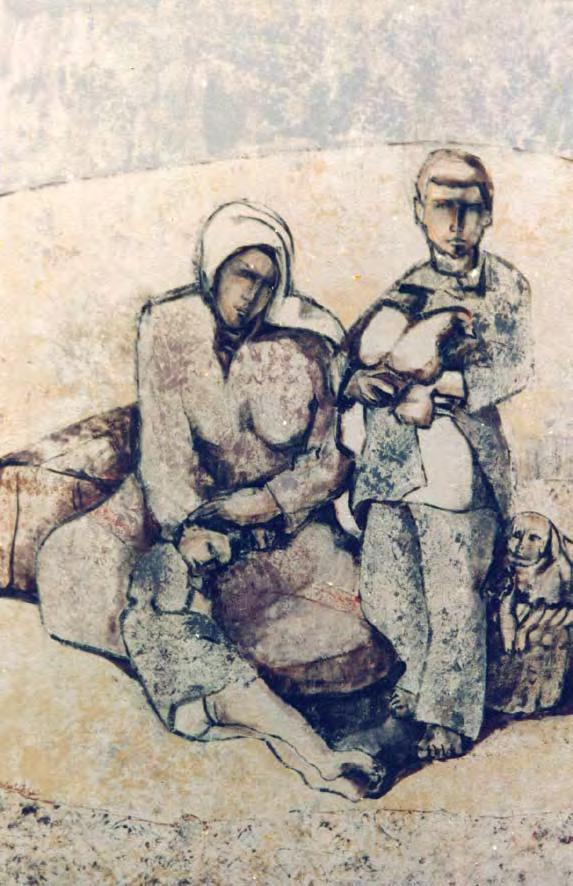
49 155 X 100 cm. Mixed Media on Canvas 1981

Pastel on Paper 1982
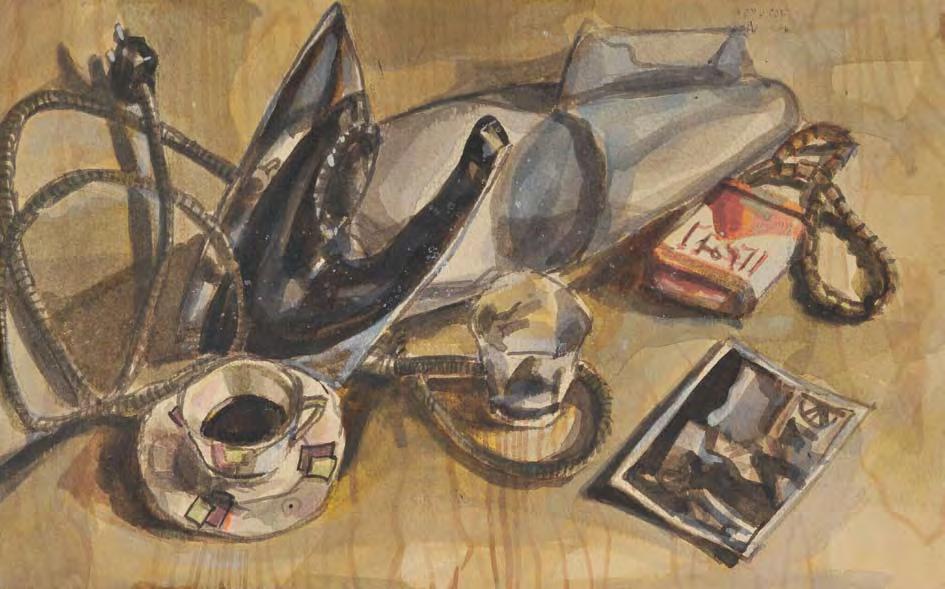

52 53 40 X 65 cm. Watercolor on Paper 1982 60 X 40 cm. Acrylic on Canvas 1982

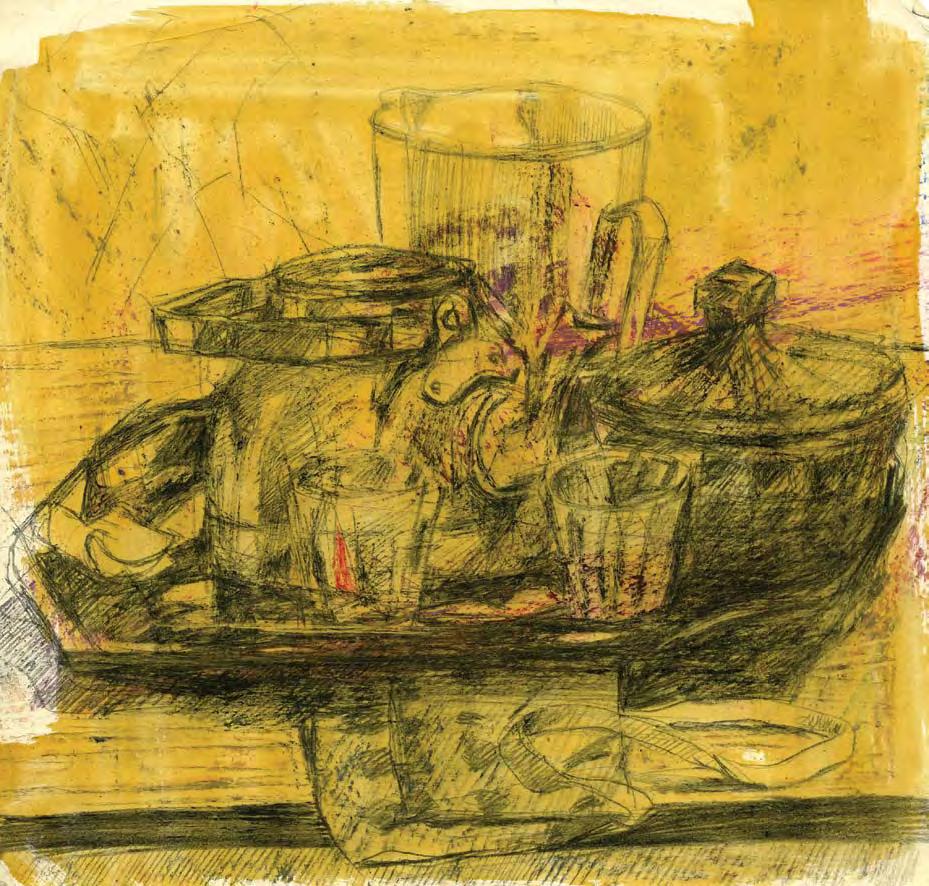
54 55 30 X 30 cm. Oil on Paper 1984 40 X 40 cm. Mixed Media on Paper 1984
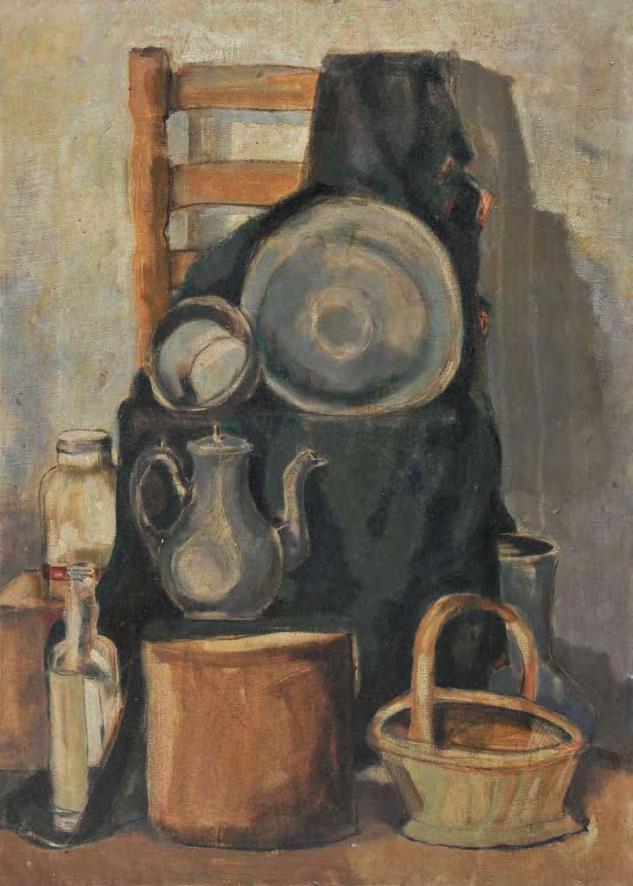
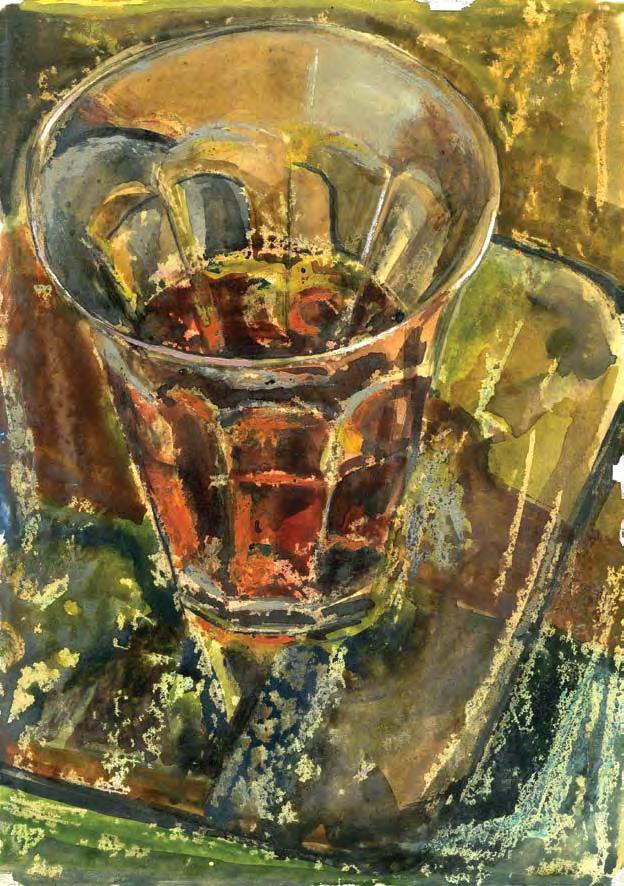
56 57 70 X 50 cm. Oil on Canvas 1981 35 X 20 cm. Oil on Paper 1984
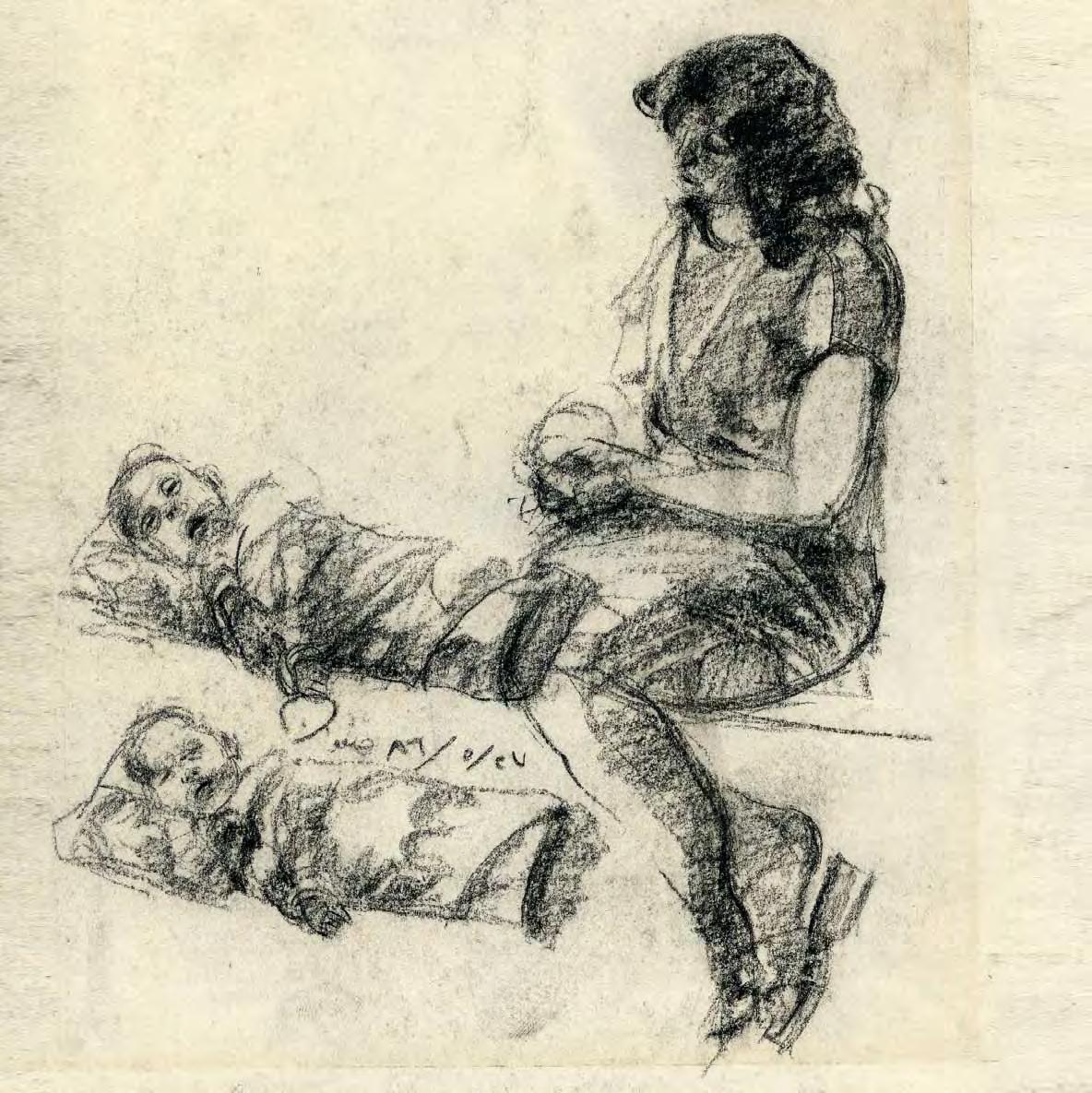

58 20 X 30 cm. Watercolor on Paper 1984
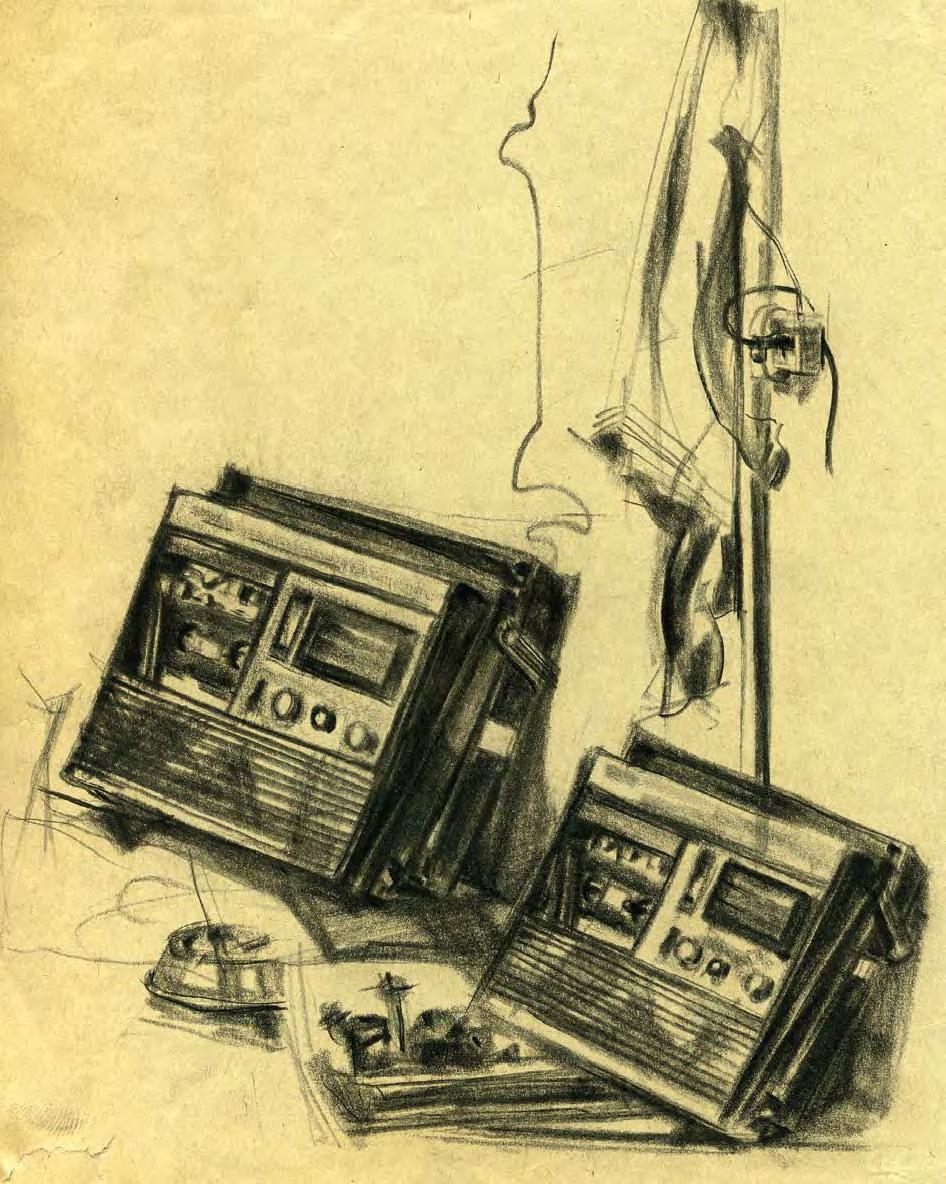

60 61

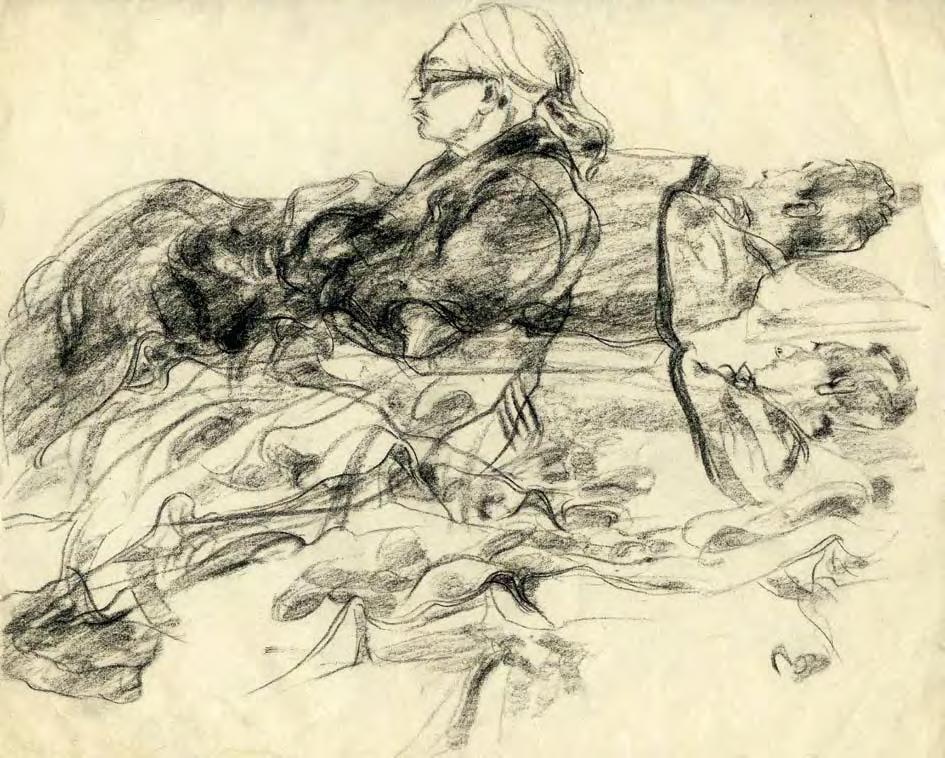
62 63 20 X 30
20 X 30
1984
cm. Charcoal on Paper 1984
cm. Charcoal on Paper
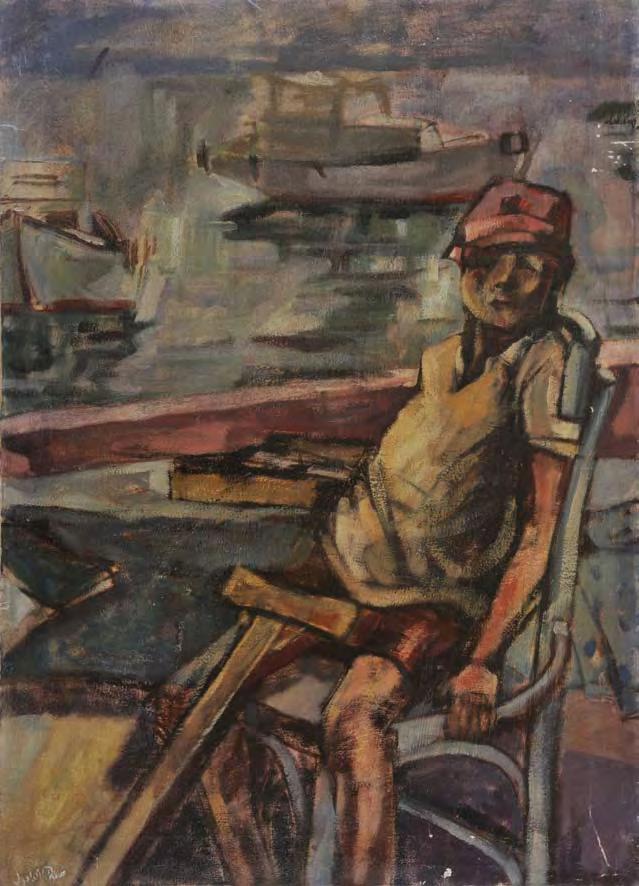
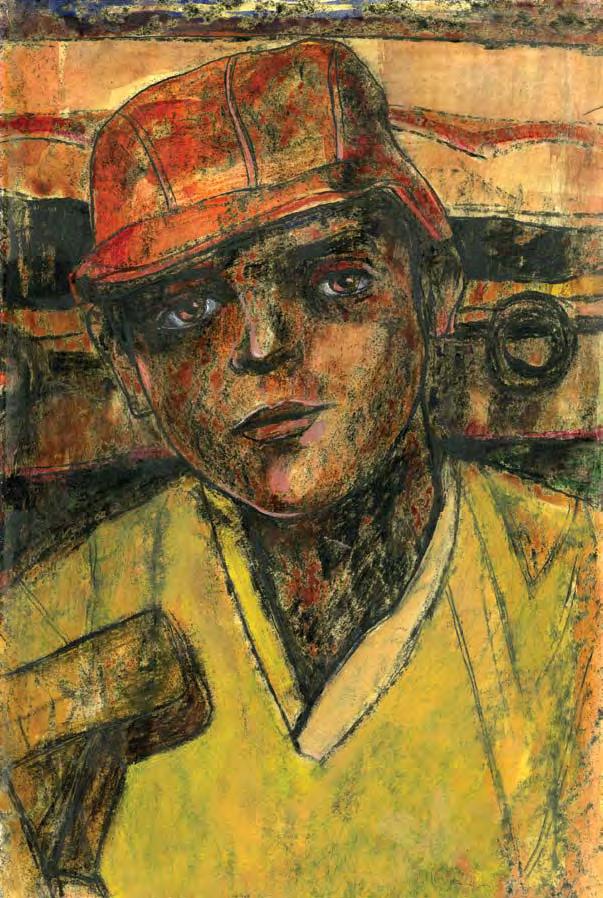
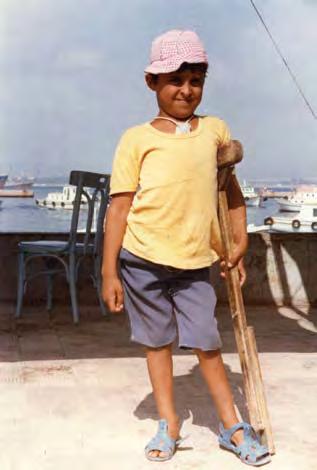
64 65 70 X 50 cm. Oil on Canvas 1985 35 X 20 cm. Oil on Paper 1985
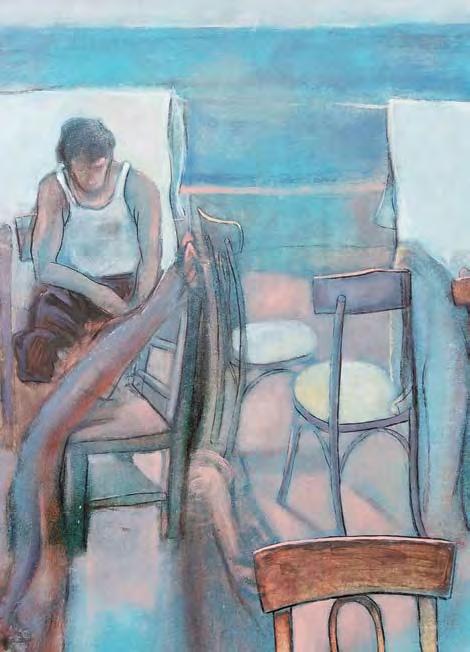
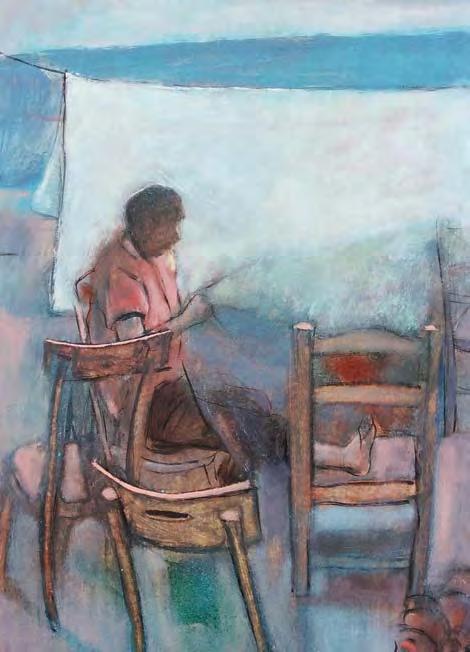


66 67 30 X 60 cm. Oil on Canvas 1985 30 X 60 cm. Oil on Canvas 1985

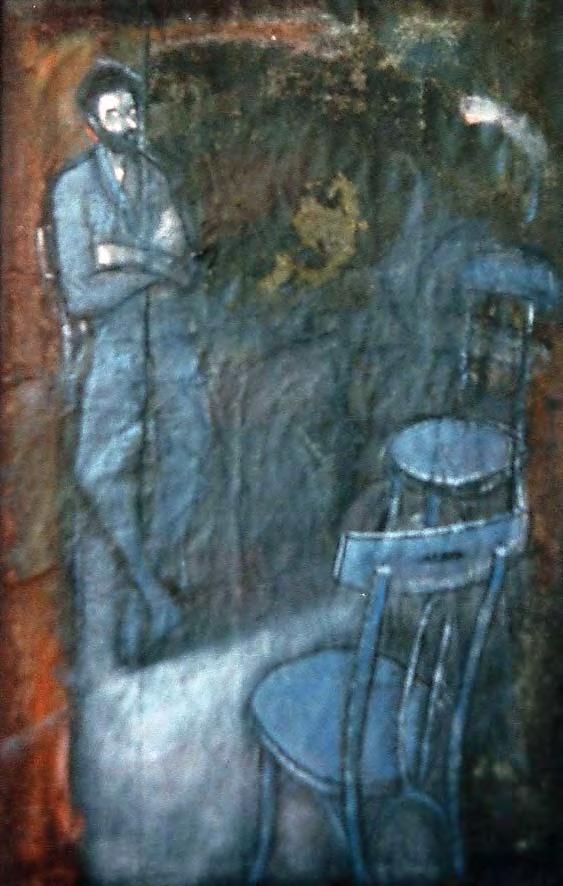
68 69 40 X 30 cm. Oil on Paper 1985 35 X 20 cm. Mixed Media on Paper 1986
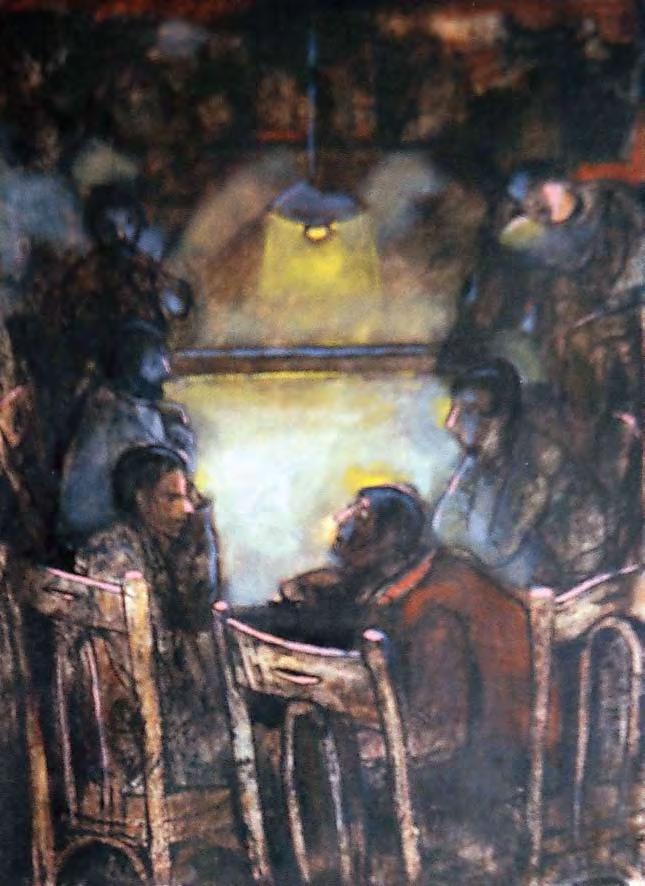
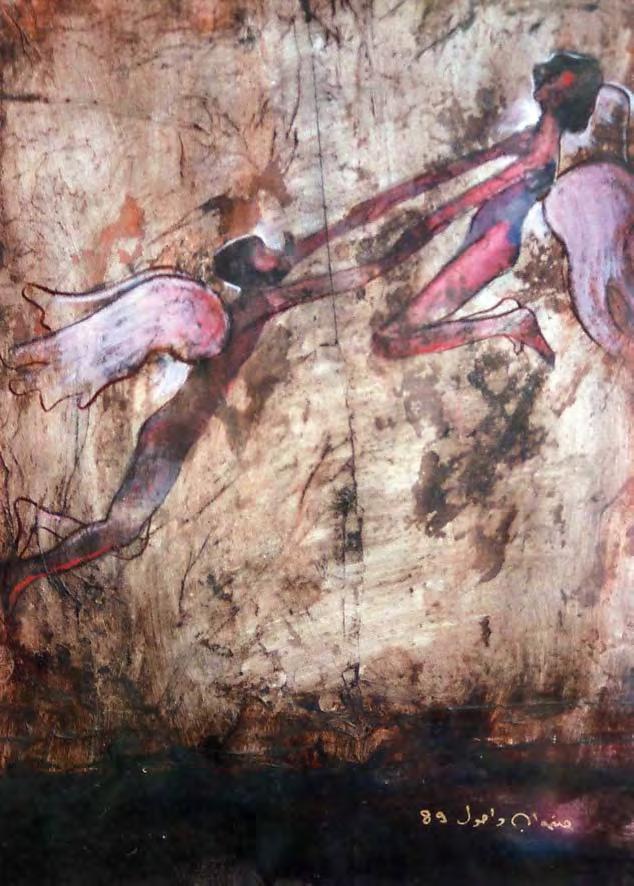
70 71 30 X 20 cm. Mixed Media on Canvas 1985 30 X 20 cm. Oil on Paper 1989
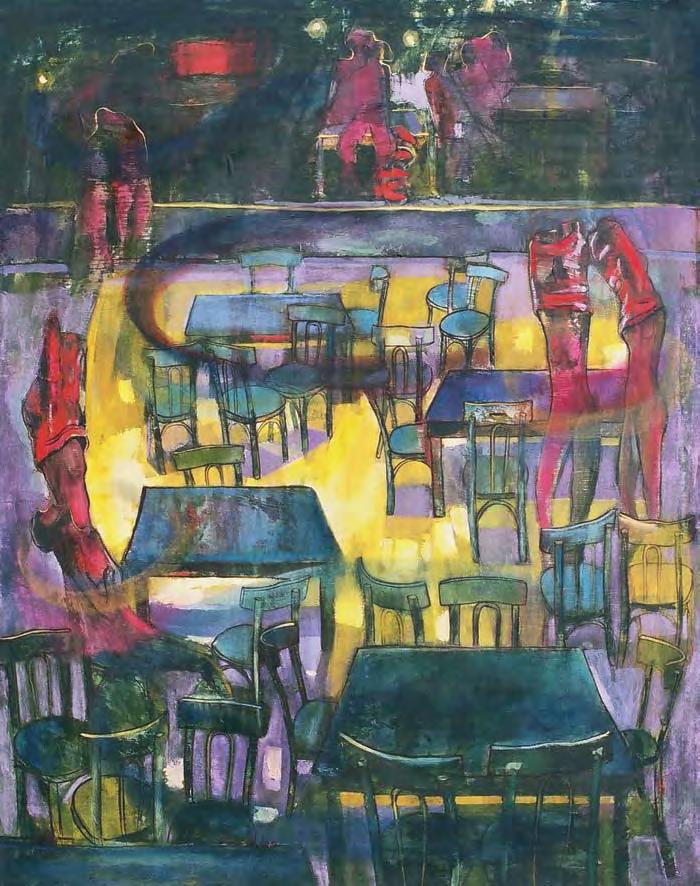
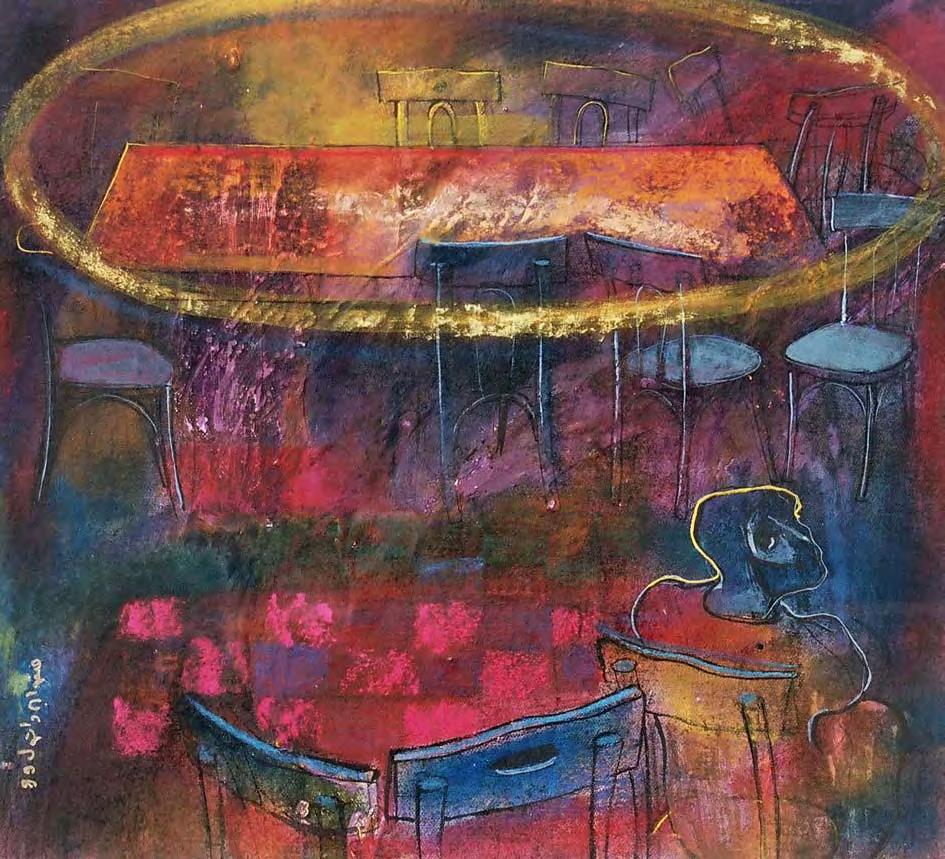
72 73 90 X 70 cm. Acrylic on Canvas 1989 40 X 50 cm. Acrylic on Canvas 1989


74 75 40 X 50 cm. Acrylic on Canvas 1989 40 X 50 cm. Acrylic on Canvas 1989

77 80 X100 cm. Acrylic on Canvas 1989

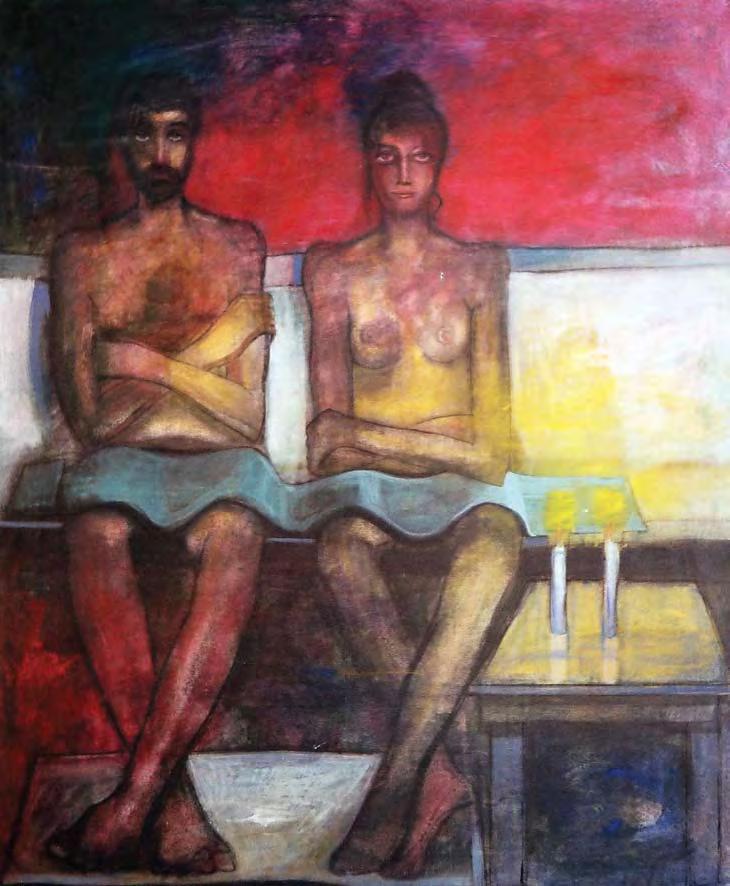
78 79 100 X 80 cm. Oil on Canvas 1990 50 X 40 cm. Oil on Canvas 1990


80 81 40 X 30 cm. Acrylic on Canvas 1986 100 X 80 cm. Oil on Canvas 1993

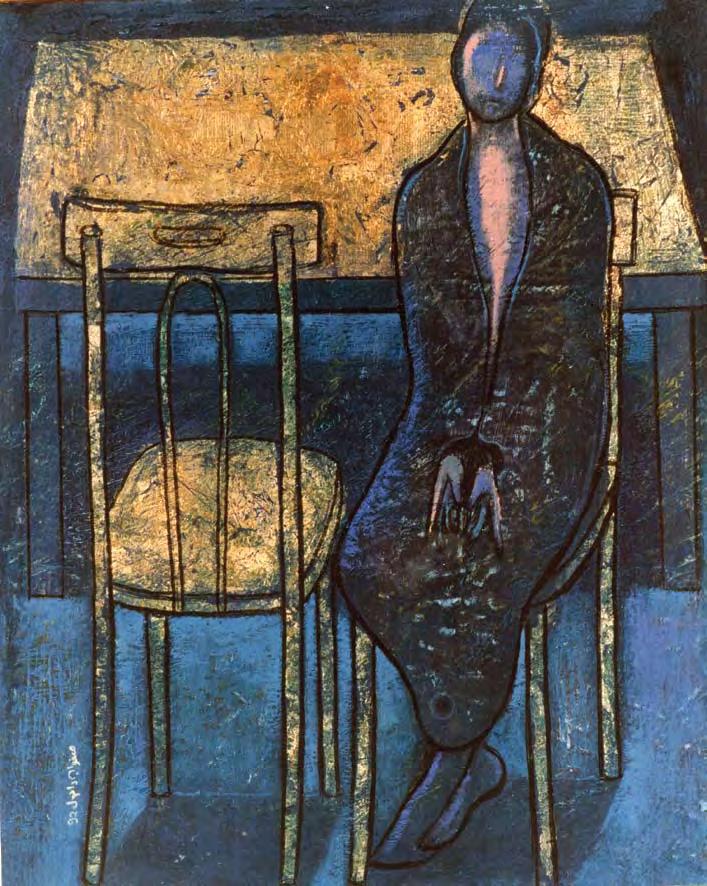

82 83 40 X 30 cm. X 3, Oil on Wood 1990
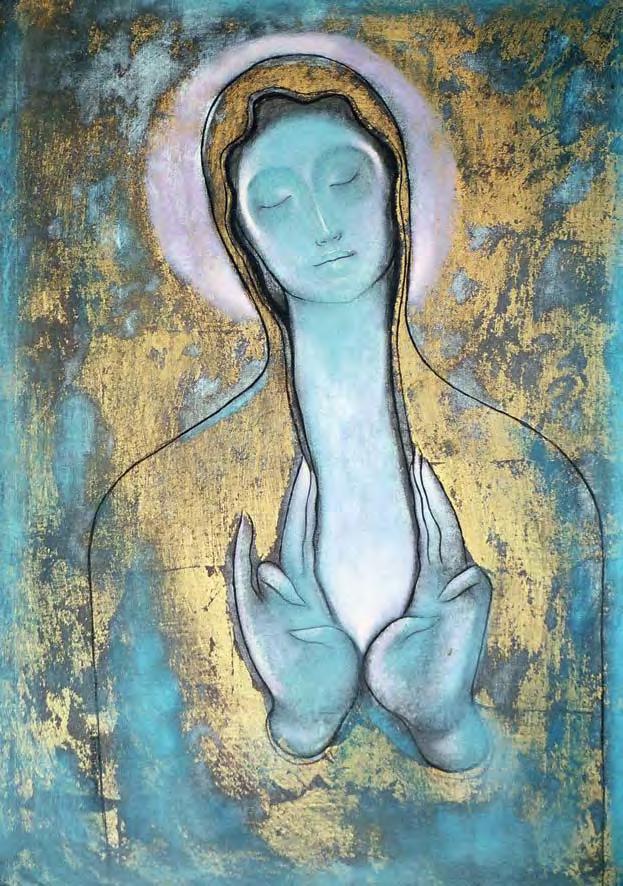

84 85 70 X 50 cm. Oil on Canvas 1994 60 X 40 cm. Oil on Canvas 1994


86 87 80 X 57 cm. Oil on Canvas 1993 80 X 57 cm. Oil on Canvas 1993


88 89 50 X 40 cm. Oil on Paper 1993 30 X 20 cm. Oil on Canvas 1995

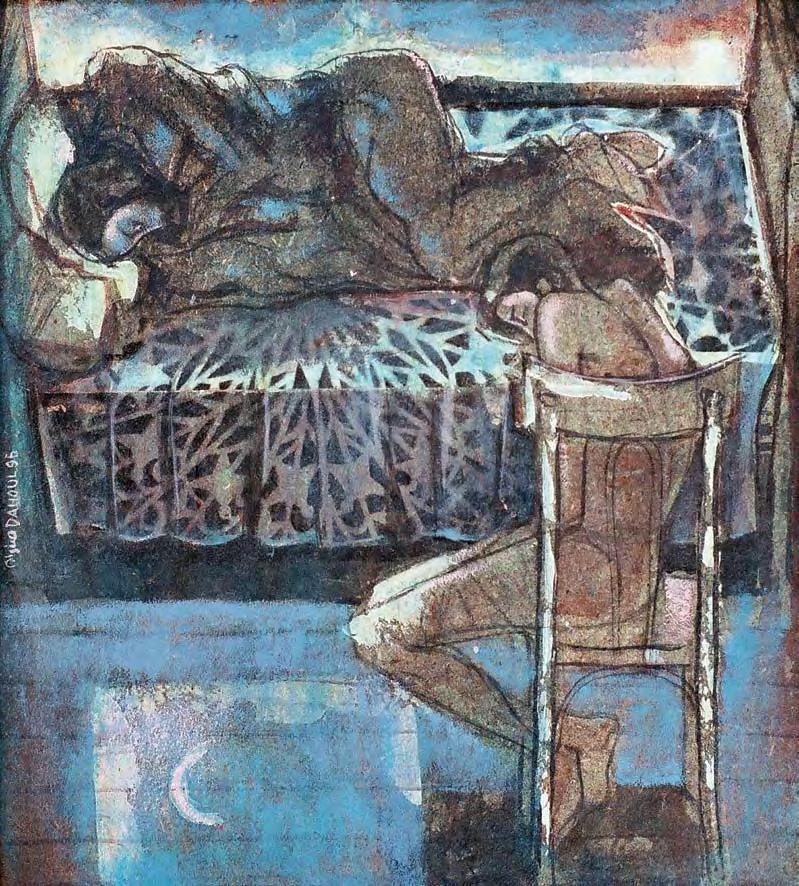
90 91 50 X 50 cm. Oil on Canvas 1995 50 X 40 cm. Oil on Canvas 1995
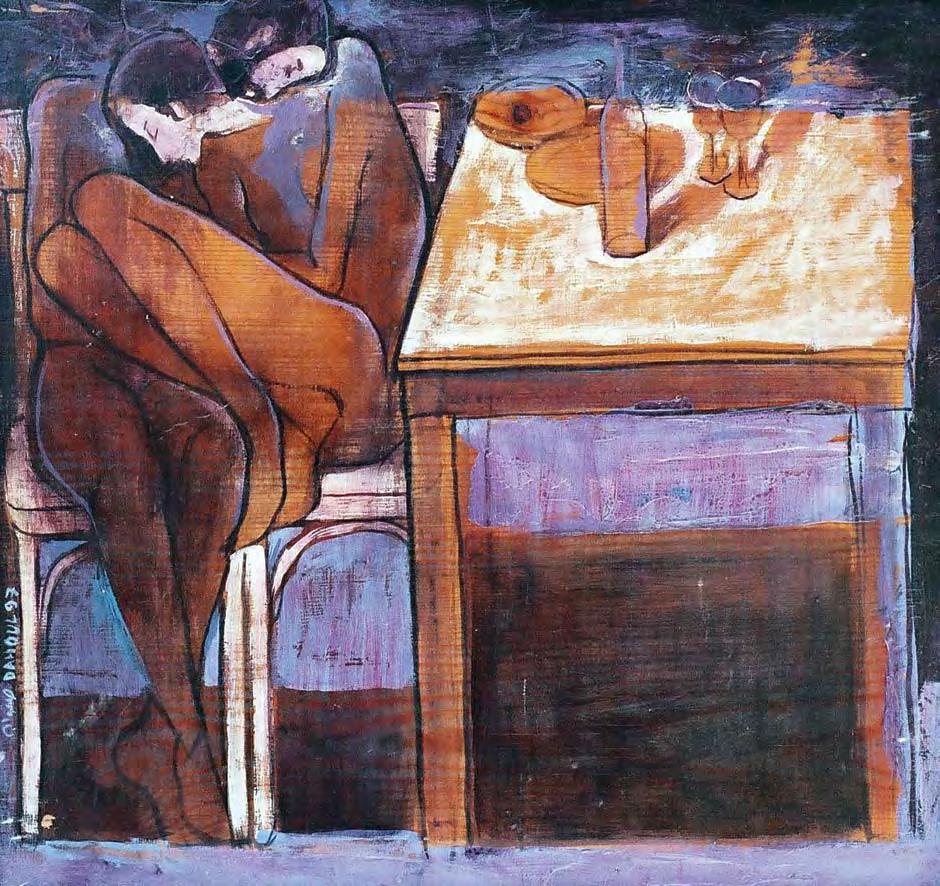
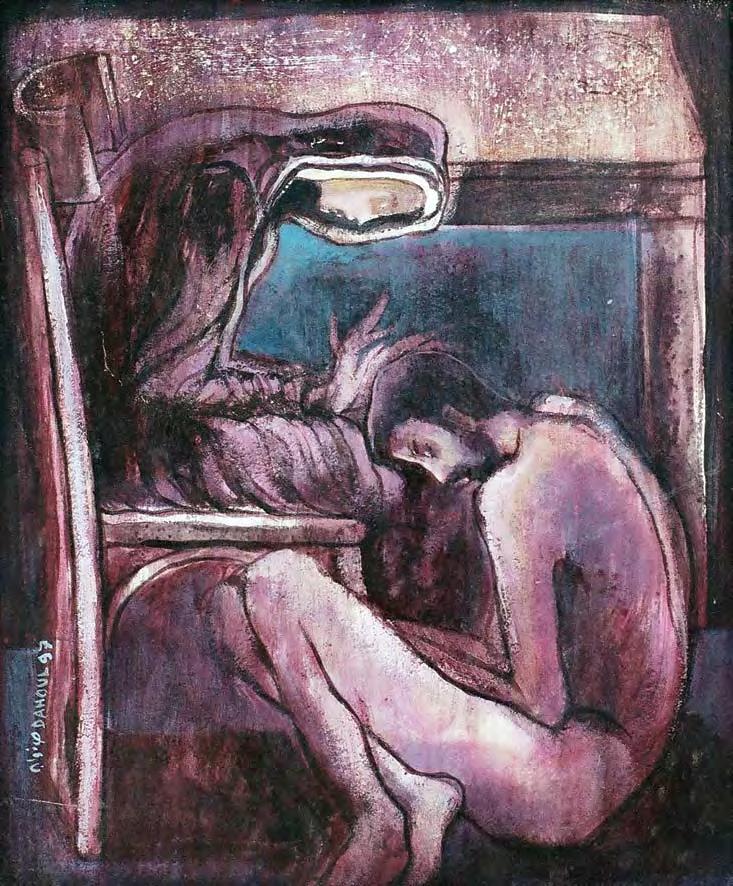
92 93 50 X 50 cm. Oil on Canvas 1997 40 X 30 cm. Oil on Canvas 1997
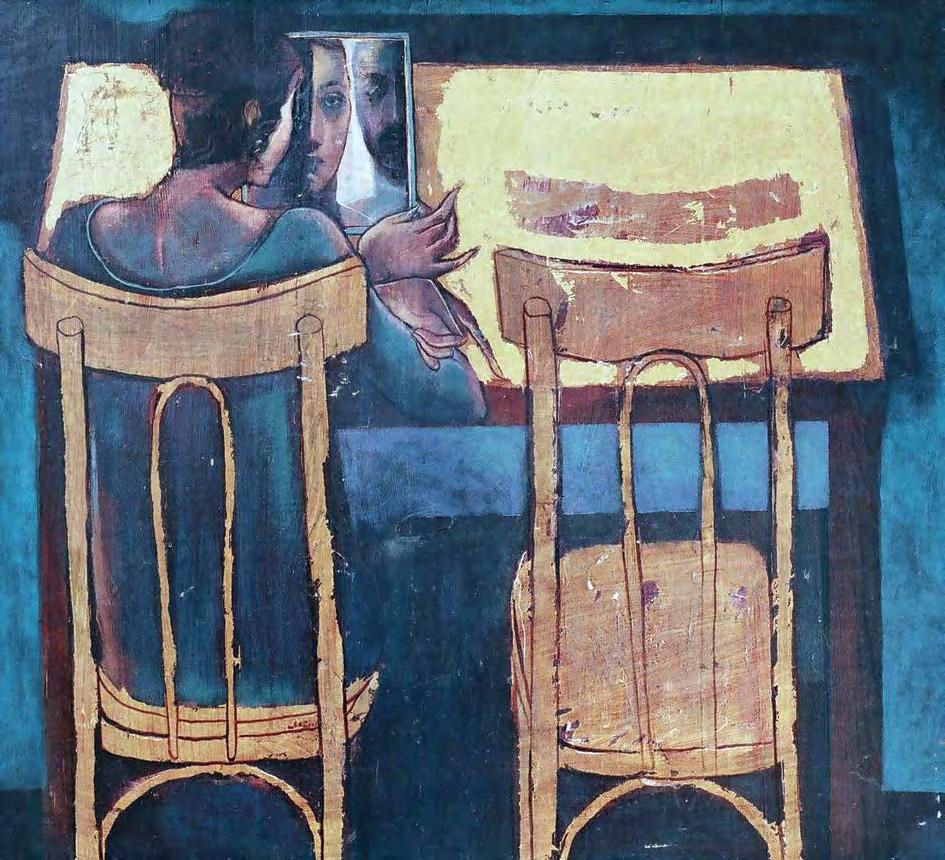

94 95 40 X 50 cm. Mixed Media on Wood 1995

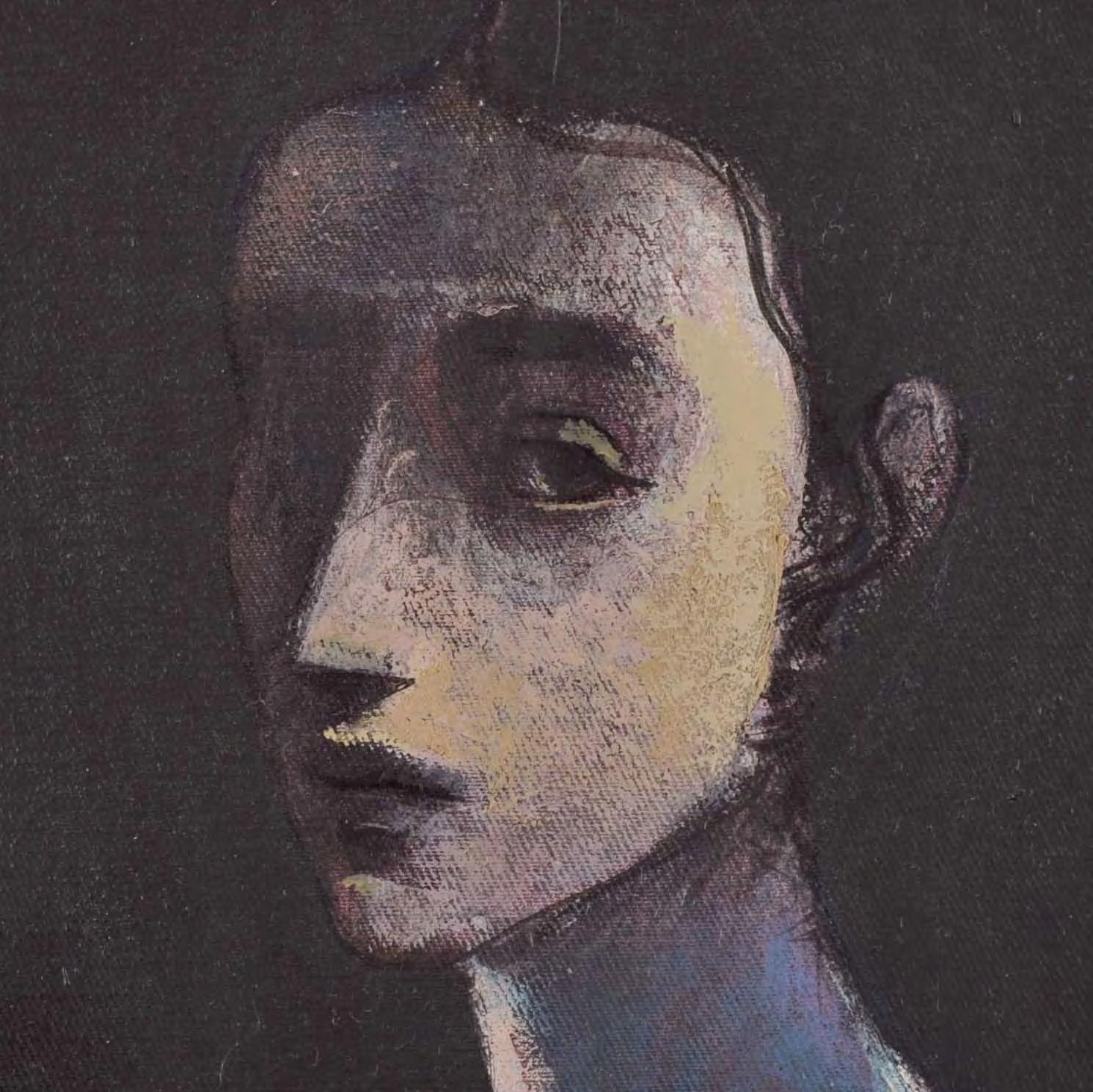
97 80 X 60 cm. Acrylic on Canvas 1997
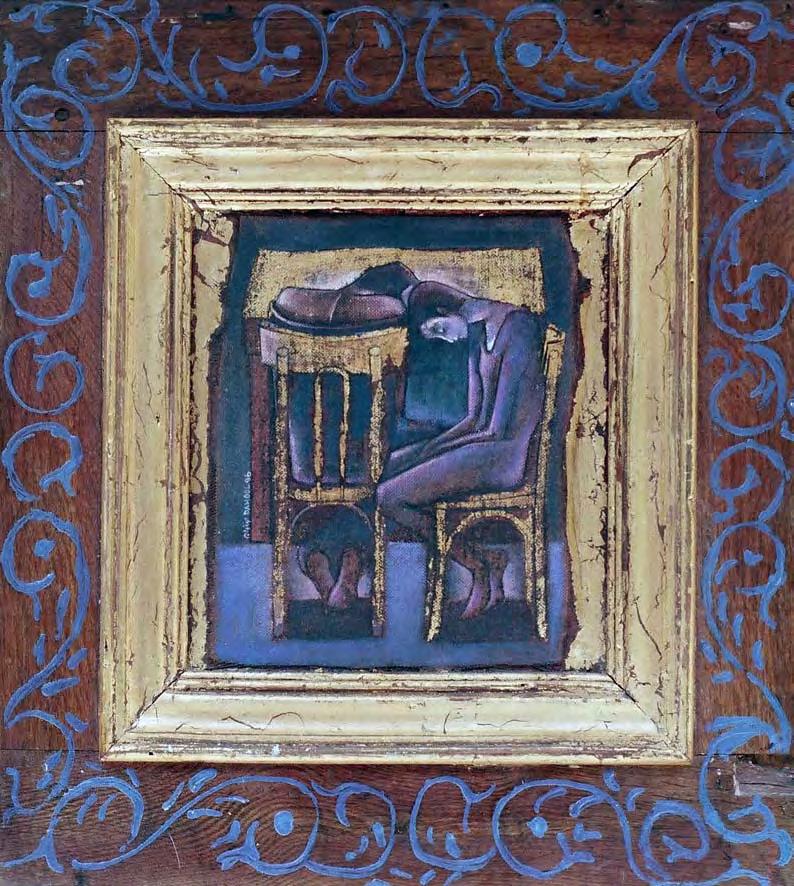
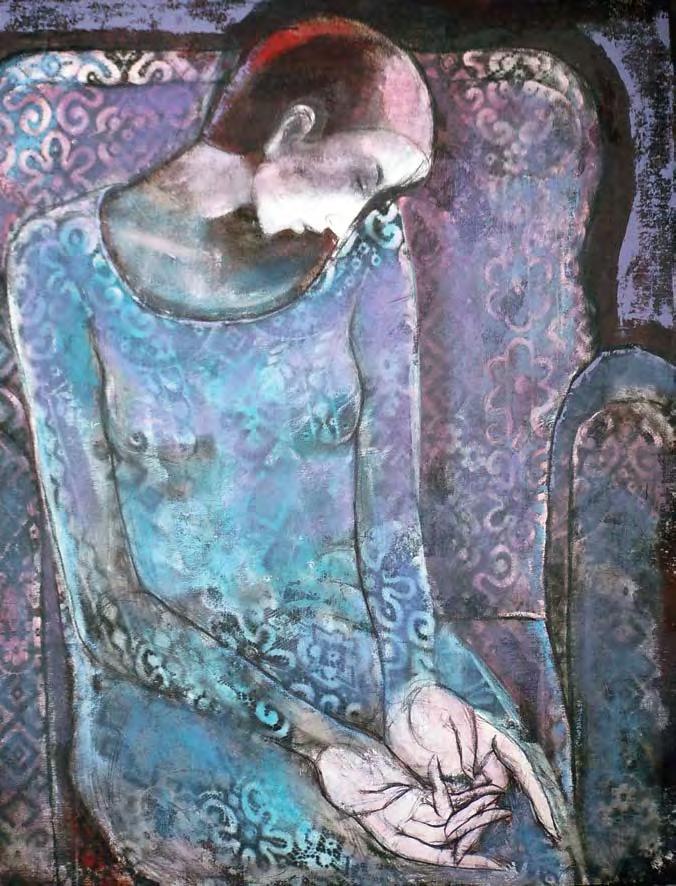
98 99 60 X 50 cm. Oil on Wood 1996 80 X 60 cm. Acrylic on Canvas 1997
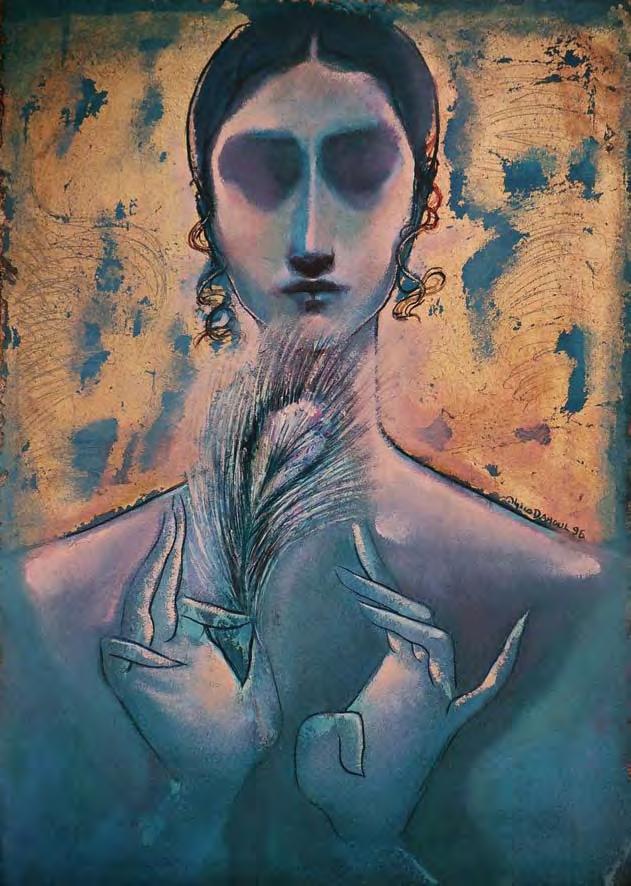

100 101 50 X 40 cm. Oil on Canvas 1995 40 X 30 cm. Acrylic on Canvas 1996



102 103 60 X 40 X 40 cm. Mixed Media on Wood 1994
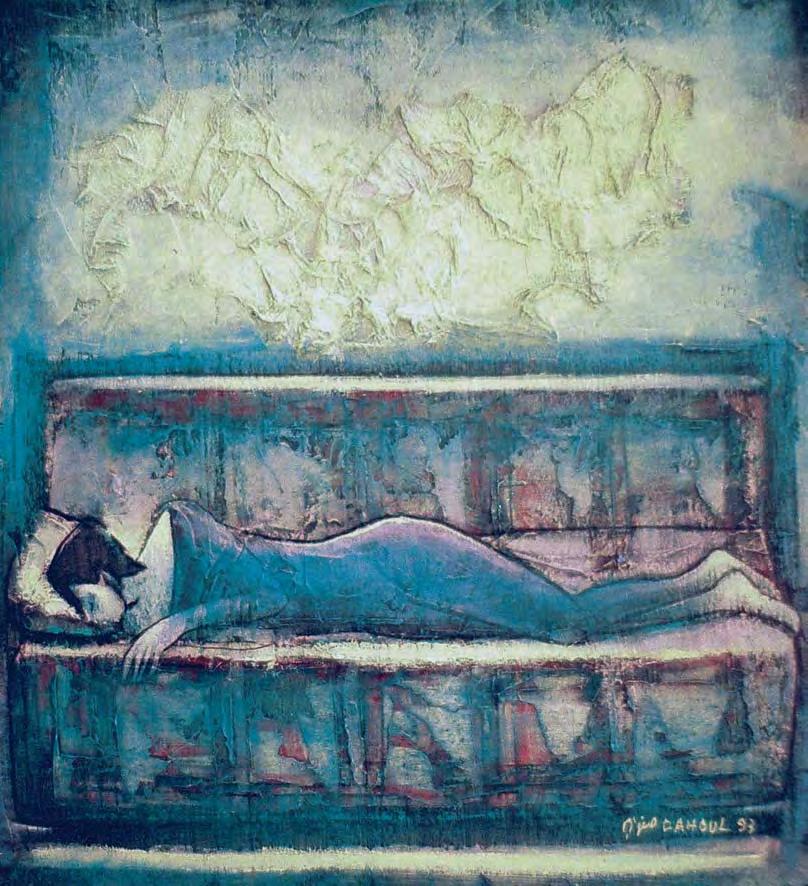

104 105 30 X 25 cm. Oil on Canvas 1993 70 X 50 cm. Oil on Canvas 1993


106 107 80 X 60 cm. Oil on Canvas 1997 110 X 110 cm. Oil on Canvas 1997
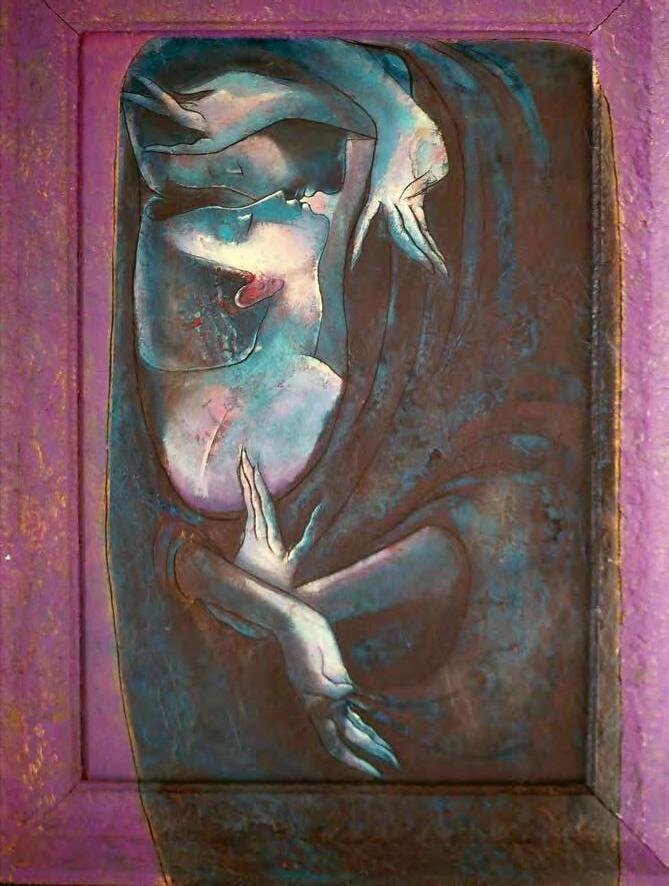
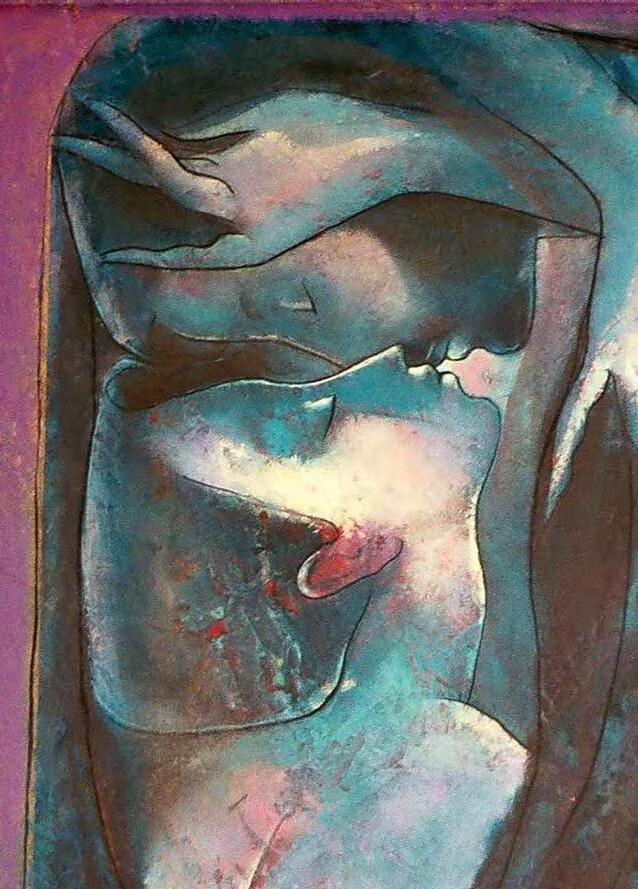
108 109 100 X 70 cm. Oil on Wood 1997
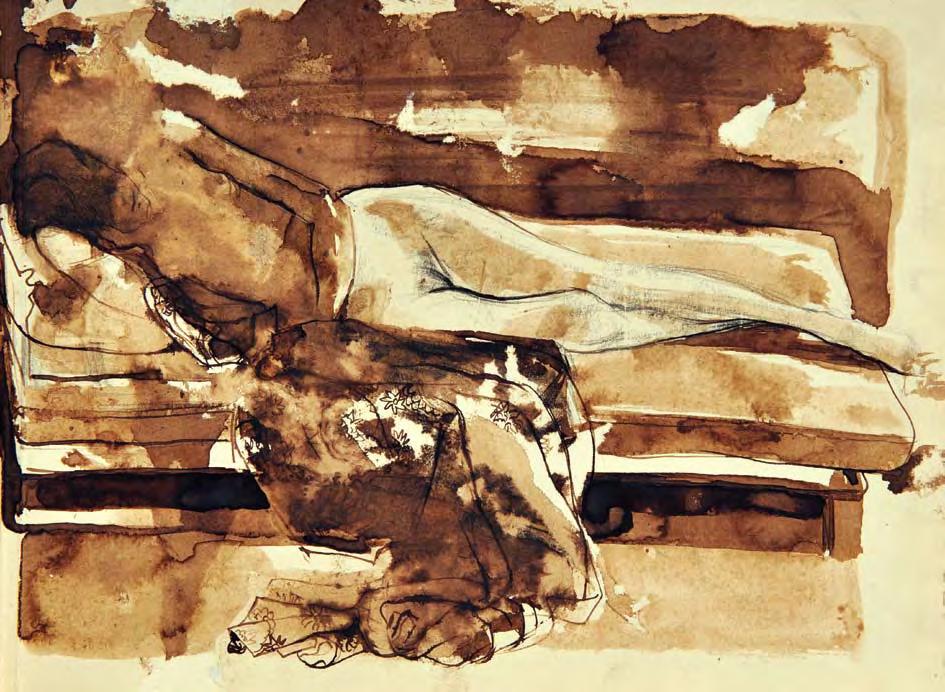
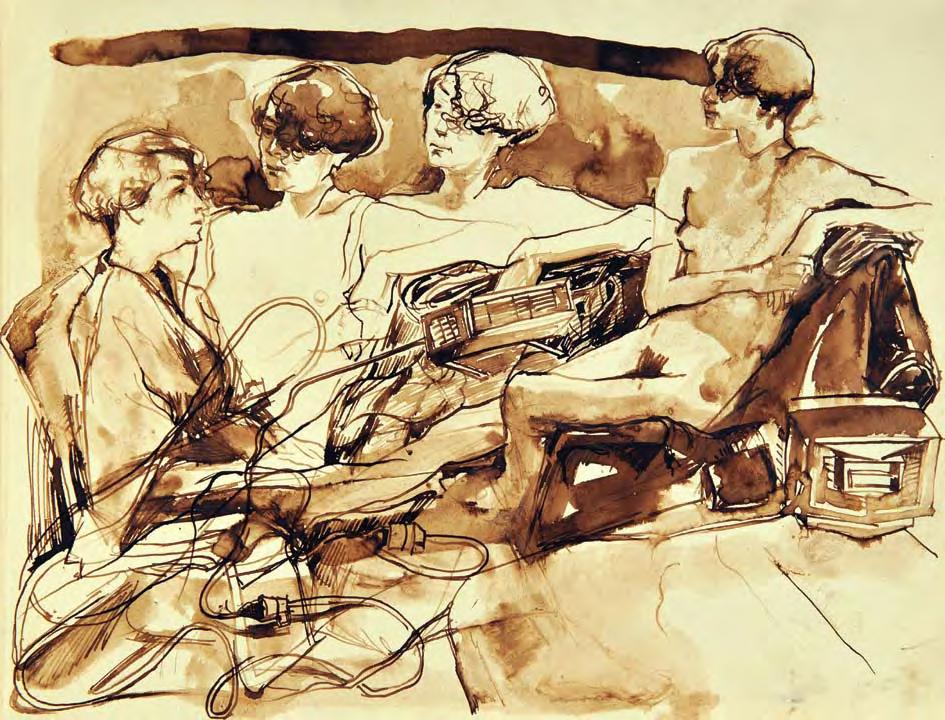
110 111 22 X 30 cm. Ink on Paper 1996 20 X 30 cm. Ink on Paper 1996
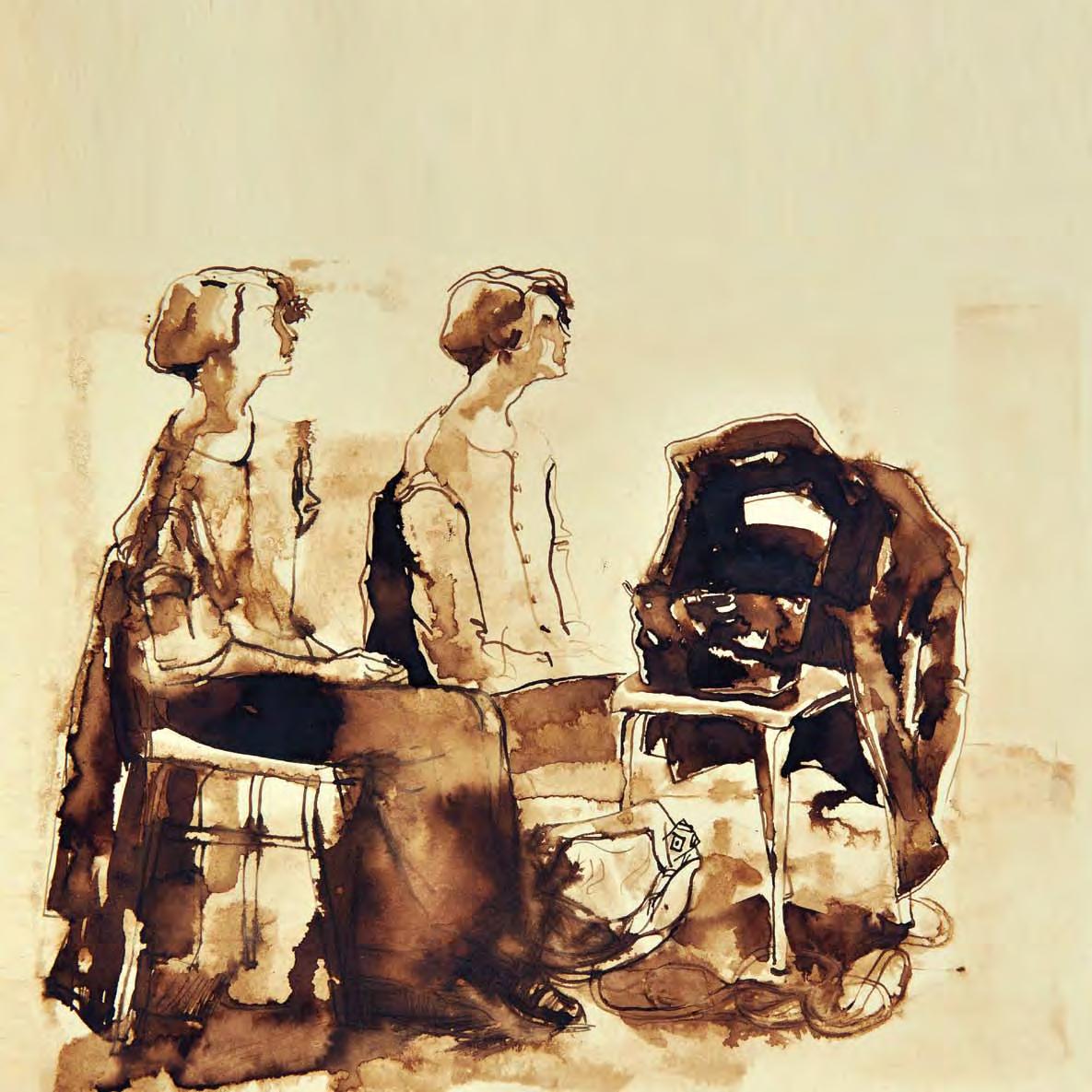
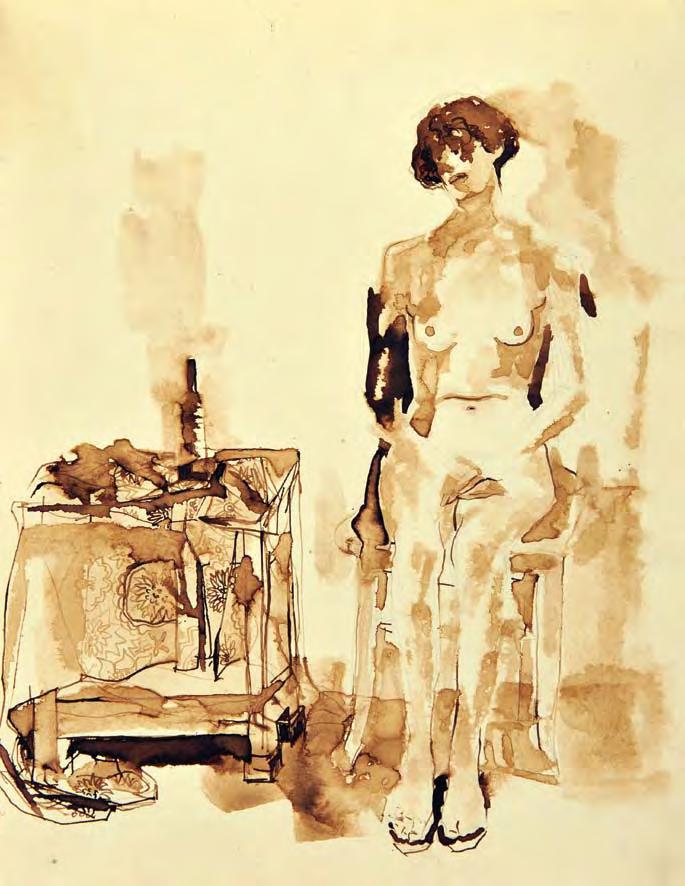
113 30 X 20 cm. Ink on Paper 1996
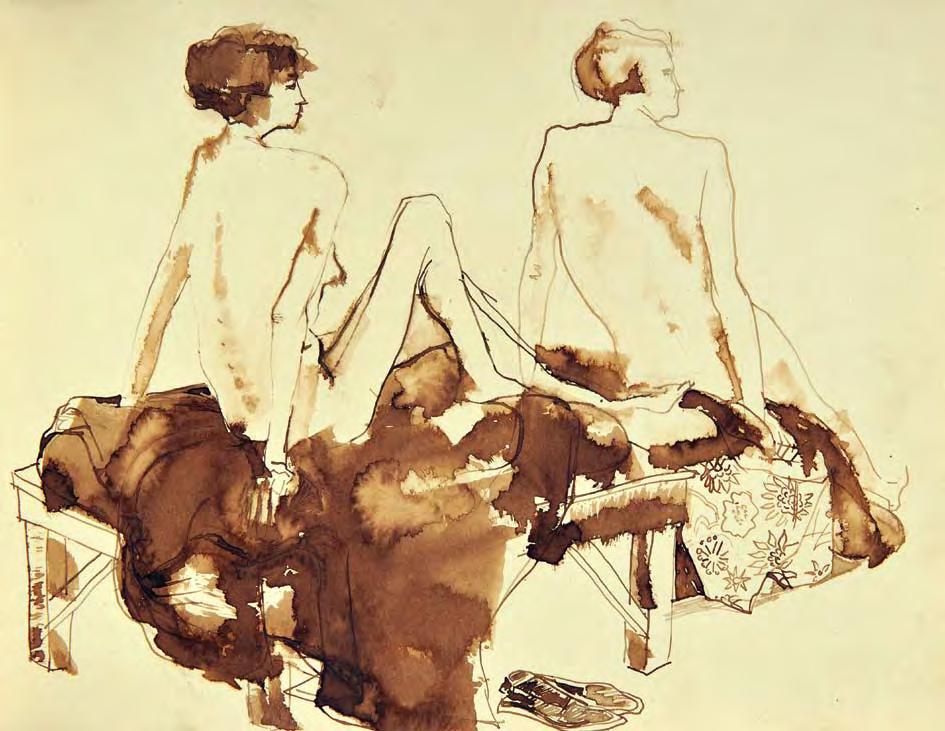
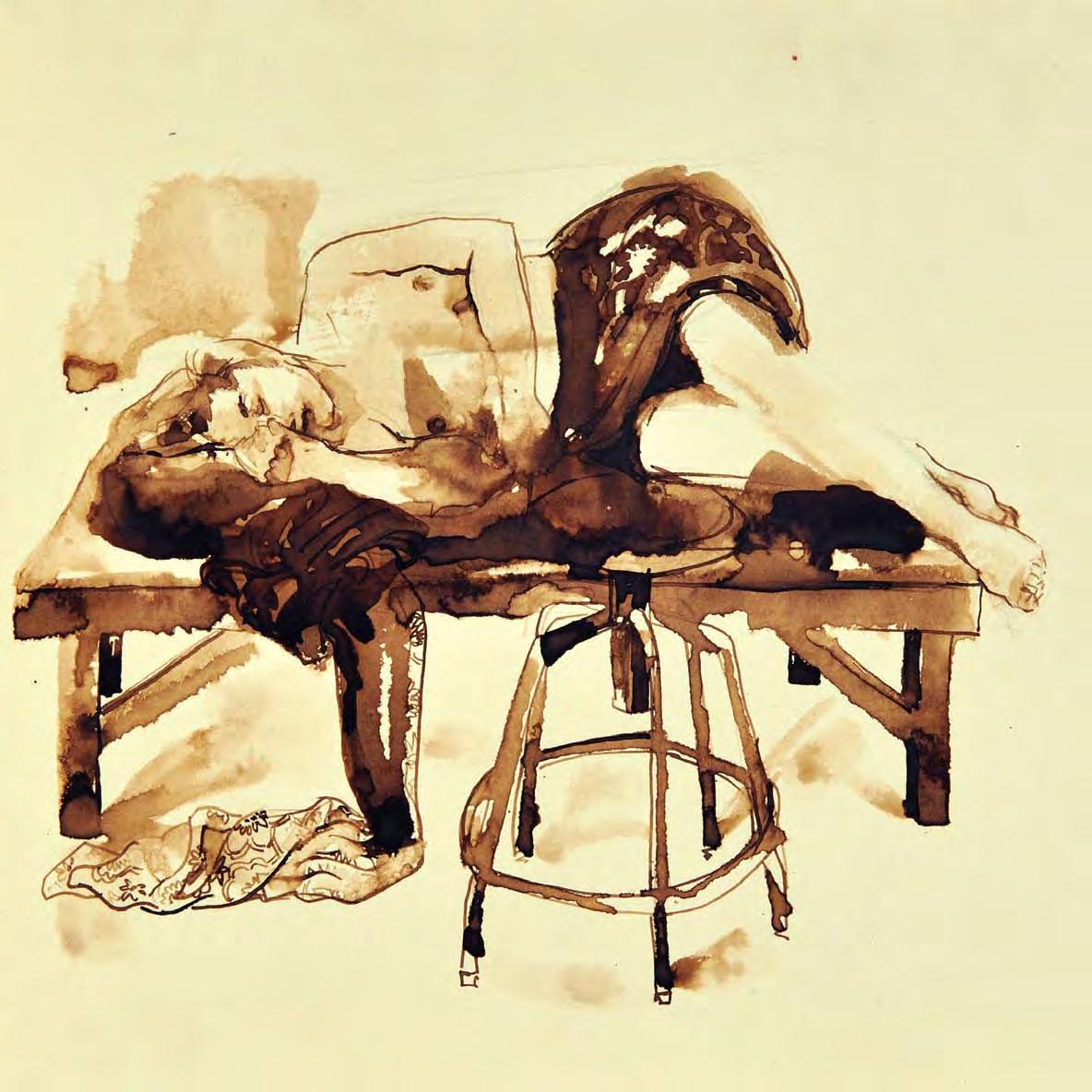
115 20 X 30 cm. Ink on Paper 1996

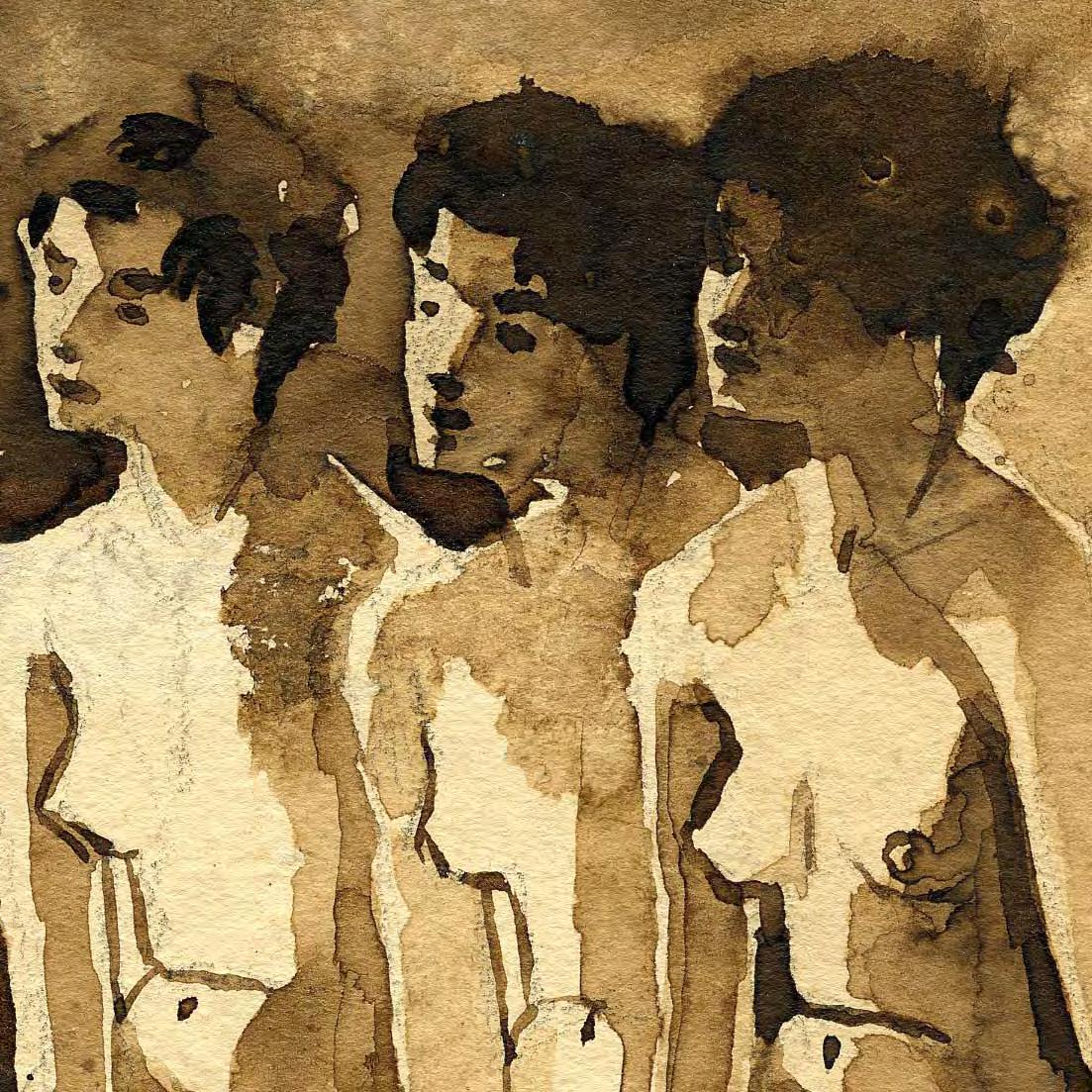
117 30 X 20 cm. Ink on Paper 1996

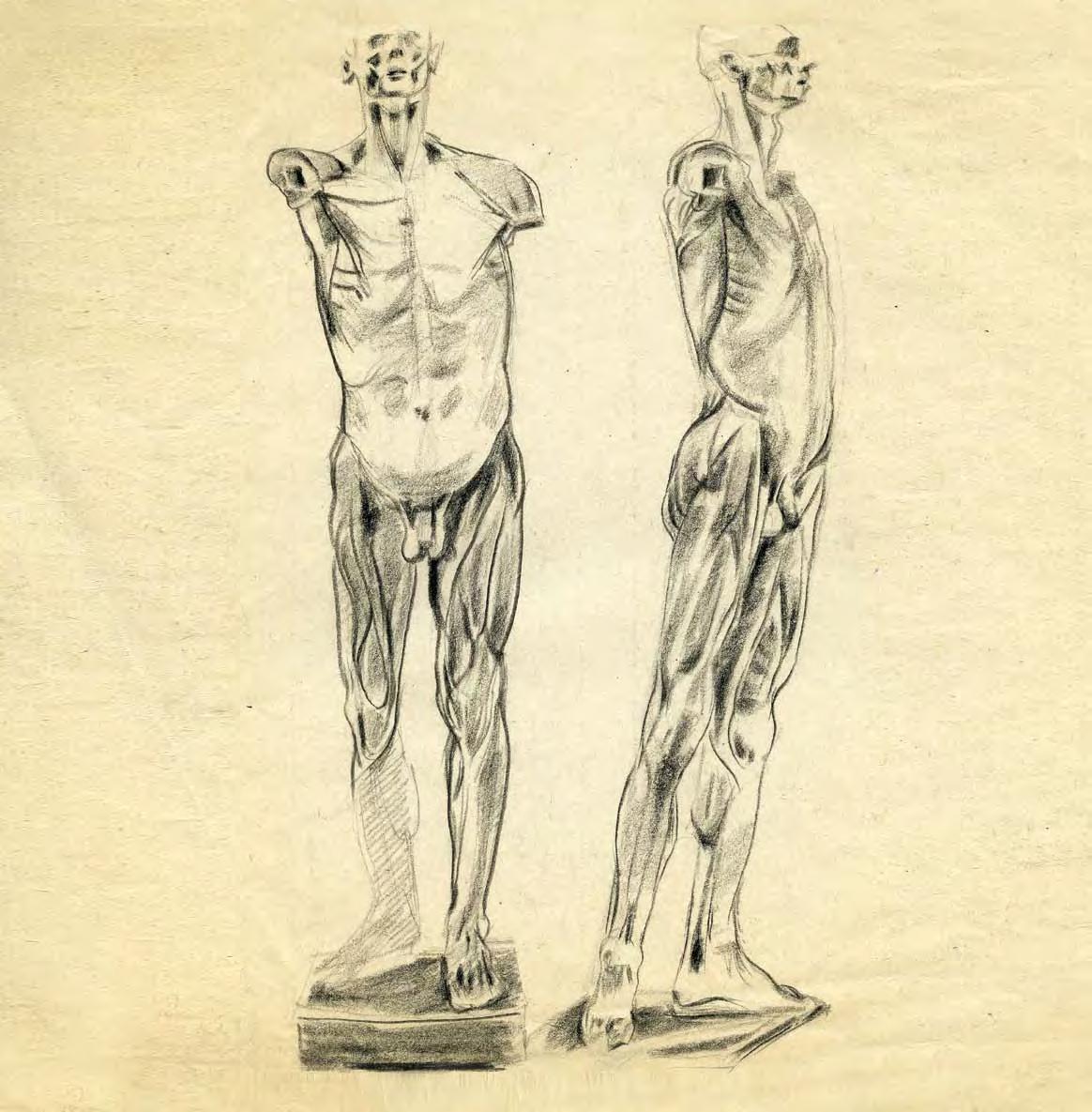

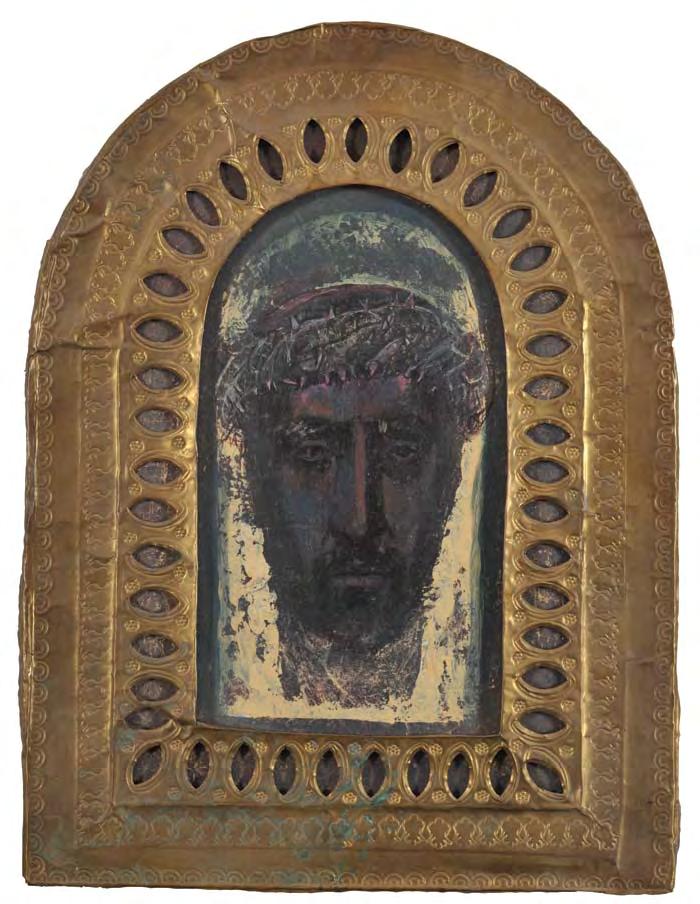
120 121 30 X 20 cm. Ink on Paper 1996 40 X 30 cm. Oil on Wood 1996
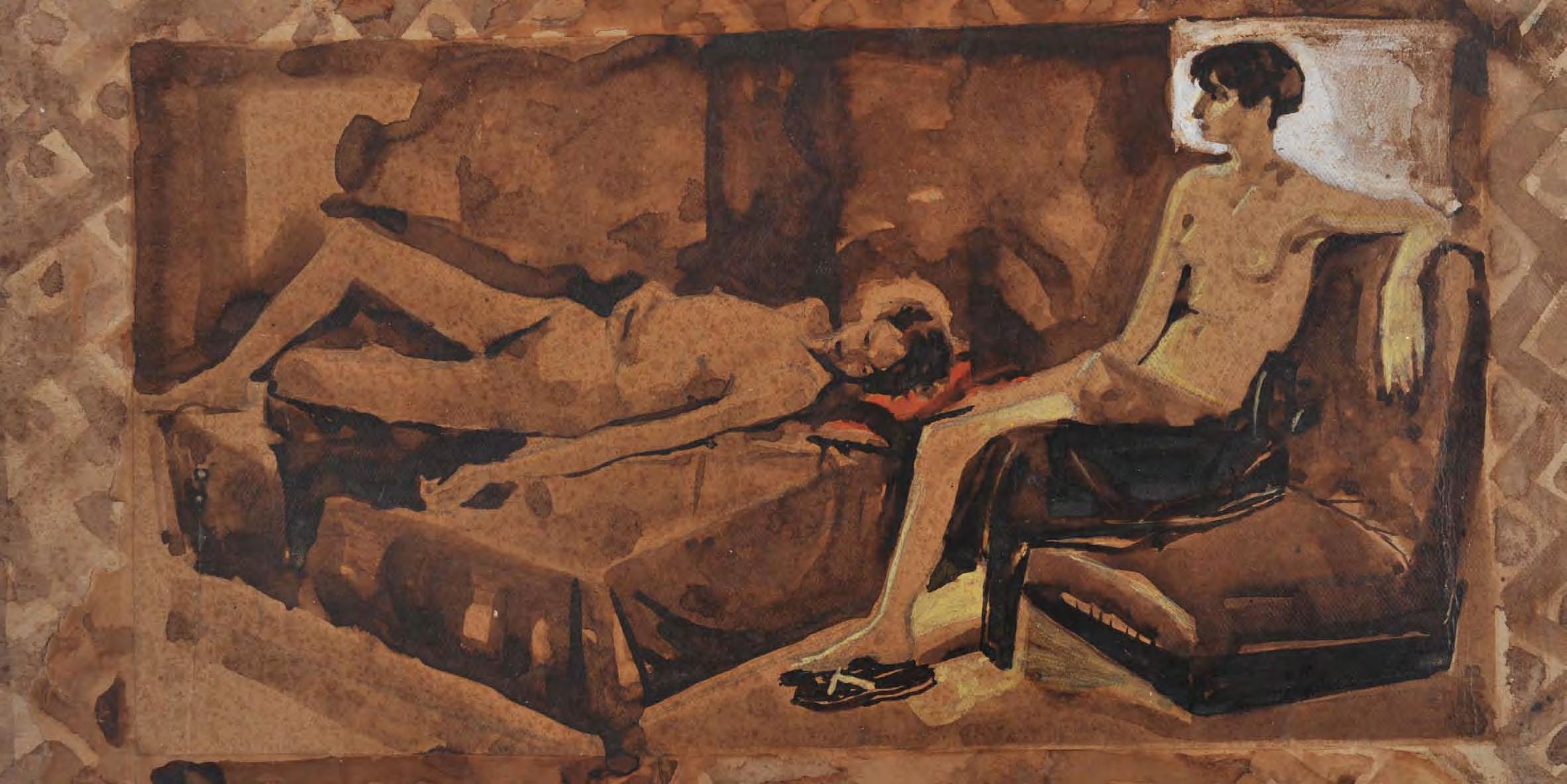
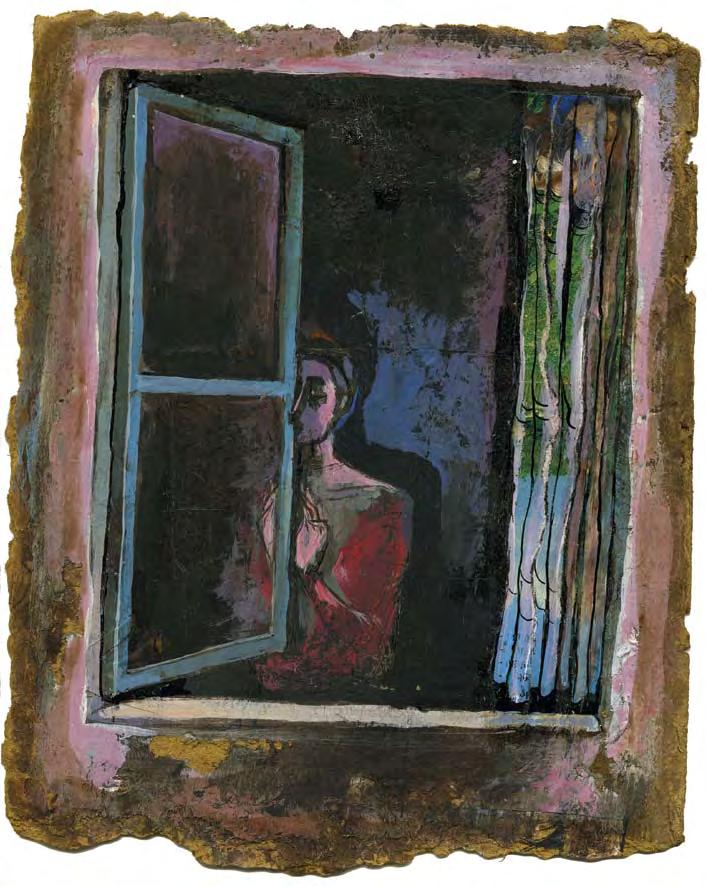

124 125 35 X 20 cm. Mixed Media on Paper 1996 30 X 20 cm. Oil on Paper 1996
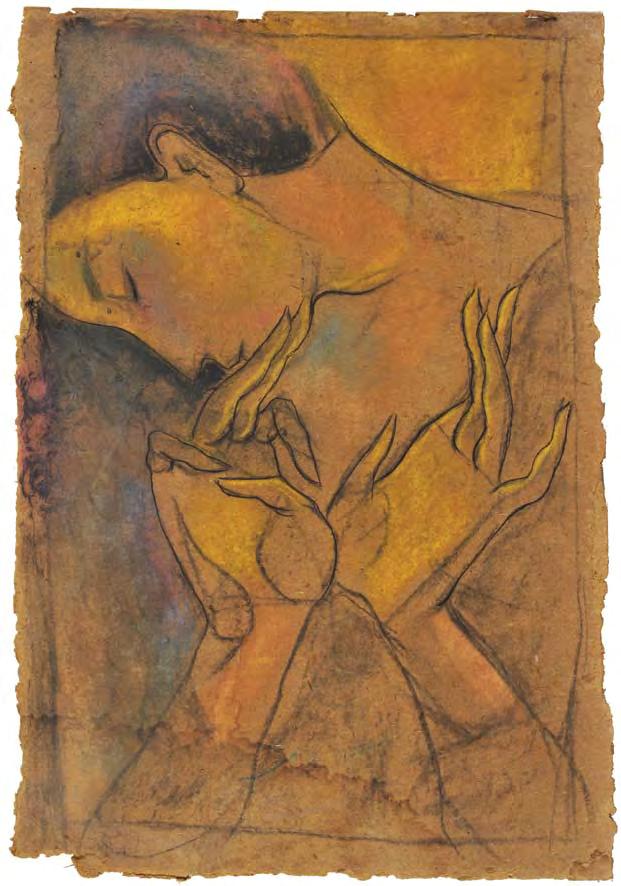
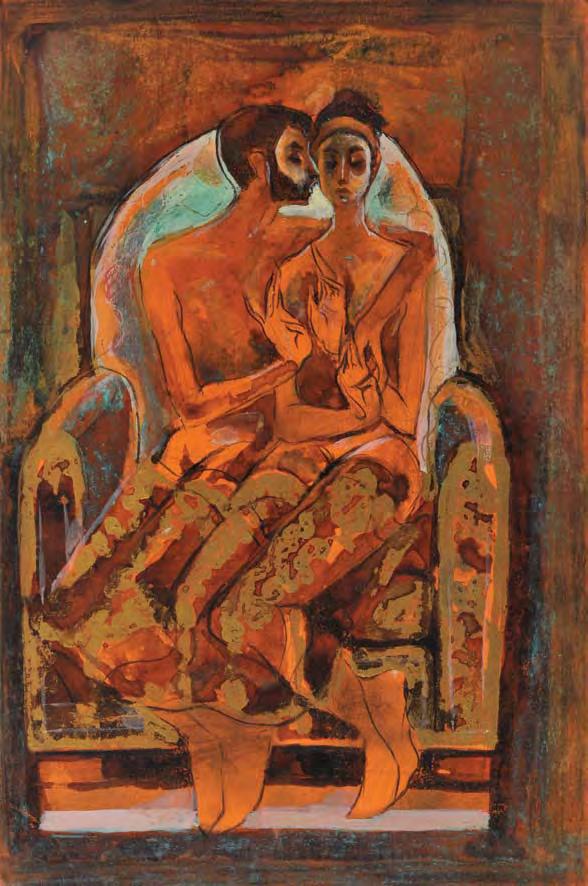
126 127 40 X 30 cm. Mixed Media on Paper 1995 40 X 20 cm. Acrylic on Canvas 1995

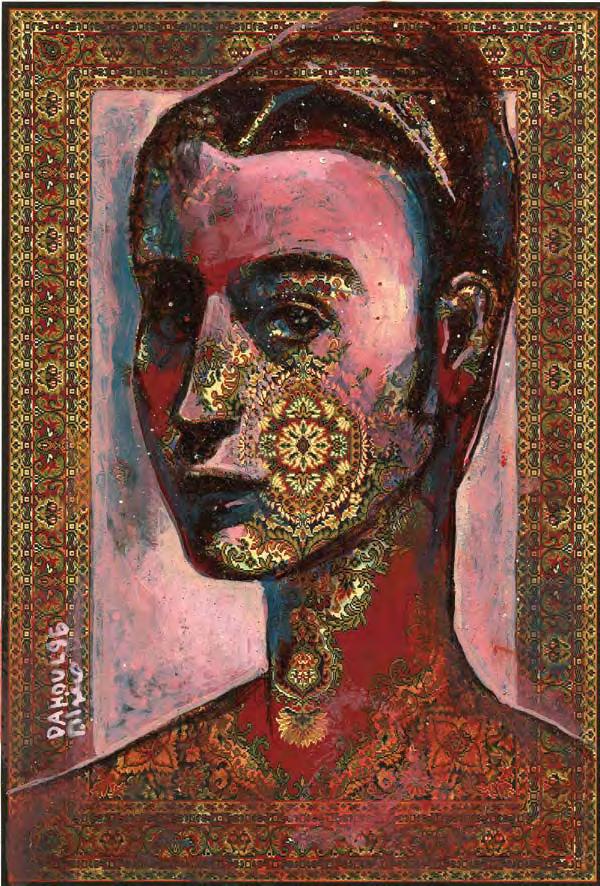
128 129 30 X 20 cm.
1996 30 X 20 cm. Mixed Media on Paper 1996
Mixed Media on Paper
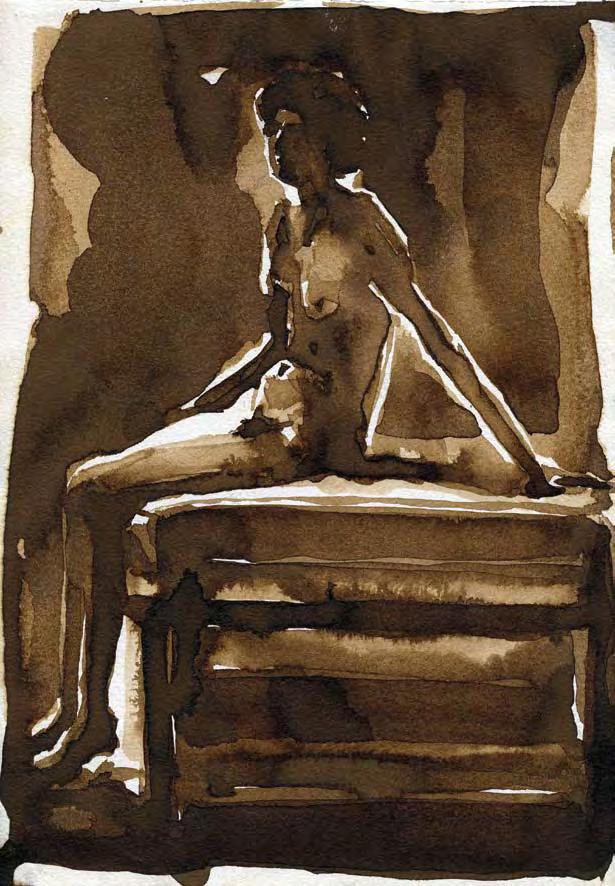
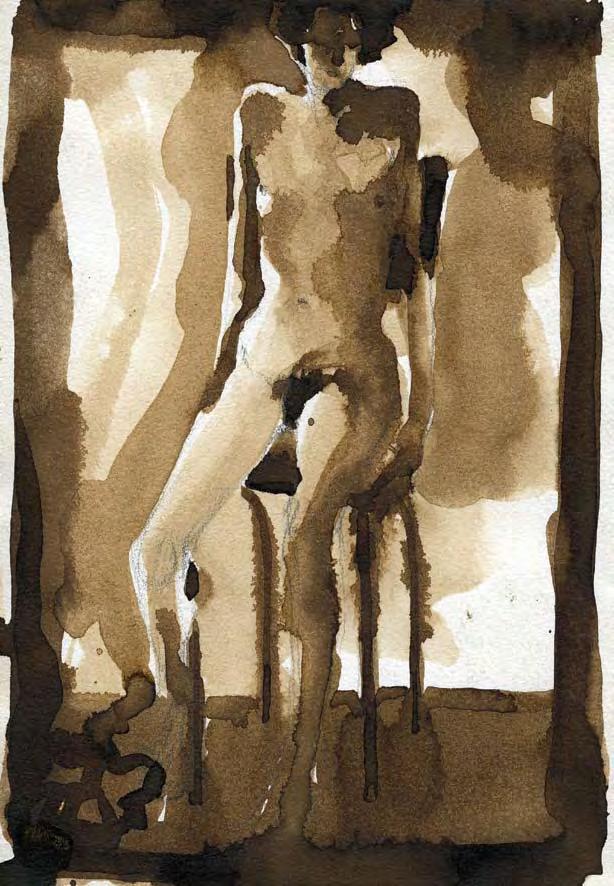
130 131 30 X 20 cm. Ink on Paper 1996 30 X 20 cm. Ink on Paper 1996

133 20 X 30 cm. Mixed Media on Paper 1995

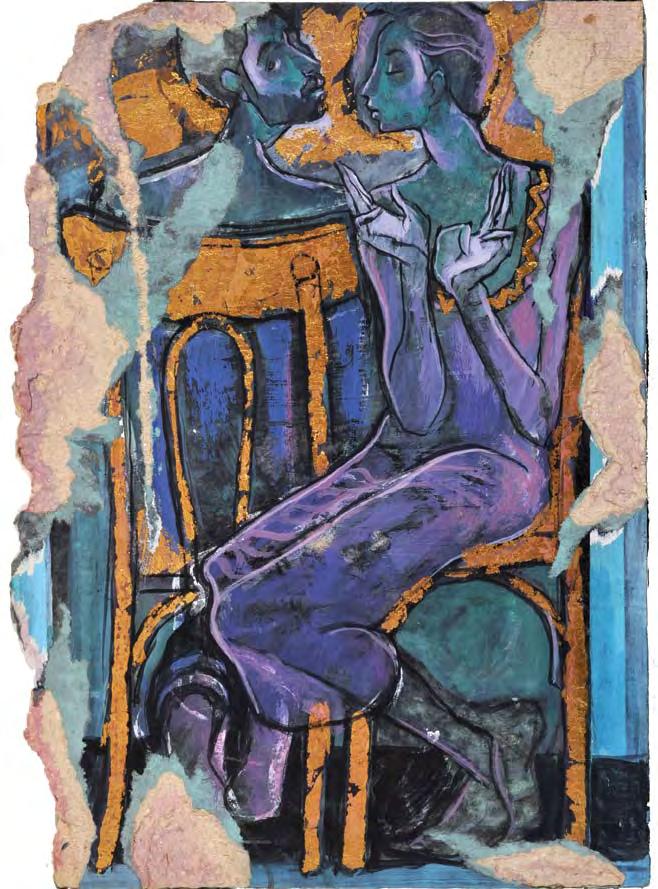
134 135 40 X 20 cm. Ink on Paper 1995 40 X 20 cm. Oil on Paper 1995
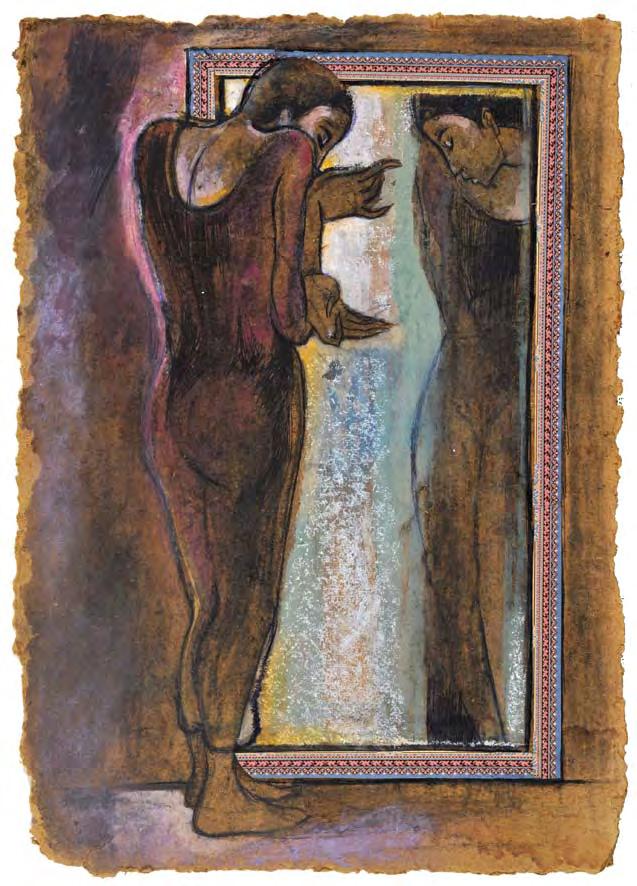

136 137 30 X 20 cm. Mixed Media on Paper 1996 40 X 30 cm. Mixed Media on Paper 1995


138 139 70 X 50 cm. Mixed Media on Wood 1996
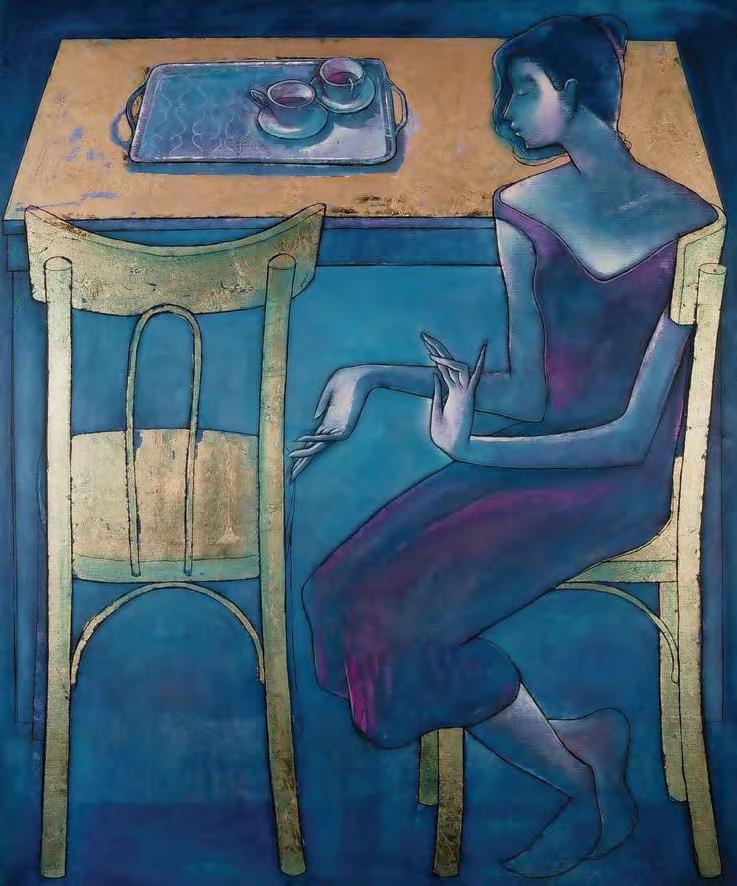
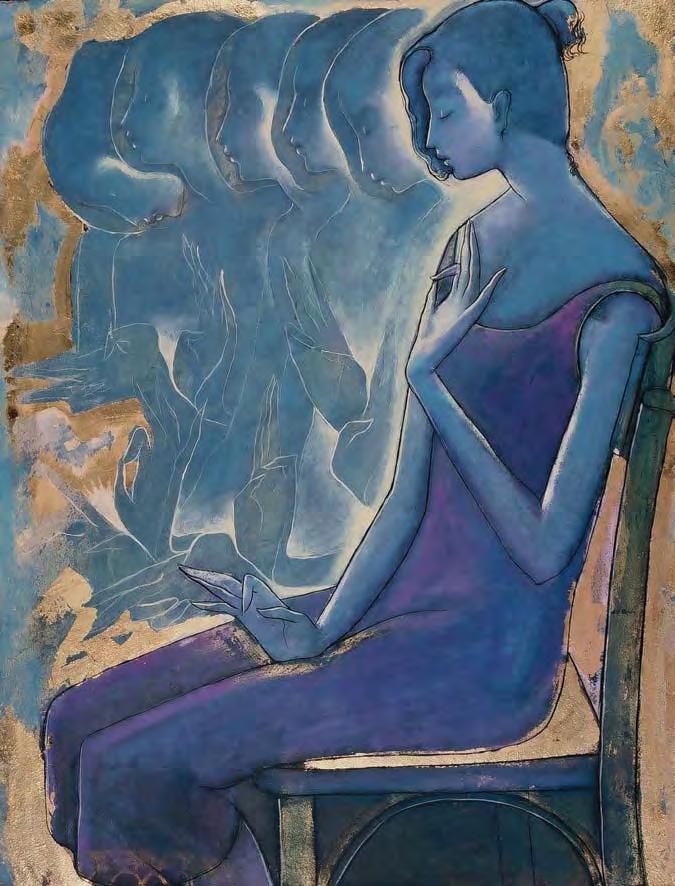
140 141 100 X 80 cm. Oil on Canvas 1995 80 X 60 cm. Oil on Wood 1996

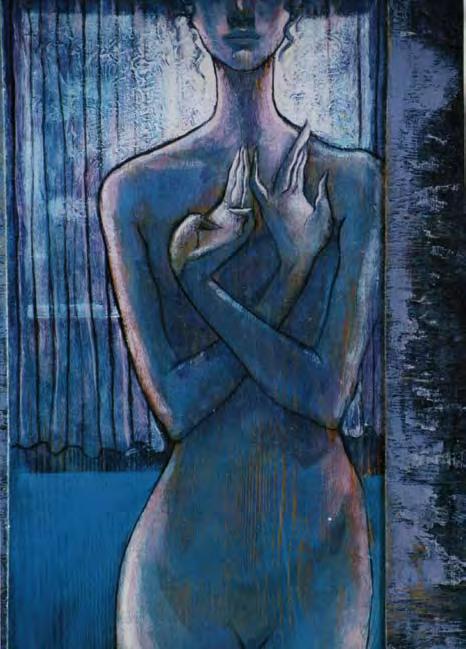
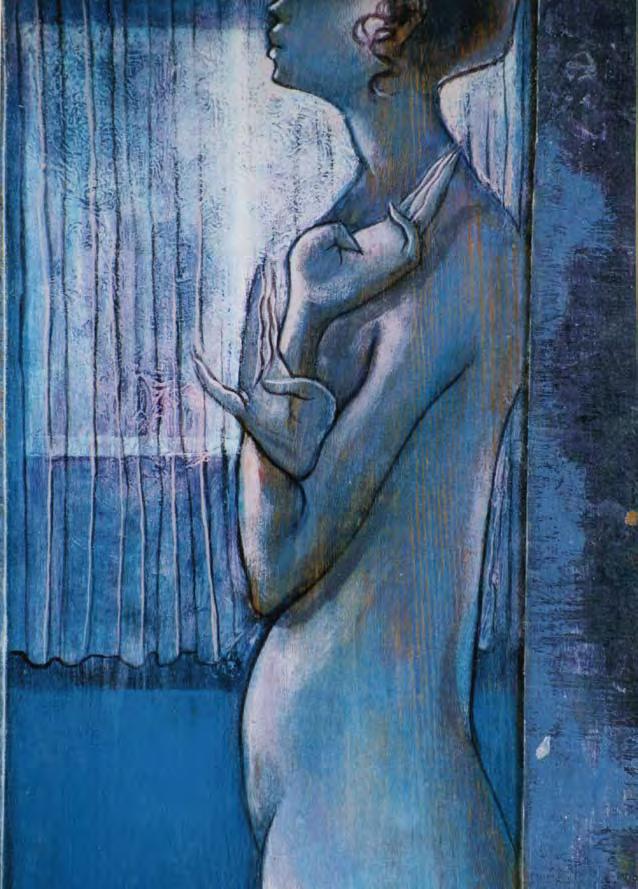
142 143 40 X 30 cm. X 3, Acrylic on Wood 2002
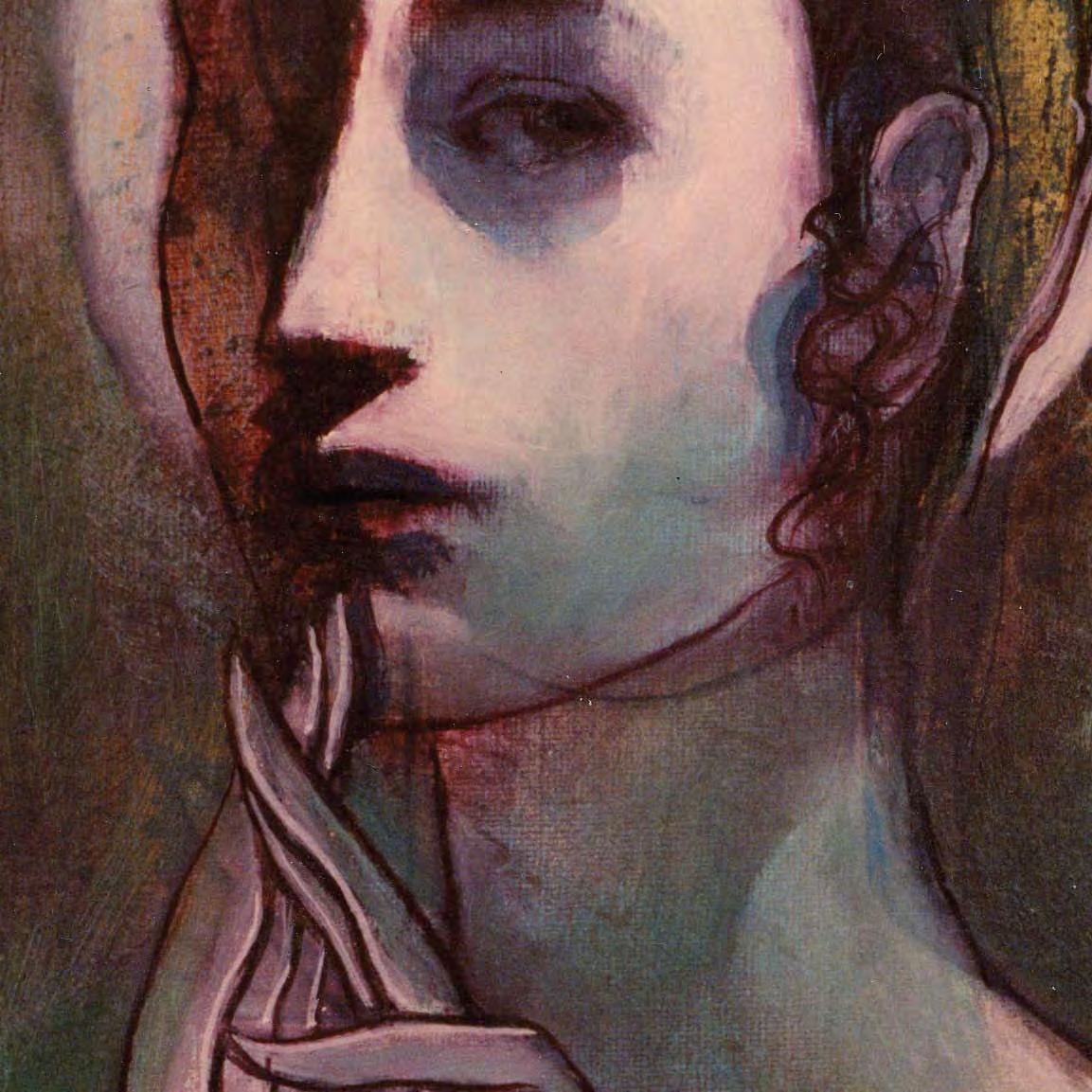

145 60 X 40 cm. Oil on Canvas 1995
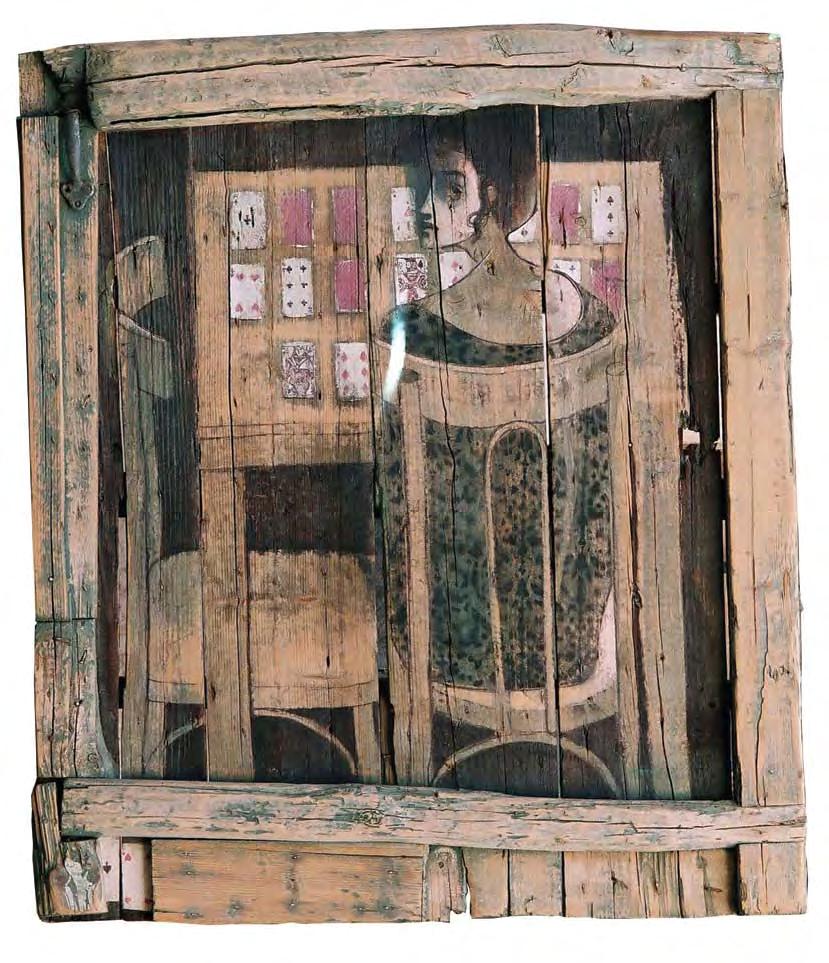

146 147 110 X 100 cm. Acrylic on Wood 2000 110 X 50 cm. Acrylic on Wood 1999


148 149 60 X 50 cm. Acrylic on Wood 1999 60 X 50 cm. Acrylic on Wood 1999
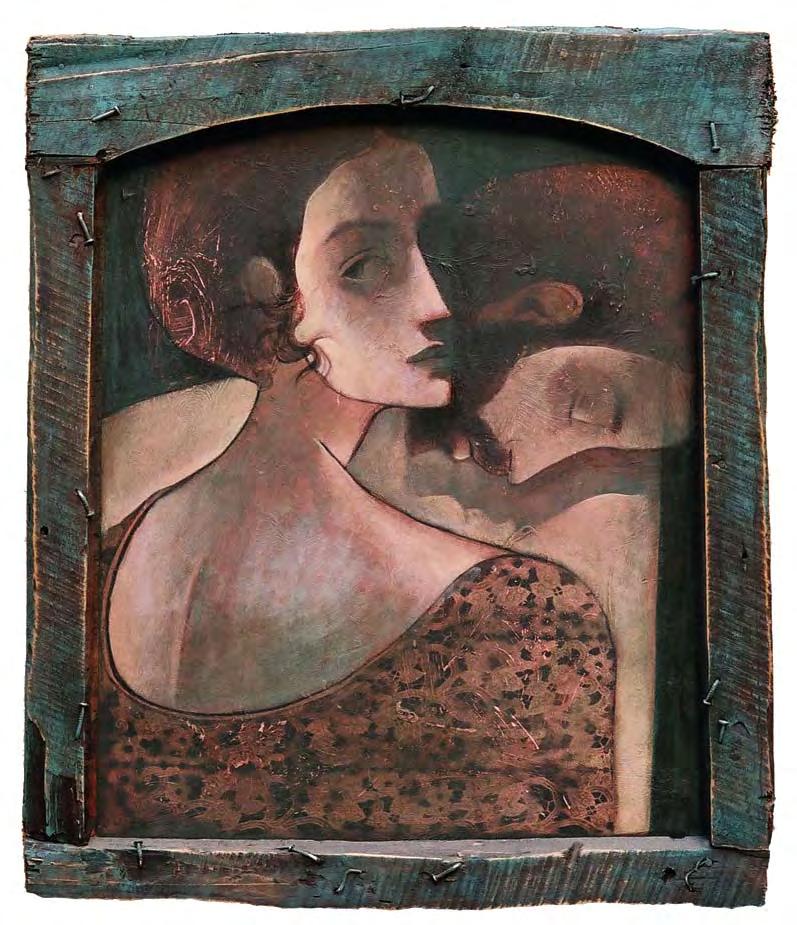

150 151 90 X 80 cm. Acrylic on Wood 1999 60 X 50 cm. Acrylic on Wood 2000
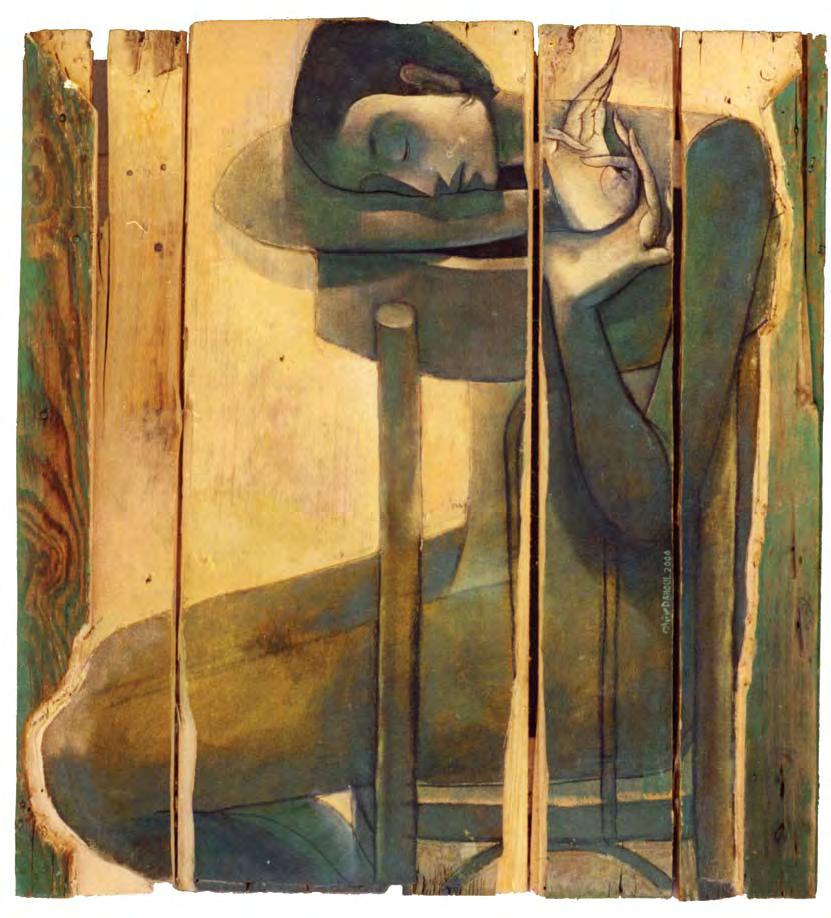
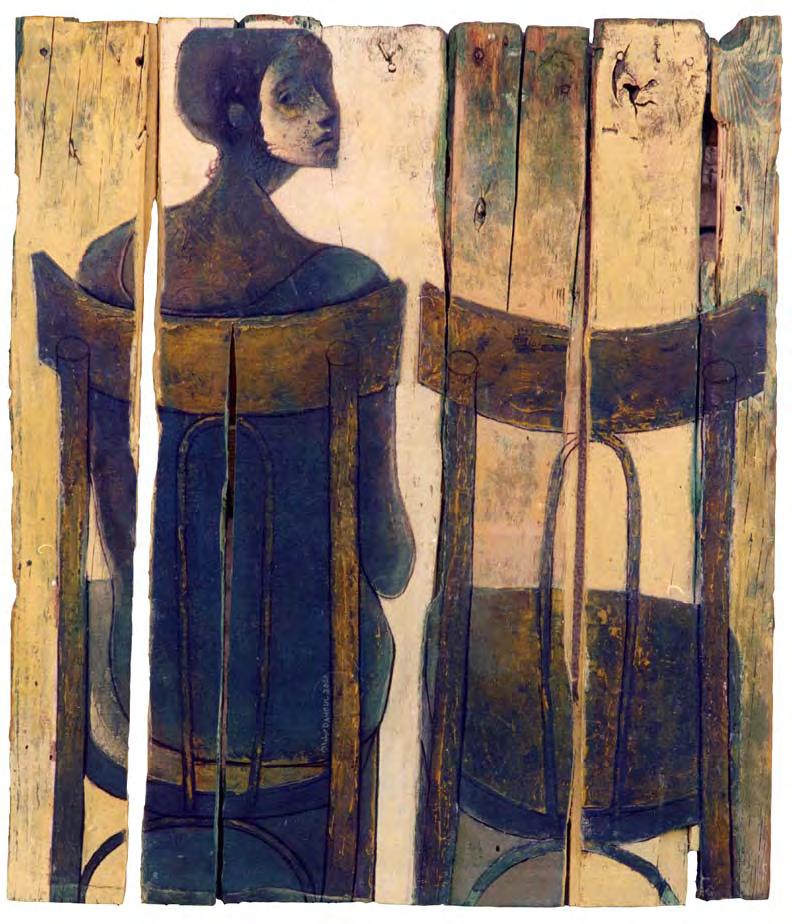
152 153 100
1999 100 X 80
1999
X 90 cm. Acrylic on Wood
cm. Acrylic on Wood



154 155 50 X 40 cm. X 3, Acrylic on Wood 1999


156 157 60 X 40 cm. Acrylic on Wood 1999 120 X 100 cm. Acrylic on Wood 1999

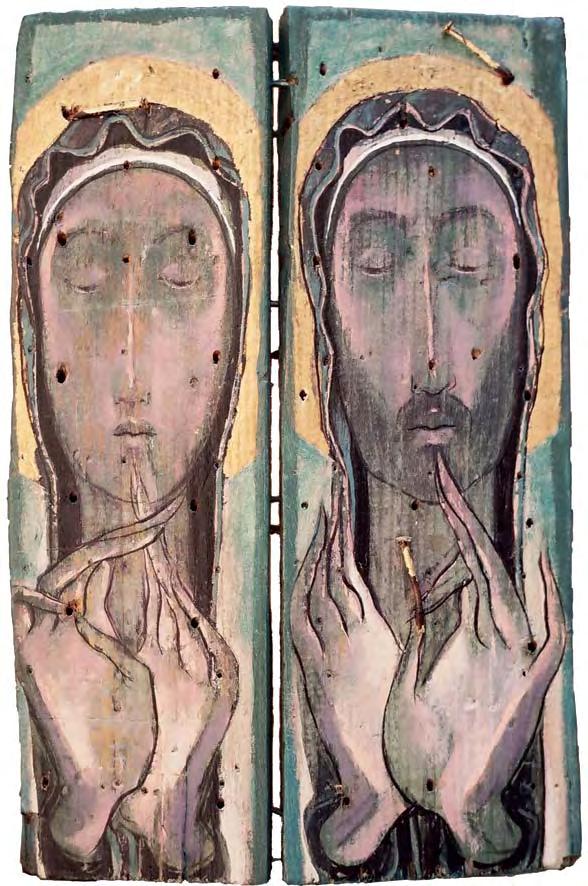
158 159 60 X 40 cm. Acrylic on Wood 1999 60 X 40 cm. Acrylic on Wood 1999
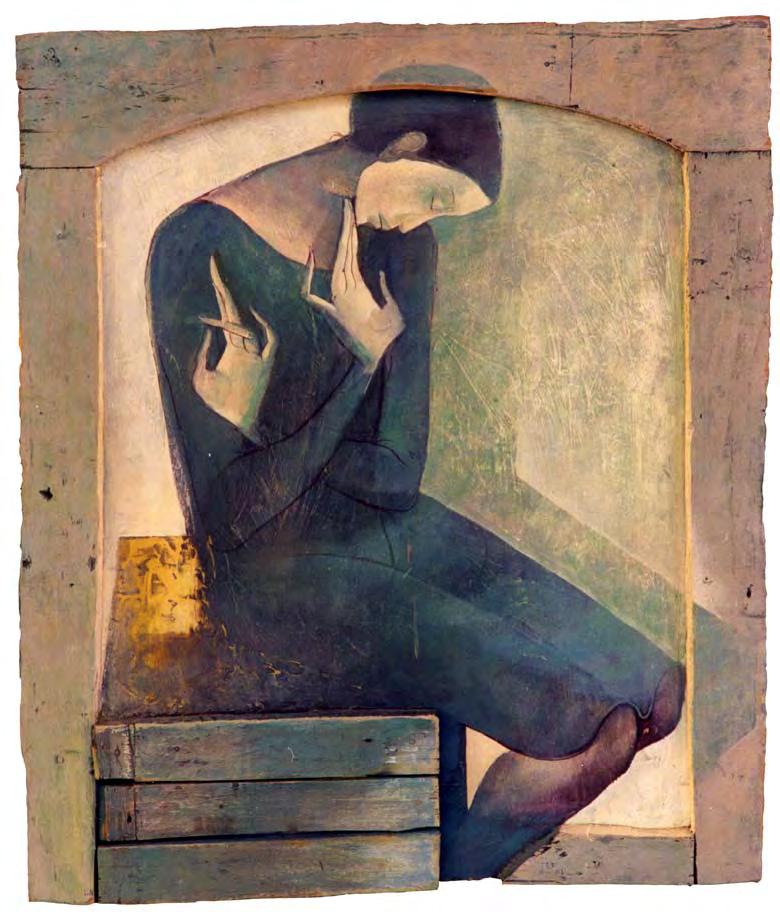

160 161 120 X 100 cm. Acrylic on Wood 2000 60 X 50 cm. Acrylic on Wood 1999

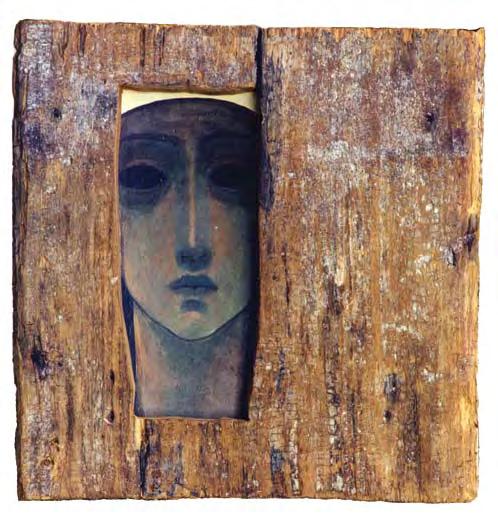

162 163 40 X 40 cm. X 3, Acrylic on Wood 1999


164 165 50 X 40 cm. Acrylic on Wood 2000 40 X 30 cm. Acrylic on Wood 1999

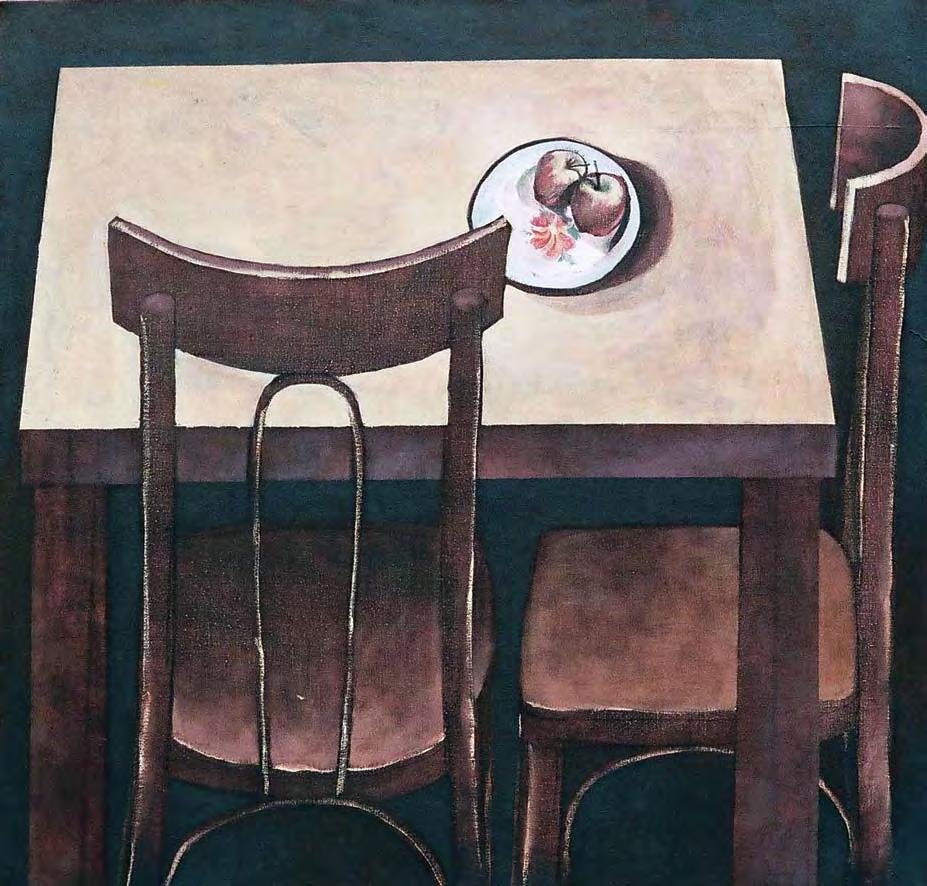
166 167 120 X 120 cm. Acrylic on Canvas 2000 80 X 80 cm. Acrylic on Canvas 2000
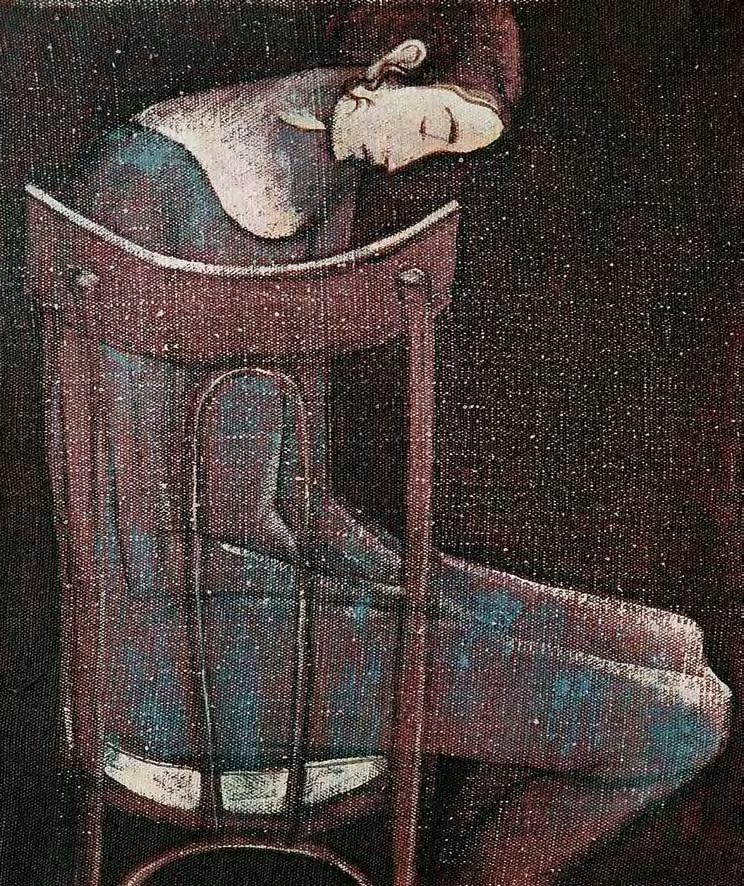
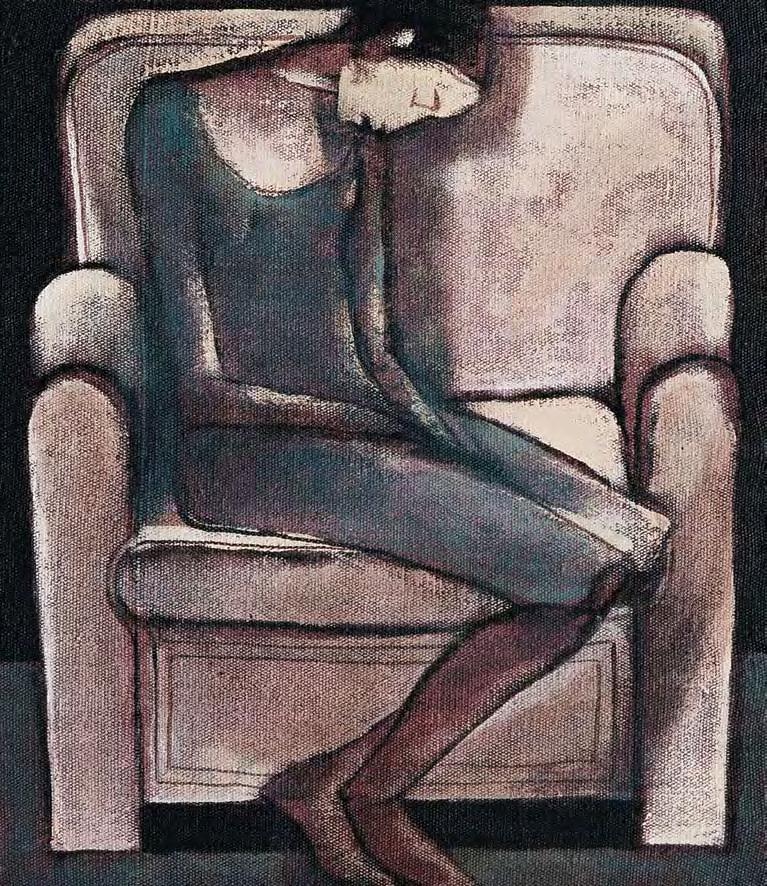
168 169 60 X 50 cm. Acrylic on Canvas 2000 60 X 50 cm. Acrylic on Canvas 2000

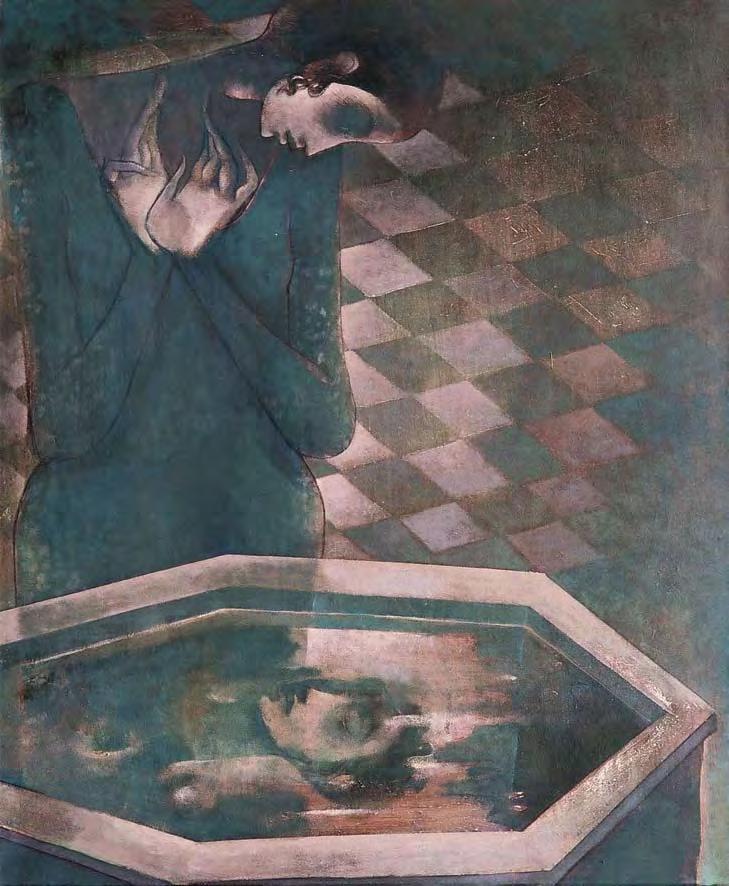
170 171 145 X 120 cm. Acrylic on Canvas 1999. 100 X 80 cm. Acrylic on Canvas 2000

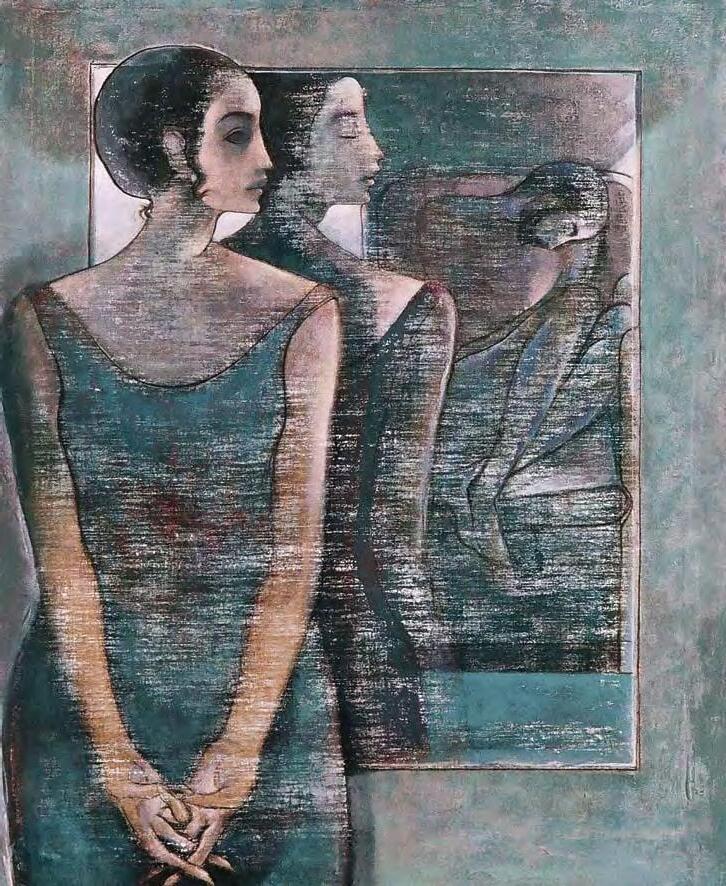
172 173 80 X 60 cm. Oil on Canvas 2000 80 X 60 cm. Oil on Canvas 2000
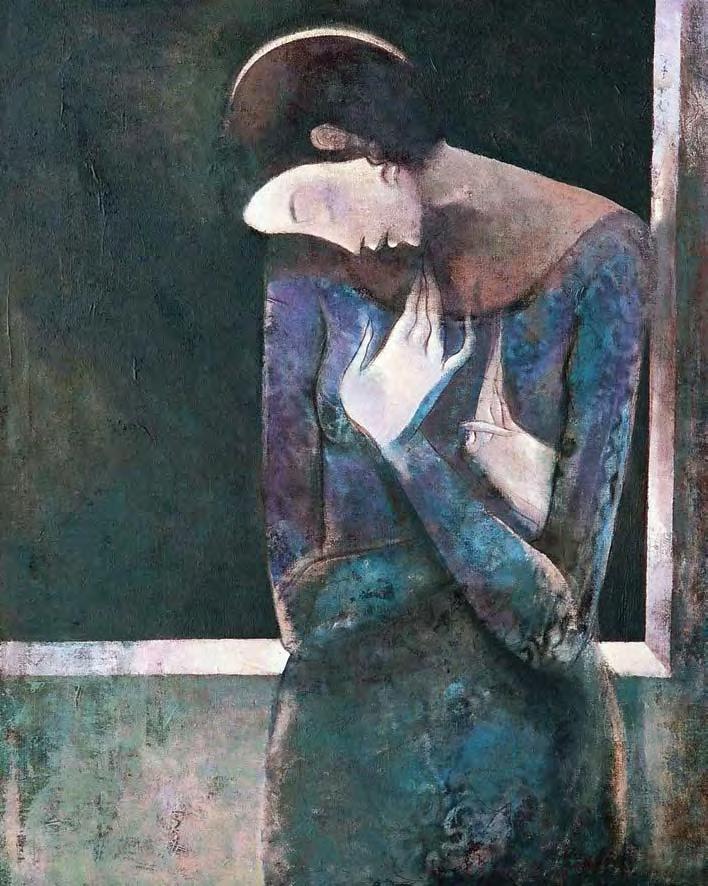

174 175 80 X 60 cm. Acrylic on Canvas 2000 30 X 40 cm. Acrylic on Canvas 1999


176 177 120 X 120 cm. Acrylic on Canvas 2000
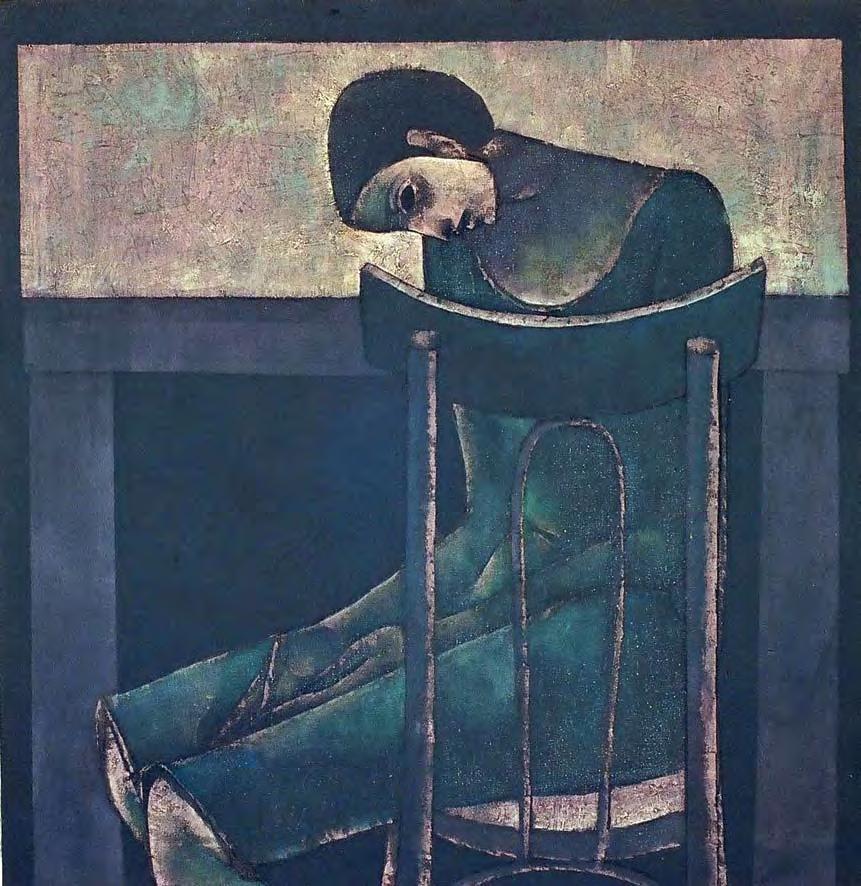

178 179 120 X 120 cm. Acrylic on Canvas 1999 60 X 50 cm. Oil on Canvas 2000


180 181 40 X 40 cm. Acrylic on Canvas 2002 40 X 40 cm. Acrylic on Canvas 2002
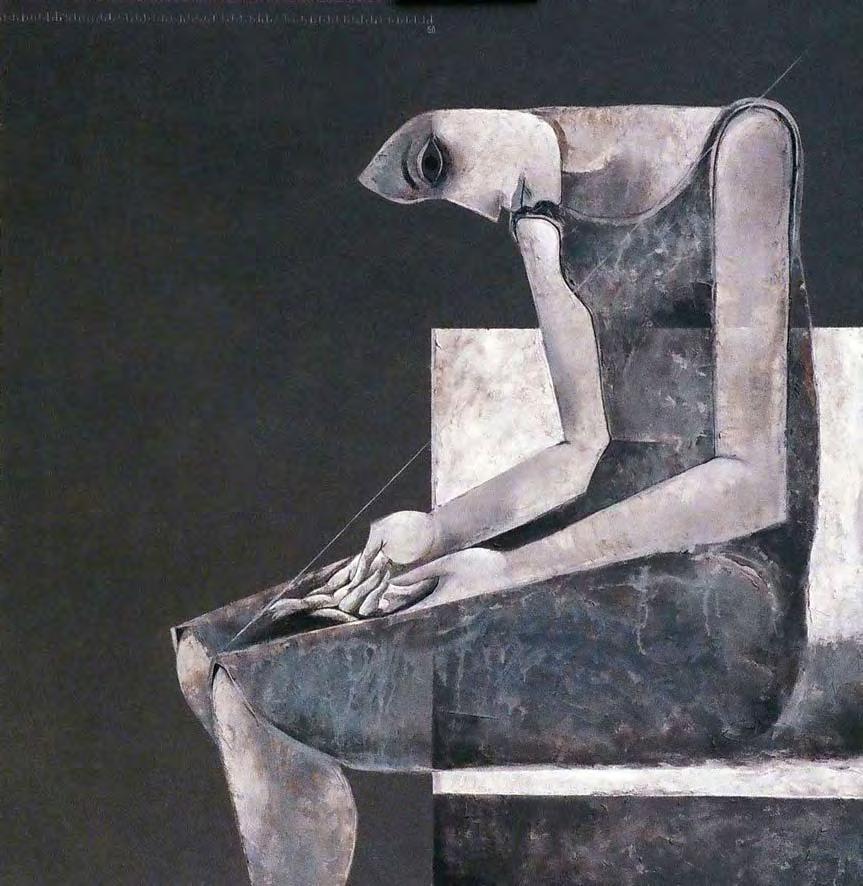
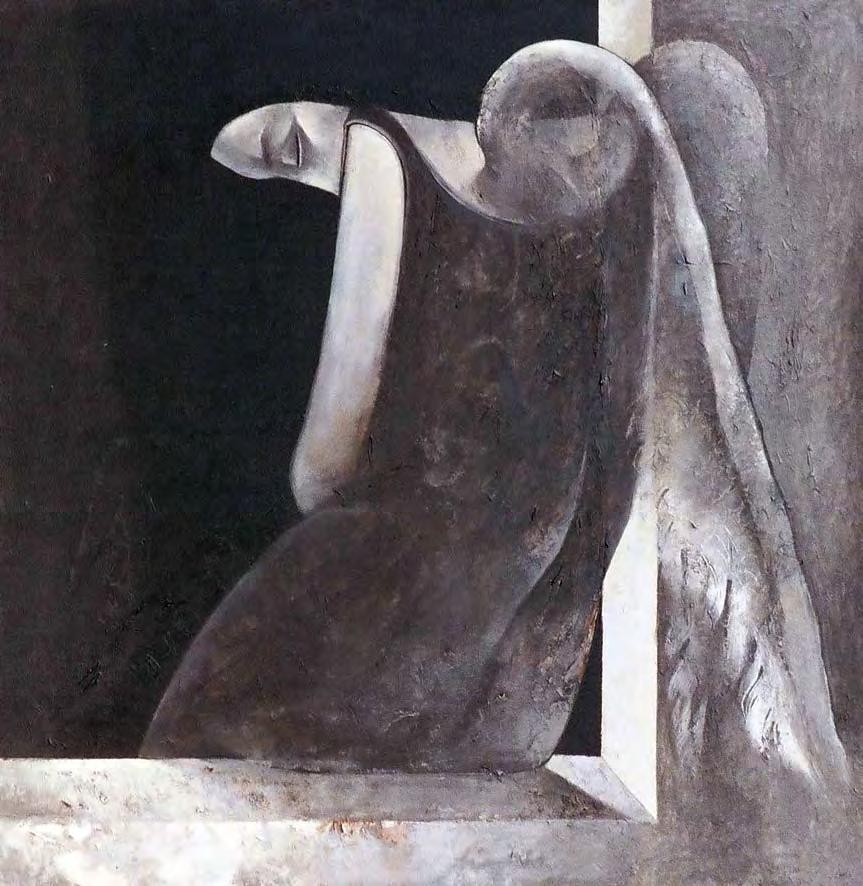
182 183 100 X 100 cm. Acrylic on Canvas 2003 120 X 120 cm. Acryilic on Canvas 2002
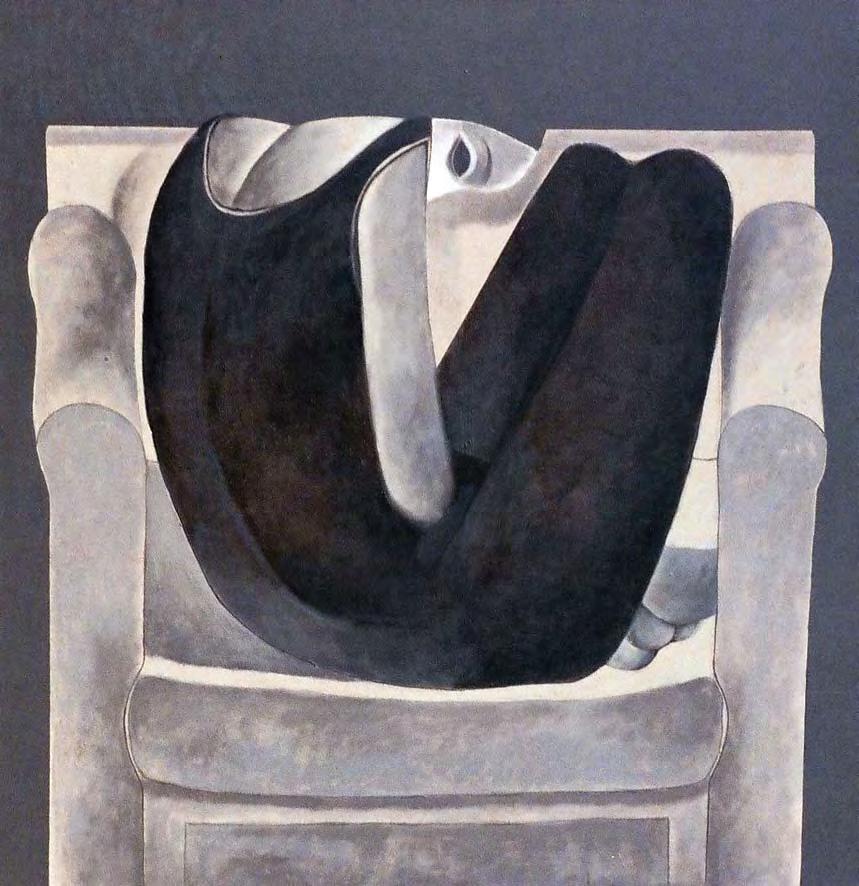

184 185 120 X 120 cm. Acrylic on Canvas 2002 120 X 120 cm. Acrylic on Canvas 2002
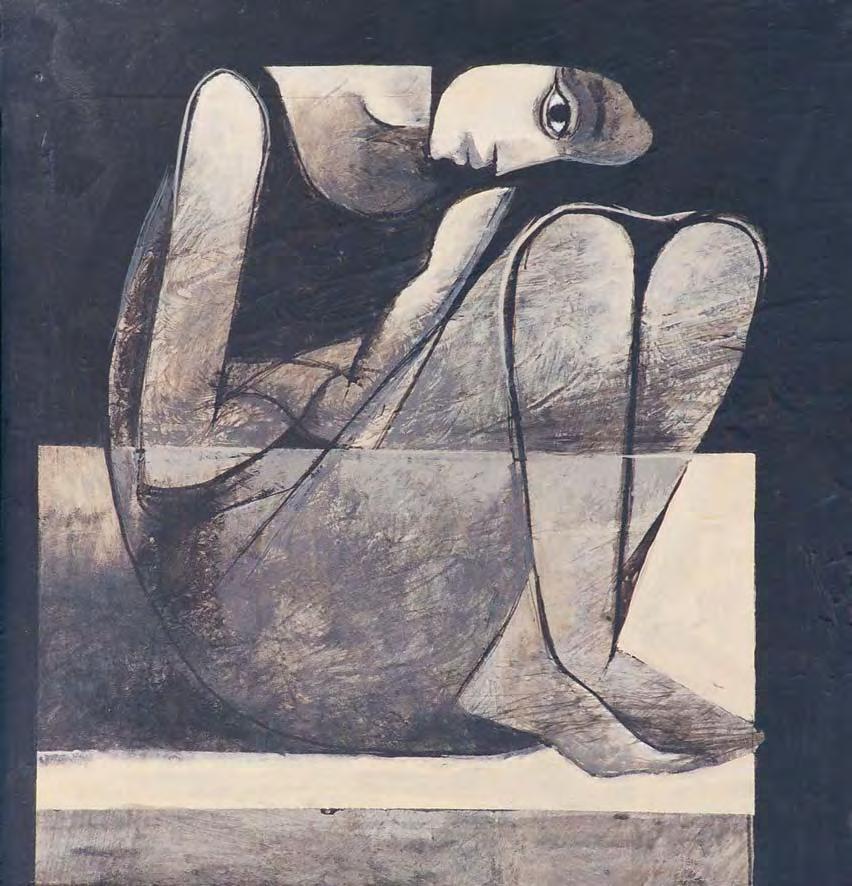
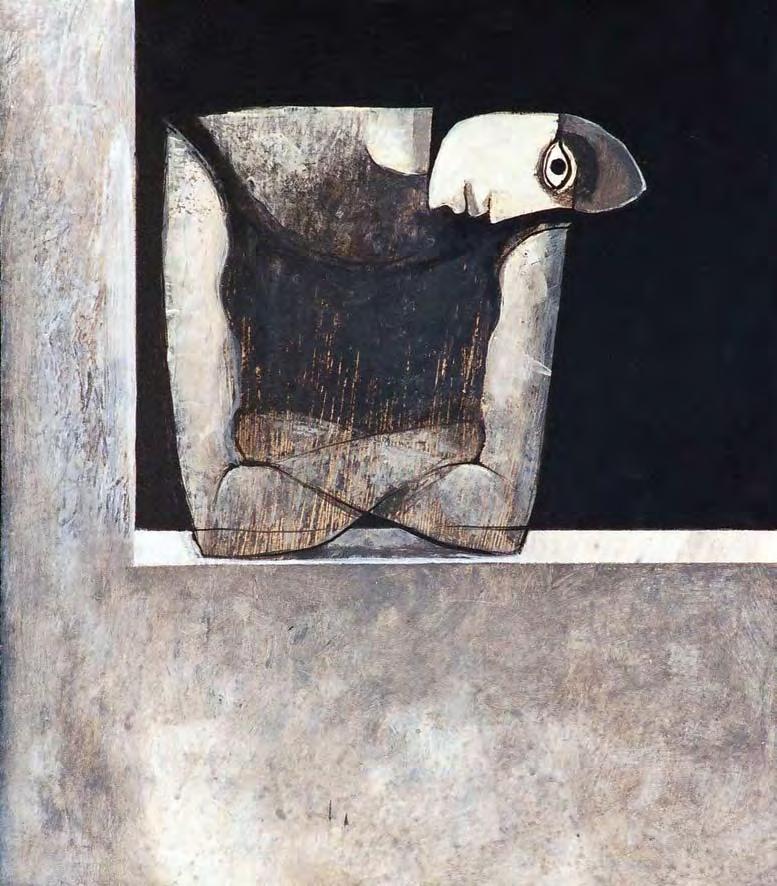
186 187 80 X 60 cm. Acrylic on Canvas 2003 80 X 60 cm. Acrylic on Canvas 2003

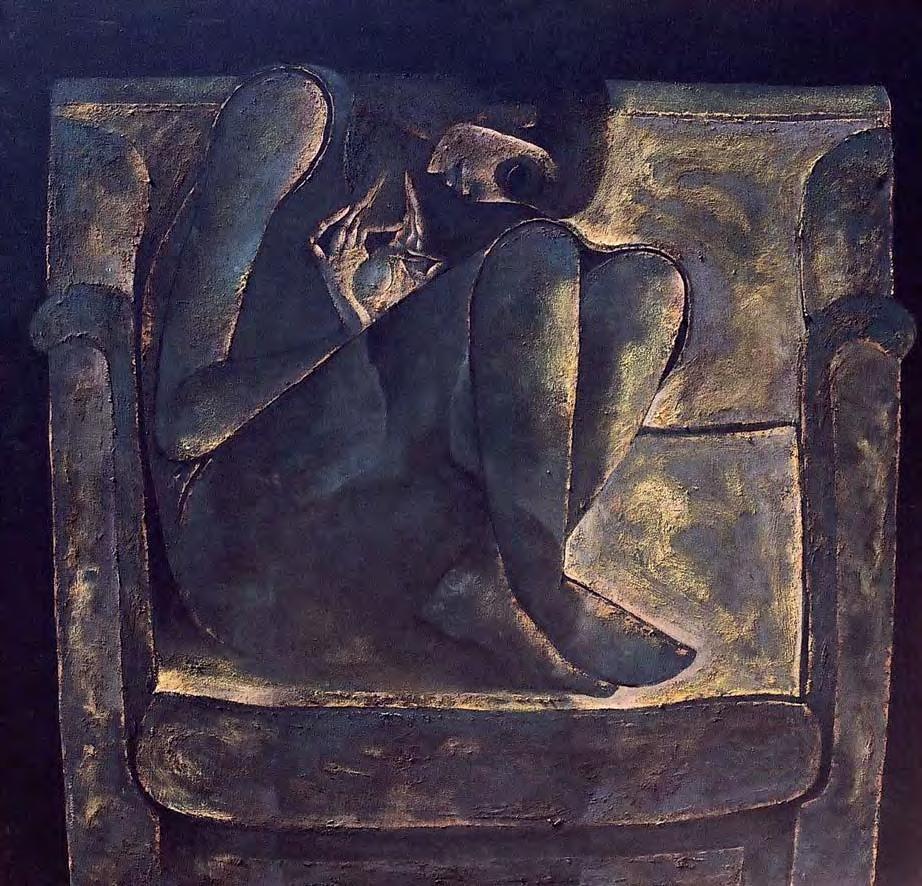
188 189 120 X 100 cm. Acrylic on Canvas 2000 120 X 120 cm. Acrylic and Sand on Canvas 2000


190 191 120 X 120 cm. Acrylic and Sand on Canvas 2003

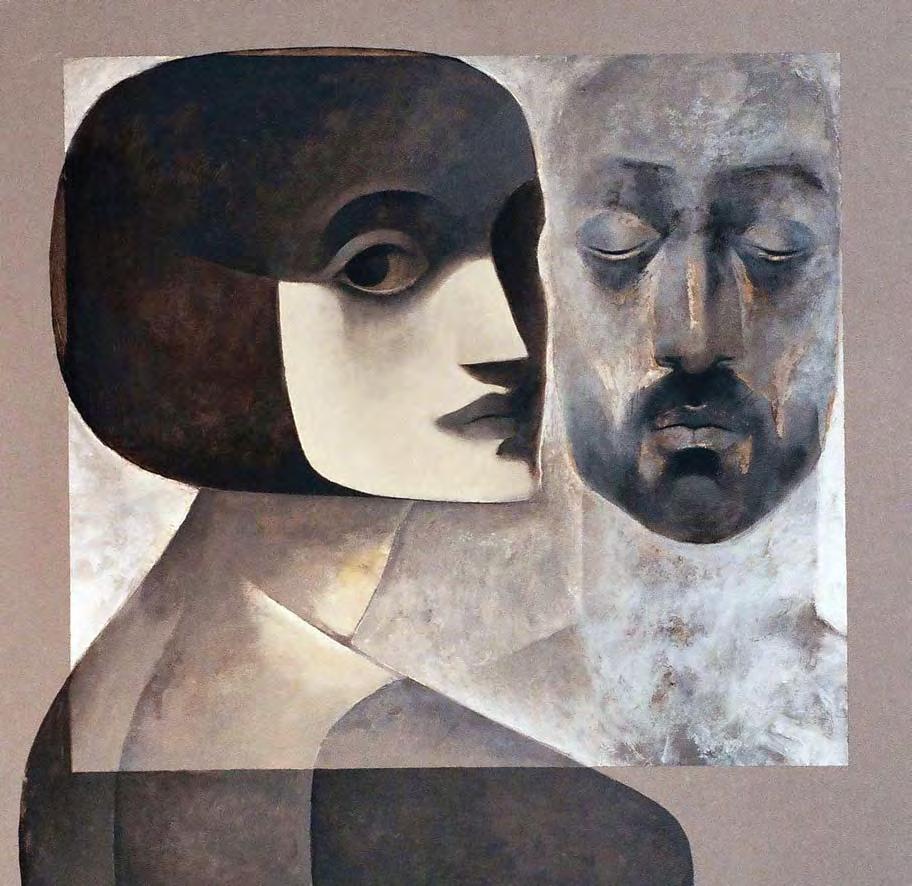
192 193 120 X 120 cm. Acrylic on Canvas 2003 120 X 120 cm. Acrylic on Canvas 2003
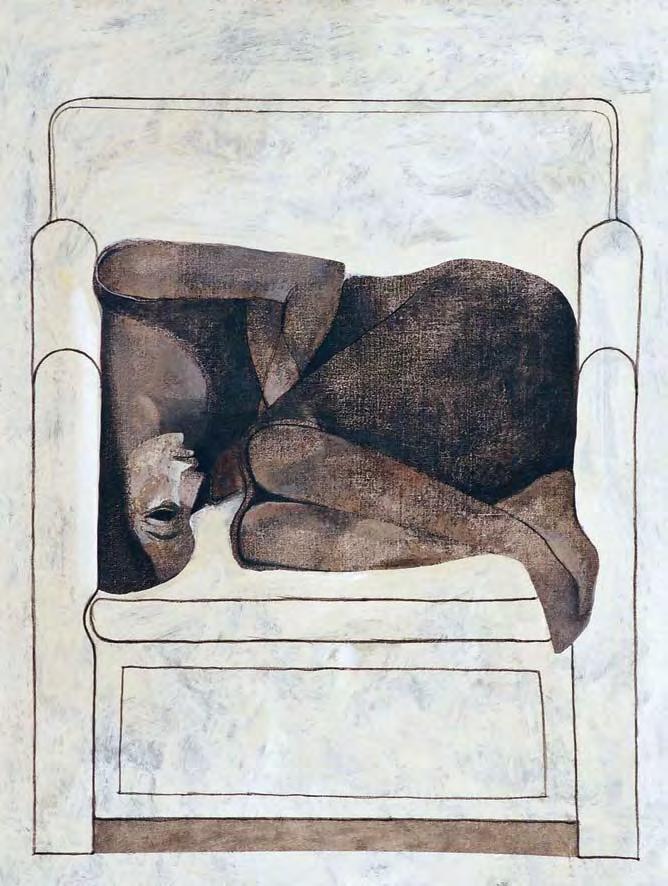
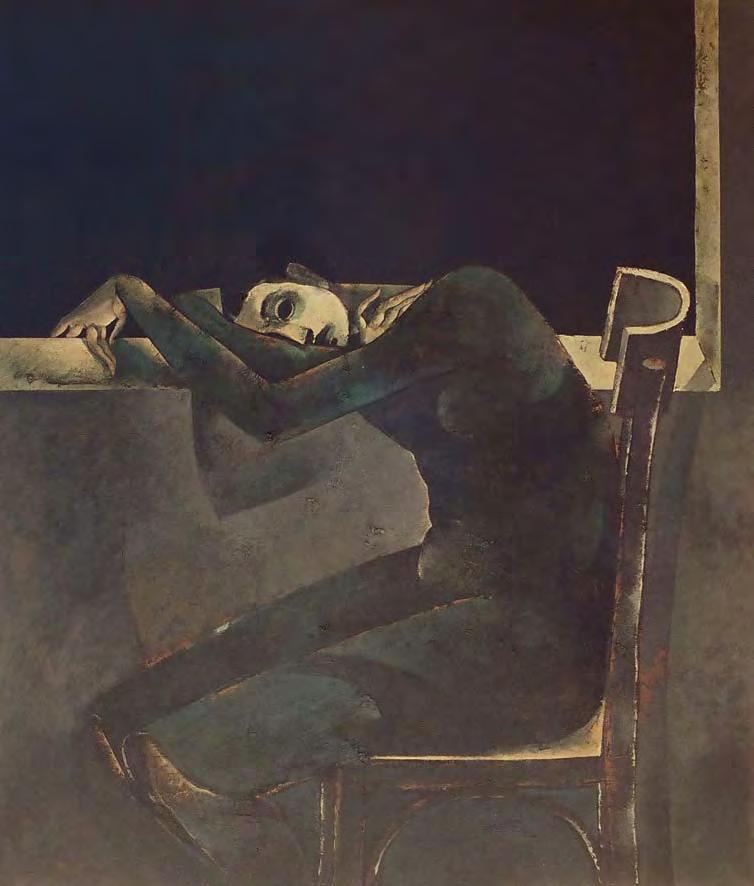
194 195 120 X 100 cm. Acrylic on Canvas 2000 80 X 60 cm. Acrylic on Canvas 2000

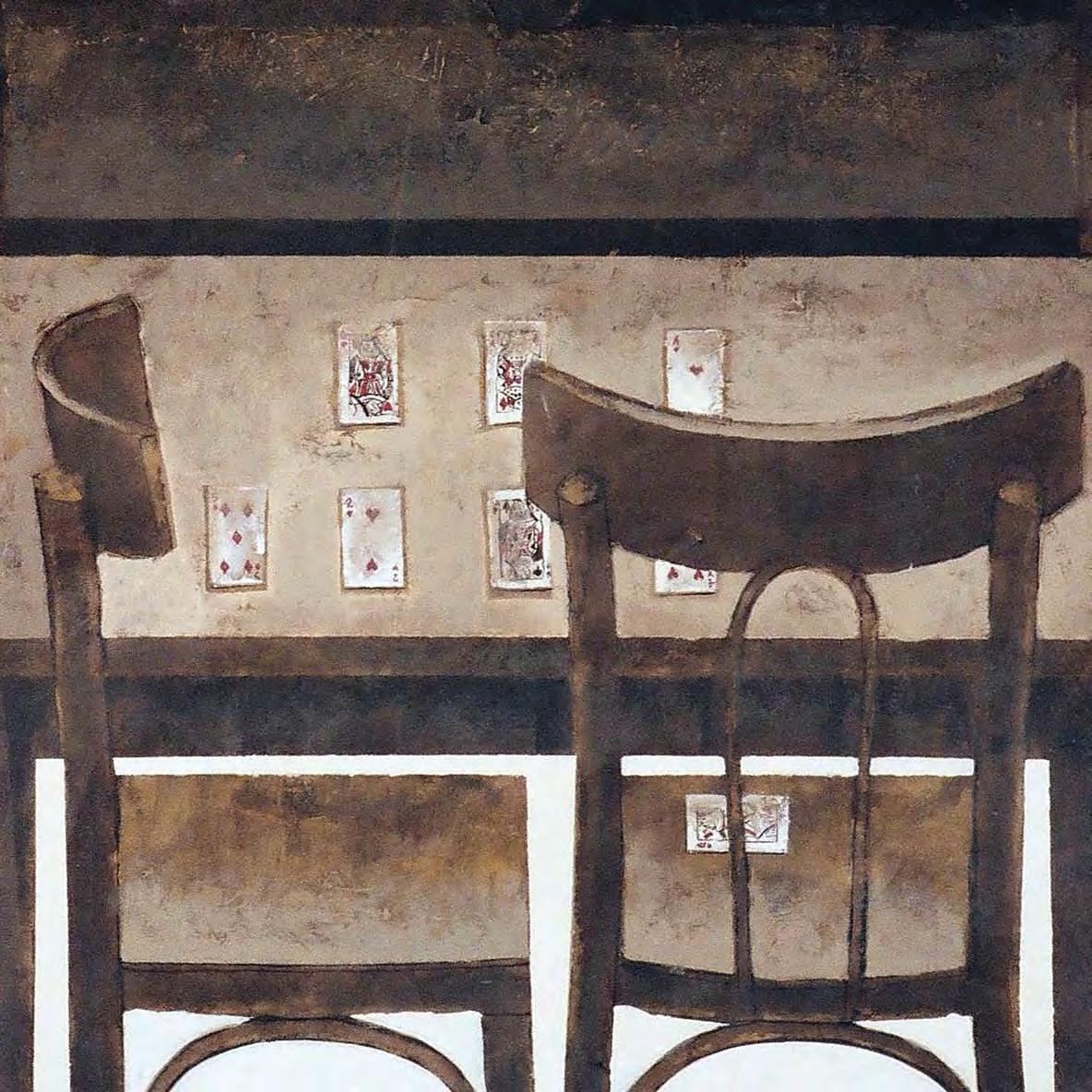
197 120 X 100 cm. Acrylic on Canvas 2003
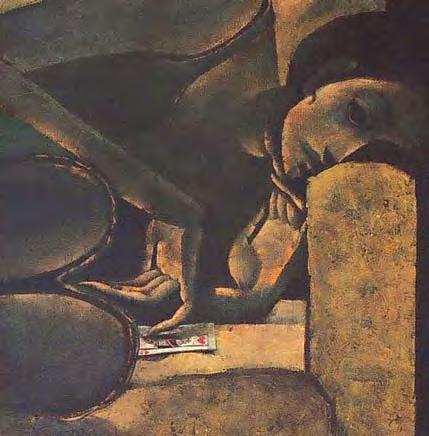

198 199 120 X 100 cm. Acrylic on Canvas 2000
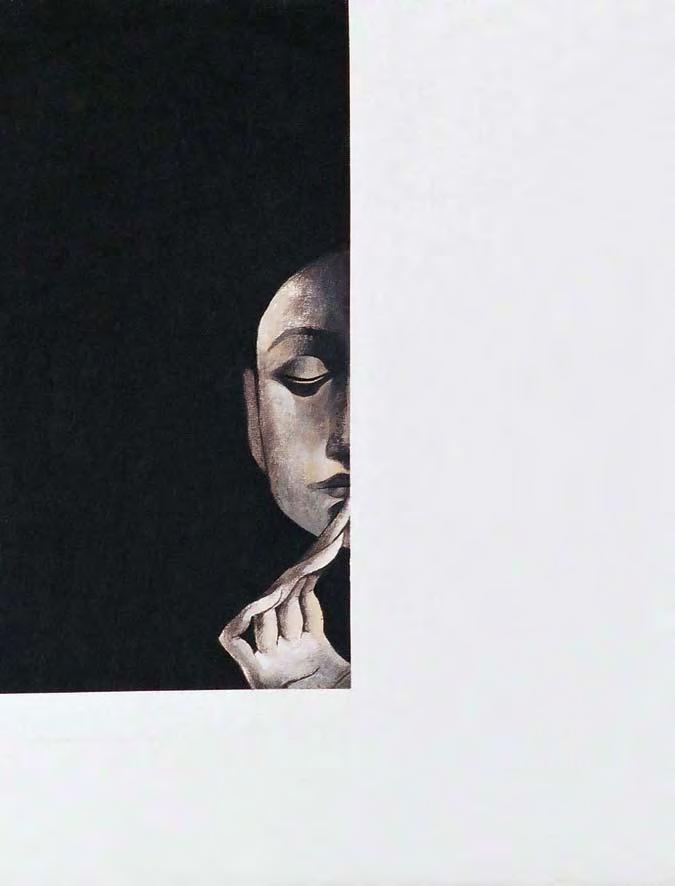
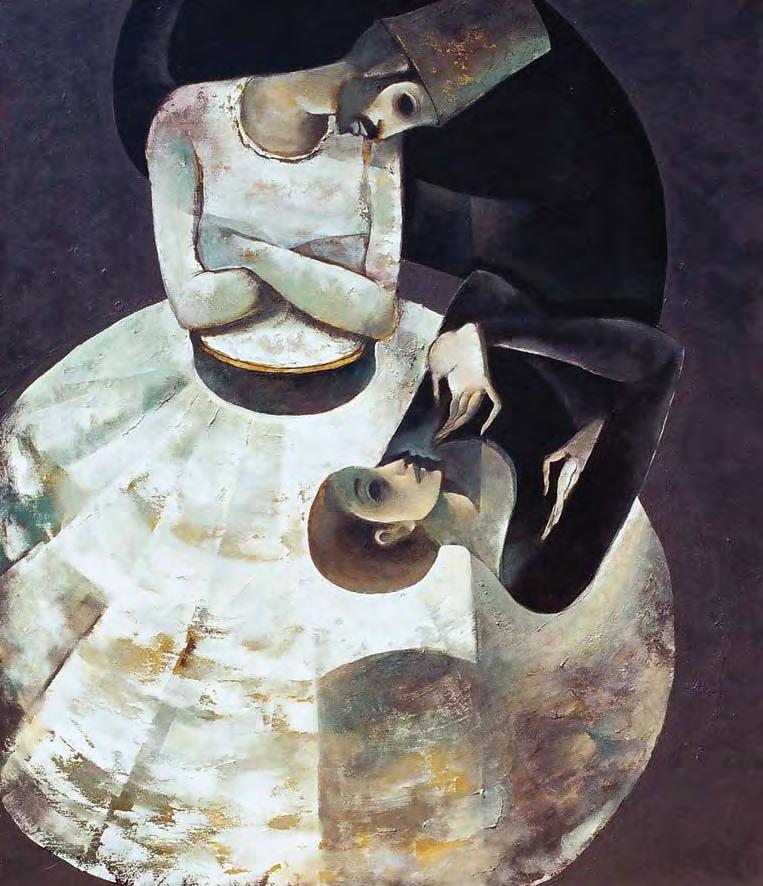
200 201 80 X 60 cm. Acrylic on Canvas 2002 145 X 120 cm. Acrylic on Canvas 2001

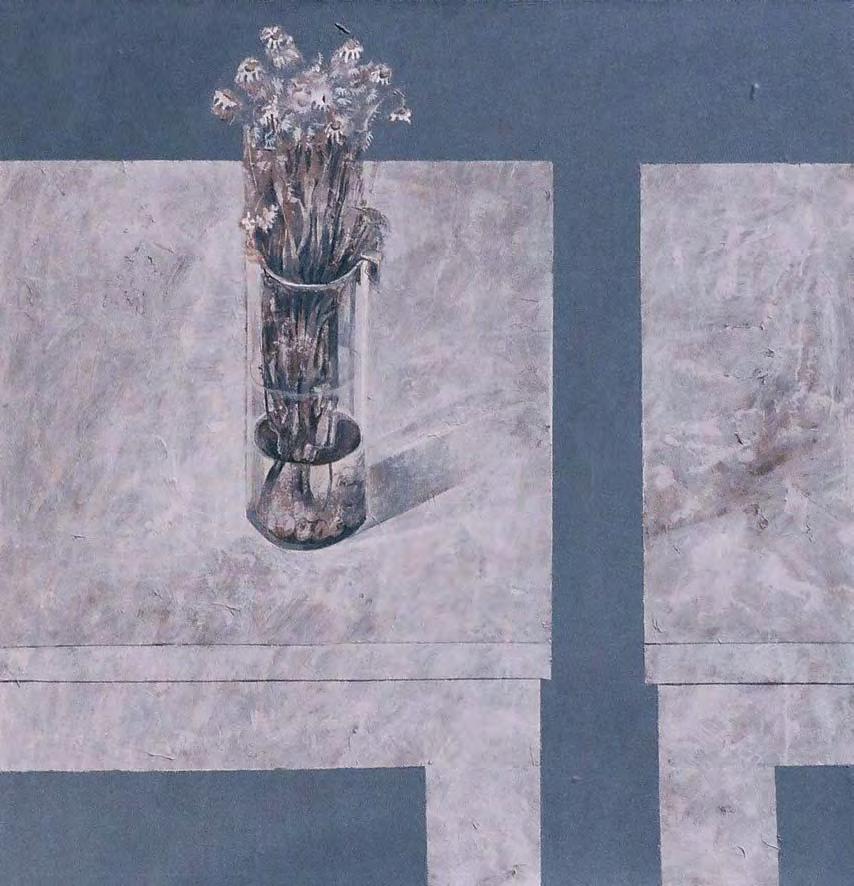
203 80 X 80 cm. Acrylic on Canvas 2002


204 205 120 X 120 cm. Acrylic on Canvas 2002 120 X 100 cm. Acrylic on Canvas 2003


206 207 80 X 60 cm. Acrylic on Canvas 2002 80 X 60 cm. Acrylic on Canvas 2002


208 209 80 X 60 cm. Acrylic on Canvas 2002 80 X 60 cm. Acrylic on Canvas 2001
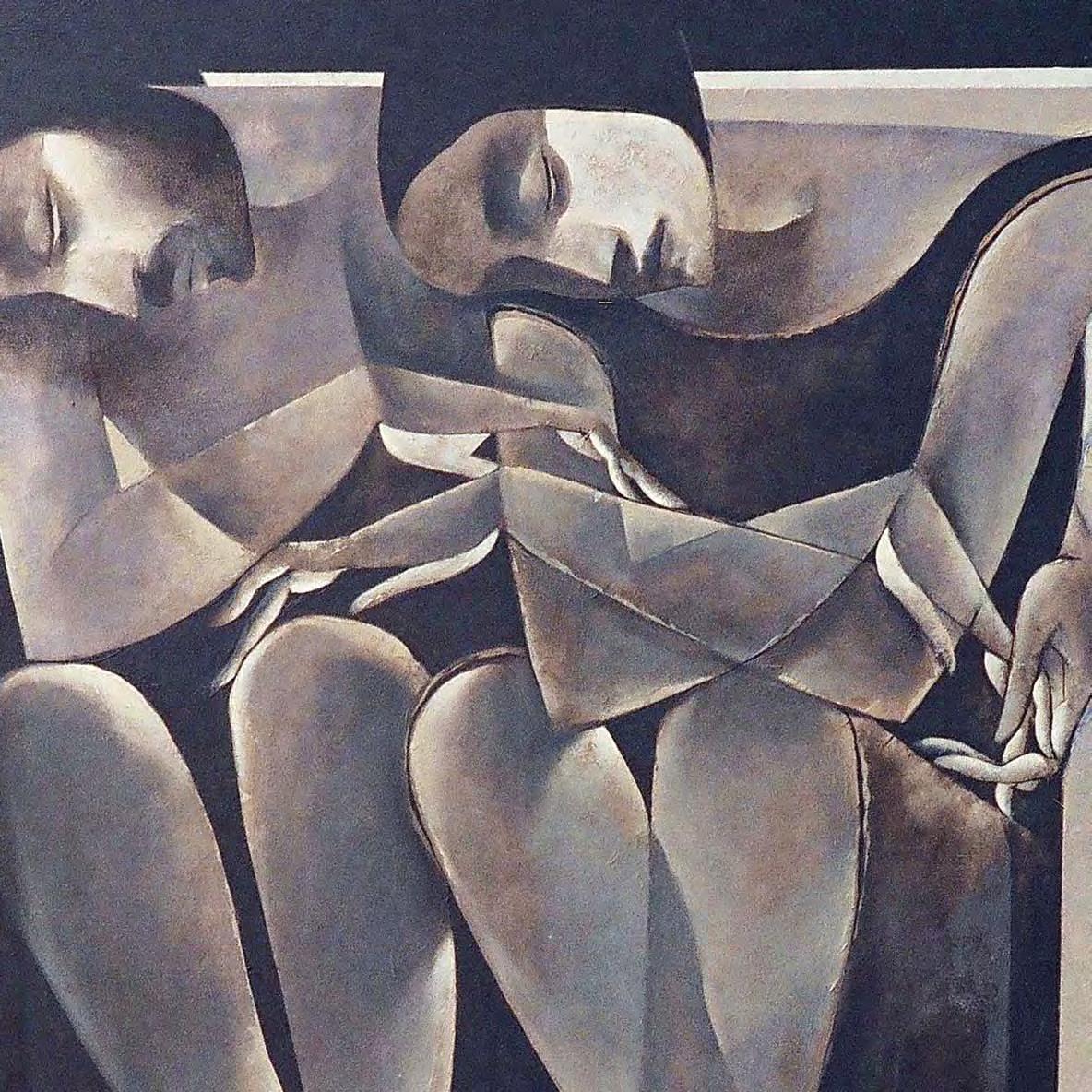

211 120 X 120 cm. Acrylic on Canvas 2003


212 213 120 X 120 cm. Acrylic on Canvas 2000 120 X 100 cm. Acrylic on Canvas 2002
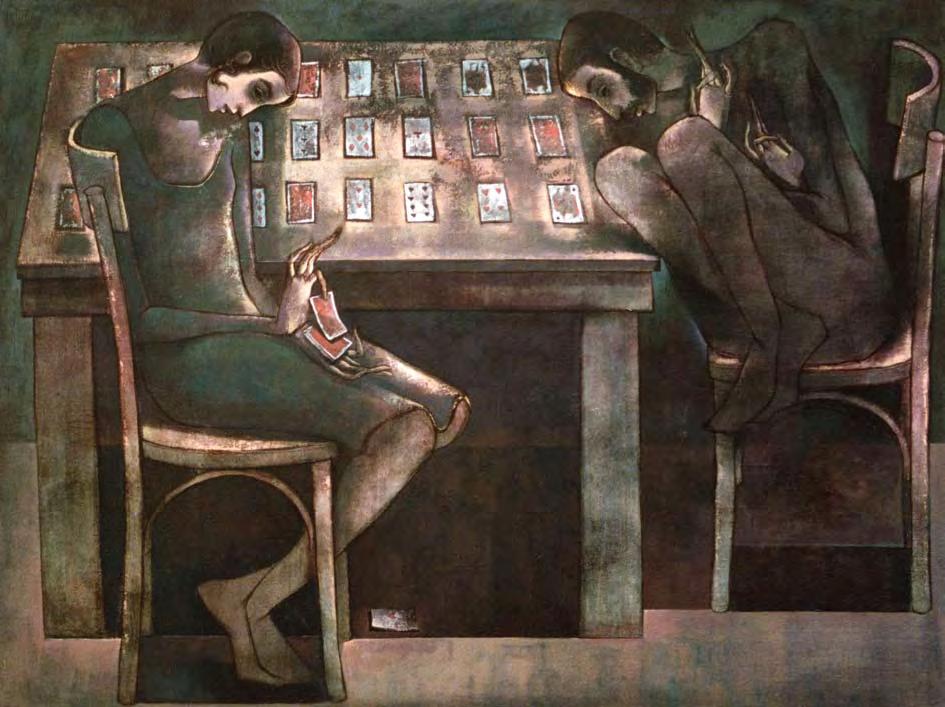
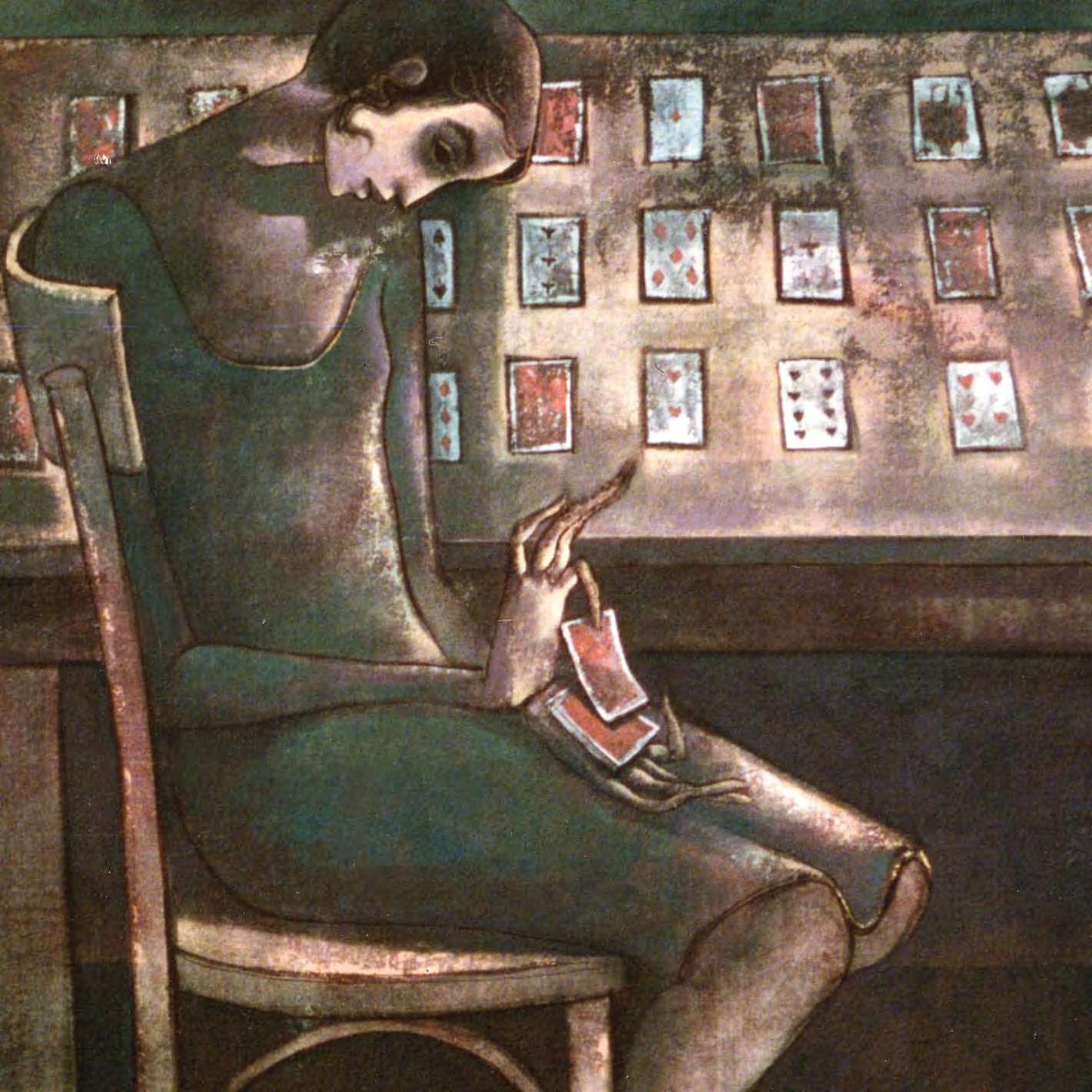
215 160 X 120 cm. Acrylic on Canvas 1999
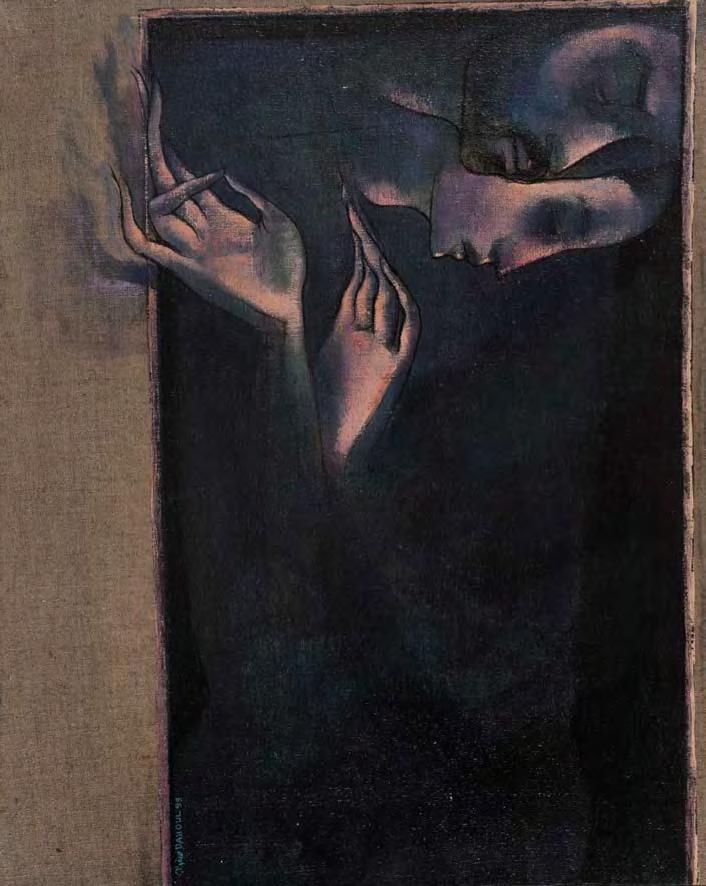

216 217 60 X 40 cm. Acrylic on Canvas 2000 160 X 120 cm. Acrylic on Canvas 1999
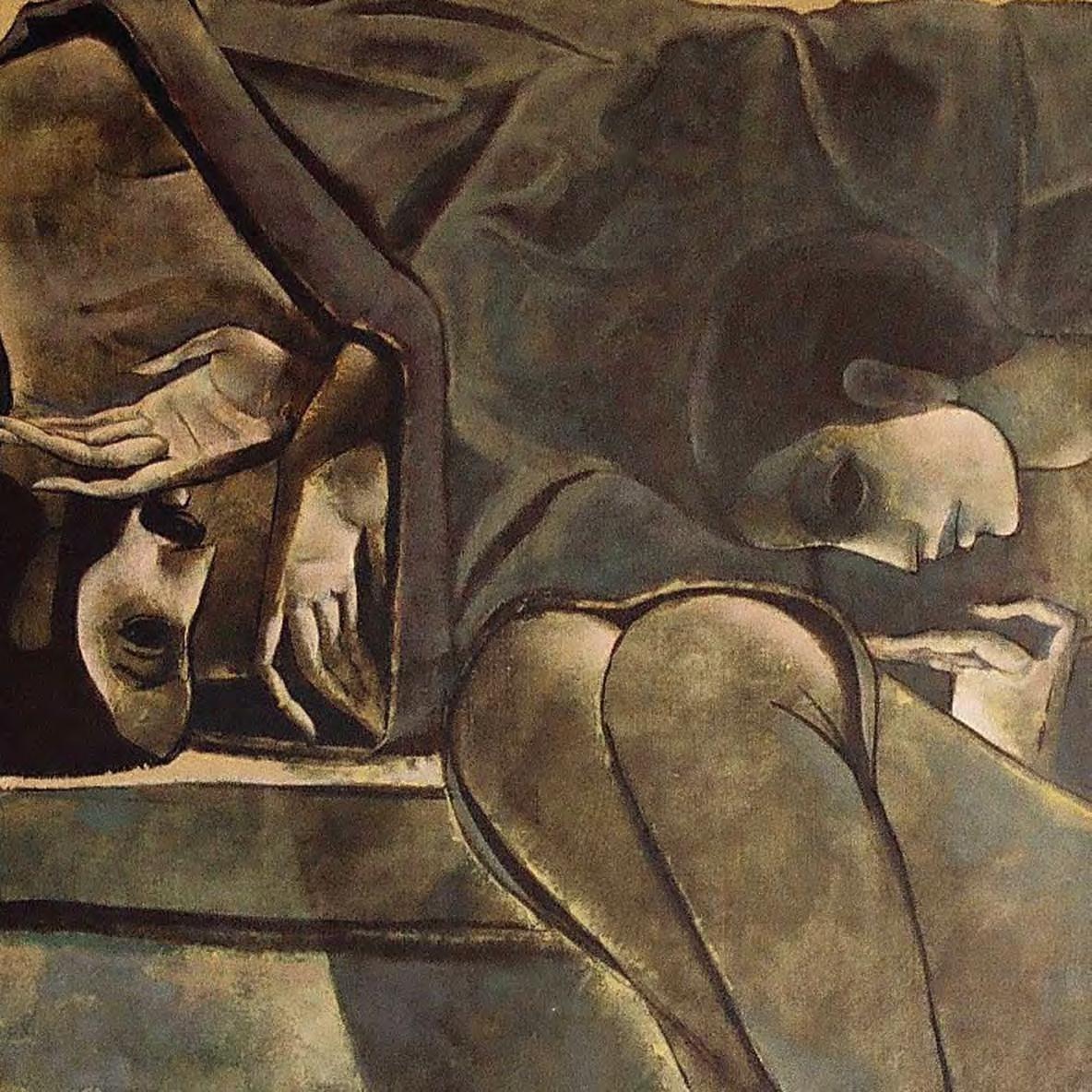
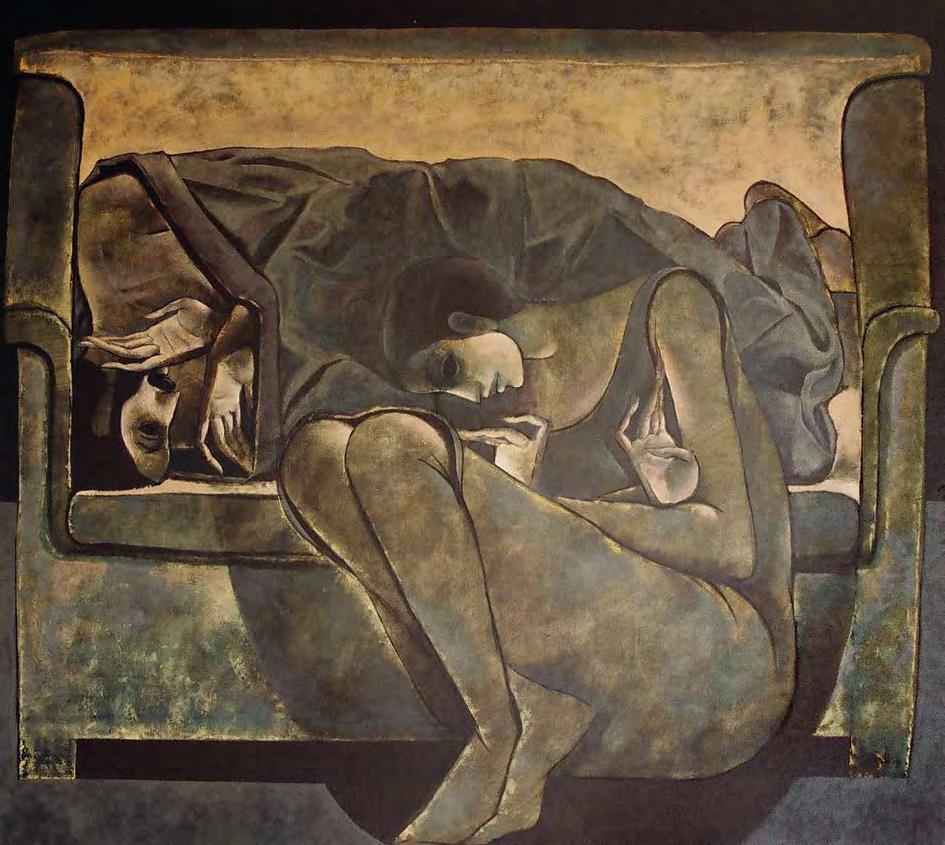
219 120 X 145 cm. Acrylic on Canvas 2003
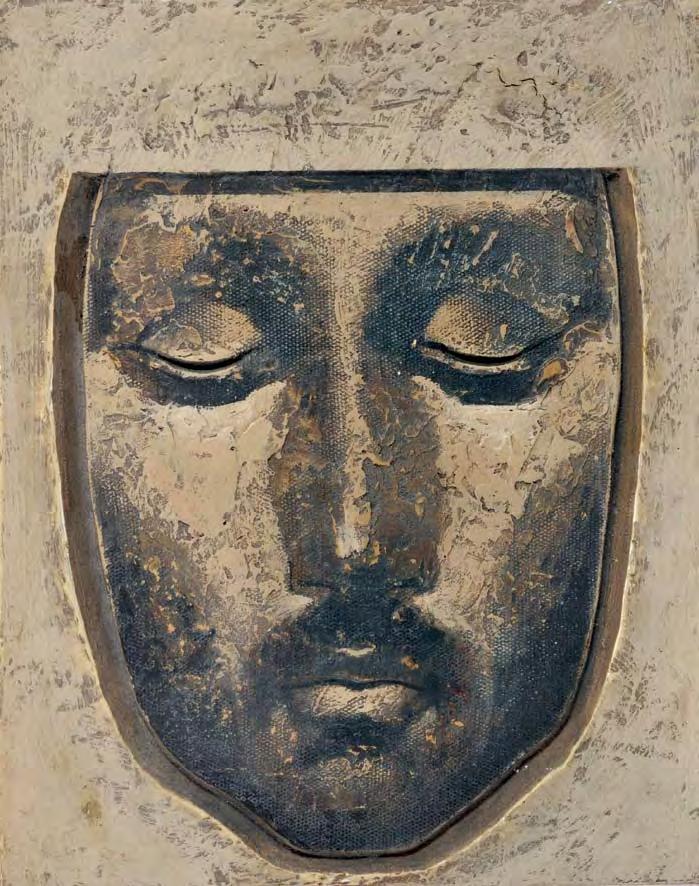

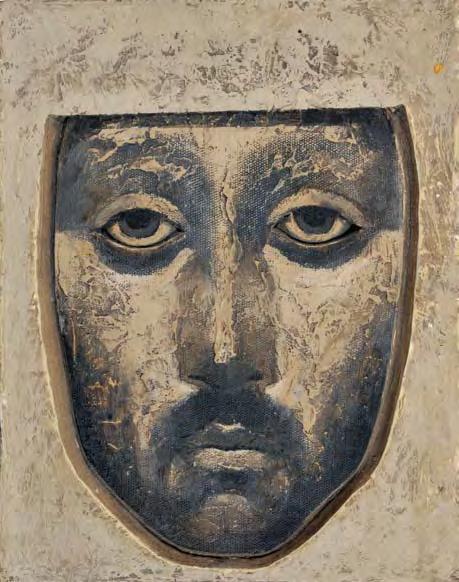
220 221 30 X 20 cm. X 3, Acrylic on Wood 2002

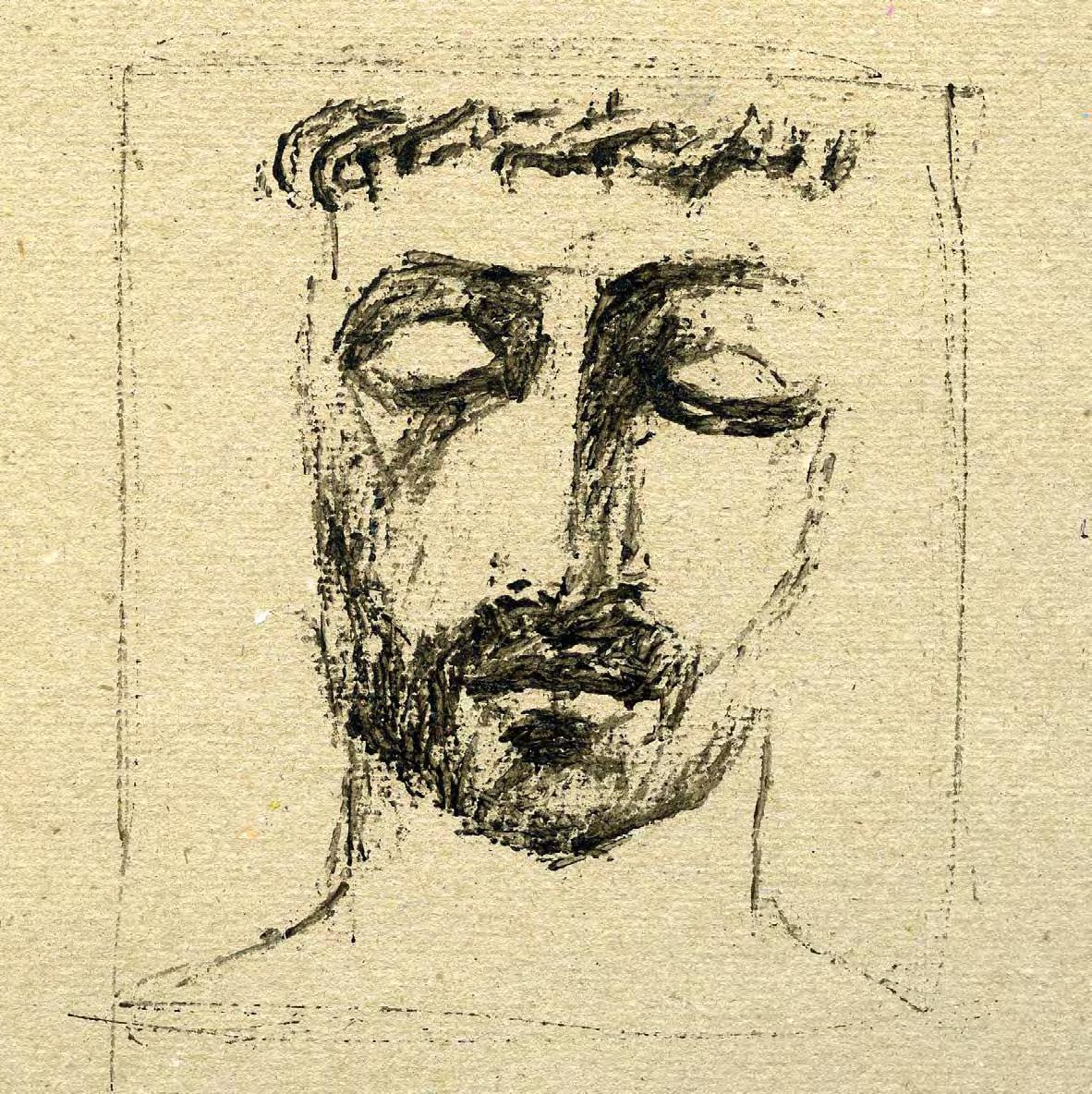

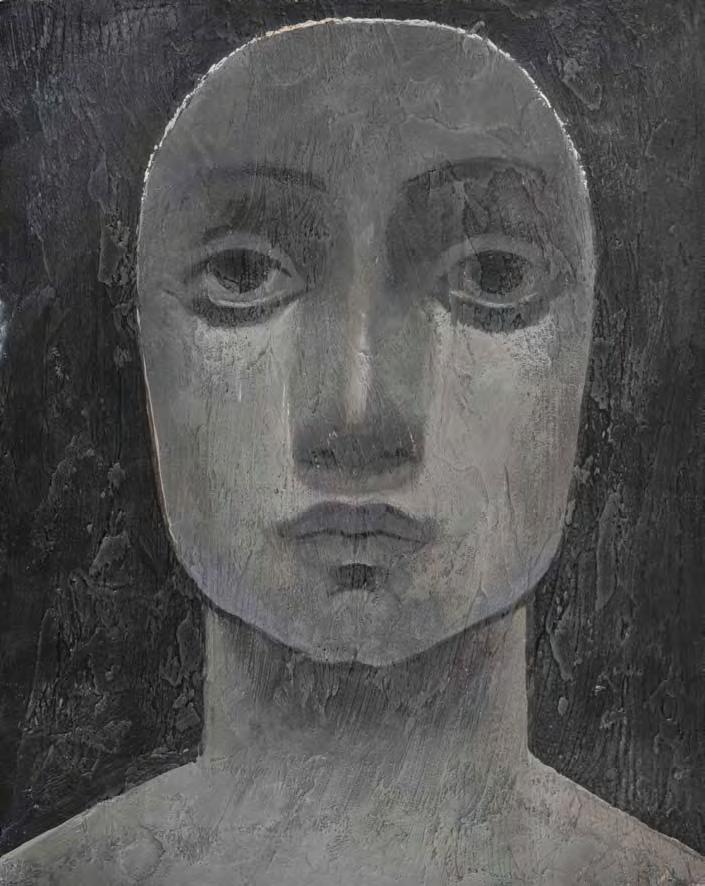
224 225 30 X 30 cm. Acrylic on Canvas 2002 30 X 20 cm. Acrylic on Canvas 2002

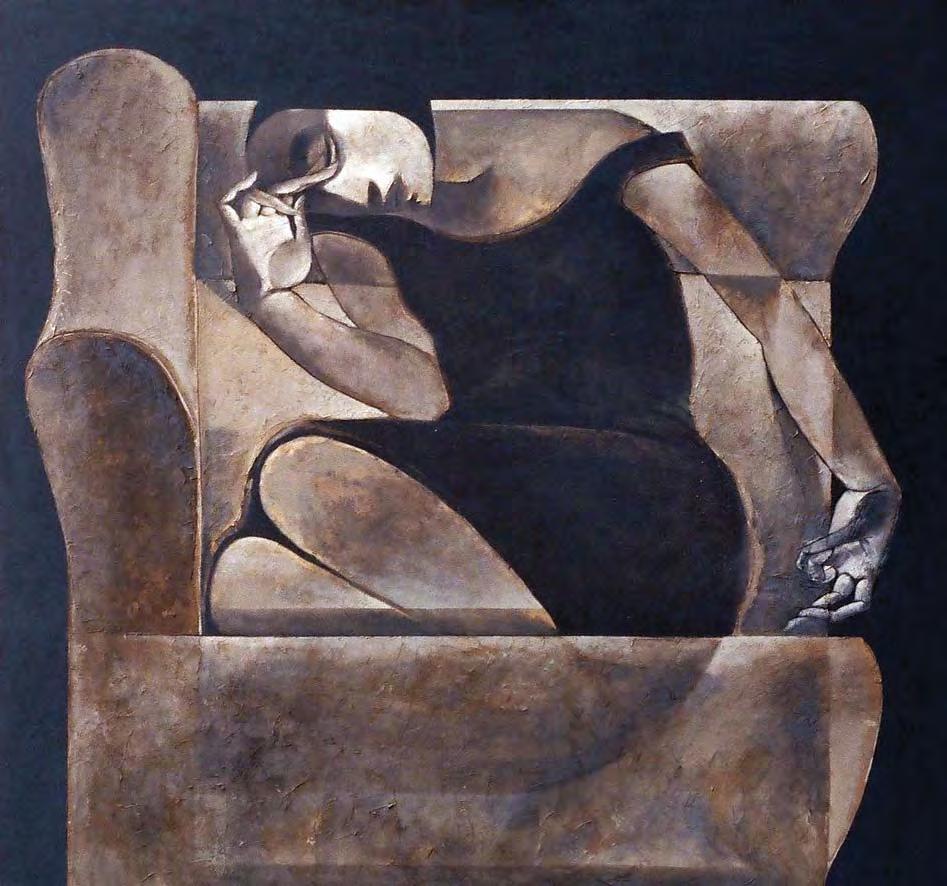
226 227 145 X 145 cm. Acrylic on Canvas 2003 120 X 120 cm. Acrylic on Canvas 2003
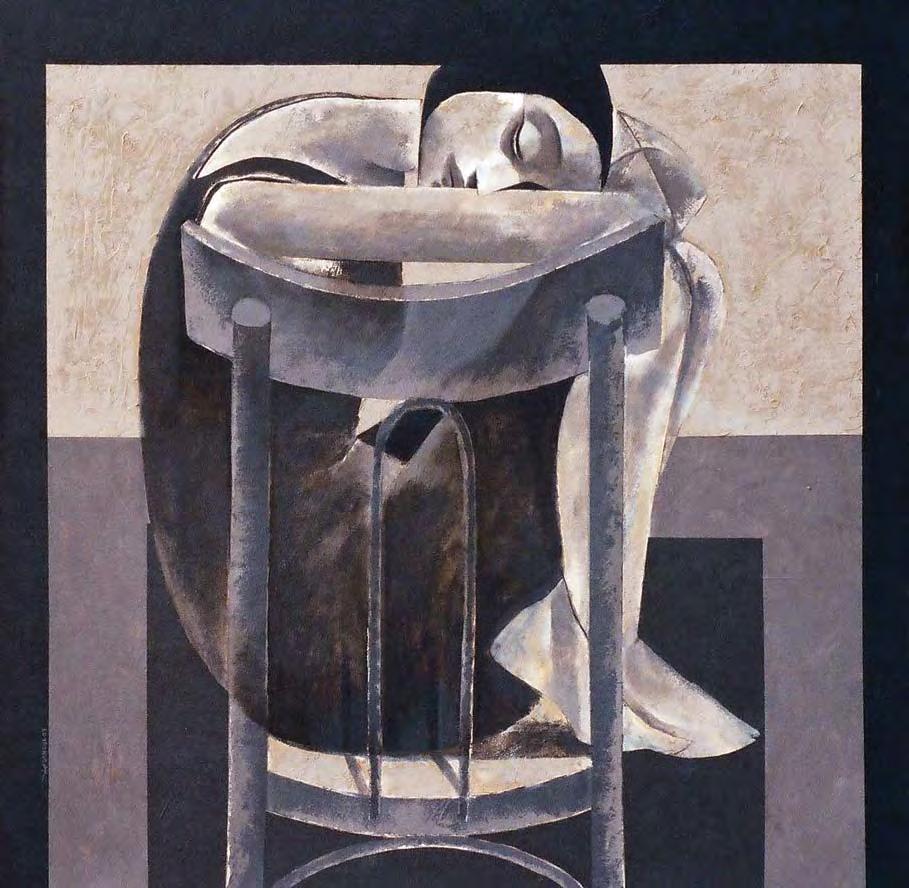
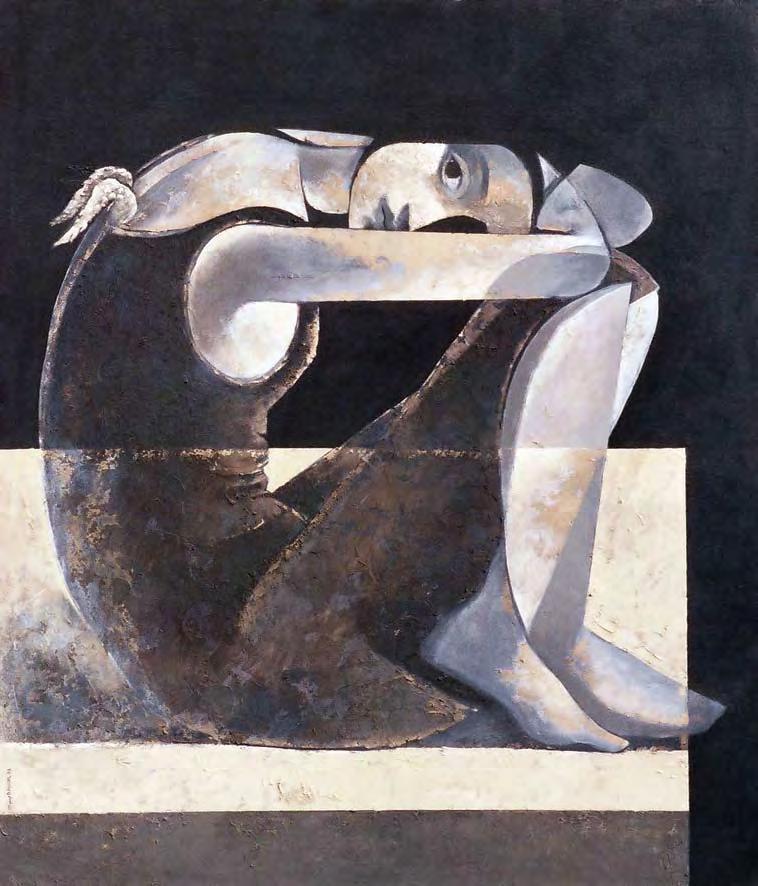
228 229 120 X 120 cm. Acrylic on Canvas 2003 120 X 100 cm. Acrylic on Canvas 2002
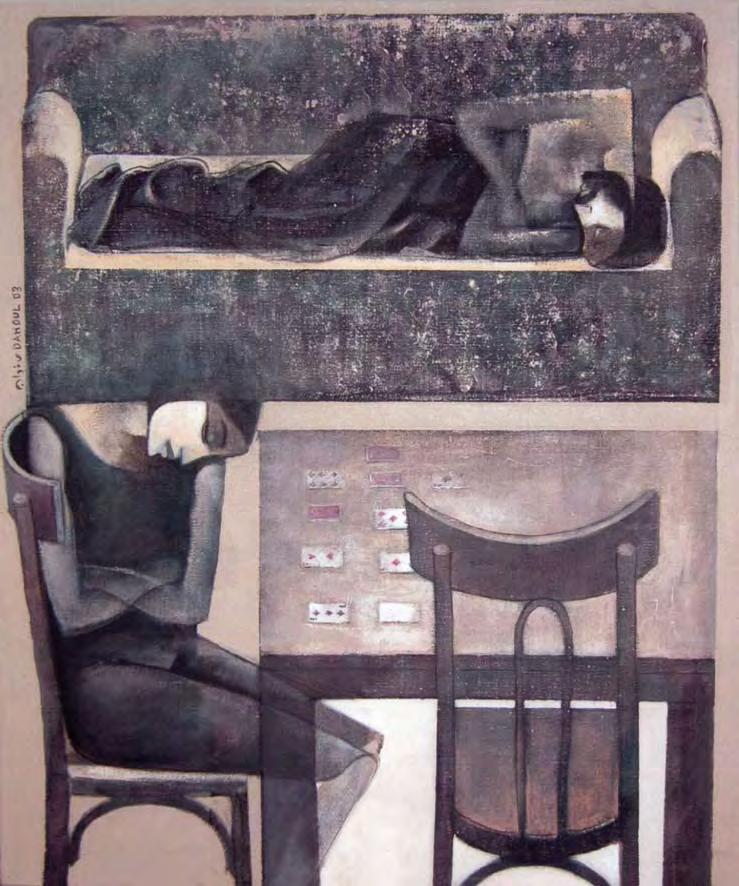

230 231 120 X 120 cm. Acrylic on Canvas 2004 120 X 100 cm. Acrylic on Canvas 2002


232 233 120 X 100 cm. Acrylic on Canvas 2002 80 X 60 cm. Acrylic on Canvas 2002

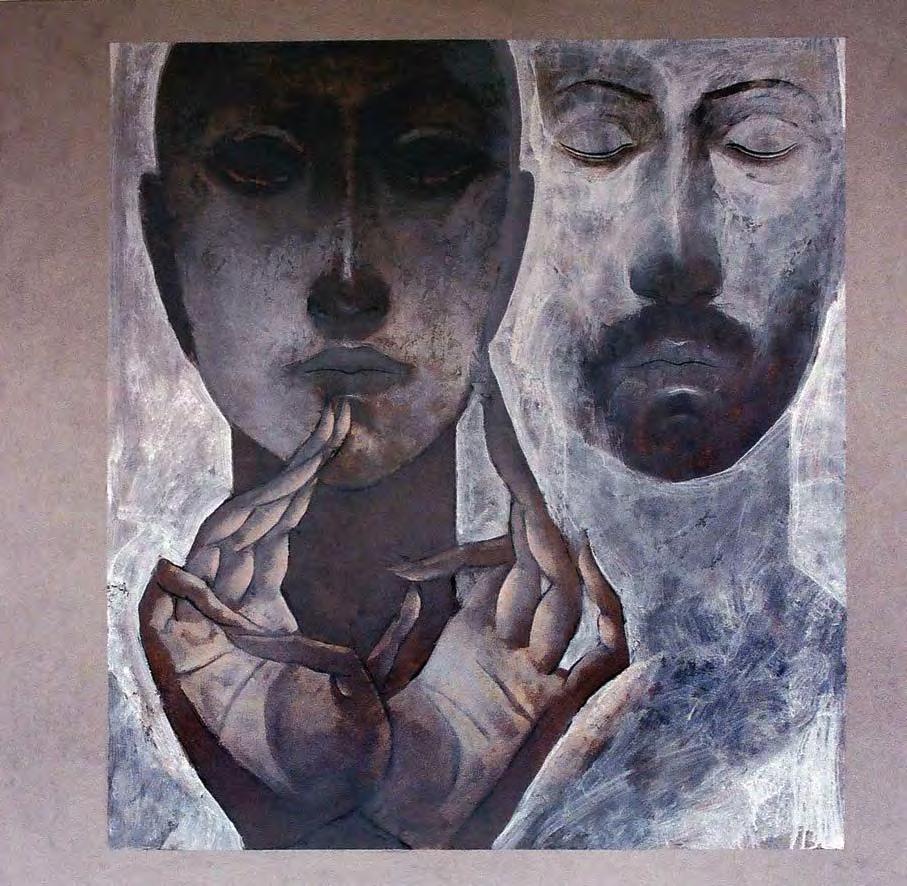
234 235 120 X 120 cm. Acrylic on Canvas 2002 120 X 120 cm. Acrylic on Canvas 2002
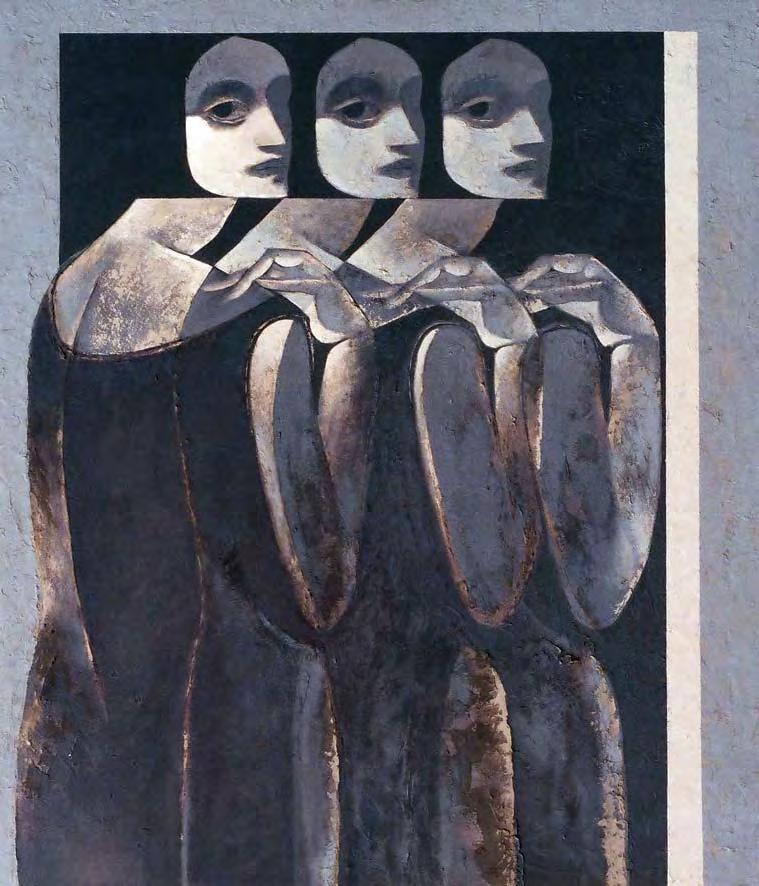

236 237 120 X 100 cm. Acrylic on Canvas 2004 145 X 100 cm. Acrylic on Canvas 2003
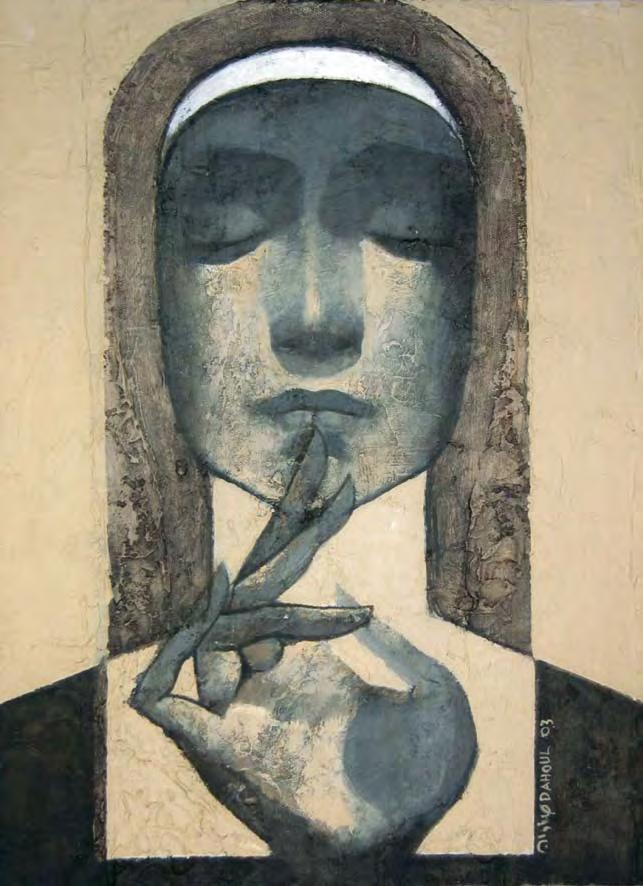

238 239 80 X 60 cm. Acrylic on Canvas 2002 40 X 30 cm. Acrylic on Canvas 2003

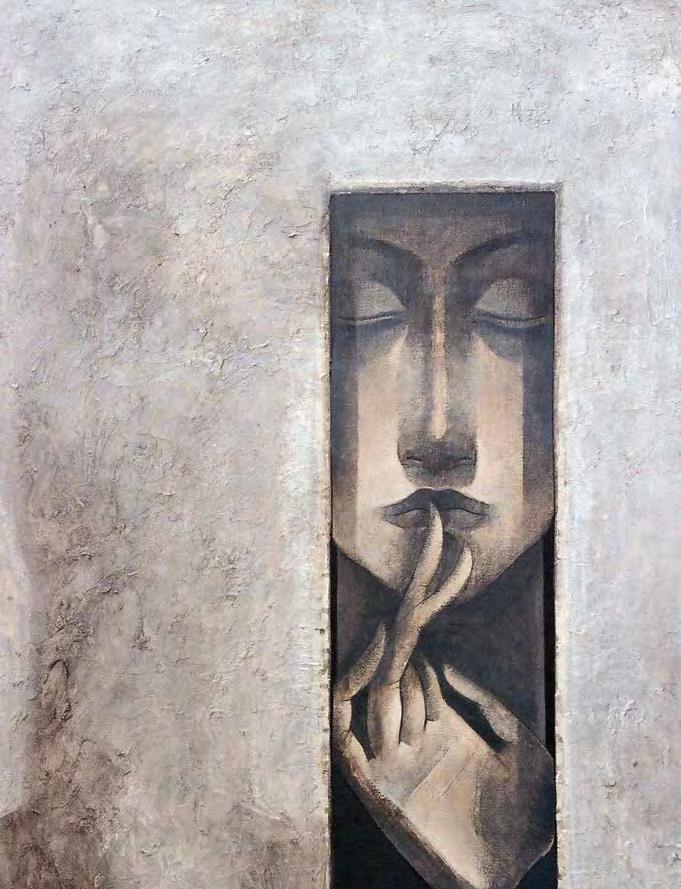
240 241 145 X 120 cm. Acrylic on Canvas 2003 80 X 60 cm. Acrylic on Canvas 2004
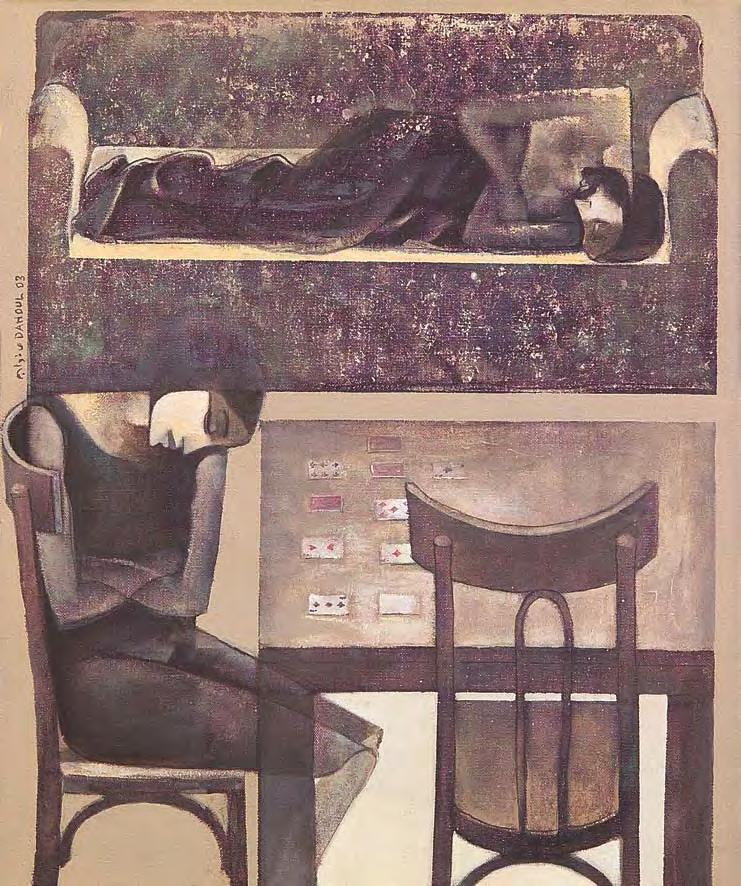

242 243 60 X 50 cm. Acrylic on Canvas 2003 118 X 118 cm. Acrylic on Canvas 2004

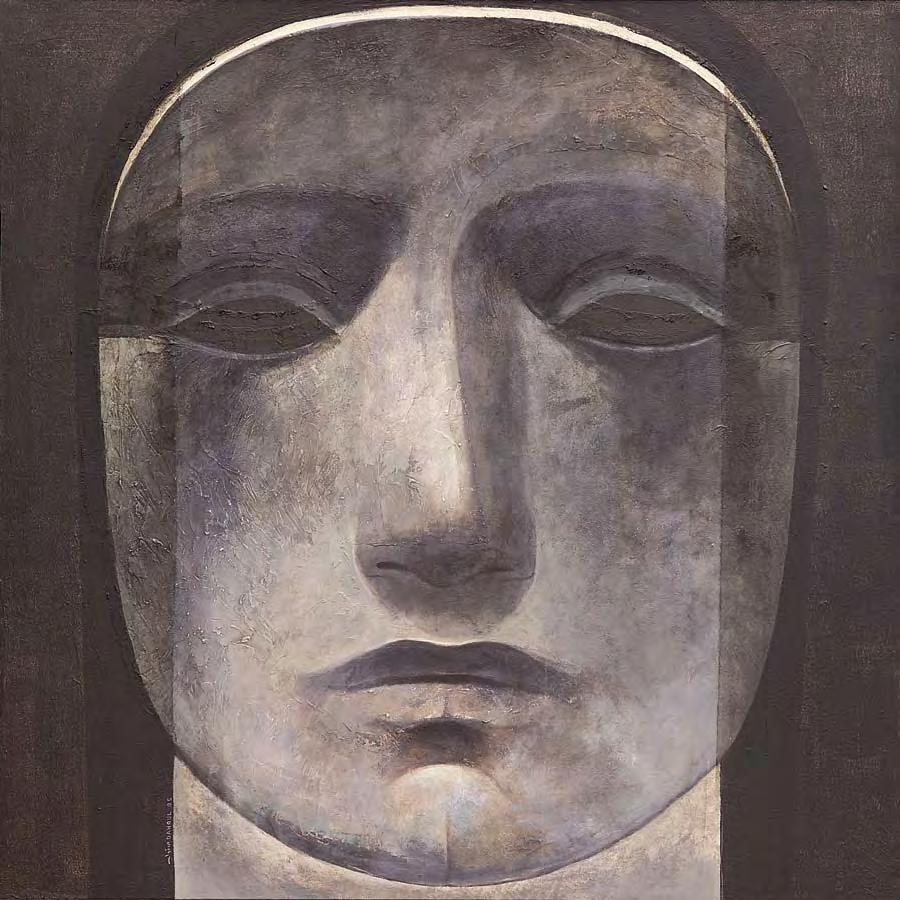
244 245 80 X 62 cm. Acrylic on Canvas 2004 145 X 145 cm. Acrylic on Canvas 2004
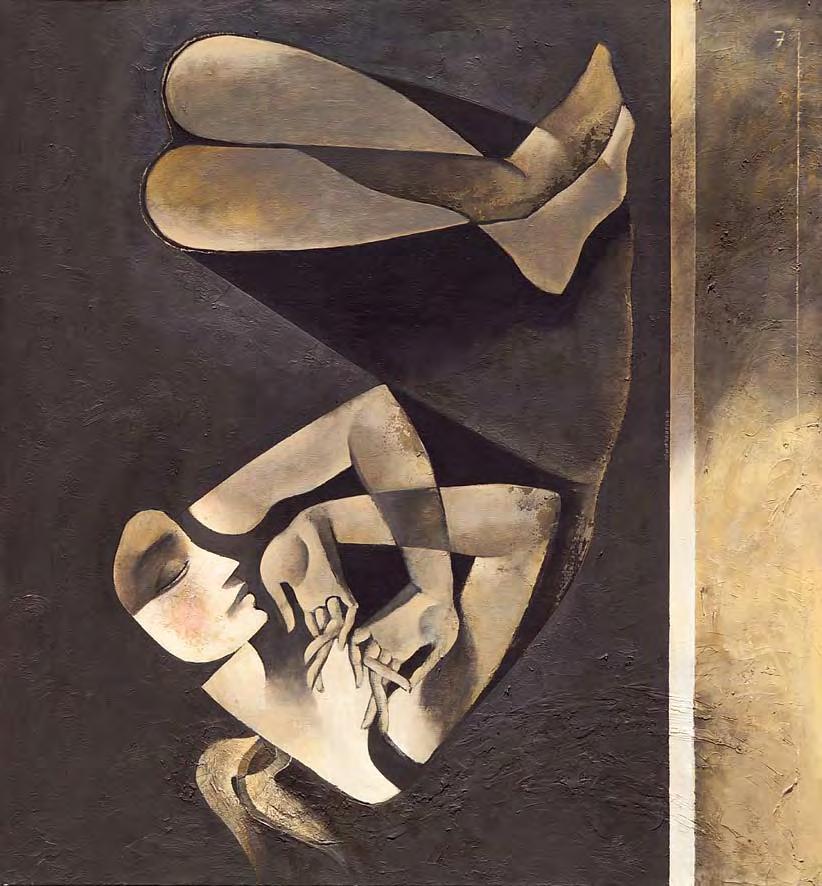
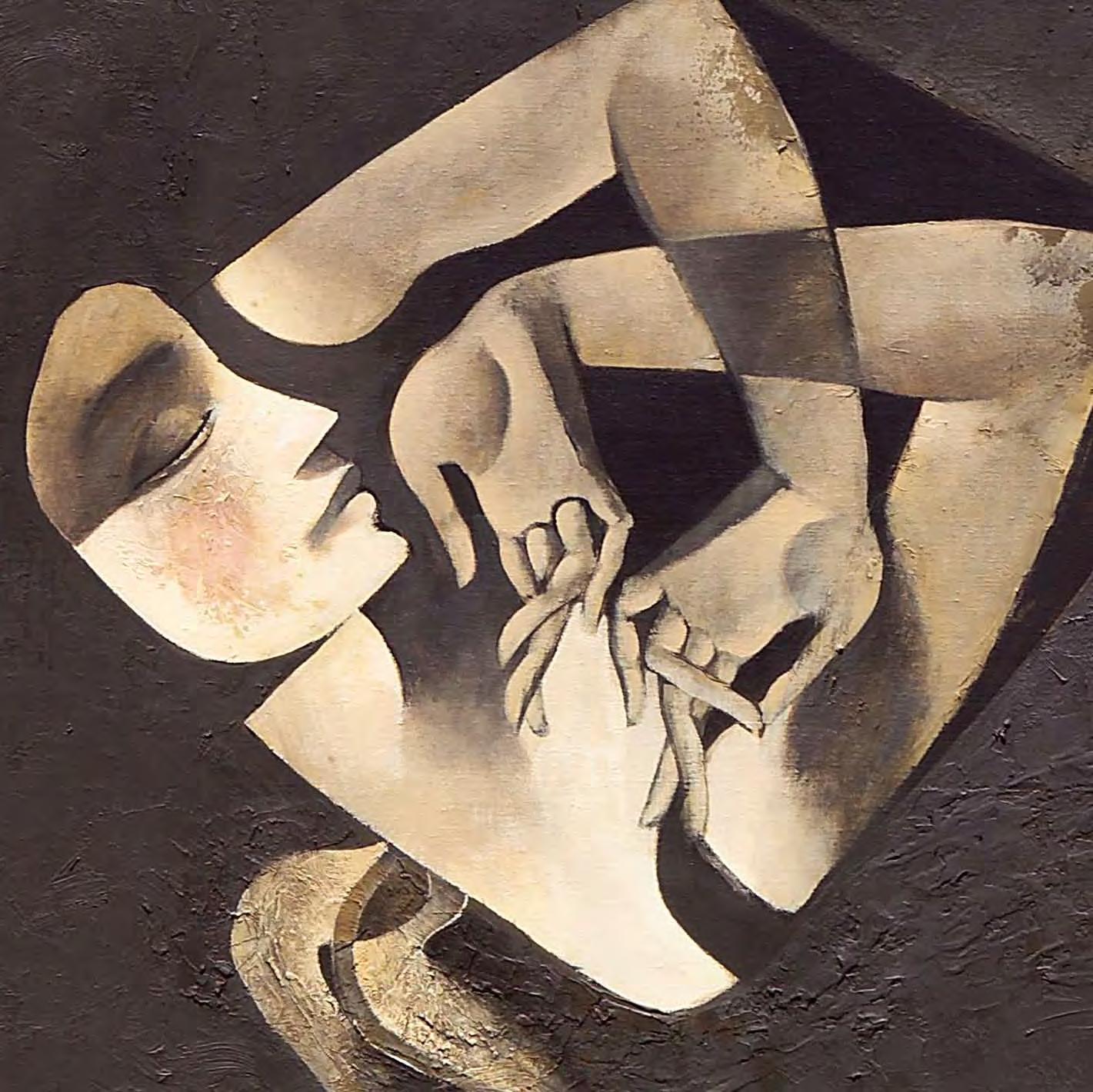
247 145 X 135 cm. Acrylic on Canvas 2004
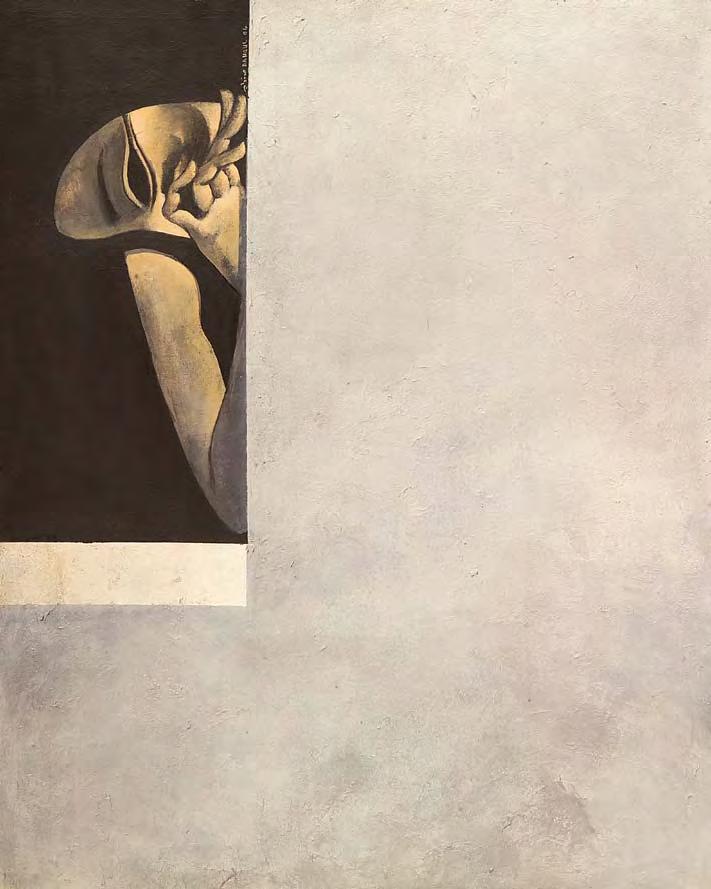

248 249 100 X 80 cm. Acrylic on Canvas 2004 145 X 120 cm. Acrylic on Canvas 2005

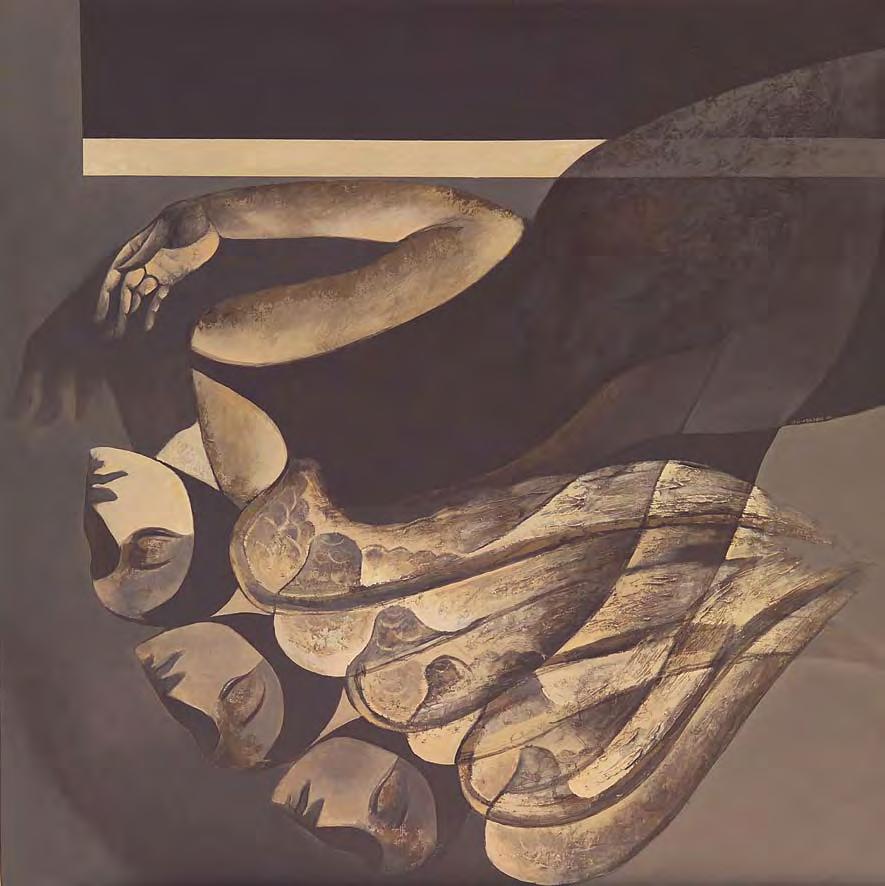
250 251 145 X 145 cm. Acrylic on Canvas 2005 145 X 145 cm. Acrylic on Canvas 2005

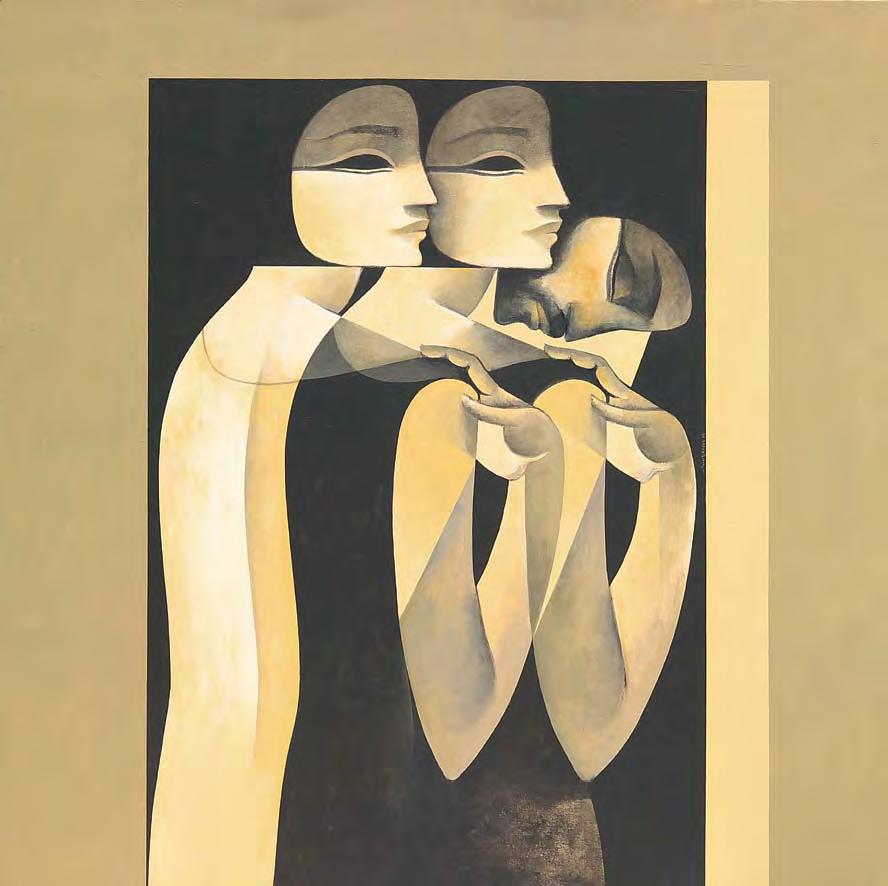
252 253 100 X 100 cm. Acrylic on Canvas 2006 185 X 185 cm. Acrylic on Canvas 2006

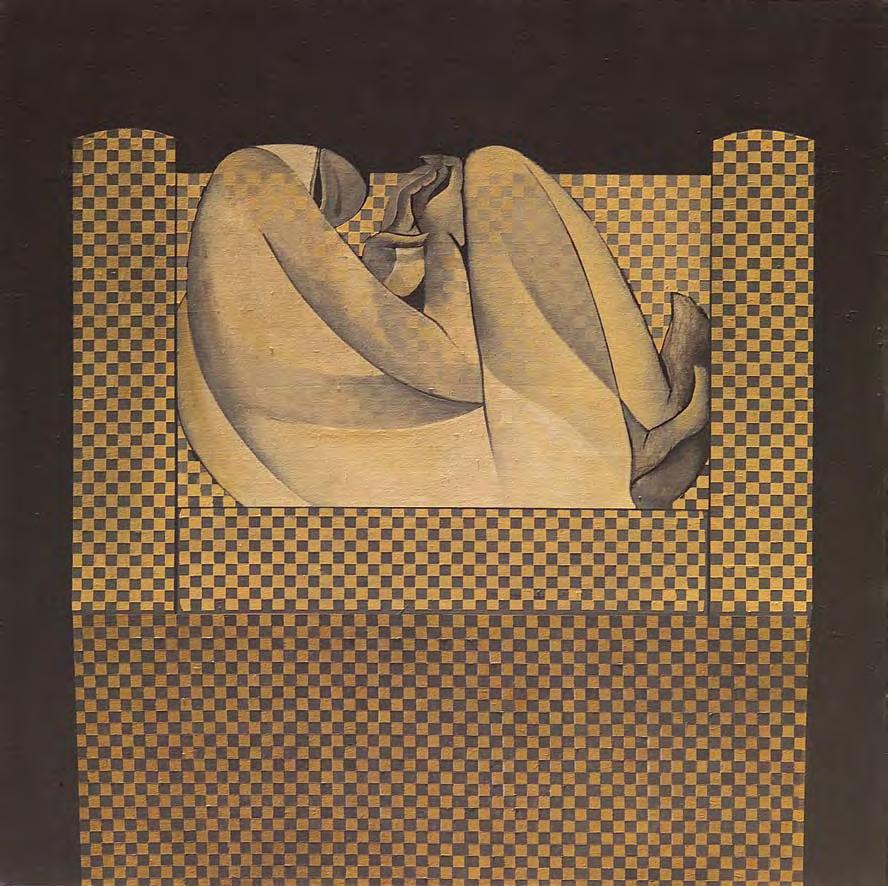
254 255 185 X 185 cm. Acrylic on Canvas 2006 185 X 185 cm. Acrylic on Canvas 2006
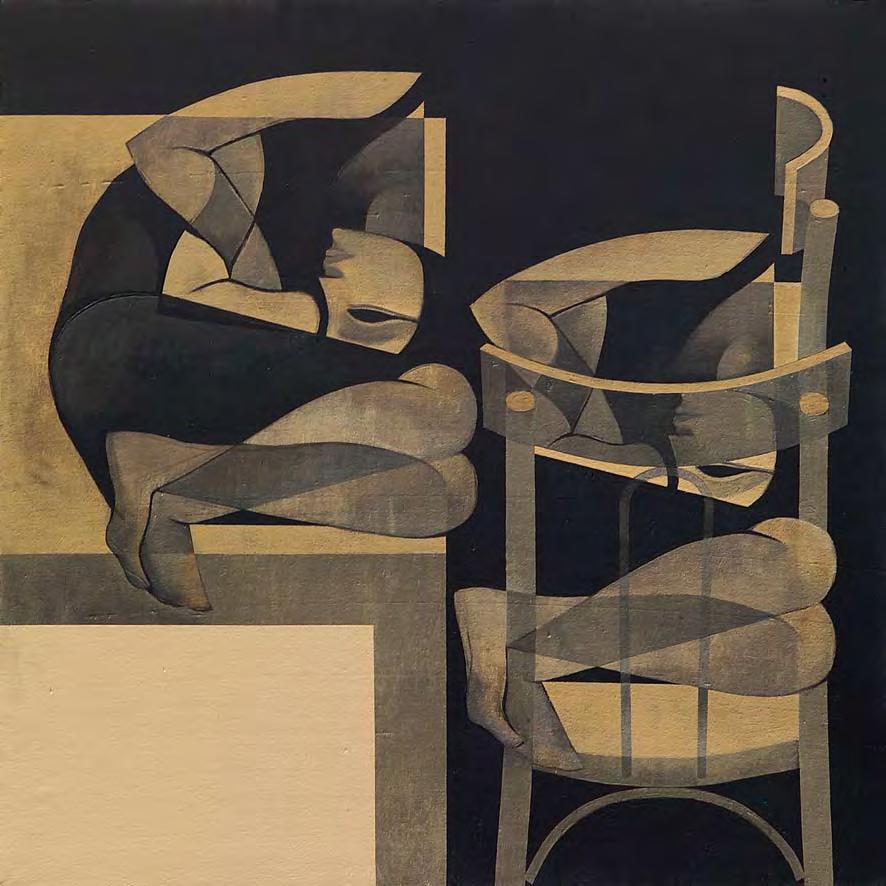
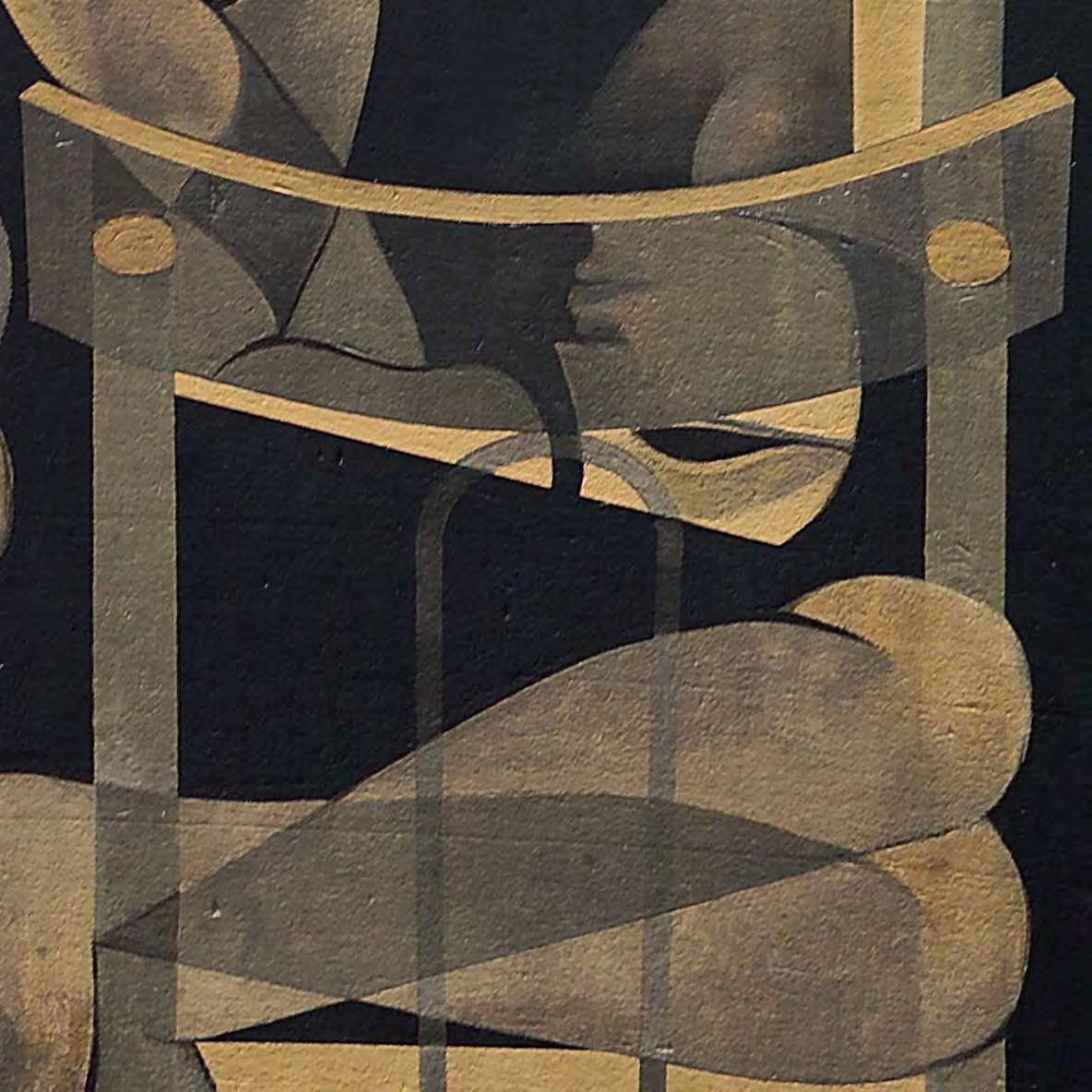
257 185 X 185 cm. Acrylic on Canvas 2006
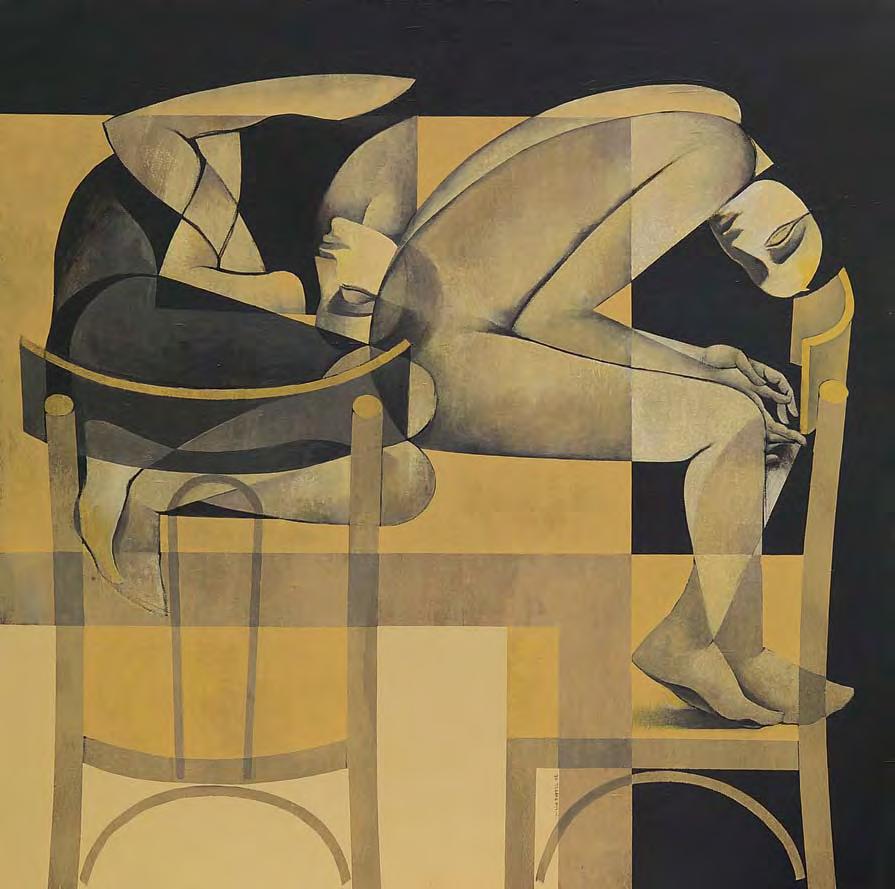
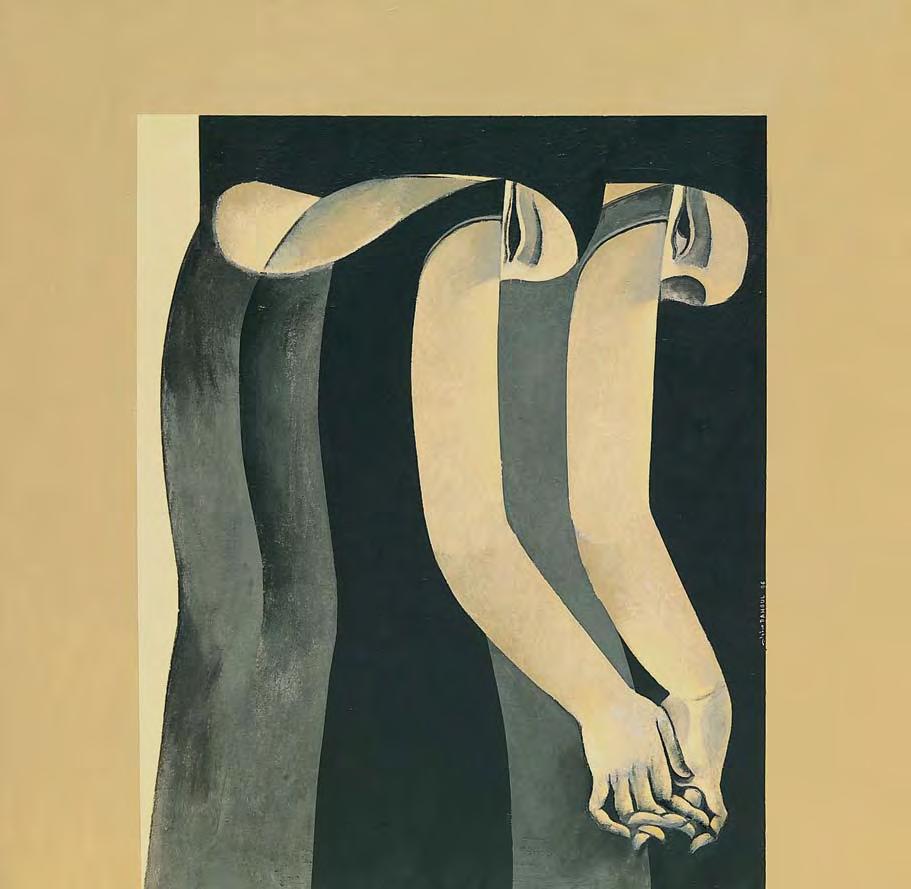
258 259 185 X 185 cm. Acrylic on Canvas 2006 120 X 100 cm. Acrylic on Canvas 2006
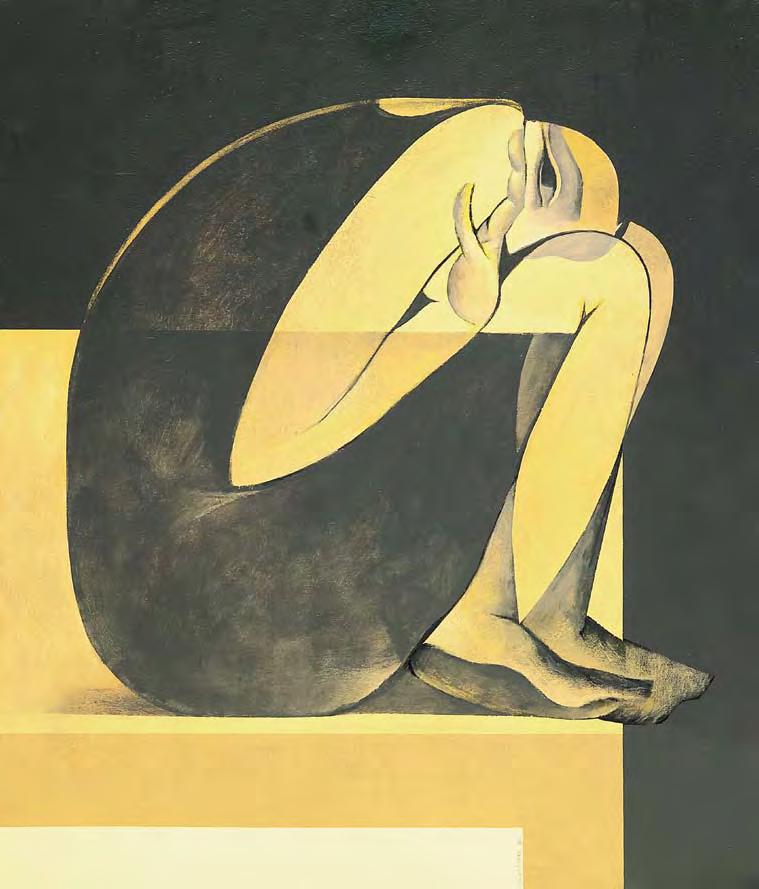
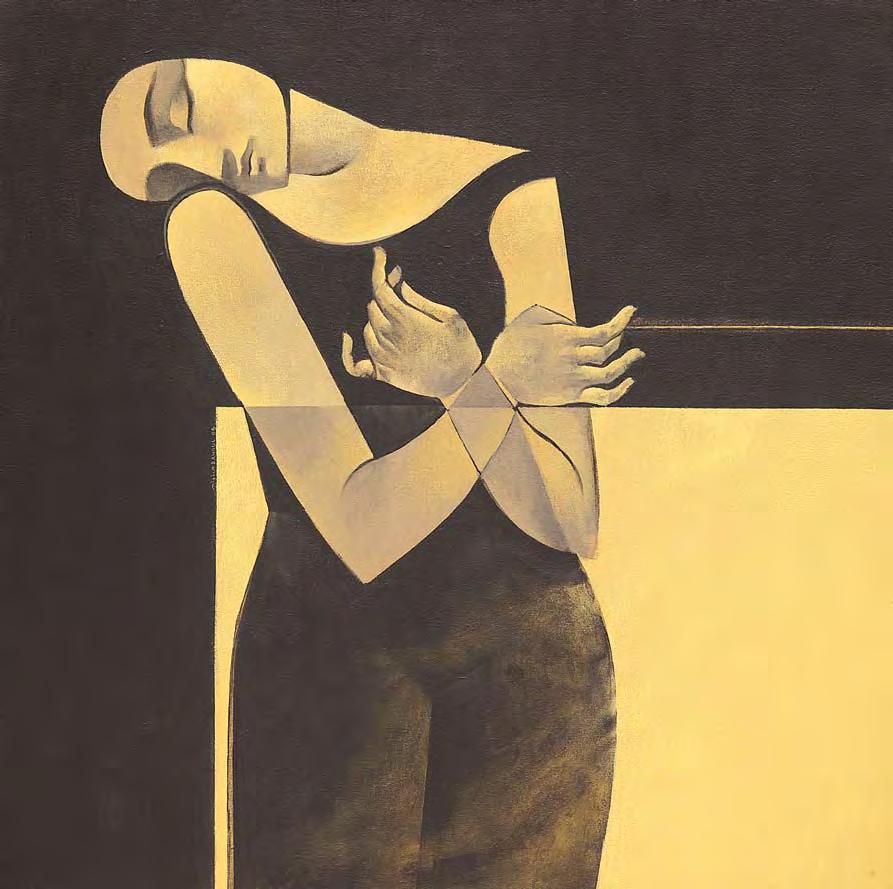
260 261 120 X 100 cm. Acrylic on Canvas 2006 120 X 120 cm. Acrylic on Canvas 2006

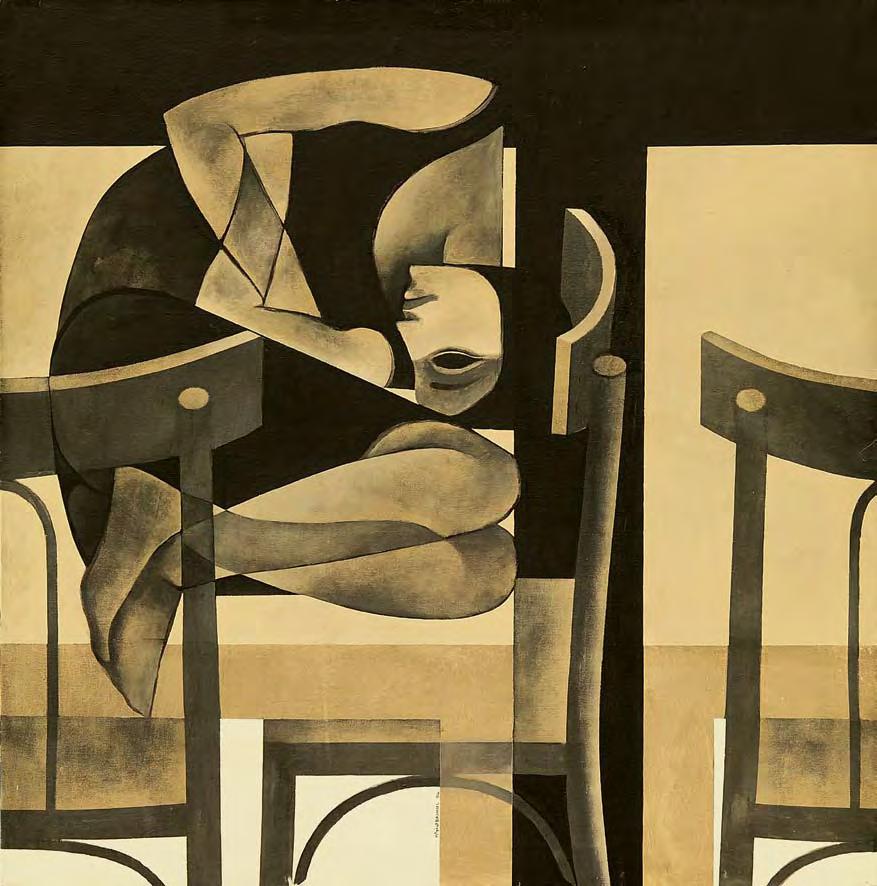
262 263 100 X 120 cm. Acrylic on Canvas 2006 145 X 145 cm. Acrylic on Canvas 2006

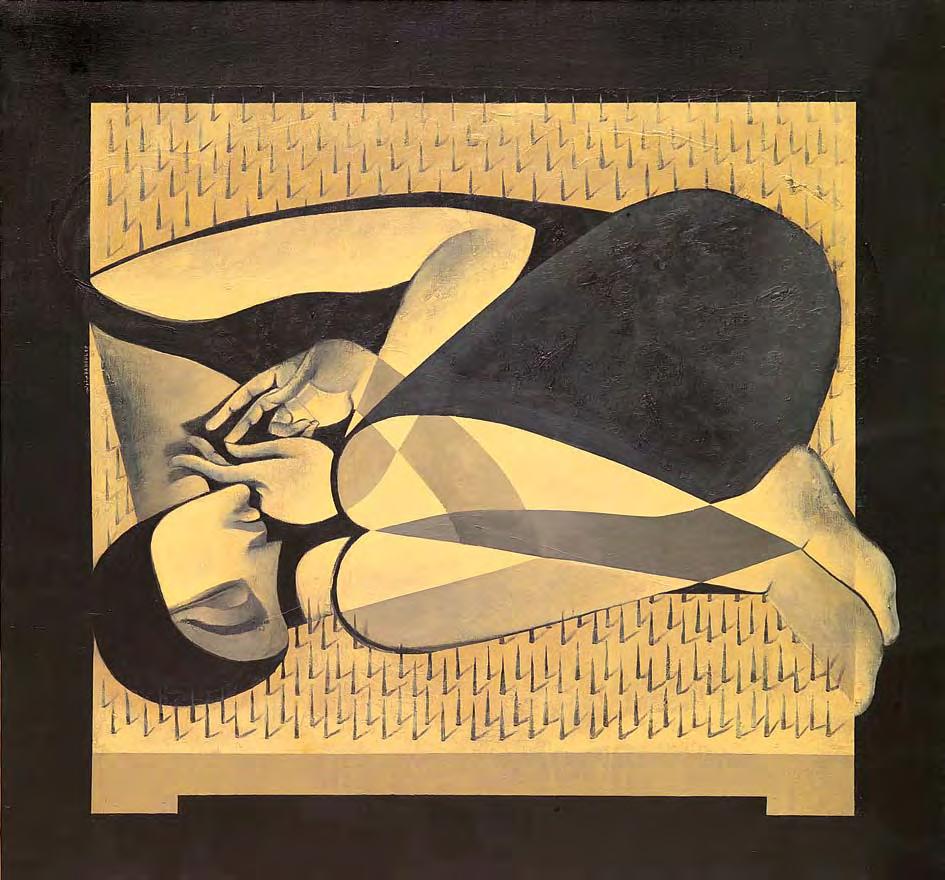
264 265 150 X 160 cm. Acrylic on Canvas 2007 150 X 160 cm. Acrylic on Canvas 2007
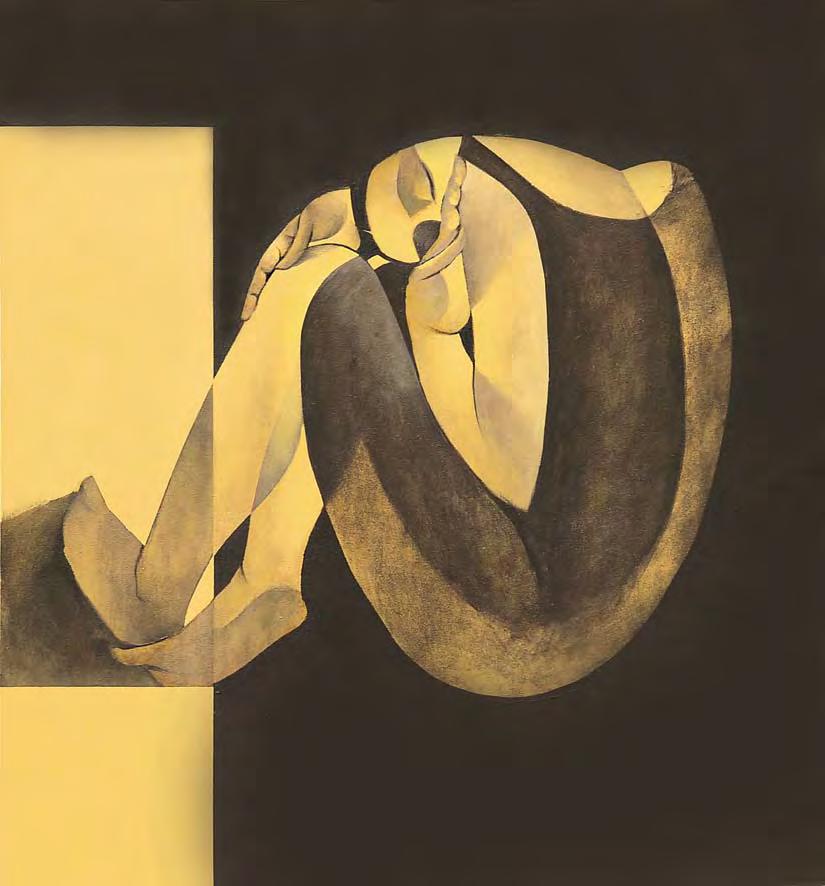

266 267 145 X 135 cm. Acrylic on Canvas 2006 155 X 155 cm. Acrylic on Canvas 2007
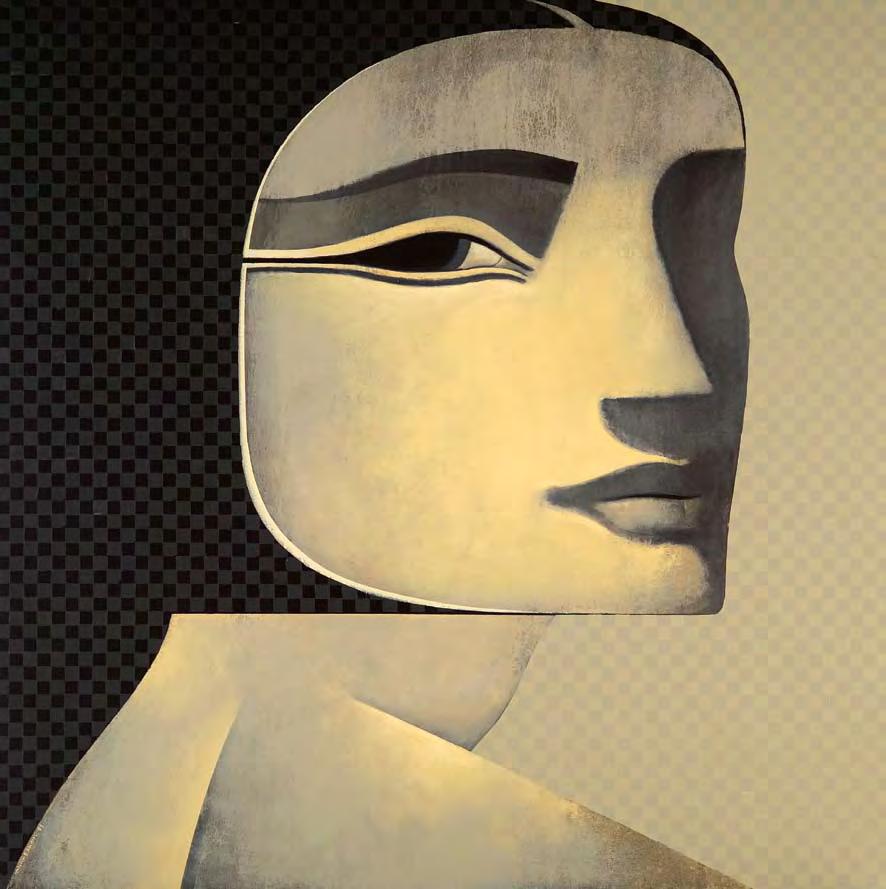

268 269 155 X 155 cm. Acrylic on Canvas 2008 120 X 120 cm. Acrylic on Canvas 2007


270 271 130 X 80 cm. X 2 Acrylic on Canvas 2007


272 273 120 X 120 cm. Acrylic on Canvas 2007 120 X 120 cm. Acrylic on Canvas 2007
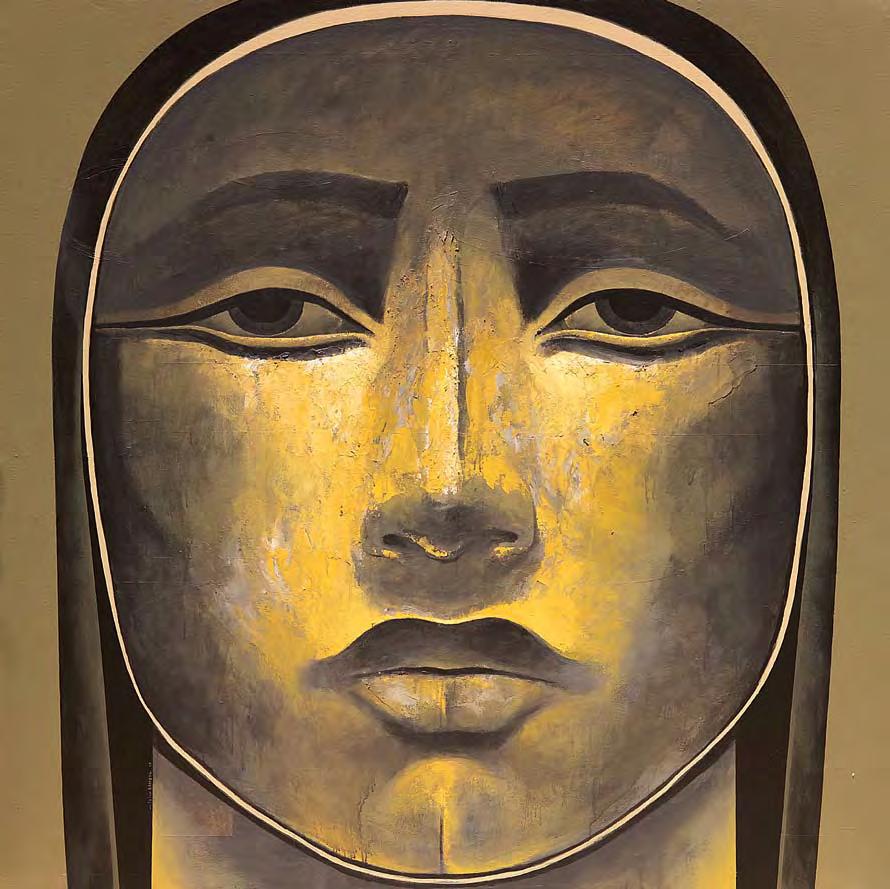
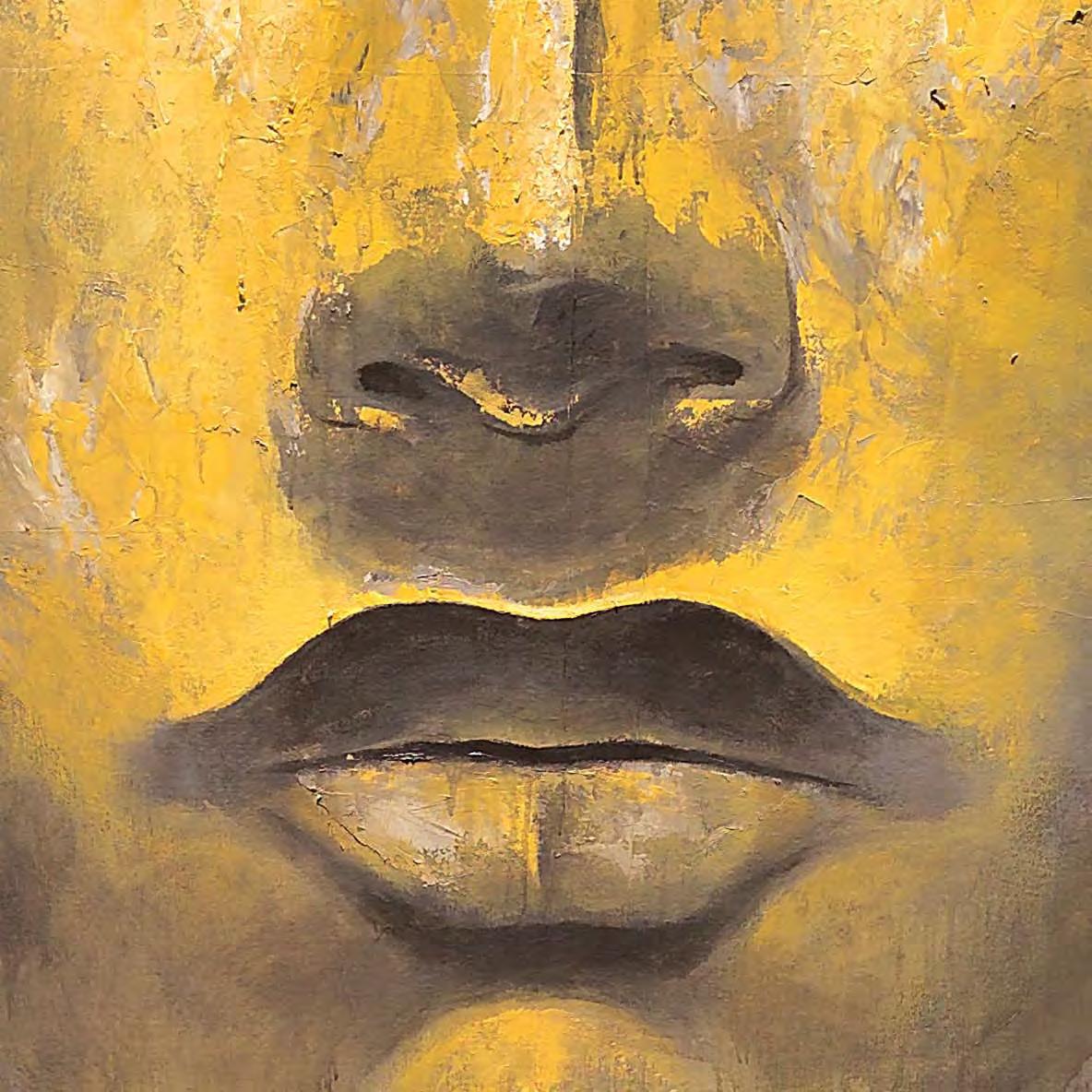
275 185 X 185 cm. Acrylic on Canvas 2007
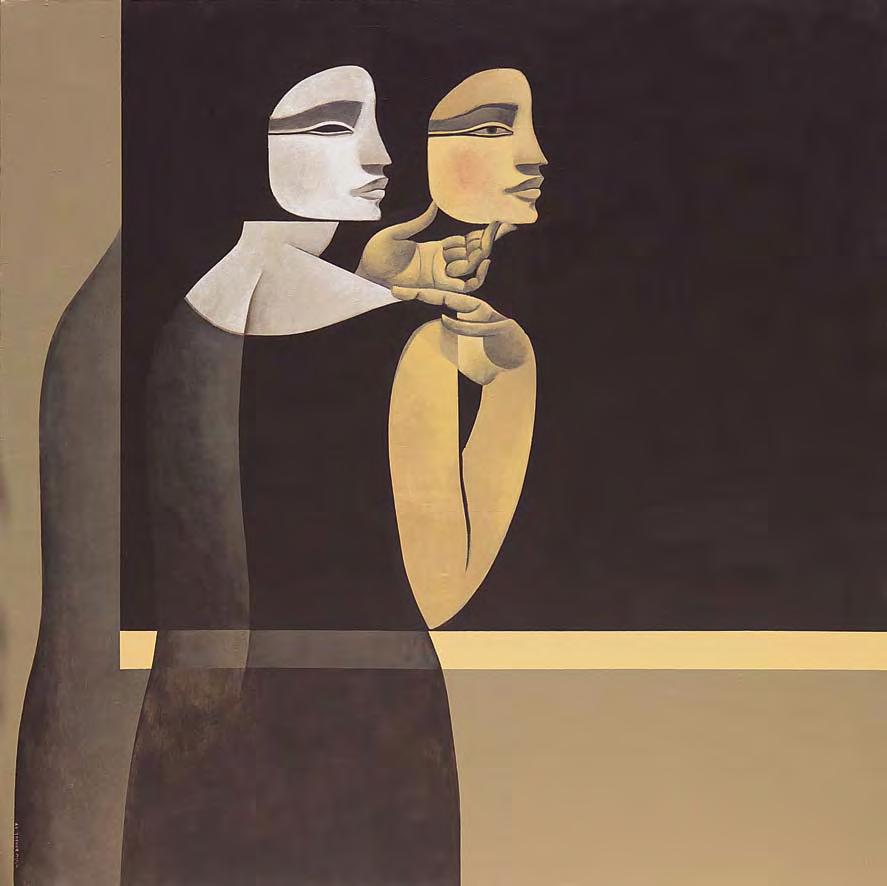

276 277 180 X 180 cm. Acrylic on Canvas 2007 180 X 180 cm. Acrylic on Canvas 2007


279 145 X 135 cm. Acrylic on Canvas 2007
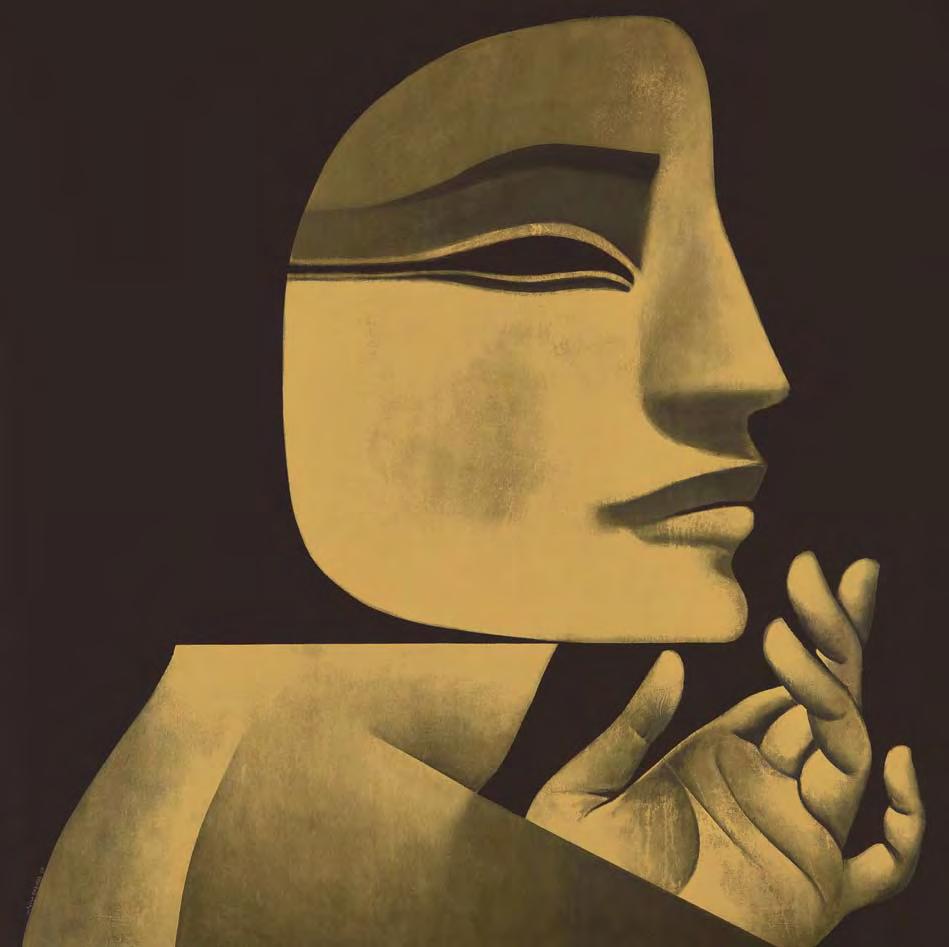
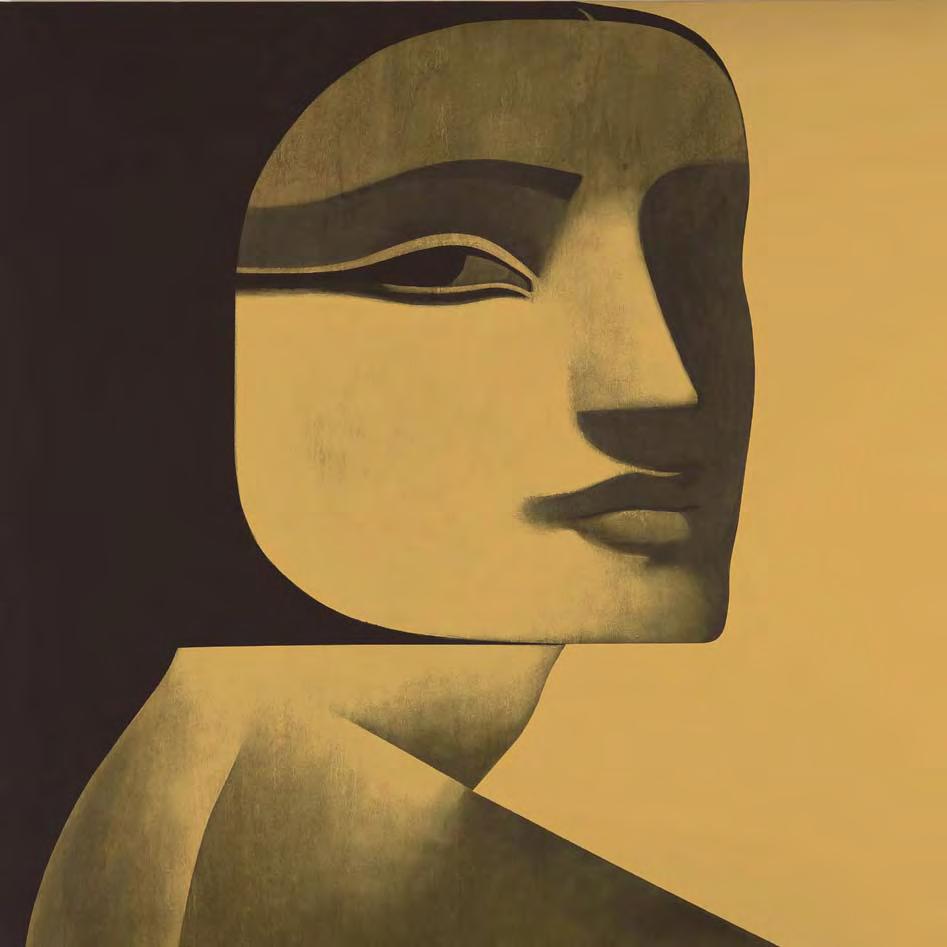
280 281 180 X 180 cm. X 2 Acrylic on Canvas 2007
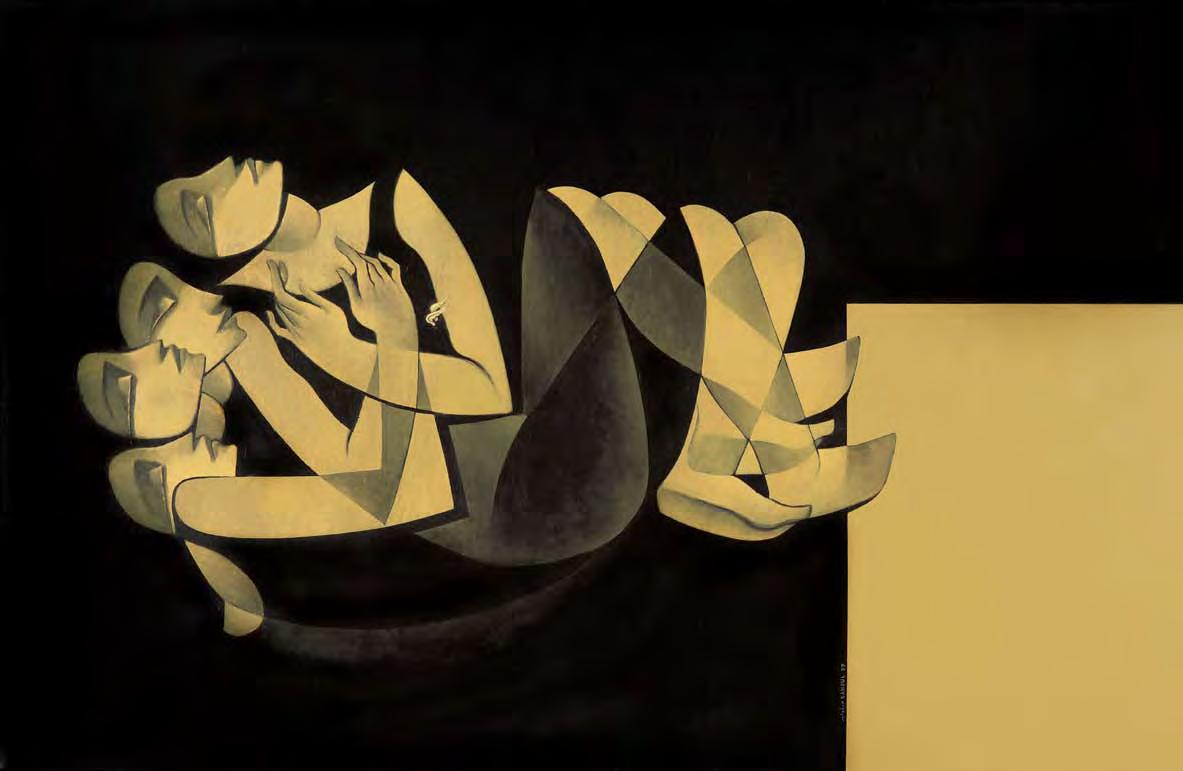
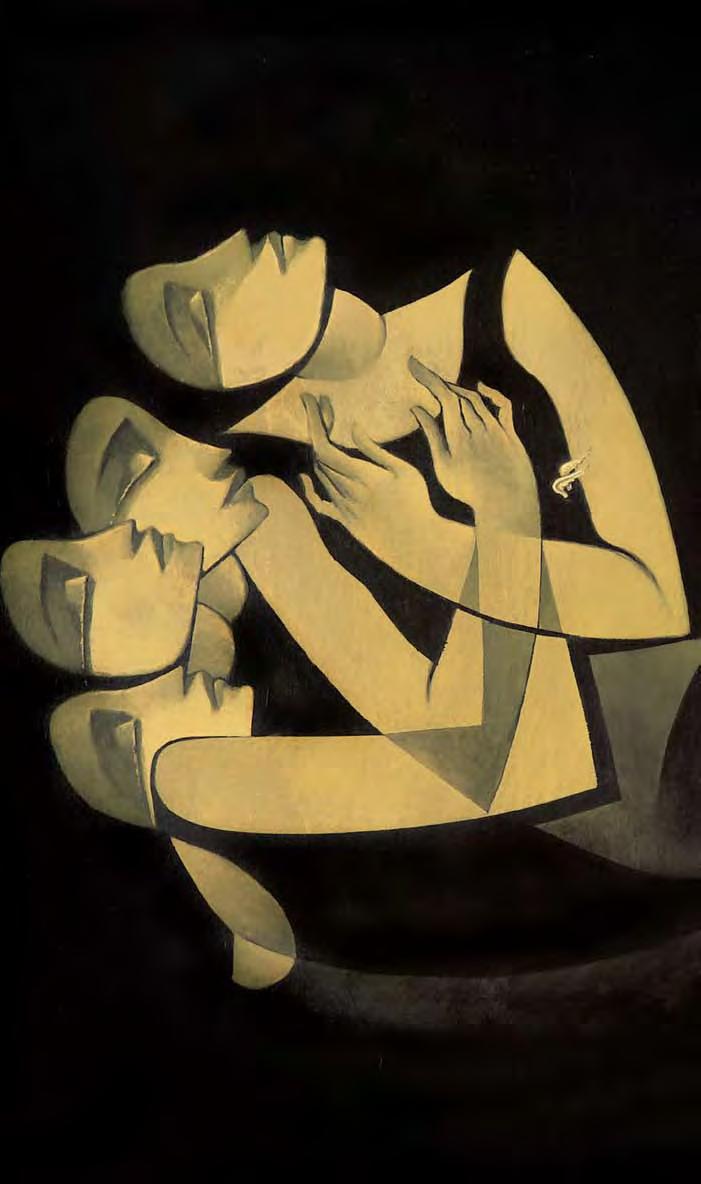
160 X 250 cm. Acrylic on Canvas 2007

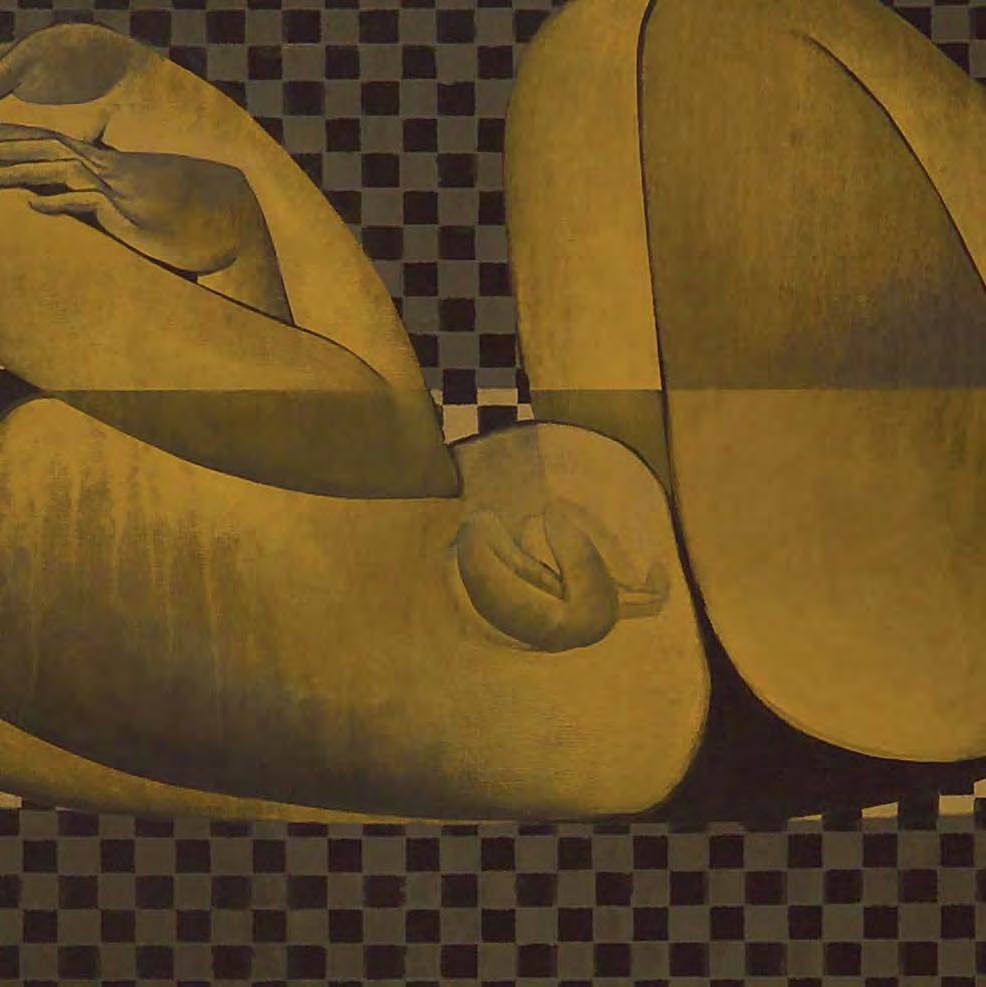
285 180 X 180 cm. Acrylic on Canvas 2007

286 160 X 250 cm. Acrylic on Canvas 2007

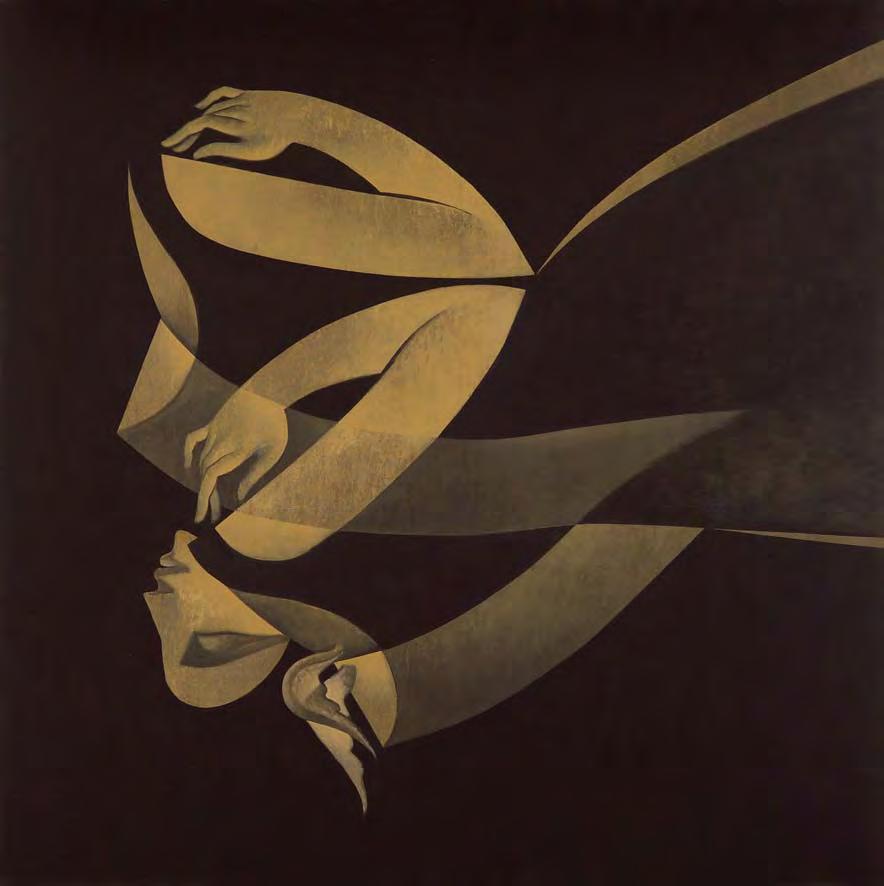
288 289 180 X 180 cm. Acrylic on Canvas 2007 155 X 155 cm. Acrylic on Canvas 2008
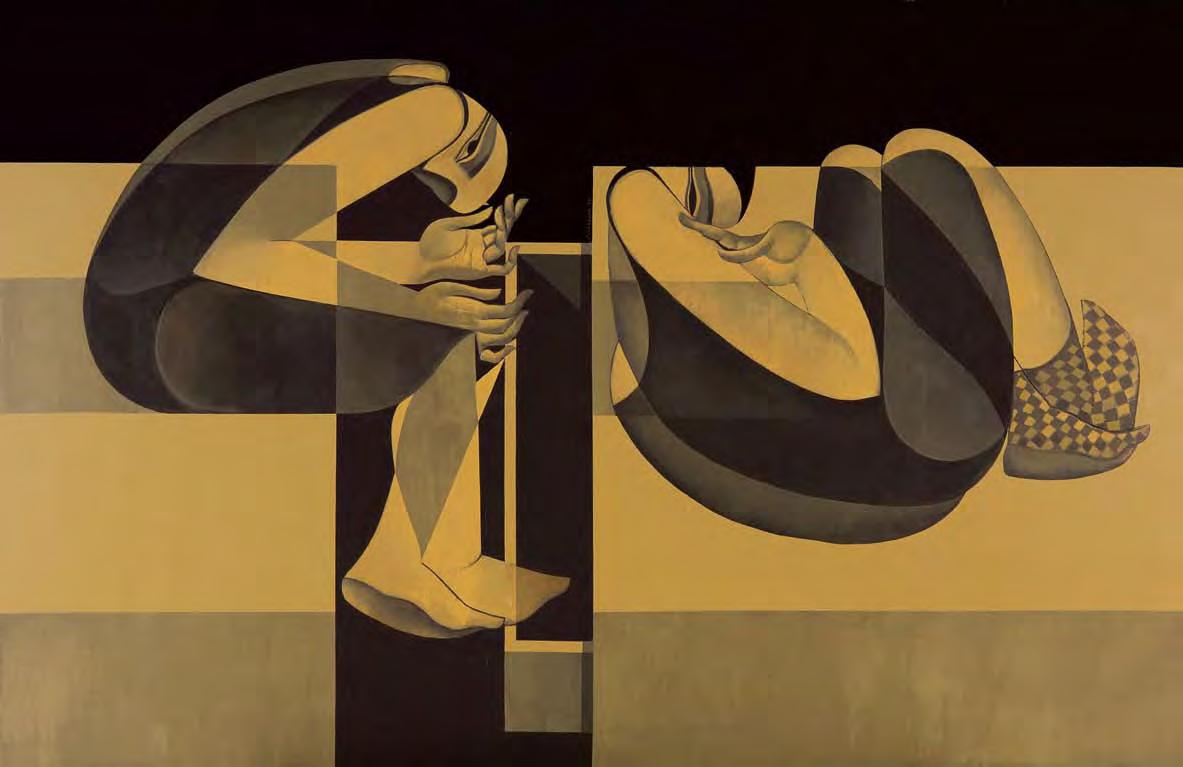
290 160 X 250 cm. Acrylic on Canvas 2007
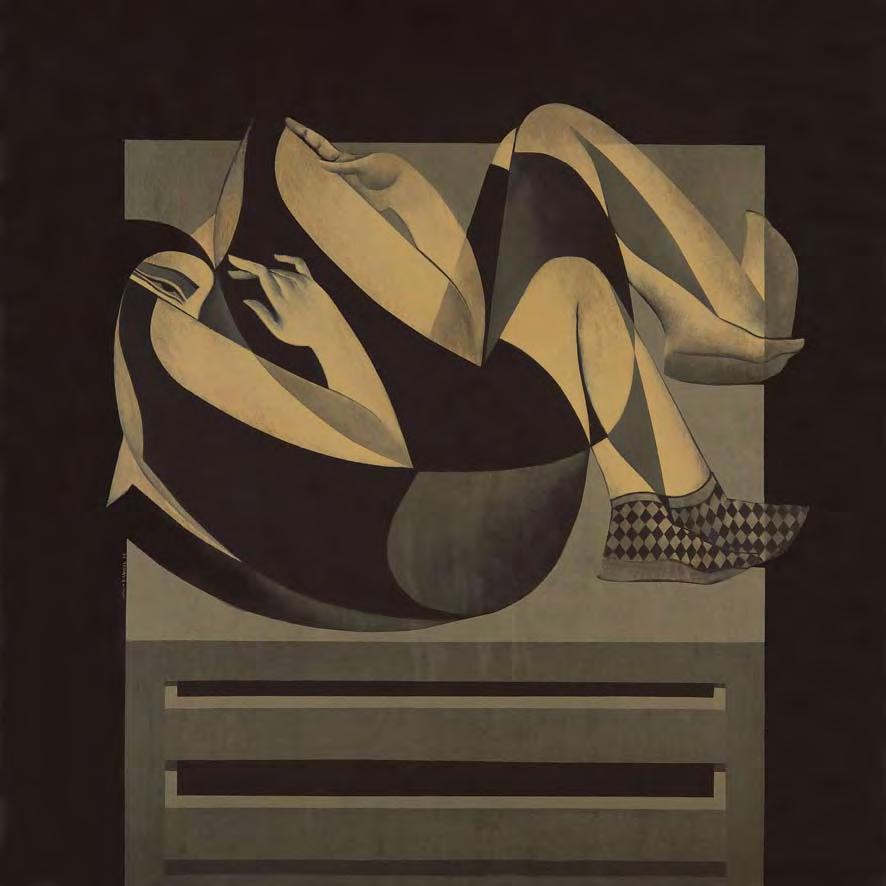

293 180 X 180 cm. Acrylic on Canvas 2008


294 295 180 X 180 cm. Acrylic on Canvas 2007 180 X 180 cm. Acrylic on Canvas 2007
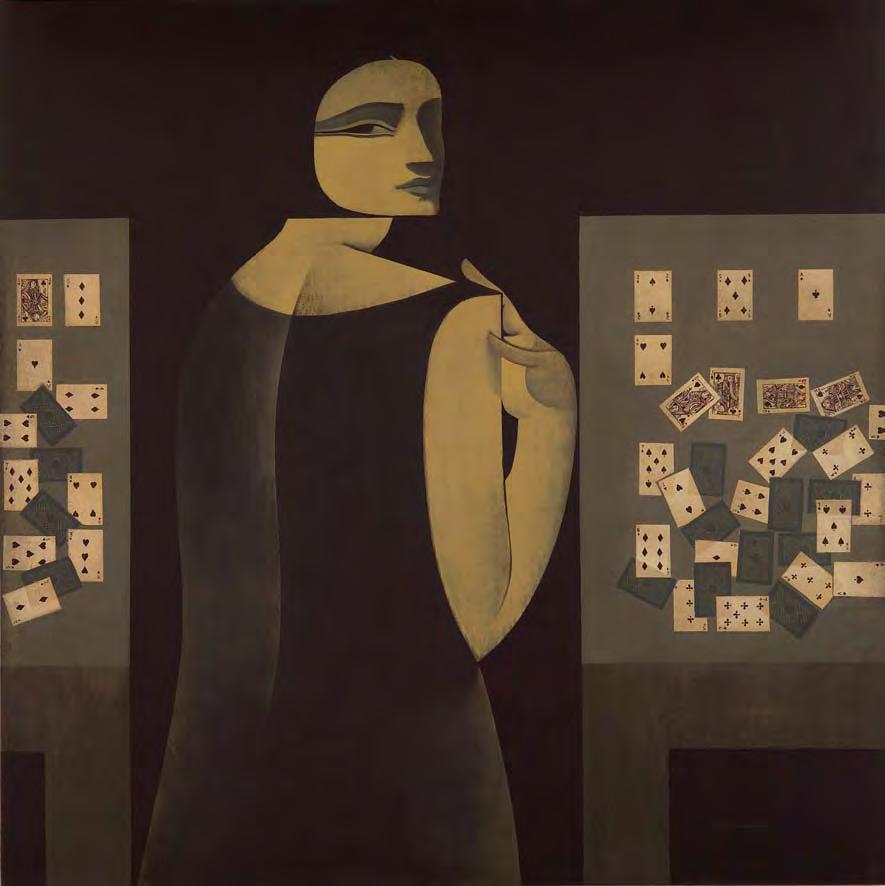

297 155 X 155 cm. Acrylic on Canvas 2008

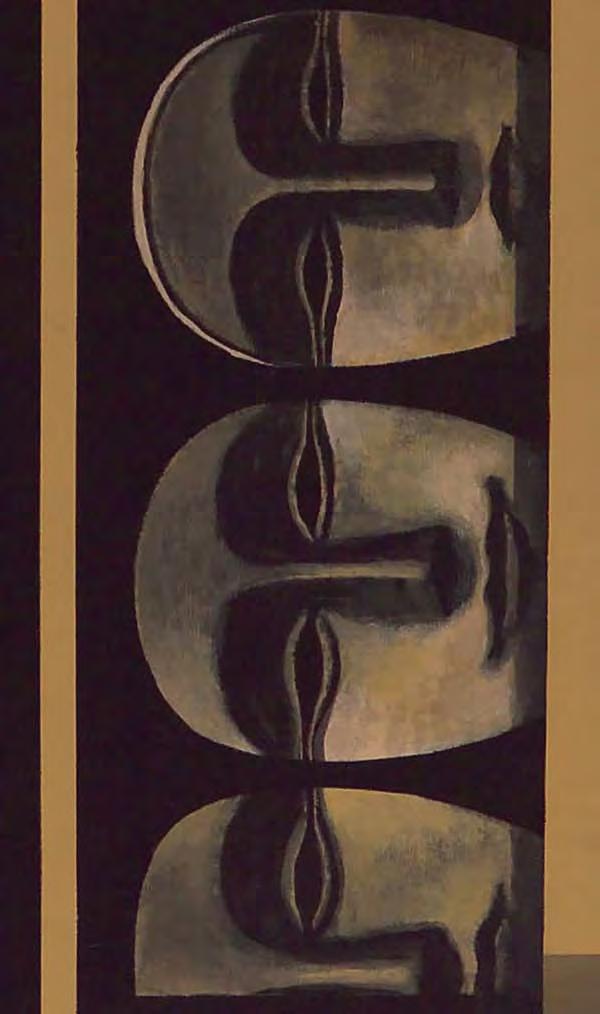
299 180 X 180 cm. Acrylic on Canvas 2007
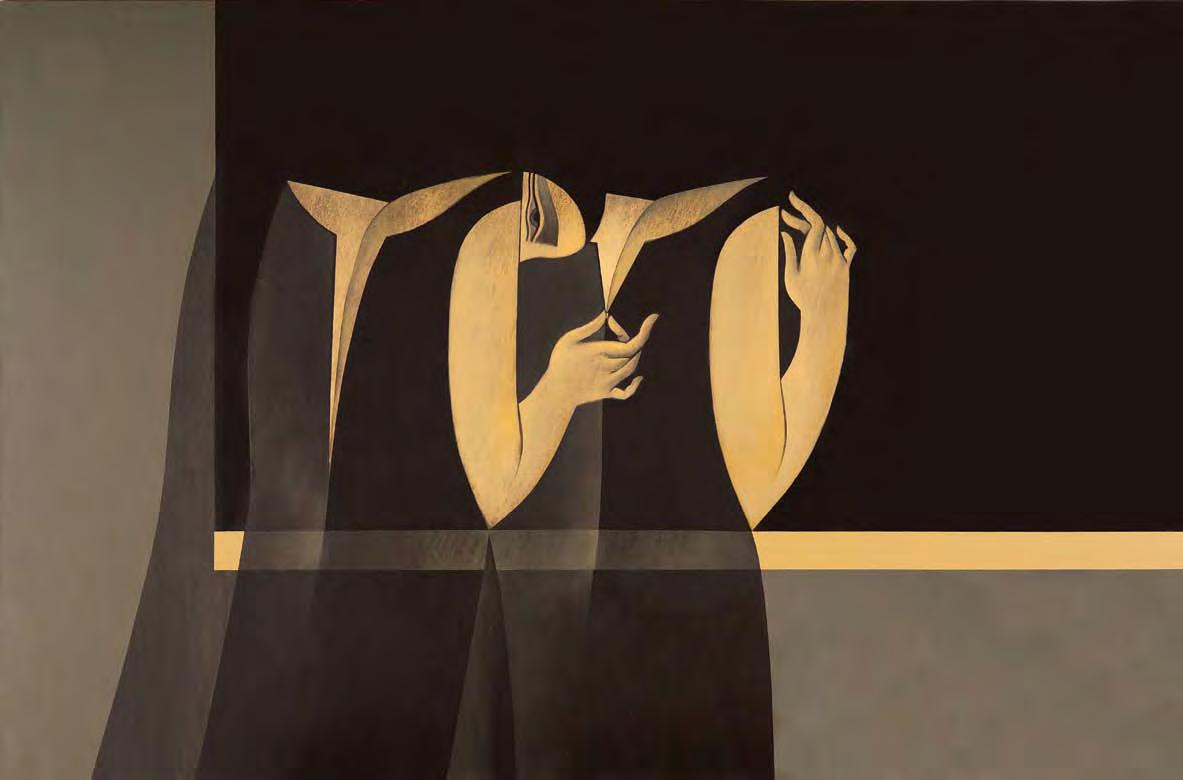
300 160 X 250 cm. Acrylic on Canvas 2007
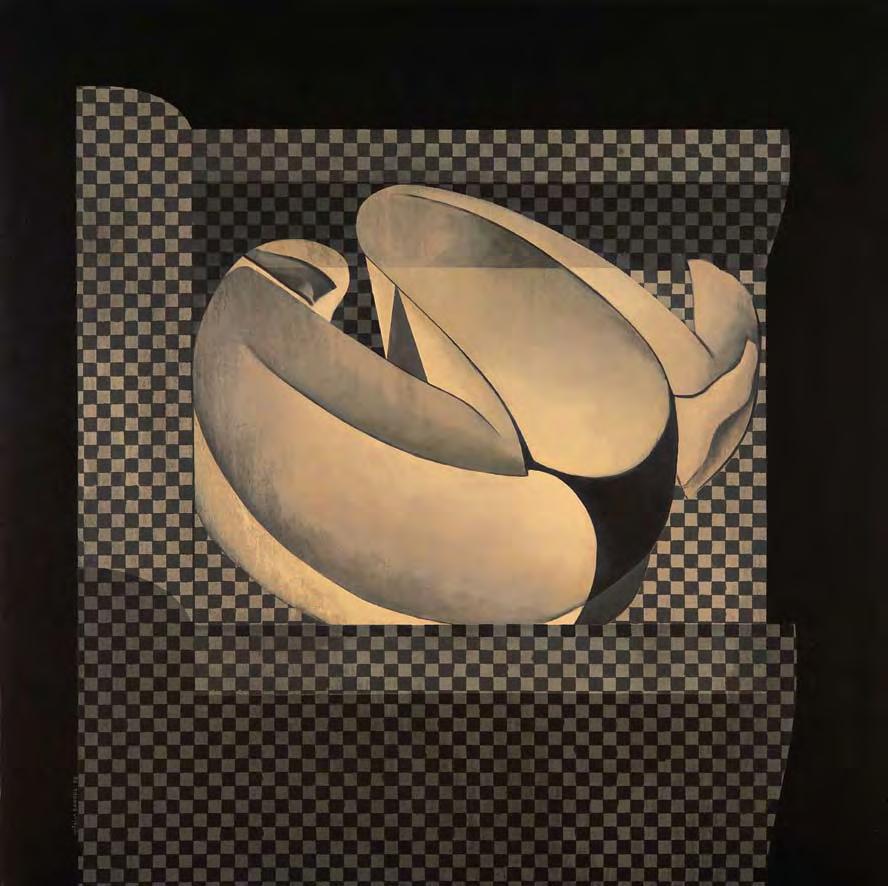
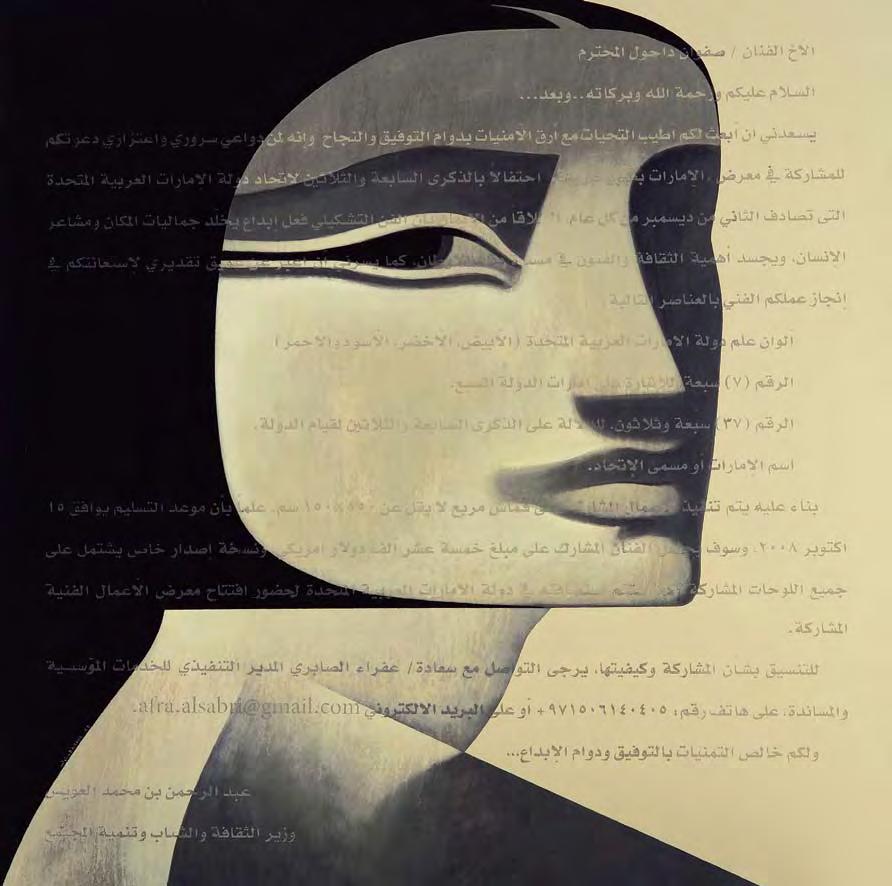
302 303 155 X 155 cm. Acrylic on Canvas 2008 ‘Rêve 9’ 180 X 180 cm. Acrylic on Canvas 2008
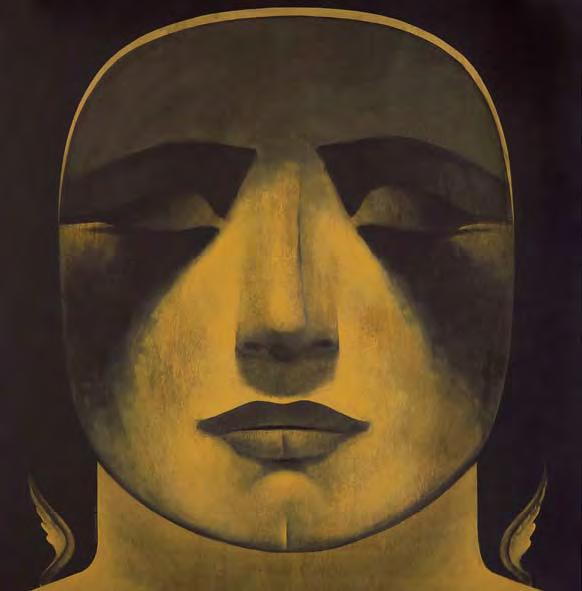
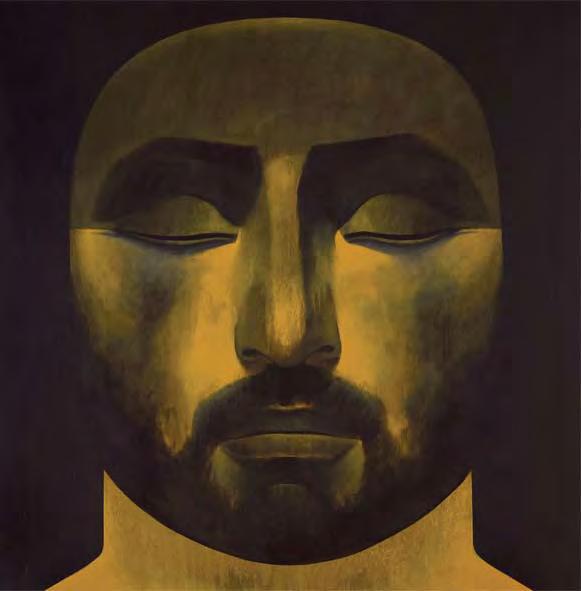
304 305 180 X 180 cm. X 2 Acrylic on Canvas 2007
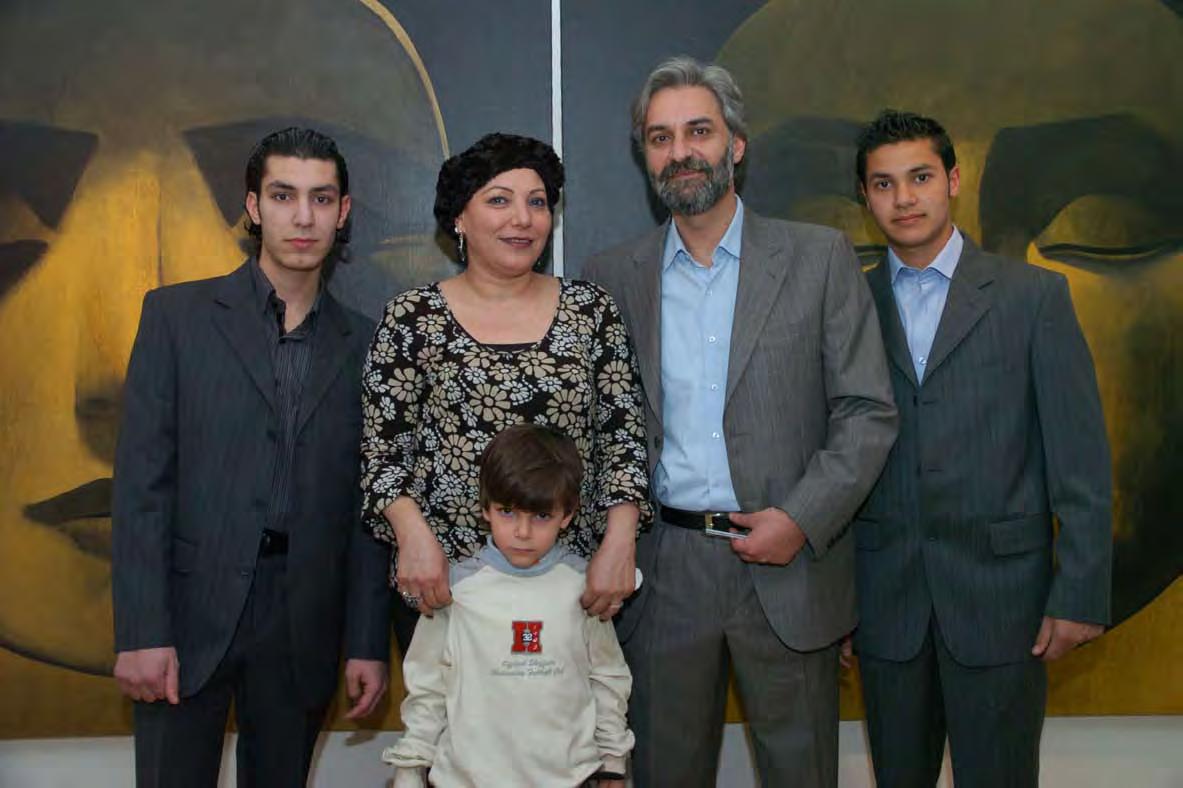 Safwan, Nawar, Sari, Kais, Taim 2008
Safwan, Nawar, Sari, Kais, Taim 2008

Nawar 2007
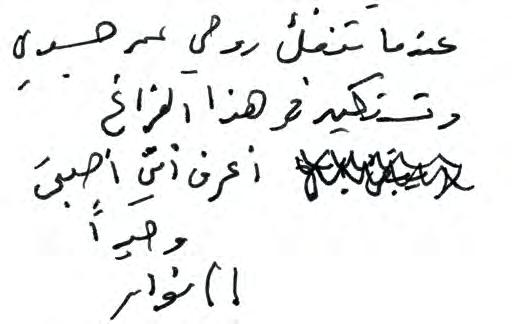
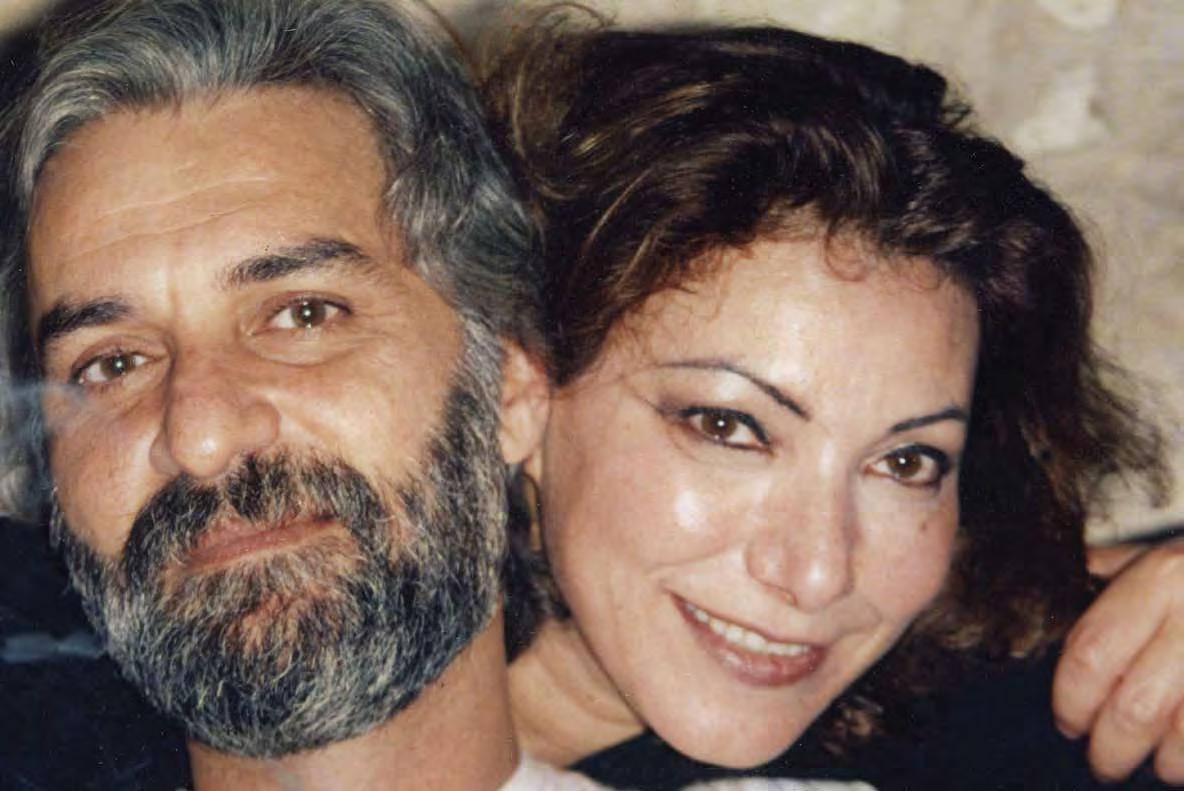
Safwan, Nawar 2007
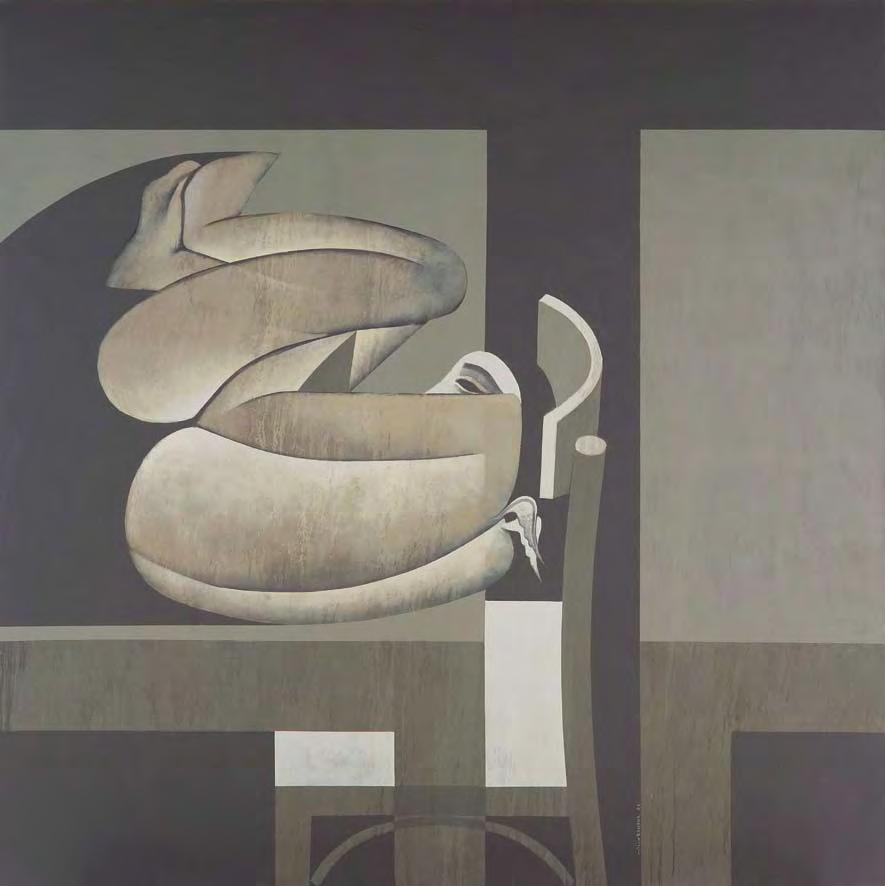

312 313 ‘Rêve 7’ 180 X 180 cm. Acrylic on Canvas 2008 ‘Rêve 6’ 180 X 180 cm. Acrylic on Canvas 2008
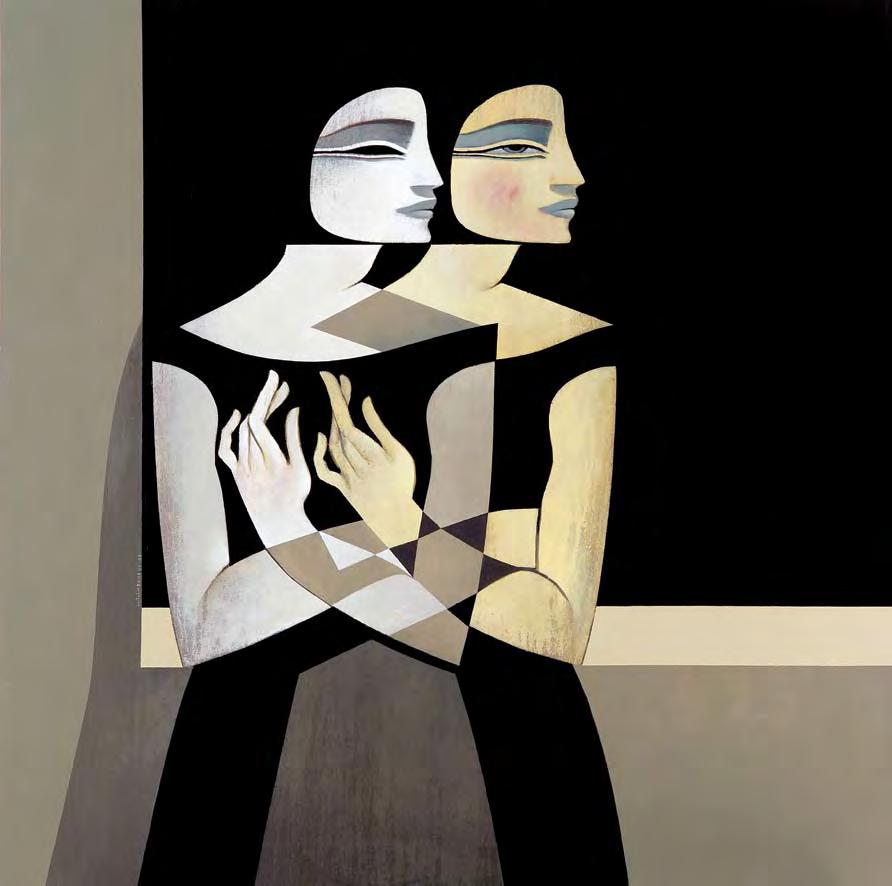

314 315 ‘Rêve 3’ 180 X 180 cm. Acrylic on Canvas 2008 ‘Rêve 1’ 180 X 180 cm. Acrylic on Canvas 2008
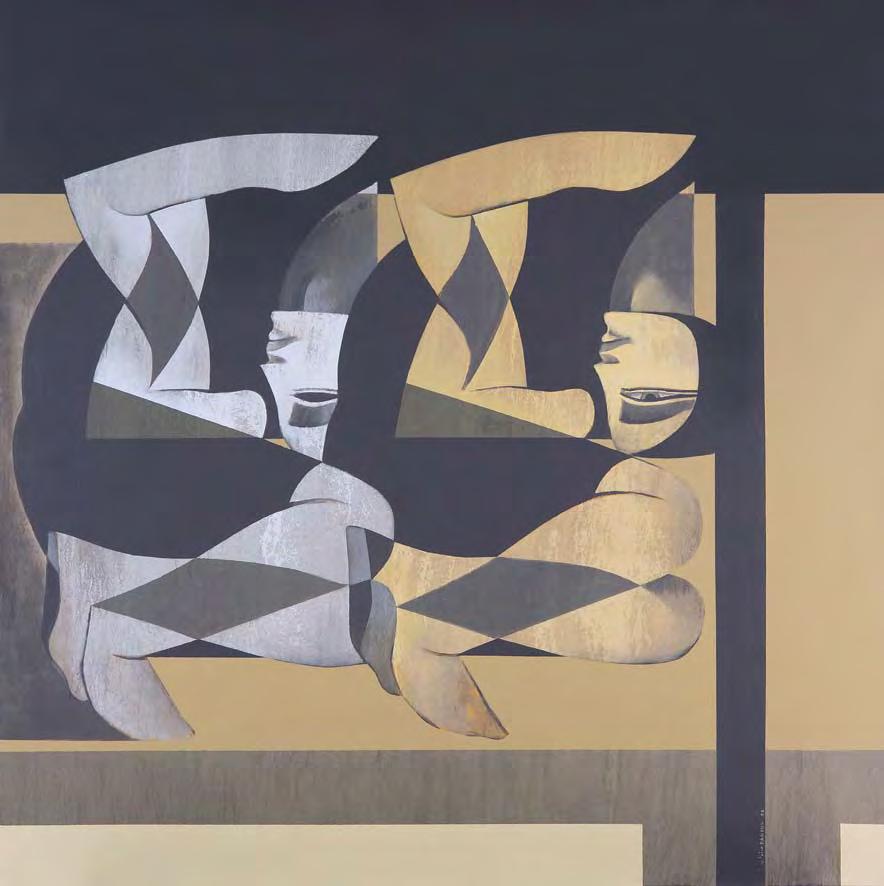

316 317 ‘Rêve 2’ 180 X 180 cm. Acrylic on Canvas 2008 ‘Rêve 4’ 180 X 180 cm. Acrylic on Canvas 2008


319 ‘Rêve 5’ 180 X 180 cm. Acrylic on Canvas 2008


321 ‘Rêve 8’ 180 X 180 cm. Acrylic on Canvas 2008


323 ‘Rêve 11’ 155 X 155 cm. Acrylic on Canvas 2008

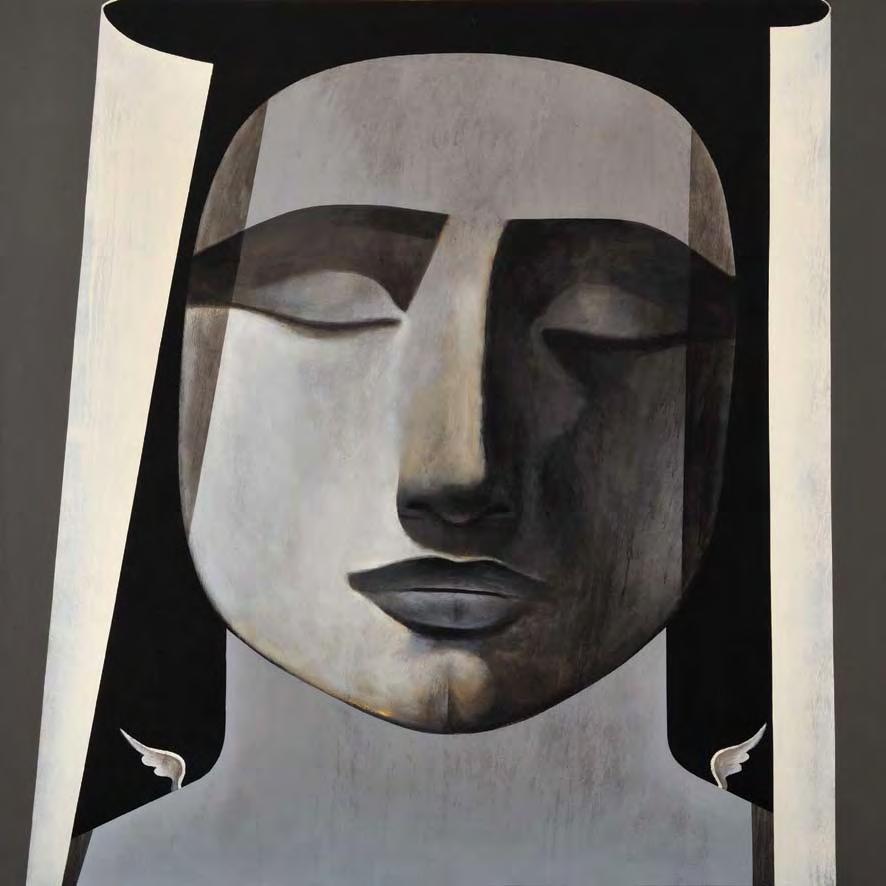
324 325 ‘Rêve 13’ 180 X 180 cm. Acrylic on Canvas 2009 ‘Rêve 14’ 161 X 161 cm. Acrylic on Canvas 2009

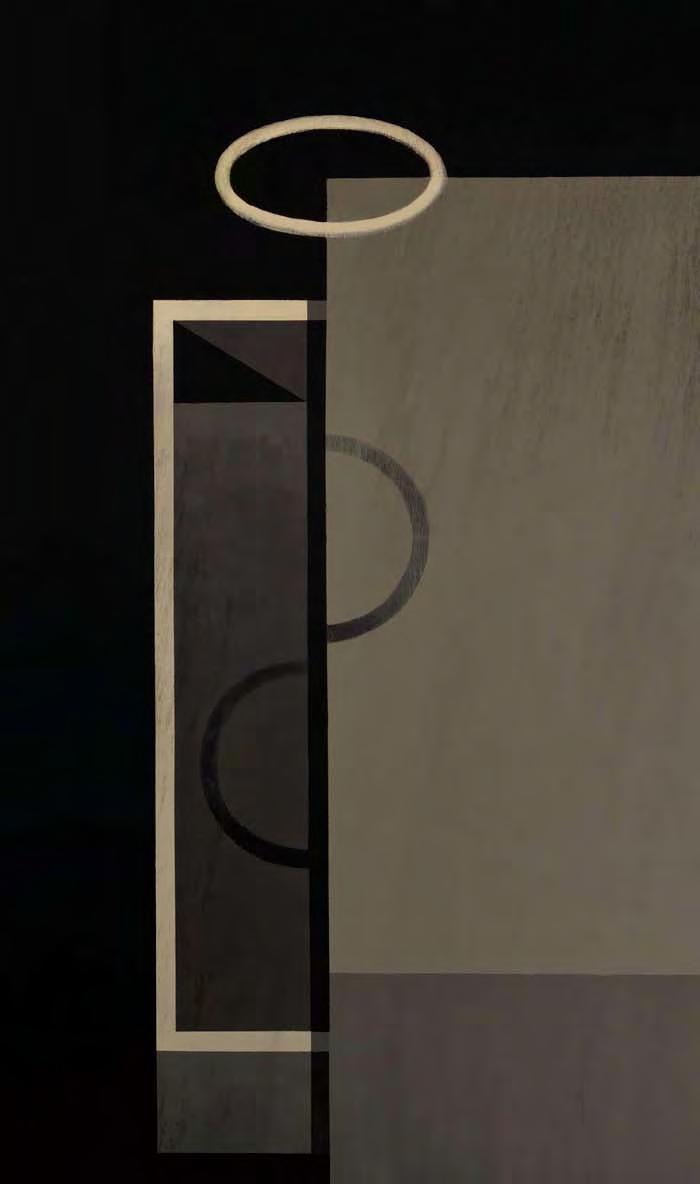
‘Rêve 15’ 160 X 250 cm. Acrylic on Canvas 2009

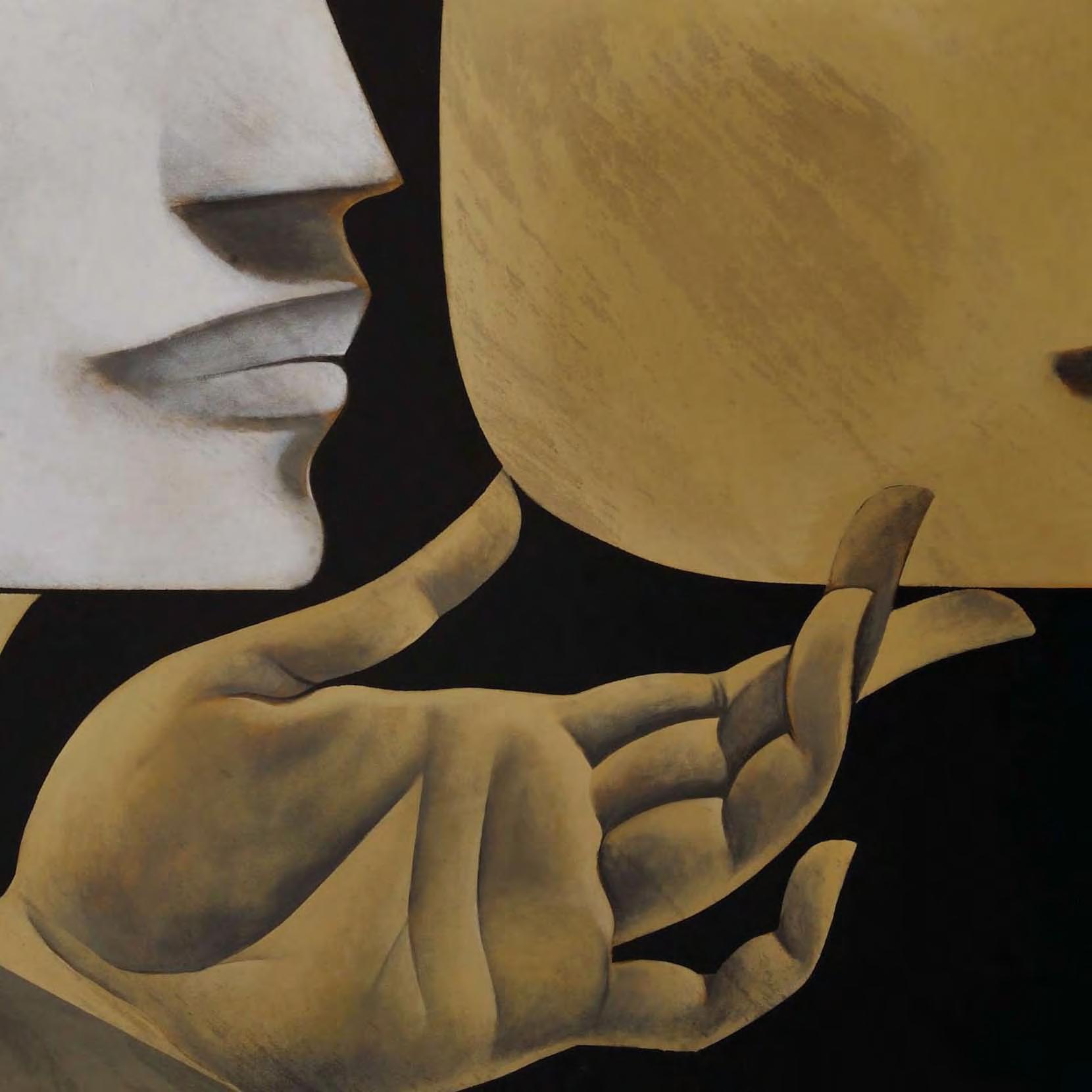
329 ‘Rêve 16’ 160 X 250 cm. Acrylic on Canvas 2009
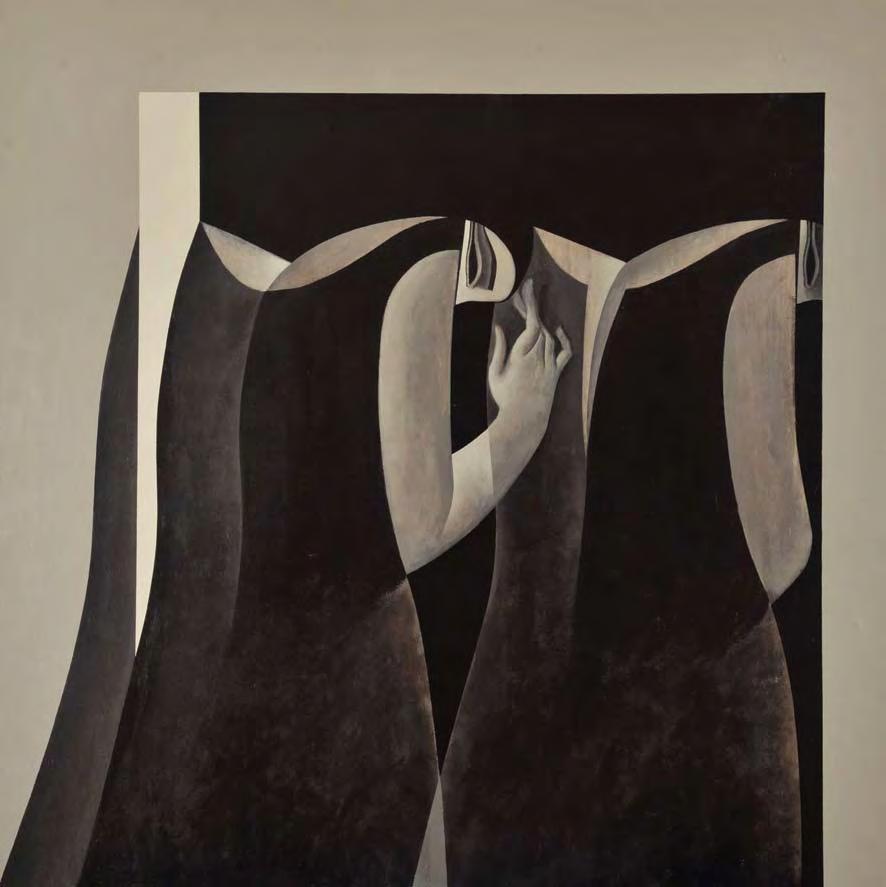
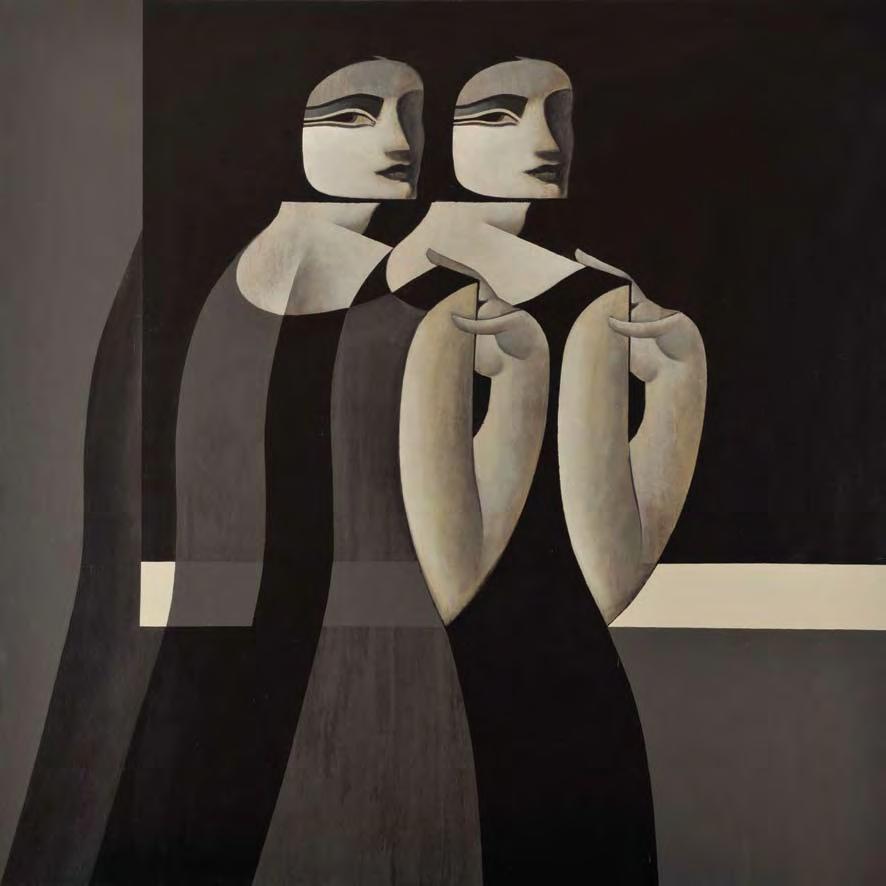
330 331 ‘Rêve 18’ 180 X 180 cm. Acrylic on Canvas 2009 ‘Rêve 19’ 180 X 180 cm. Acrylic on Canvas 2009


333 ‘Rêve 17’ 180 X 180 cm. Acrylic on Canvas 2009

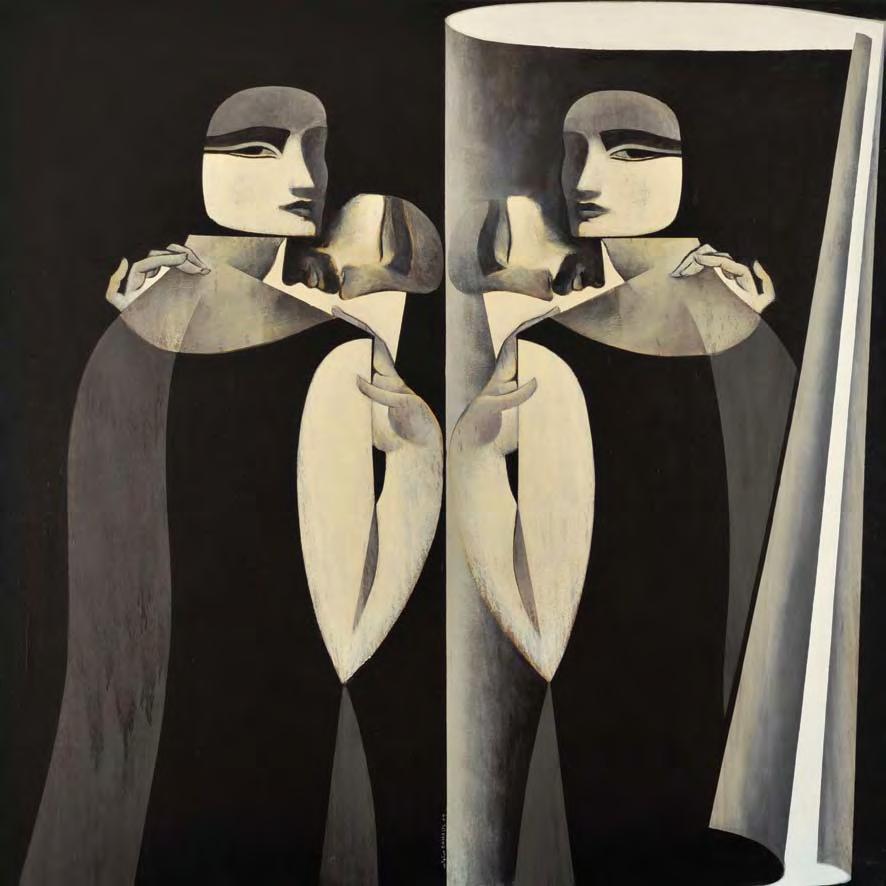
335 ‘Rêve 21’ 162 X 162 cm. Acrylic on Canvas 2009


336 337 ‘Rêve 22’ 162 X 162 cm. Acrylic on Canvas 2009 ‘Rêve 20’ 162 X 162 cm. Acrylic on Canvas 2009
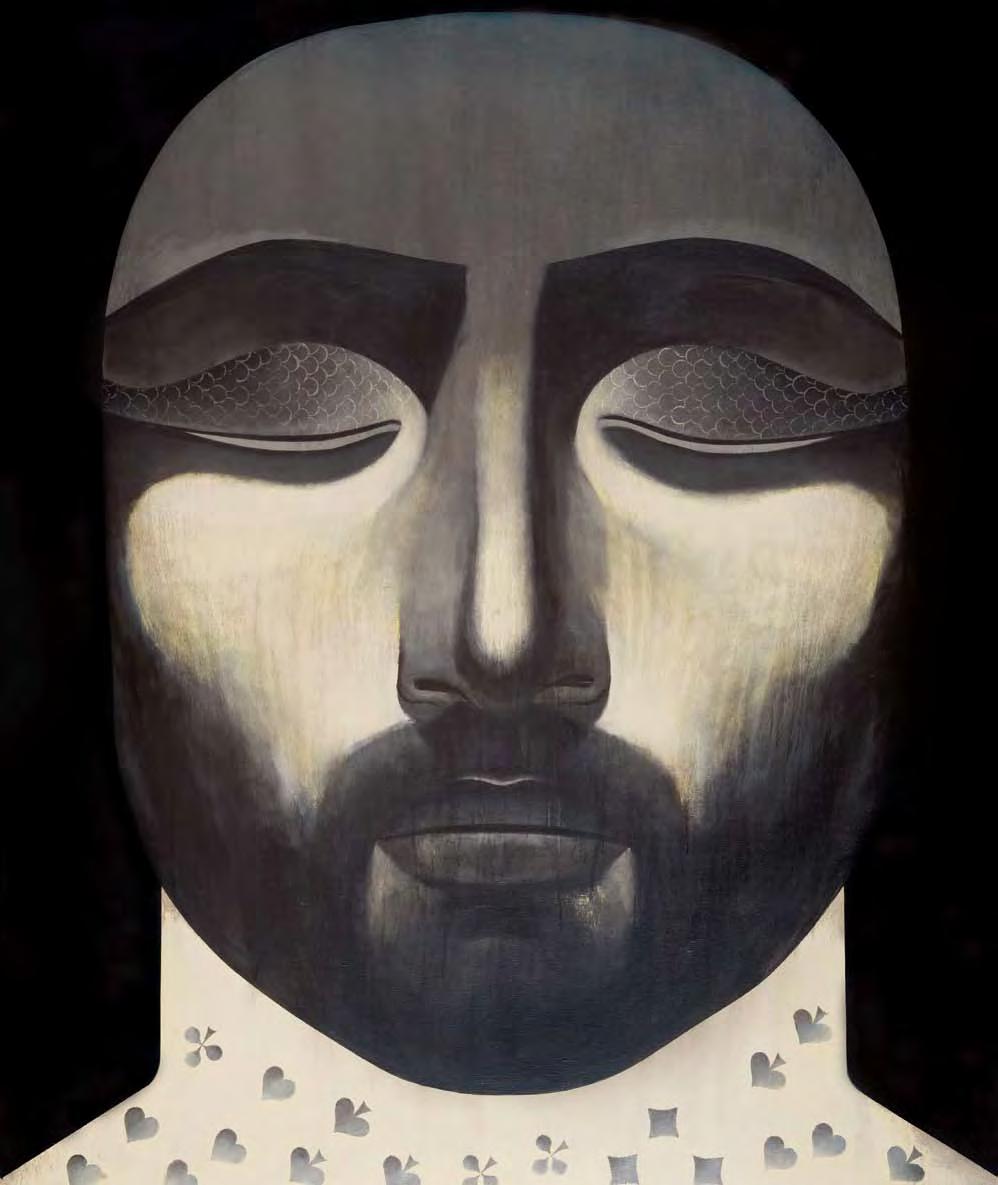
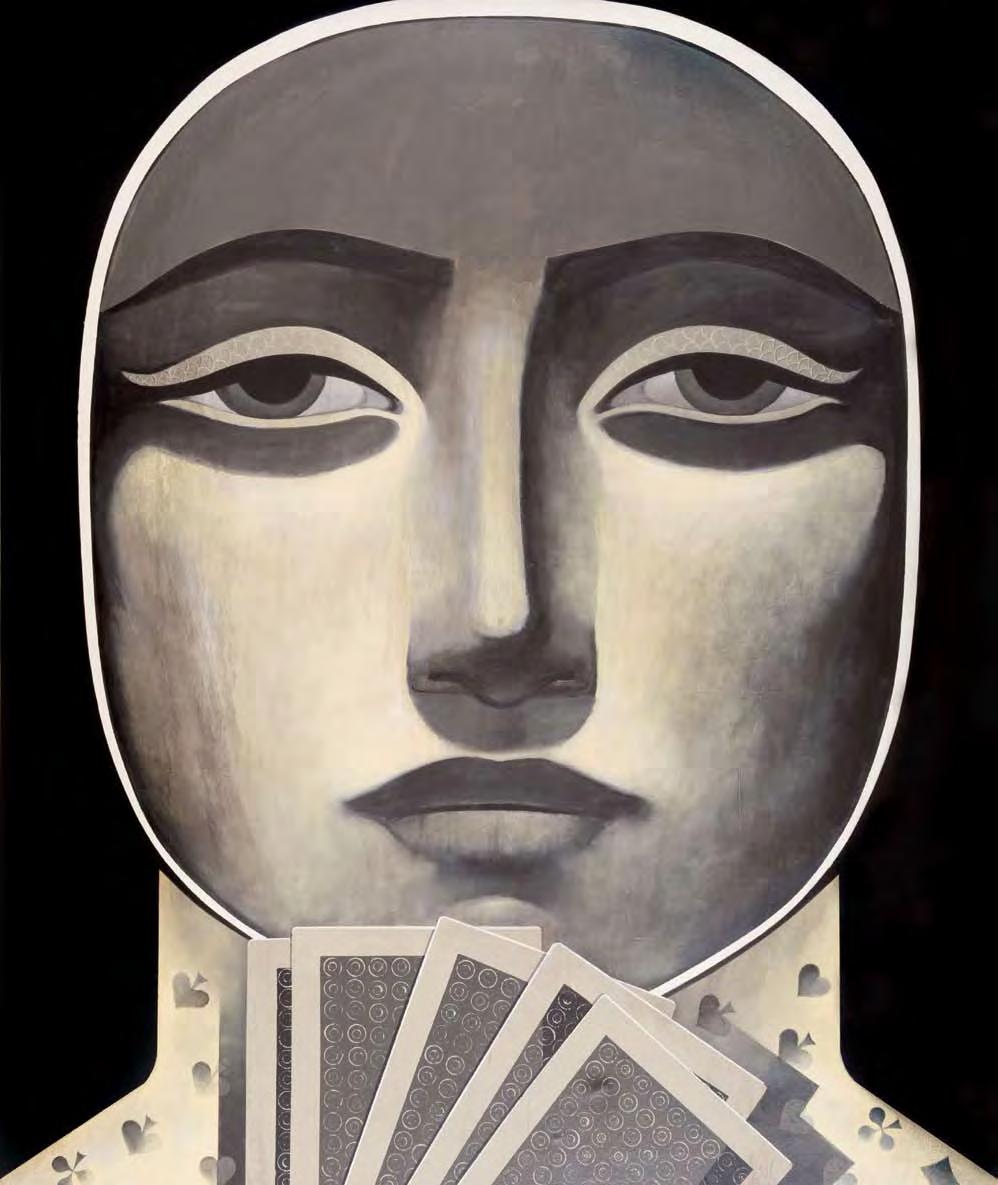
338 339 ‘Rêve 12’ 220 X 180 cm. X 2 Acrylic on Canvas 2009
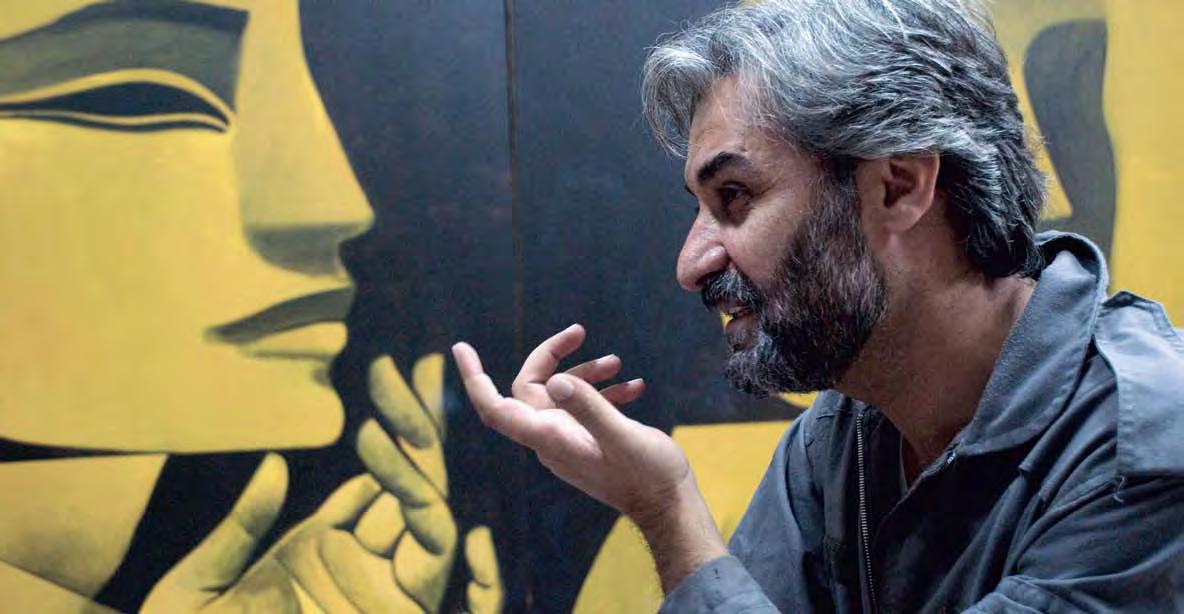
© By Ammar Al Beik 2008




2009-2000 ش�امقلا ىلع لامعأا ام رتوتلاب ايغاط اروعس� غارفلا موهفم قلخي ،هلماع يفف .ةحس�او هفادهأا نإاف ،لوحاد ناوفس� تاعوس�وم رد �م ناك ايأا يذلا س�وب س�ومينويره نع فلتخي لا كلذ في وهو .ةبآاكلا عم ءافس�لا هيف ىقلاتي لماع .مهطيمحو ةير �بلا هس�وخس� ينب ،كلذك .يعو لال لخادم لىإا هس�وخ � اهيف لوحتت ام ابلاغو روعس� لالا عم لايلخا اهيف مداس�تي تائيبل هريوس�تب فرع ،انايحأا اهنم هتيرغب نانفلا حر � يتلاو ،)1954-1907( Frida Kahlo ولاك اديرف ةثدحلما ةيكيس�كلما ةماس�رلا نأا دنج .لغوربو س�وب نفب ةبجعم تناك اس�يأ اهنأ اذإا بيرغلا نم س�يل .اهلامعأ في ةيزمرلاو ةراعتس�لاا ىلع ةدس�بو اس�يأا دمتعت هزواجتن لب بس�حف مهلامعأا نومس�م لىإ رظنن لا امدنع ارهاظ ودبي لوحادو ولاكو ةيدنملفلا ةس�ردلما نف ينب طبارلا نإا .نفلا خيرات في ينماس�رلا نم مهيرغ نع مهزيتم يتلاو مهتاحولل ةيلكس�لا س�ئاس�لخا لىإا ةينب هيف زيتم لا داكت س�لمأا حطس� اهنع جتني يتلاو ءلاطلا قيبطت في مهتقيرط ءلاؤوه يس�الما نيانف نع لوحاد ذخأا دقل مهنأاكو ةحوللا ىلع ءلاطلا نم ةفافس� تاقبط ةدعل مهعس�و للاخ نم كلذ نويدنملفلا نونانفلا ققح دقو .ءلاطلا مهتينقتل ريدقتلاب اويظح دقو .ةحطس�م ةدالما نأاب دهاس�لما مهوت ةقيقر طوطخب مس�رلا مهدامتعاو ،اهحطس� نولقس�ي ثركأاب ةينقتلا هذه زبرتو ،ةحوللا ىلع ءلاطلا نم ادج ةقيقر تاقبط اهعس�وب اس�يأا ةينقتلا هذه ولاك تعبتا دقو .هذه لا .يس�الما نرقلا تاينيعبرأاو تاينيثلاث للاخ اهس�فن ولاك اهيف تمس�ر يتلا ةي �خس�لا هيرتروبلا تاحول في ةقد اهتلااح ،مجلحا ىلع ةللادلل لمعتس�ي لا ءلاطلا جيس�نو داعبأ نأا هانعم ابم – ةحوللا نيوكت في لاعاف ارود ةداملل ةينقتلا هذه يطعت طوطخلل تدنس�أا ،لياتلابو .طقف نوللا قيبطتل ةليس�و تاب انه غابس�لاف ،اماتم س�كعلا ىلع .يس�فنلا دعبلا ىتح وأا قمعلا برعأا نأا ديرأا« :نانفلا لاق امكو .س�اولحا ىلع ةرطيس�لا ةمهم ةحوللا في ةمدختس�لما ةينوللا تاجردلا ةعيبطو لاكس�ألااو ».نوللاو طلخاو لكس�لا قيرط نع لب ،توس�لا وأا تاملكلا للاخ نم س�يل ،ناس�نإلاا رهوج نع ،ةلحرلما هذه زيمتت .س�امقلا ىلع كيلركألاا ناولأاب ،2000 ماع دعب اهزنجأا يتلا لوحاد تاحول في كلذ ىرن ام ابلاغ ةيداحألاا تاجردتلا نم اذه لوحاد رايخ فرعي .ةيدامرلاو ةينبلا ،ءاس�يبلاو ءادوس�لا اهناولأاب ،ام عون نم ةلس�لس� يه يتلاو روذج دوعت .ةيس�يخس�تلا لامعألا في ةدودمح ةينول تاجرد هيف دمتعت مس�رلا نم طنم وهو ،grisaille يازيرغلاب نوللا دقو .لغوربو س�وب مهيف نبم ةس�فخنلما يس�ارألاا نيانف لىإا بس�ني امك ،ةيبوروألا ة �هنلا رس�ع لىإا ينفلا بولس�ألاا اذه هذه )1506-1431( Andrea Mantegna اينيتنام ايردنأا لاثمأا ،رس�علا كلذ في ،ايلاطيإا في يننانفلا رابك مدختس�ا في رخآا لكس�ب ناولألال دودحلما مادختس�لاا ادب امك .نيامورلا نفلا في ةدوجولما ةيتحنلا رس�انعلا ءايحإا ةداعإلا ةينقتلا دلايلما لبق 500 ماع لىإا دوعت يتلا ءارملحا س�وخس�لاب راخفلا ةعانس� في كلذ رهظ ثيح ،قيرغإلاا ةراس�ح في ،برغلا تاجردتلاو غارفلا ىلع بعللا نأا لاإا .ةيبلس�لاو ةيباجيإلاا ةحاس�لما زاربإ و قمعلاب س�اس�حإ قللخ ةينقتلا هذه تلمعتس�ا دقو يبرعلا نطولا في ةينقتلا هذه تمدختس�ا دقف ،نيامورلا-نيانويلا نفلا في هروهظ قبس� دق يبرعلا نطولا في نوللا ةيداحأا .كلذ ىلع لااثم )ايلاح قارعلا( ةيرموس�لا روأا ةنيدم في ةفرخزلما ر �انعلا دعتو ،دلايلما لبق 2600 ماع في :ةدودحلما هناولأا نع هلاؤوس� دنع لوحاد لاق ناولأا نودتري س�اخس�أا ةيؤورادبأا ركذتأا لايننإا .بحاس� راجس�ألاا رارس�خاىتح؟ايروس�فيةردانناولألاانأا ظحلتلمأا ةرايس� ةيؤورادبأا ركذأا لا.يدرولاوأا قرزألااوأا رفس�ألاانوللايدتريادحأا ىرأا نأا نودنمانهتأاس�ن دقل .انه ةيهاز امهنألا ءاس�يامس�بلينأا س�ترفييذلاباس�لاليلجابايثفياناولأادتجنأاكادتحأا يننإا،هذهانمايأا فيىتح.ءارمح .اباس�لاز نوللا رقف نع نانفلا ثدتح دقو .يدالما هطيمح نم نوللا في ةيلازتخلاا هتبراقم ،يرطف لك �بو ،اس�يأ نانفلا دمتس�ا دقو :لائاق ايروس� في انحاورأاترثأاتدقل...ناولأا لاباهنإا ،عراوس�لالىإارظنا.كلذكردننأا نودنمنوللافاخنانحبس�أا )نويروس�لا(نحن .نوللابتحبس�أا ويريغتلااذهبيس�خس�لكس�بترثأاتدقل .نوللافاخنانحبس�أااننأا ةجردلكلذب ثركأا لكس�ب ةحوللا لىإارظني نأ دهاس�لما نم كلذب ةبلاط ،يعمج يعول حملت اهنأا ىلع هتانيوكت ةمجرت نكيم ،لياتلابو ةيس�اس�ح دهاس�لما نم بلطتت ناولألا ةلق نإ ،احوس�و ثركأا اراكفأا ينعت ناولألاا ةلق« :هلوقب كلذ في لوحاد عس�وت دقو .اقمع ».ةحولل همهف في ىلعأا هتاحول عوس�وم لوتح دقل ؟لثتم اذام وأا نم ؟ينفلا هلمع نم ةيرخألاا ةلحرلما في رارمتس�اب رهظت يتلا هتلطب نع اذإا اذام مجلحا ةمخس� ةأارما لىإا ،تانيعس�تلا في هلامعأا تردس�ت يتلا ةدرابلا اهناولأاب قيقرلا رهظلما تاذ ةليحنلا ةأارلما نم دوس�أ ناتس�ف للاخ نم ،اذه ديدلجا اهروس�حب ،ةظيلغلا ةأ رلما ةئيه زاربإ ىلع نانفلا لمع دقو .رطيس�م روس�ح تاذو درمج وأا لجر ىرخأا ةرات في اهقفاريو ،ةرات ةديحو اهدنج .عيفرو داح طخب اههجو يرس�قلا اهرعس� ددح ينح في ،طيس�ب اهلماع في ةقراغ اهنأا احس�او ودبيف ،ثاتركلاا مدعو ةلاابملالا تاملاع هيلع رهظتو ،توحنم هنأاكو اههجو ودبي .اهلظ .س�الخا ةلظم تتح ةفقاو هتلطب اهيف ىرن ،ملح يأا ”Rêve“ ناونعب 2003 ماع نانفلا اهمس�ر يتلا ةحوللا في ايلج كلذ رهظي لكس�ب اهردس� نم بترقي ىتح ةدس�ب اهس�أ ر ينحتف ،ام ءيس� نم اهس�فن يمتح اهنأ كو ةوقب اهردس� قناعت يهو ءادوس� بورهلل اجلم نع نزلحا في ةقراغ ودبت يتلا هتلطب ثحبت .ةلظلما س�بقبم كاس�مإلا ةيوتللما اهعباس�أا مكتح ينح في ،يمارد .رمتس�لما هدرس� في رركتم لكس�ب نانفلا هلمعتس�ا زمر وهو ،ةمتعم ةذفان مامأا فقت يهو ،ةيئرم يرغ ىوق نم نوكيب س�يس�نارف نياطيبرلا نانفلل ةحول في ةرم لوألا ةيزامج ةفس�اع ةهجاوم في ءاطغك ةلظلما مادختس�ا دهوس� دقل ةحوللا هذه لكس�ت .ةيناثلا ةيلماعلا برلحا ةياهن دعب »1946 ،ةحول« نونعلما هلمع نوكيب مس�ر دقل .Francis Bacon ةداجس� دجوت .تاناويلحا ءلاس�أا نم عورم دهس�م طس�و ارجحتم لاجر نانفلا اهيف روس� ،س�ؤوبلاو ةيس�حولا نم اجيزم ءادوس�لا ةلظلما يقلت .تيب لخاد ةفرغ وه ناكلما نأاب يحوي امم اذفاون يطغت رئاتس� ناردلجا ىلع لىدتتو ،هيمدق تتح .هتيوه يفخيو لجرلا هجو يطغي لئاه لظب ةيربكلا اهعوس�وم نأا امك ،اماتم افلتمخ ةحوللا هذهل هروس�ت ناك دقف ،لمعلا اذه زانجإا ةيادب يوني نكي لم هنأا نوكيب لوقي اهس�عب قوف ةمكاترلما فدس�لا نم ةدحاو ةلس�لس�ك« نوكيبل ةبس�نلاب ةحوللا هذه تناك دقف .هيلع تلآا الم ايلك ارياغم ناك نأا لهذلما نمف .هيف اهرود ةيئاقلتلا بعلت امدنع هلمعل لوحاد فس�و نع ادبأا فلتخي لا اذه نوكيب فس�و نإا ».س�عبلا .هتانيوكتل ايلوأ اططمخ مس�ري ام اردان لوحاد Ukiyo-e هإا -وييكوألاا ةعابط نف في اهمادختس�ا بولس�أاب ركذي هتحول في ةلظملل لوحاد مادختس�ا نأا ةيادب ءرلما لداجي دق هنأ وأ .ةيس�نامورلا نم ءيس�ب ويكوط ناكس�ل ةيمويلا ةايلحا روس� يذلا نفلا اذه ،رس�ع عباس�لا نرقلا للاخ نابايلا في Claude Monet هينوم دولك يس�نرفلا يعابطنإلاا نانفلل ةحرلما تانيوكتلا في ةفيفلخا تلاظلما روس�حب ءرلما ركذي دق


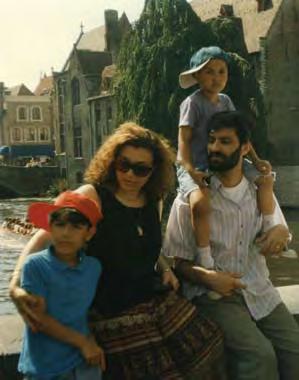
يتلا ةترفلا نع ثدتح دقو .ةرامعلاو نفلاب ينغلا دلبلا خيراتب ،تانيعس�تلا لئاوأا في اكيجلب لىإا هلوس�و رثإا ،نانفلا بجع :لائاق كانه اهاس�ق اظوظمحتنكدقل.ةيعامتجلااوةيفاقثلاينتحانلانمليةبس�نلاباماتمةفلتمختناكدقف،اكيجلبفييرثكلاتملعتدقل ةيفاقثلا يتيفلخ جمد ىلع هرودب كلذ نيدعاس� دق و ،اهيلع علاطإلااو رخآا دلبل ةينفلا ةفاقثلا رابتخا ىلع يتردقل .ليامعأا في ةيعامتجلااو تريبو )1516-1453( Hieronymus Bosch س�وب س�ومينويره لاثمأا ،ينيدنملفلا يننانفلا رابك لامعأا تذوحتس�ا مهنفب ابجعم ناك دقو ،يروفلا لوحاد هابتنا ىلع ،)1569-30/1525( Pieter Bruegal the Elder بألاا لغورب مس�ر في ينفلا مهبولس�أا لوحاد فس�و دقو .مهلامعأا نع ةس�ارد اهيف بتك يتلا قس�مد في ةيعمالجا هتس�ارد ةترف ذنم هعم لعافتت كلعتج ةجردل قداس�و يبعس� مهنف نإا ،ةيناس�نإلاا في ةياغ اهنألا ةيدنملفلا ةس�ردلما بحأا« :هلوقب تاحوللا مهتداق ،ةقيمع ةيفس�لف رظن ةهجو نم مهلمعب اورهتس�ا دقو .ةينوك تاعوس�وم نونانفلا ءلاؤوه لوانت ام ابلاغ .»ةلوهس�ب ةيعامتجلاا جذامنلل مهيدتح في ،رس�ع س�داس�لا نرقلا في ،ةماع لامس�لا ييبوروأا براجتبو ةيفيرلا ةايلحاب ناتتفلاا لىإ .كاذنآا ةمئاقلا رس�عل ينفلا طمنلا اذهب هلامعألا ةرس�ابم ةيرس�ب ةقلاع يأا داجيإا ،لوحاد تاحول هس�حفت دنع ،ءرلما ىلع بعس�ي هنأا لاإ :هلوقب كلذ ةحس� نانفلا دكأا دقو .ةس�فخنلما يس�ارألاا في ةس�هنلا ةينفلابيلاس�ألاانمةدافتس�لااةيفيكوههتملعتاممهأانكلو.ينفلايبولس�أاىلعيربكرثأااكيجلبفييتس�اردتاونس�لناك .نانفكةس�الخايتيوهنادقفوأااهديلقتنودنمىرخألاا تاجردلا ةفيفخ هناولأا تحبس�أاف .ةيروس�لا هروذج نع طق ىلختي لم هنأا لاإا ،ينفلا مهعادبإا رارس�ألا هبرس�ت نم مغرلا ىلعف ينيرس�لما ةنعارفلل ةيلك �لا س�ئاس�لخا هس�وخ � تذختا امنيب ،قرس�لما في هب طيتح يتلا ةيعيبطلا رظانلما لثمك ريوس�تلل هتبراقم نأا لاإا ،هيدل ايعيبط ارمأا ودبي ةرس�ابلما عجارلما هذه جزاتم نأ نم مغرلا ىلعو .ينيروس�آلاا ينلتاقلماو .ةيلاع ةيس�وس�خب عتمتت ةيرس�بلا ةفاقثلاو نفلا خيرات نمس� ةددمح ةينف تاكرح وأا س�رادم ةيأا نع اديعب اديحو فقي لوحاد ناوفس� نأ دنج ،هلامعأا في ايرهوج بركألا رثؤولما وه بس�لخا هلايخ نإاف ،هتاذو هلقع قامعأا بوجي وهو ،يبرعلا لماعلا في ةعونتلماو ةينغلا .هتاذ نويع اهتطقتلا امك تقولا نم ةظلح هلامعأا نم ةحول لك روس�تف .هتاحول تاهويرانيس� هنم س�لختس�ي يذلاو رابتعا نكيم لياتلابو .لوحاد راس�أا امك »لىوألاا عم قباطتت داكت اهرس�انع تناك ولو ىتح ،ىرخأا ةحول يه ةيناثلا ةظحللا« ينماس�م هلامعألا نإا .رعاس�لما نم ىس�تح لا تلااحب هتاحول لاطبأ نانفلا اهيف مدقي ،يعو لالا نم لماعل تاطقل هتاحول .ةيربك ةنمس�تم نياعم ،مهب بجعأا نيذللا ينيدنملفلا يننانفلا رابك لامعأا لاح يه امك ،ابلاغ لمتحو ،ةقيمع ةيس�فن و ةيرادلجا تاحوللا في ةنرلماو ةس�لس�لا طوطلخا ،ةس�ماغلا لوحاد ةلطب دس�لج ةيرئادلاو ةقينألاا طوطلخا يعدتس�ت دمتعيو ،ةلزعنم اهيف نوكت ام ابلاغ ،ةددعتم دهاس�م في هتلطب نانفلا روس�ي .ثيدلحا ةنعارفلا رس�عل رفانلا تحنلا ةطامح ةملظم فرغ في ،ةيلخاد ةقورأا في هتلطب رهظت ام ايرثكو .هتانيوكت عاقيإ ديدتح في ةيزمرلا ىلع يربك لكس�ب ةعوممجو فلتمخ بولس�أاب اهمس�ر يتلا ،ةقباس�لا هتاحول في اهريوس�تب نانفلا ادب دهاس�م يهو .ثاثألا نم ةفلتمخ عطقب س�اخ ءاس�ف في ةدوجولما ةديحولا س�وخس�لا عوس�وم نأا لاإا .مويلا هب رهتس�ا ام نع ظوحلم لكس�ب ةفلتمخ تاينقتو ناولأا اهتاعوممجو اهلحاربم ةقباس�لا هتاحول لىإا انرظن ام اذإاو .يعادبإلاا هءاطع نم ةركبلما لحارلما في نانفلا هثحب ءيس� وه .ةينهلما هتيرس�م في )ةماتق ثركألاا( ةيرخألاا ةلحرلما هذه لىإا هتداق يتلا نيوكتلا رس�انع ةظحلام اننكيم ،ةفلتخلما تانيعص�تلا ةترف للاخ ش�امق ىلع تاحول ةيعس�و في اهينيع ةس�مغم ،ةذفان ةبتع ىلع ةئكتم فقت ةقيقر ةأارما ماوق ،1993 ماع نم نونعم يرغ لمع في ىرن مويغ وفطت ،جرالخا في .ةس�الخا اهراكفأا في اماتم ةقرغتس�م ودبتو ةديحو فقت يهو ،غارفلا ىوس� اهب طيحي لاو .ةيلمأ ت تاجردتب ةحوللا مس�ر في ةيتيزلا ناولألاا نانفلا لمعتس�ا .هلخاد فقت يذلا ءانبلا بابس�لا يطغي امنيب ،ةذفانلا مامأ .نيوكتلا قطانم س�عب حيس�وتو اهزاربإلا س�يبألاا نوللا نم تاحس�م فاس�أاو – نوللا ةيداحأا ودبت داكتل ىتح – قرزألاا امنيب .ايفرخز اس�اس�حإا ةحوللا ىلع ةينقتلا هذه تفس�أاف ،ةياغلل ةقيقد ءادوس� طوطخب ةأارلما دس�ج فارطأ لوحاد ددح تاجرد ركذت .ديرجتلاو قمعلاب اس�اس�حإ ةحوللا ،روهزلاب نادزلما اهناتس�ف ريوس�ت في ،ناولألاا ينكس� مادختس�ا ىطعأا لامعأاب ،نابوذلل لباقلا ليتس�ابلا س�اس�حإا ةدالما انيطعت ثيح ،ةأارلما لوحاد اهب مس�ر يذلا ينفلا بولس�ألااو ةدرابلا نوللا .)1973-1881( Pablo Picasso وس�اكيب ولباب نانفلا جاتن نم ءاقرزلا ةلحرلما لوحاد يرغ .لايل نكلو ،هتاذ مويلا في ابلاغ اروس�م ليوطلا دس�لجا تاذ ،1993 ماع نم ،نونعم يرغ ،رخآا لمع في ىرنو طيخب ةحوللا هذه في ةأارلما كس�تم .اهتذفان جراخ نم اهيلإا رظني نآلاا دهاس�لما حبس�أا ثيح ،ةحوللا هذه في دهس�لما روظنم وأا قيدس� لىإا رظنت يهأا .لفس�ألال هجوم اهرظنو ةس�ماغ ةءايمإاب ابناج اهس�أارب ليتمو اهتذفان ةبتع نم ليدتم س�يبأ س�وقلما ةأارلما فتك بذجي .لاؤوس�لا اذه ىلع ةباجإلاا لوحاد ىوس� دحأا عيطتس�ي لا دق ؟اهراكفأا في ةقرغتس�م اهنأ مأا ،بيبح هذه يرس�تف ،ةذفانلا جاجز ىلع للاهل يس�فلا ءوس�لا س�كعني .يرس�لا اهلماع لىإا دهاس�لما ةقفدتلما اهدس�ج طوطخو .ةيس�خس�لا هذه ىلع س�ومغلا نم ديزلما يفس�ي امم ،يليل دهس�م لىإا ةلي �فتلا ،تانيعس�تلا في لوحاد تاحول نم ددع في ،Parmigianino ونينايجيمراب تايس�خس�ب ةهيبس�لا ،ةليحنلا ةأارلما هذه ترهظ هذه في ماعلا جازلما ذخأ و .نآلاا هنف نازييم اتاب نيذللا ل �اوتلما درس�لاو راركتلا موهفم في ركبلما هثحب لىإا يرس�ي امم في اهارنو .هزواتج نكيم لا نزح اهيلع بلغي ،ىس�ألااب ةئيلم هتلطب اهيف رهظت دهاس�م لىإا لوحتيو ايجيردت يرغتي تاحوللا لامعألا هذه مس�ر بولس�أا نأا امك .ةلزعلاب موؤوس�م س�اس�حإاب س�يفت ،2000 ماع دعب نانفلا اهزنجأا يتلاك ،ةقحلا لامعأا ،احو �و ثركأا تتاب اهلماعمو مخس�أا تحبس�أا نانفلا س�وخس� نأا ظحلانف ،اهيقباس� نع تفلا لكس�ب فلتمخ ةقحلالا .ةيباترلا ناولألاا تاجرد نم ةماتق ثركأا ناولأاب اهيف ةدرابلا نوللا تاجرد تلدبتس�او ىلع كيلركألاا ناولأ مادختس�اب 1997 ماع تزنجأا ،ةنونعم يرغ ةحول في ،بولس�ألااو نيوكتلا في ةلقنلا هذه زييتم نكيم ةكلاح اهفلخ ءامس�لا ودبتو يبس�خ يس�رك ىلع ةمتعم ةذفان مامأا ةس�لاج ،اهتاذ ةقباس�لا هلامعأا ةلطب اهيف ىرن ،س�امقلا ،هاتجا يرغب لئام اهدس�ج نأا نم مغرلا ىلع دهاس�لما لىإا رس�ابم لكس�ب ةهجوم اهترظن دنج .لاحاق اهطيمح ودبيو داوس�لا افتك .حابس�ألااب هبس�أا ودبي اهدس�ج لعجي امم افافس� نوكي داكي اهءادر .هتارظنب فترعت لاو ،اهراكفأا لوخدب هل حمس�ت لاف ناكلماب ةطبترم يهف ،يبيغ اهروس�ح .هلك اهدس�جو اهلهاك لقثي يئرم يرغ ائيس� نأاكو ،ةينمح س�لتج يهو نافوقعم ةأارلما لامعأا نع افيفط اداعتبا ،ةيناوجرألااو ءادوس�لاو ةيدامرلا اهناولأاب ةحوللا هذه دعتبت .ايحور هنع ةلس�فنم اهنكلو ،ايدس�ج .دهاس�لما ىدل ابيئك اعابطنا كترت يهو ،1993 ماع ةزجنلما نانفلا 1995 سيق ،يراس ،راون ،ناوفص
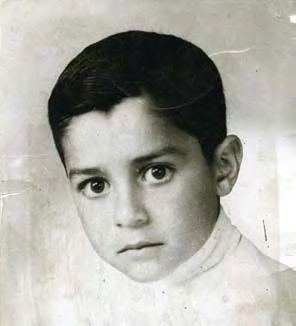
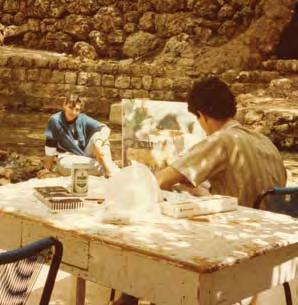
».ملح« :هتاحول ةنونعل طقف ةدحاو ةملك ،اماع نيرس�علا براقي الم ،رركتم لكس�ب لوحاد ناوفس� يروس�لا نانفلا مدختس�ا اهنكيم لامعأ طبر ىلع ناونعلا اذه لمعيف ،مهبم عوس�ولم ةددعتم لاكس�أا اهمظعبم يه لامعأا ةلس�لس� ناونعلا اذه س�كعي نأا ،يننانفلل ةبس�نلاب يئانثتس�لاا رمألااب س�يل هنأا نم مغرلا ىلعو .اهيف عاطقنا لا ةلس�اوتم ةلس�لس� ،تعمج اذإا ،لكس�ت نأا .يعولل يرس�ب قفدب هبس�أ وه لوحاد ناوفس� ثحب نأ لاإ ،ةنيعم ميهافم وأا بيلاس�أا وأا عيس�اوم في ليوط ثحبب اوموقي ةياورب ةحول لك ظفتتح كلذ عمو .اهتقحلا ليكس�ت ىلع هتاذ تقولا في لمعتو ،اهتقباس� نع ةتجان يه هتاحول نم ةحول لك للاخ نم لوحاد لمعي .دهاس�ملل اهقيثوت تمو نانفلا حور ىلع ترطيس� ةميظع تاياور ةلس�لس� نم دحاو لس�فب ،ةيدرف دوس�ت لماع ريوس�ت ىلع ،لوطلما هعوس�وم اهذختا يتلا ىثنألااو بجولماو بلاس�لا غارفلل ةس�الخا ةتلجاعمو ةلزتخلما هناولأ .س�ومغلاو ىؤورلا هيف نانفلا ةعانص� روهظلاب ةينفلا هتامامتها تأادب ثيح – ةيروس�لا ةمس�اعلا لامس� يعانس�و يعارز زكرم – ةامح في لوحاد ناوفس� دلو لوحاد ناك كلذ عمو .نفلاب مامتها يأا اودبي لم ،ءانبأا ةينامثل رغ �ألاا خألاا وهو ،هترس�أا دارفأا مظعم نأ لاإا .ركبم رمع في ،ةيس�رعلا ةينفلا تاس�للجا هذه لس�فب نفلل هبح فس�تكاف .لمعي وهو هبقايرل يلمح نانف مس�رم لىإا للس�تي يرغس�لا نونفلل بدحألاا ليهس� زكرم في ةامح في ينفلا هيرس�تح تاونس� لوحاد ىس�ق .هردق حبس�أا ام ناعرس� يذلا بلحا اذه .ىلعأا ىوتس�بم ةينفلا ةتس�ارد ةعباتم نم نكمتيل ،هدلبل فياقثلا زكرلما ،قس�مد لىإا لقتنا كانه نمو .ةيليكس�تلا نأاب مهنبا ةبغر اس�راع نيذللا – هيدلاو ةئيس�م كلذب افلامخ قس�مد في ةليملجا نونفلا ةيلك في لوحاد ناوفس� لجس� .1983 ماع لئاوألا فوف � في ةعمالجا نم جرختو – كلذ ىلع بتترت يتلا ةموعزلما ةيدالما تايحس�تلل ارظن انانف حبس�ي ةرافس�لا نأ لاإا .جرالخا في نفلا ةس�اردل ،لياعلا ميلعتلا ةرازو نم ،ةيس�ارد ةحنم ىلع لوحاد لس�ح 1987 ماع فيو ،ايروس� في اكيجلب يرفس�ب لاس�تلااب ،هل رركتلما ةرافس�لا س�فر دعب ،لوحاد ماقف ،رفس�لل ةيرس�أات هحنتم لم ةيكيجلبلا نأا حس�تا يذلا ، Michel Lastschenko وكنيس�تس�لا لي �يم يرفس�لا نم ناك امو .ةينفلا هلامعأاب هرهبيو هعس�و هل حرس�يل راس�م تيرغ يتلا ةلحرلا في يس�لما 1993 ماع في ايرخأا نانفلا عاطتس�اف ،لوحاد دعاس� نأا لاإا ،نفلاب ايربك امامتها هيدل Mons س�نوم في ةيليكس�تلا نونفلل لياعلا دهعلما نم هاروتكدلا ةداهس� ىلع لس�حو اكيجلب في ةينفلا هتس�ارد عباتف .هتايح .ابوروأا و طس�وألاا قرس�لا في ةيدرف س�راعم ةدع هل تناكو ،لماعلا ءاحنأا لك في كلذ دعب هلامعأا تس�رع دقو .1997 ماع روعـــــص� لالا راــــص�حتص�ا :لوــــحاد ناوــــفص� تاحرف ةنميم ملقب 1982 راون ،ناوفص 1968 ناوفص
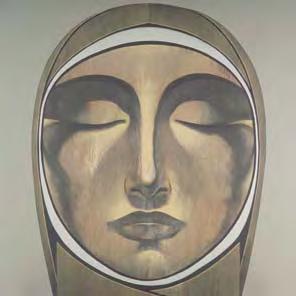

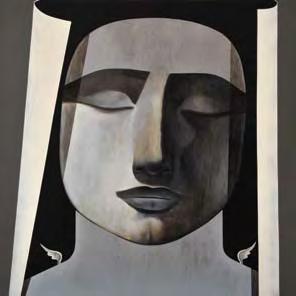
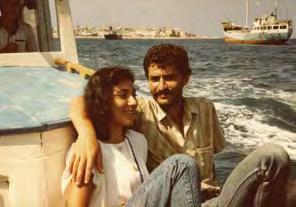
2008 مايأا عم نياثلا ماعلا راوـــــن اهتباس�إا دعب ،اماع نيرس�عل هتجوز تناك يتلا و ةيلكلا في ابلاط اهبحأا يتلا ةأارلما ،راون ،2008 ماع نم رايأا في ،ناوفس� دقف وه و ،ةيرثكلا هتابلقتب بيهرلا س�رلما اذه عم اهعارس�ل ماعلا كلذ نم لىوألا ةس�ملخا روهس�لا س�رك دقو .ناطرس�لاب .راون روس�ح في ناث يدرف س�رعبم هملح ناوفس� ققح ،2008 راذآ في .قس�مدب مايأ ييرلاغ في يدرفلا ه �رعلم رس�حي في همس�رم لىإا ناوفس� لخد ،راون ةافو دعب .اهقلاخ ءاقلل اهيس�م لبق اذه يدرفلا هس�رعم ترظتنا راون نأاب ملعن انك انلك عئاور ةينامث ،ةظحللا ىتح هتاحول لمجأا اهنأاب دقتعأا ام ،اهليحر تلت يتلا ةليلقلا روهس�لا في ،مس�ر و ،ةمدس�لا نم ةلاح ……… 3 ملح ، 2 ملح ، 1 ملح ،راون ةافو دعب هتاحول مقري ناوفس� ادب .ةيرخألاا اهتايح روهس� يكاتح ةينف ةيملاس�إلاا ديلاقتلل اقفو اهلس�غ دعب س�يبألاا اهئادرب راون هيرتروب .تاحوللا هذه لىإ ترظن املك ةريرعس�قلا ينباتنت لازت لا اهحور و اهل ىرخأا ةحول و .ةيرخألا اهس�افنأا ظفل ةرظتنم ىفس�لما س�ارف ىلع يراعلا اهدس�جب ةروكتم يهو راون ةحول وأا .متمح لكس�ب نكل و ءطبب اهدس�ج نم بحس�ت ةايح ىركذ يمركتل .يبد و قس�مد نم لك في ،مايأا ييرلاغ في ةينامثلا تاحوللا هذه ،2008 ماع فيرخ في ،ناوف � س�رع .اهتروس� لفس�أا باترلا نم ايربك اعبرم س�رألاا ىلع عس�و و راون هيرتروبل ارادج ،ينس�رعلما لاك في ،ناوفس� س�رك .راون في اهتدهاس� يتلا روس�لا لك نم ىوقألاا يه لي ةبس�نلاب ةروس�لا هذه نإا .مويلا ىتح للبلما باترلا ةحئارب رعس�أا تلز لا ثعب و مهعومد راردتس�ا ىلع رداق نفلا نأاب لاقي .س�انلا رعاس�م كرحي نأا س�ترفي نفلا نإا لاقي .فحتم وأا ييرلاغ يأا .حيحس� نفلا نع لاقي ام نأاب ،لاح ةيأا ىلع لي ةبس�نلاب ،تتبثأا دق ةروس�لا هذه نإ .دلاخ نفلا نأاب لاقي .مهيف ةداعس�لا ةيمهأا ثركأا رمأا هيدل ناك .2008 رخاوأا في مس�رلا نع ناوفس� فقوتف .دادلحا ادب و ،راون ةافو ةمدس� كلذ دعب تلاز ……هل غرفتيل 2009 مايأا عم ثلاثلا ماعلا راون ش�رعم مهلثتم نيذلا يننانفلا لوح نخاس� س�اقن في ةيوس� انلخد ،ىفس�تس�لما في راونل يترايز ءانثأا و ،2008 ماع نم ناس�ين في دق و .مايأ ييرلاغ في اهلامعأا س�رعل ةس�رفب ىظتح نأا اهل س�ترفي ناك هنأاب ،ةريدق ةنانف اس�يأا يه و ،راون تأار و .مايأا نم ابيرقت ينعوبس�أا دعب ،اهتافو موي ىتح راون تلظ .2009 ماع نم راذآا رهس� في مايأا ييرلاغ في يدرف س�رعبم اهتدعو يدرف س�رعم اهراظتنابف ،نس�حتتس� اهتحس� نألا ،اهيلع اوقلقي لا نأاب اهتيؤورل اومدق نيذلا نيرئازلا لك برخت ،هخيرات .هل رس�تح نأا بجي تاحولب باتك ميمس�ت و س�رعملل يرس�حتلا في 2009 ماع نم لىوألاا ةثلاثلا روهس�لا و 2008 ماع ةياهن ناوفس� ىس�مأا لك في هس�فنل و لي لوقي و ،لوهذب راون تاموس�ر و ةيرغ �لا تاحوللا تائم نم ةدحاو لك لىإا رظني ناك .ةلحارلا هتجوز مس�قأ داكأا و ،مايأا ييرلاغ في دوعولما يدرفلا راون س�رعم حاتتفا ناك ،2009 ماع نم راذآا في .»اهل قاتس�أا مك يهلإا اي« ةرم .ييرلاغلا ةقورأ في كانه انعم ةرس�اح تناك اهنأاب تويرب حاتتفا ،ناوفس� مس�رم في افلأ عباس�لا هيفاكس�نلا بوكل ليوانت ءانثأا يفف .يتلبنقب يقلأا نأا ،راون س�رعم ءاهتنا دعب ،لي تقولا نآا ةلاس� حتتفت نأا كديرأا و باوبألا ىلع لوألاا نيرس�ت تاب ،اددمج مس�رت نأ بجي ،ناوفس�« : ةلاابم لا و ءودهب هل تلق نأا انيلع بجي .مرك يمدن ةقفرب مايأا ةلاس� حتتفتل كيلإا ةجاحب مايأا نكل ،كل ةبس�نلاب بي �ع تقو هنأ ب فرعأ .تويرب ناوألاا نآا .ةيتحنلا يمدن لامعأا بناج لىإ كتاحول س�رع نم كلذب مايقلل لثمأا ةقيرط نم ام ،ةوقب تويرب ةلاس� حتتفن .»ةحفس�لا بلقت نألا ديس� ،امئاد لوحاد ناوفس� ىقبيس� و ،ةديدج ملاحأا عنس�ت فوس� .أادب دق اديدج لا �ف نأا لاإ ،ادبأا ةحفس�لا بلقت لا دق !!ملاحألا 1985 راون ،ناوفص
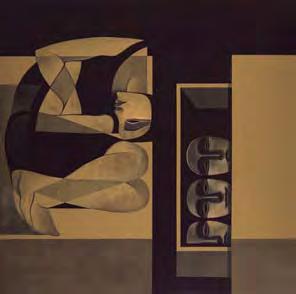
.اس�يأا اميظع اناس�نإا تيقتلا دق يننأا ،اهنيح فرعأا لم يننأا لاإا .ميظع نانف ةر �ح في يننأا اروف تكردأا دق و .2005 ماع رخاوأا في همس�رم في ،لىوألاا ةرملل ، لوحاد ناوفس� تيقتلا .اميظع اناس�نإا نوكي نأا لاوأا هيلع اميظع انانف ءرلما نوكيل هنأا ملعأا تب نآلاا ناوفس� لثتم يتلا مايأا ييرلاغ س�س�ؤوم نيوكل س�يل و ،)امهنم ايأا تس�ل اعطق انأاف( طس�وألاا قرس�لا في نفلاب ايربخ وأا نفلا خيراتب الماع نيوكل مكل ناوفس� يمدقتب يس�فنل حمس�أا لم ييرلاغ لبقتس�بم متهي س�خس� دجوي لاف .مايأ ييرلاغ في لي ايحور اقيدس� و لي ينبرقلما ءاقدس�ألاا ثركأا نم ادحاو هبرتعأا يننألا لوحاد ناوفس� يمدقتب يس�فنل تحمس� دقل .لوحاد .ناوفس� نم ثركأا ،يعامج عورس�مك ،مايأا .ةيدرف نهلما ثركأا نم وه نفلاف .اعئار اس�خس� بلطتي لعفلاب اذه ،يعامج عورس�م في هتيلكب طارخنلاا ىلع ارداق لظي و ،انانف ءرلما نوكي نأا ملاـــــحألا ديــــــص� ،لوــــحاد ناوــــفص� يوامص� دلاخ 2007 مايأا عم لوألا ماعلا ةعنقأا ءارآا ،ةيلماعلا نفلا س�راعم و ييرلاغلا ناردج هتاحول اهيف تنيز يتلا لىوألا ةظحللا نمو ،لوحاد ناوفس� دس�ح دقل هتاحول تاعيبم راعس�أا تزواتج امك .لماعلا و ةقطنلما في ةينفلا لامعألاا ينتقم و نفلا ءابرخ مظعم لبق نم ةميظع ةيدقن نم ةينفلا لامعألاا ونتقم لس�تا و .يكيتامارد وحن ىلع اهل ةعقوتلما دودلحا ،ندنل و يبد دازم في تس�رع يتلا ،لىوألاا نأا ثبل ام ،ىرخألا ةايلحا بناوج رئاس� في لالحا وه امك و ،نكل و .هتاحول نع راس�فتس�لال مايأا ييرلاغب لماعلا ءاحنأا لك ينتقم و يننانفلا س�عب نس� ،ايلماع اريدقت ناوفس� هيف ىقلي ناك يذلا تقولا يفف .ةيرغلا و تاداقتنلاا ناوفس� حانج بلج في يس�يئرلا عوس�ولما ،رارمتس�اب ةدعاس�تلما هتاحول راعس�أا لوح تلاؤواس�تلا تتاب و .هيلع اموجه ينيلحلما ةينفلا لامعألاا اناكم نوكيل لماعلا ناك امأ « لوقي ناوفس� ناك »س�انلا س�عب فيز جعزم وه مك « .يروس�لا عمتجلما تاقلح رئاس� تاس�اقن »؟مهتعنقأا نم لادب مهتلااه اودترا س�انلا نأا ول لس�فأا مايأا باب � و هيفاكس�نلا بر �ي لجرلا( ناوفس� عم هيفاكس�نلا برس� ءانثأا ،2007 ماع نم نياثلا نوناك في مايأا بابس� ةركف تدلو ةعس�ب س�تم لم و .»ايروس� في مهعيجس�ت و مهفاس�تكا بجي نيذلا بابس�لا يننانفلا نم زنك انيدل« اهنيح لاق .)ءام اهنأاك لبق نم مهليثتم متيل بابس� يننانف ةرس�ع رايتخا اهدعب تم و مايأا ييرلاغ في بابس�لا يننانفلل ةقباس�م تميقأا ىتح روهس� ييرلاغلا في ةمهلما ءامس�ألاا نم بابس�لا نونانفلا ءلاؤوه حبس�أ تاونس� ثلاث يس�م دعب و .مايأا بابس� ناونع تتح ييرلاغلا .طس�وألاا قرس�لا في رس�اعلما نفلا لبقتس�م نآلاا نولثيم مه و
ayyam gallery
beirut | damascus | dubai

2009 ةظوفمح قوقلحا عيمج © لوــــحاد
ناوــــفص�








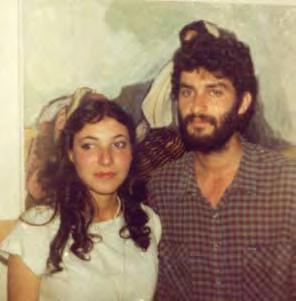
































































































































































































































































































 Safwan, Nawar, Sari, Kais, Taim 2008
Safwan, Nawar, Sari, Kais, Taim 2008



































